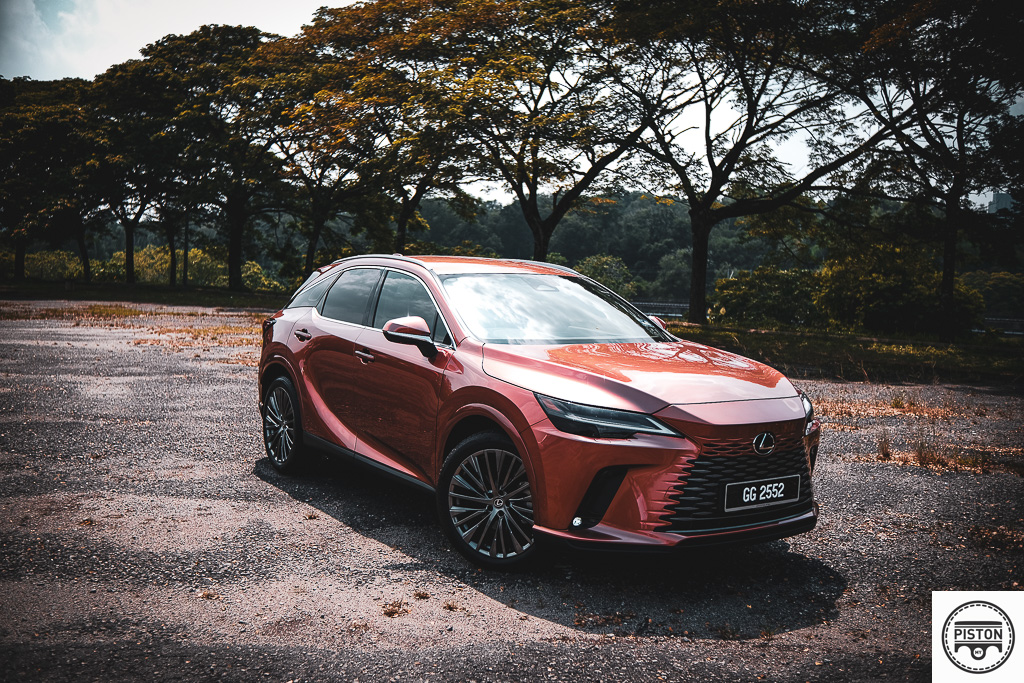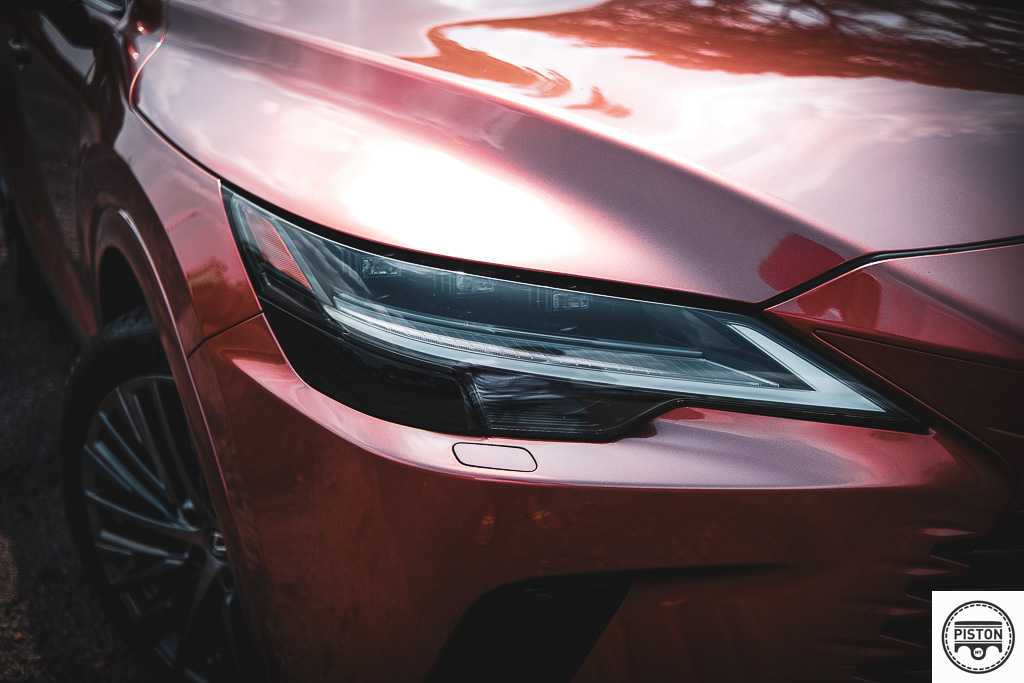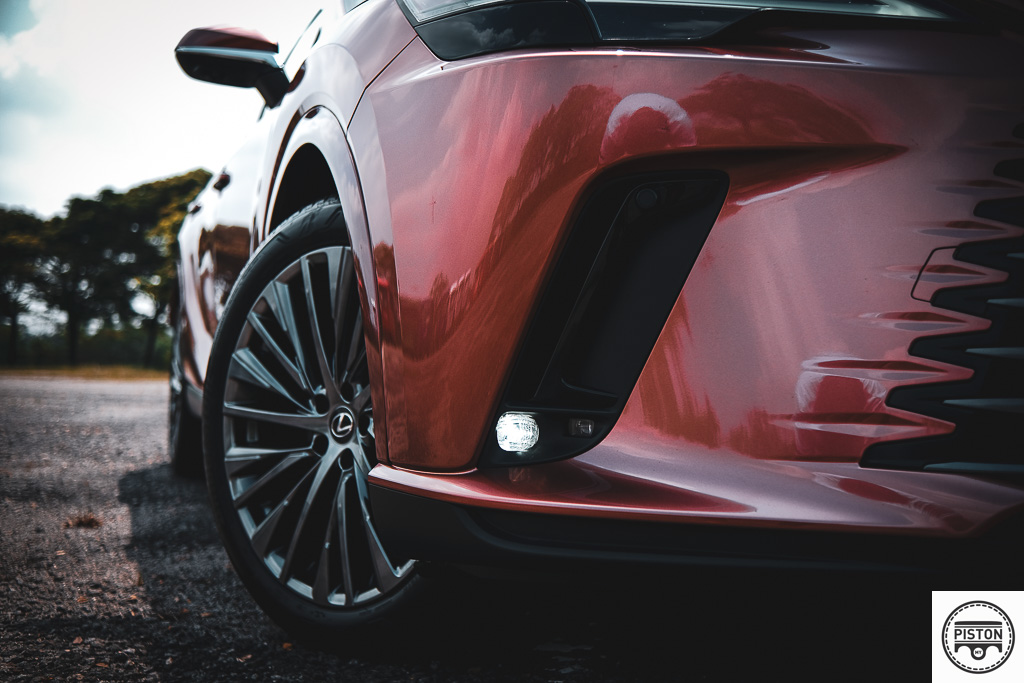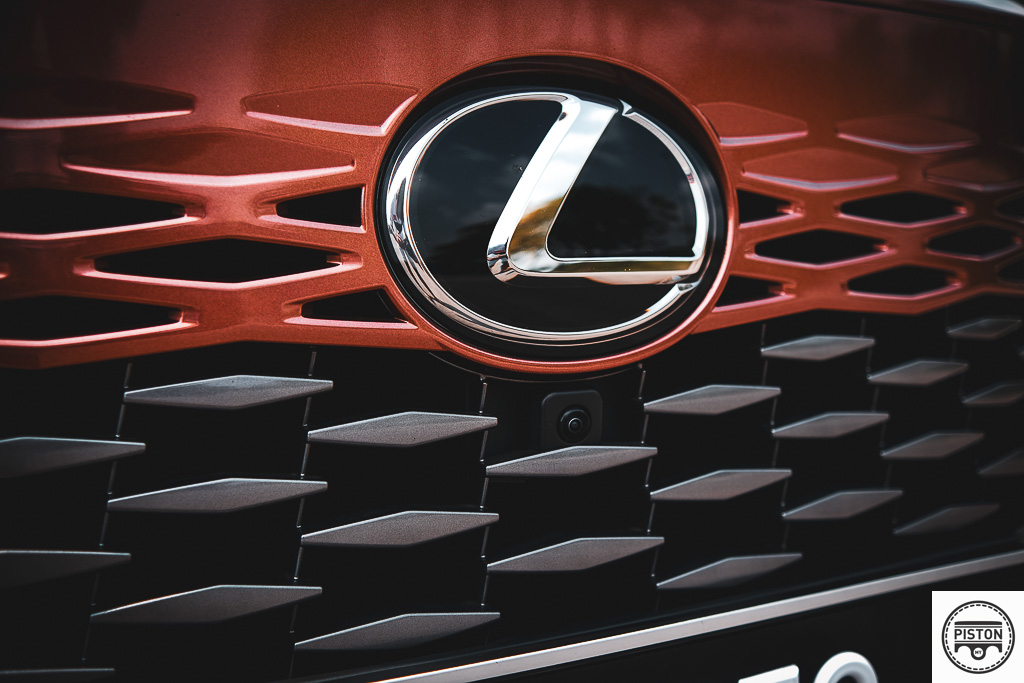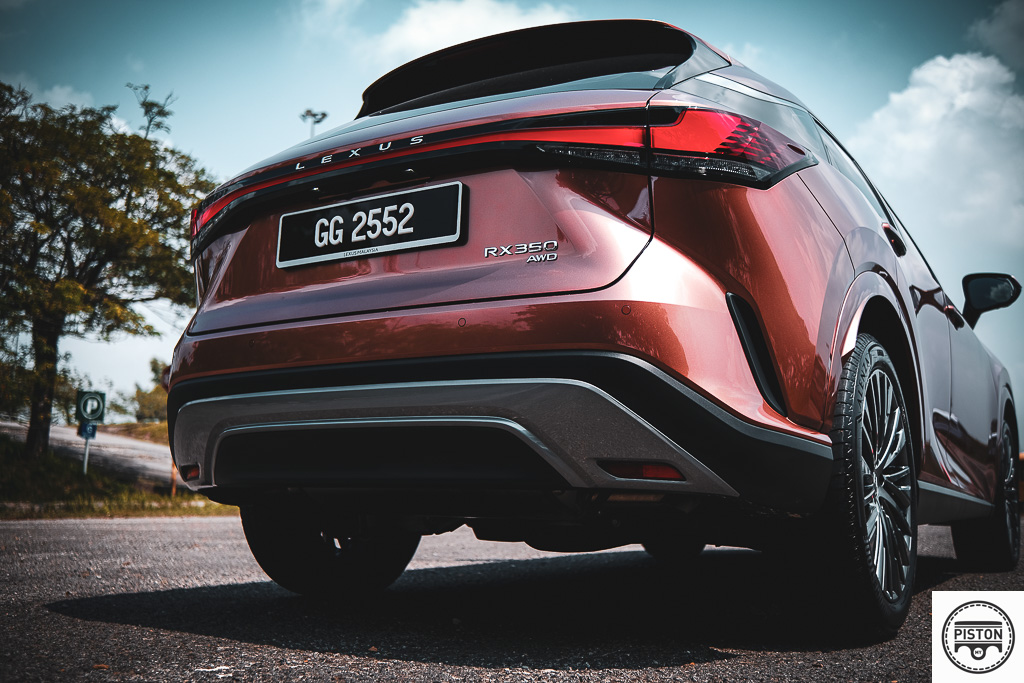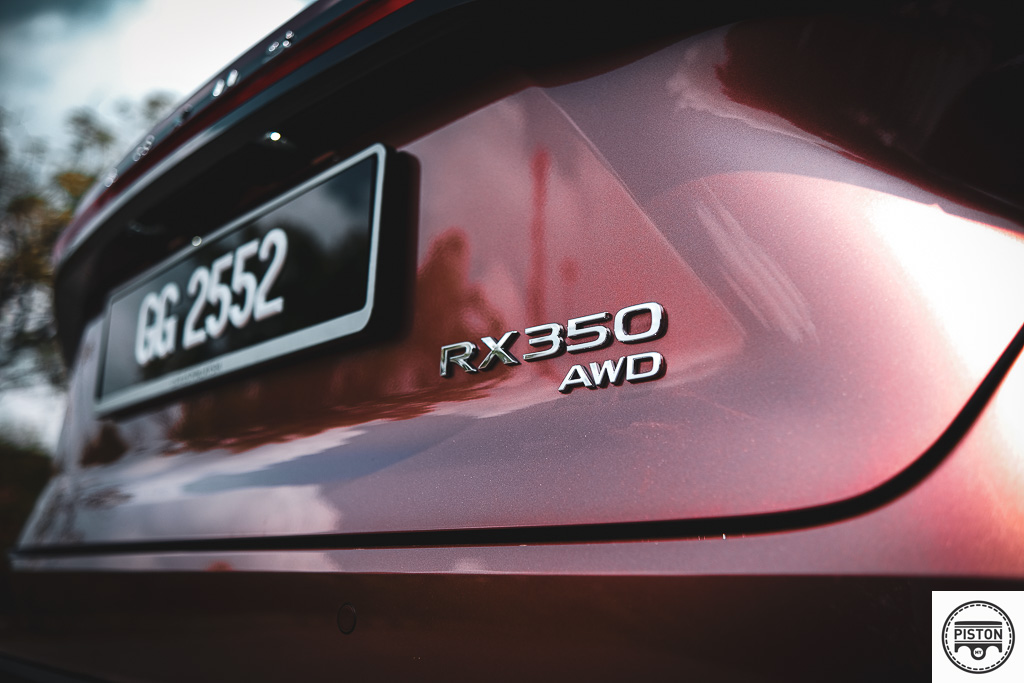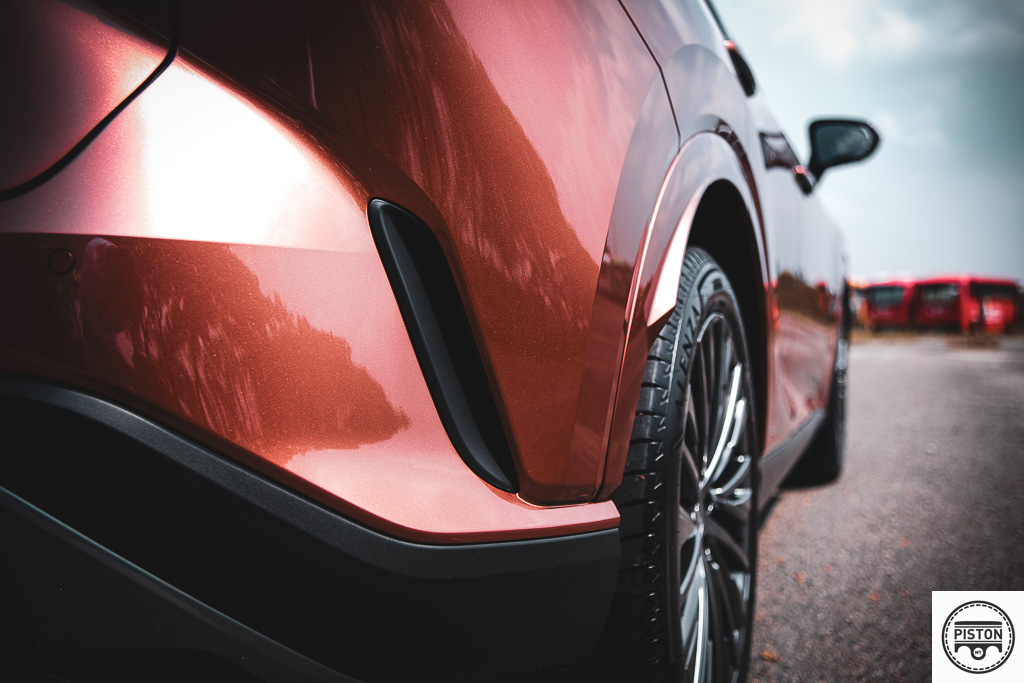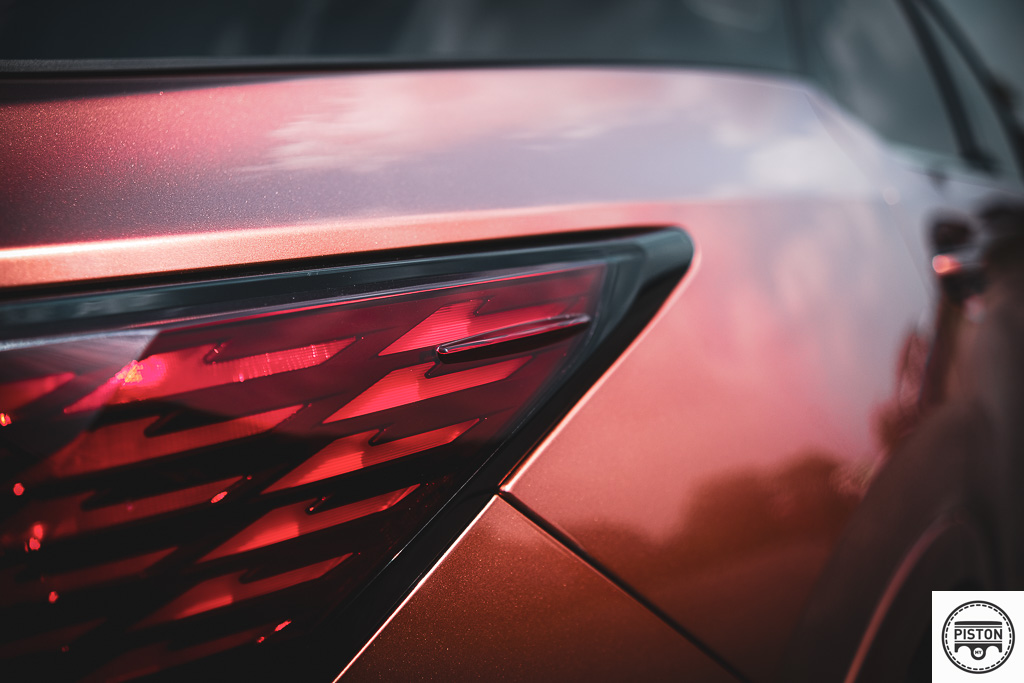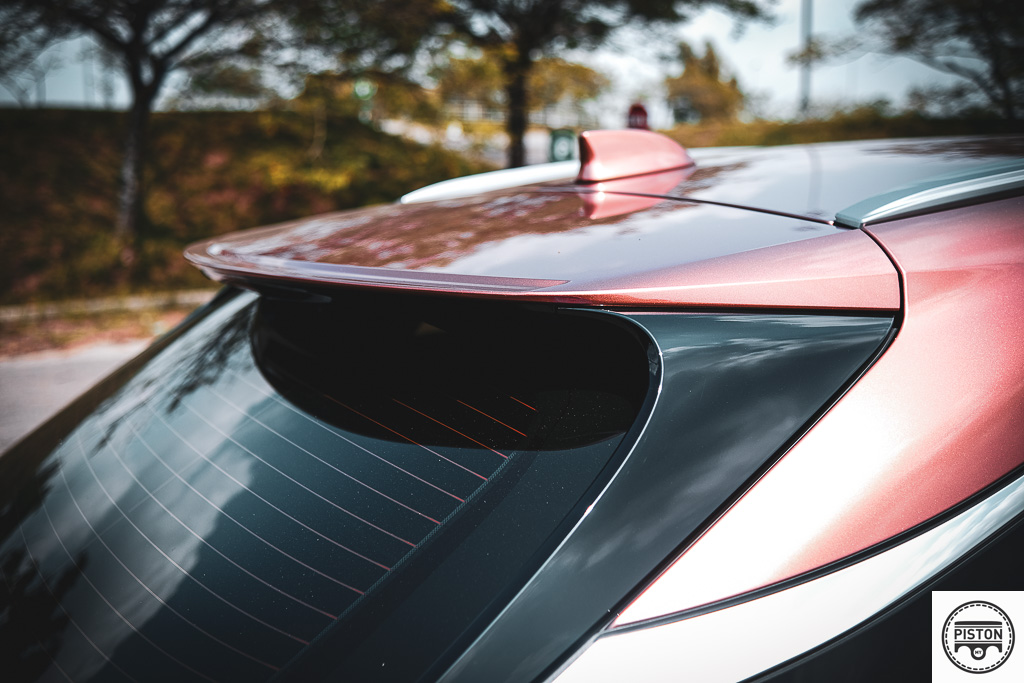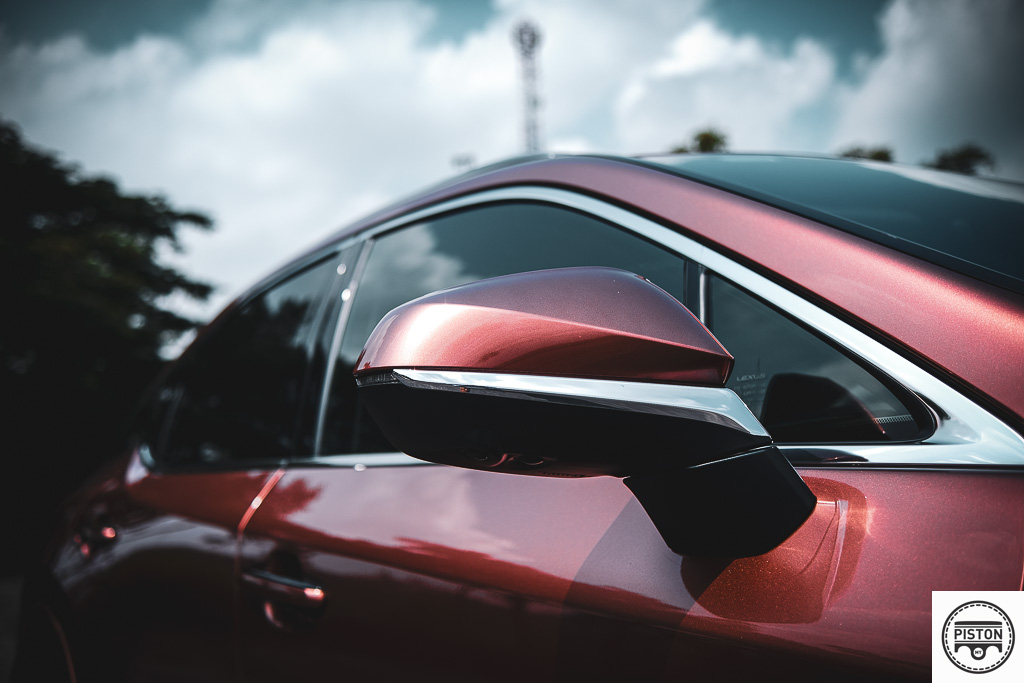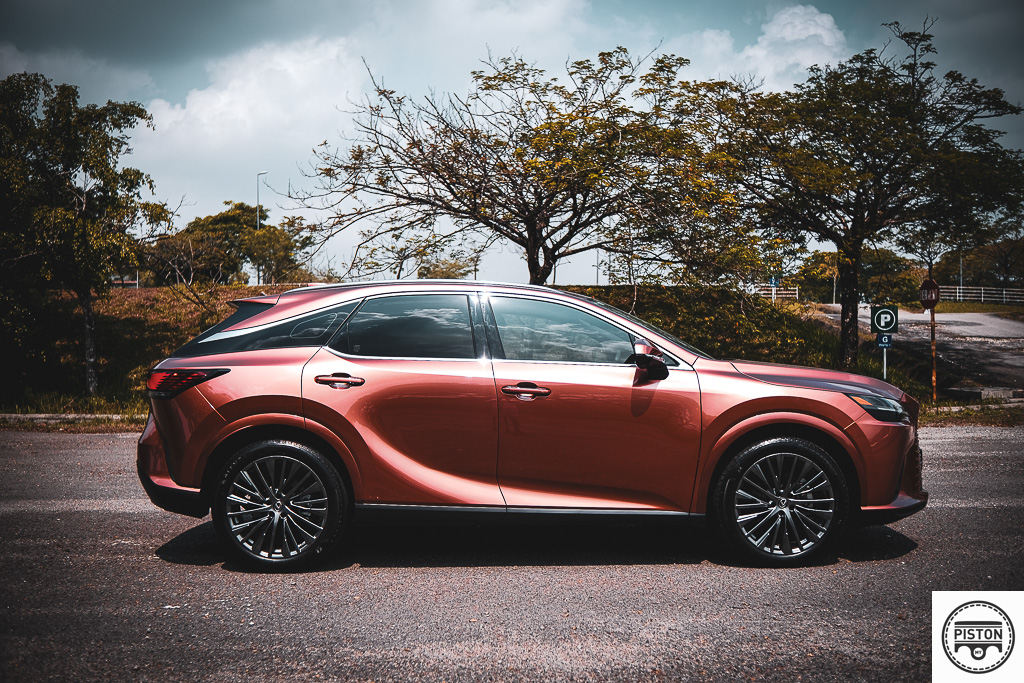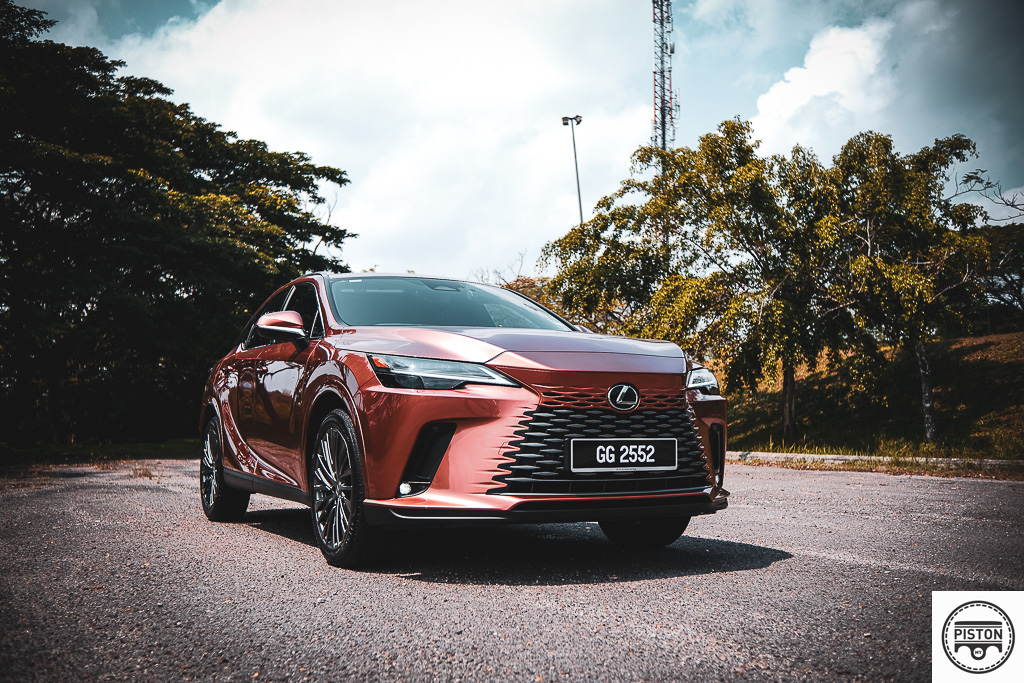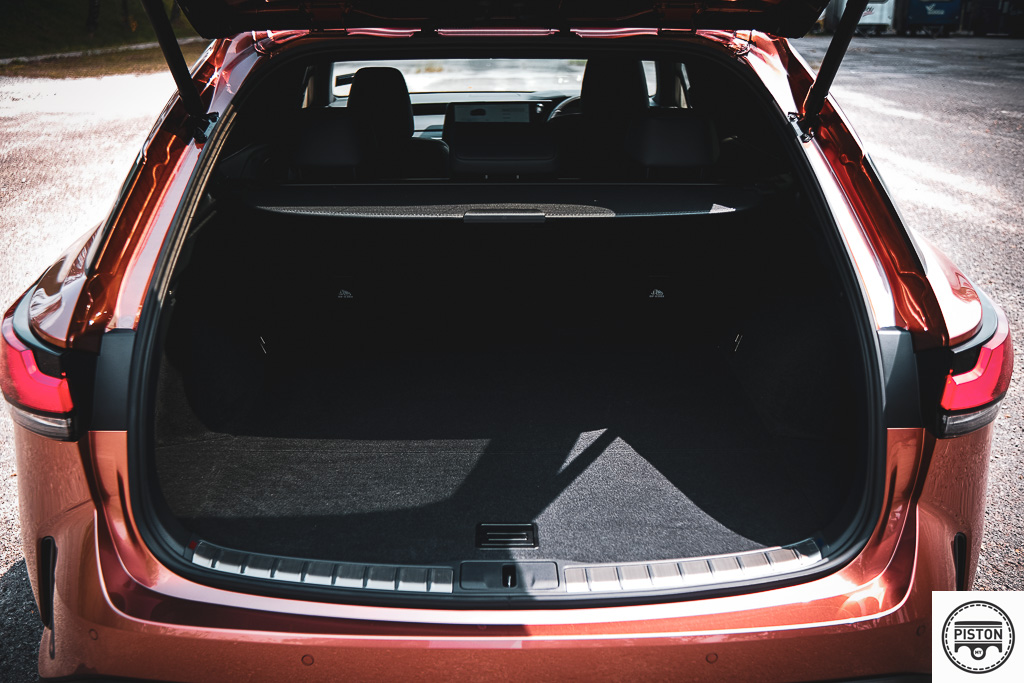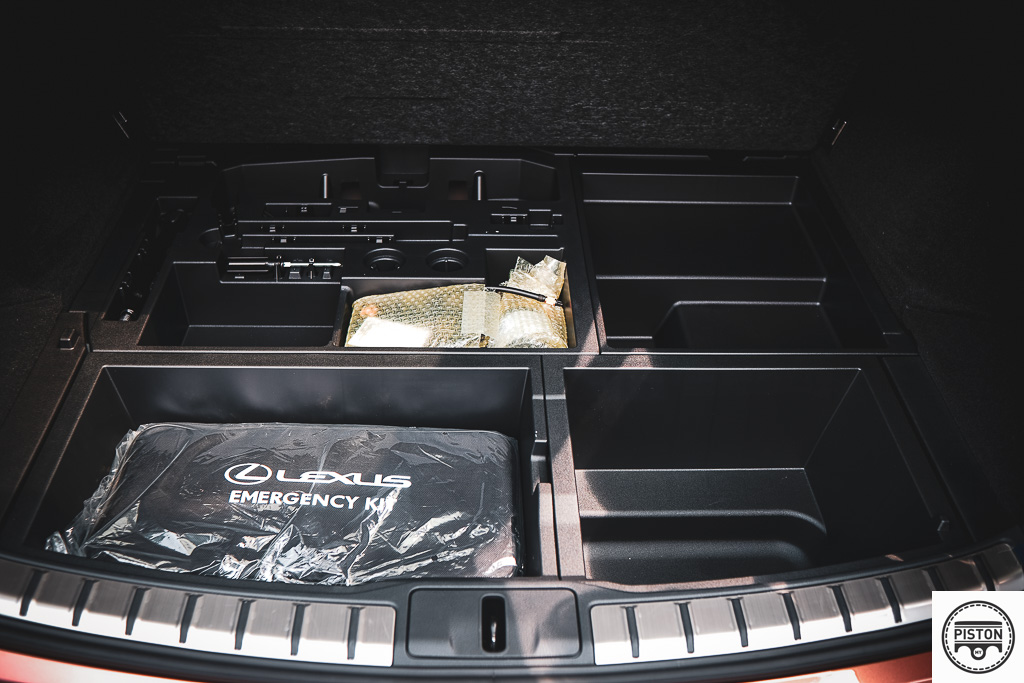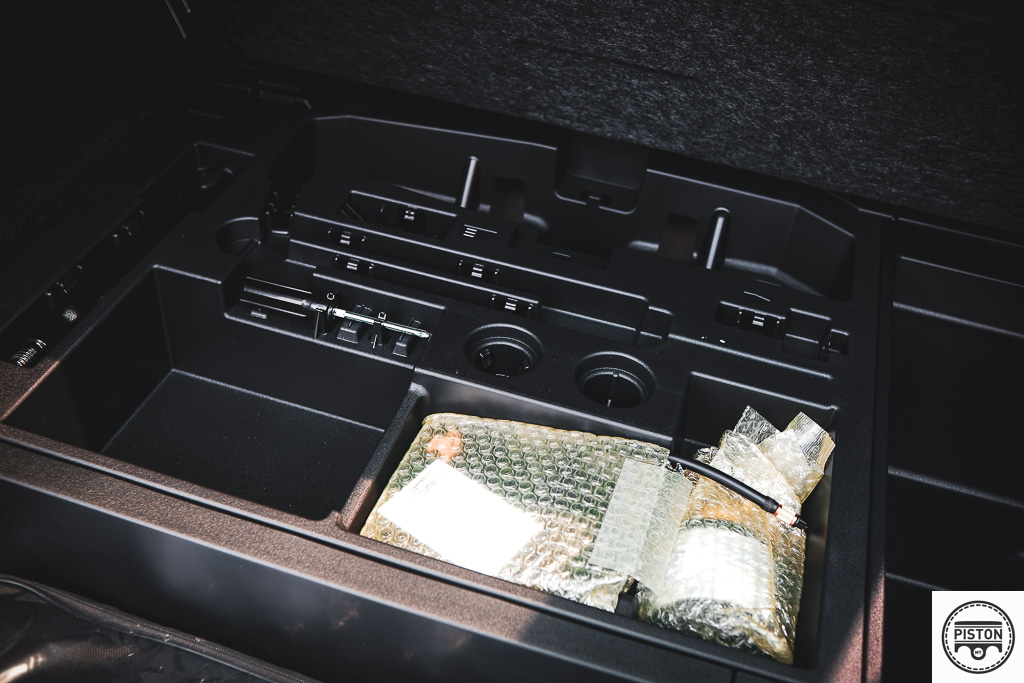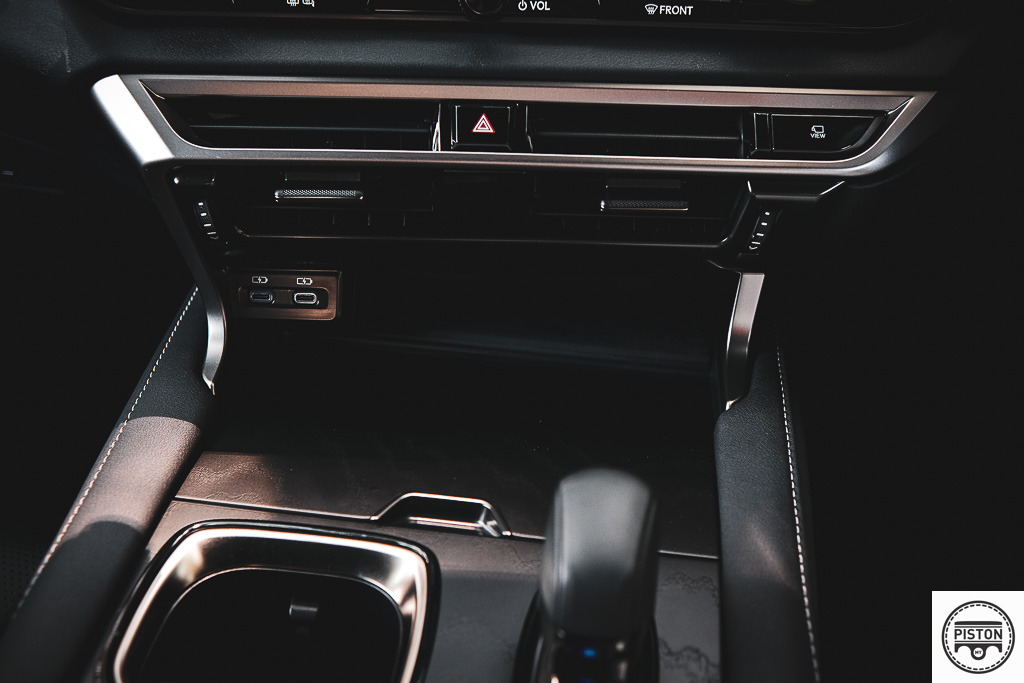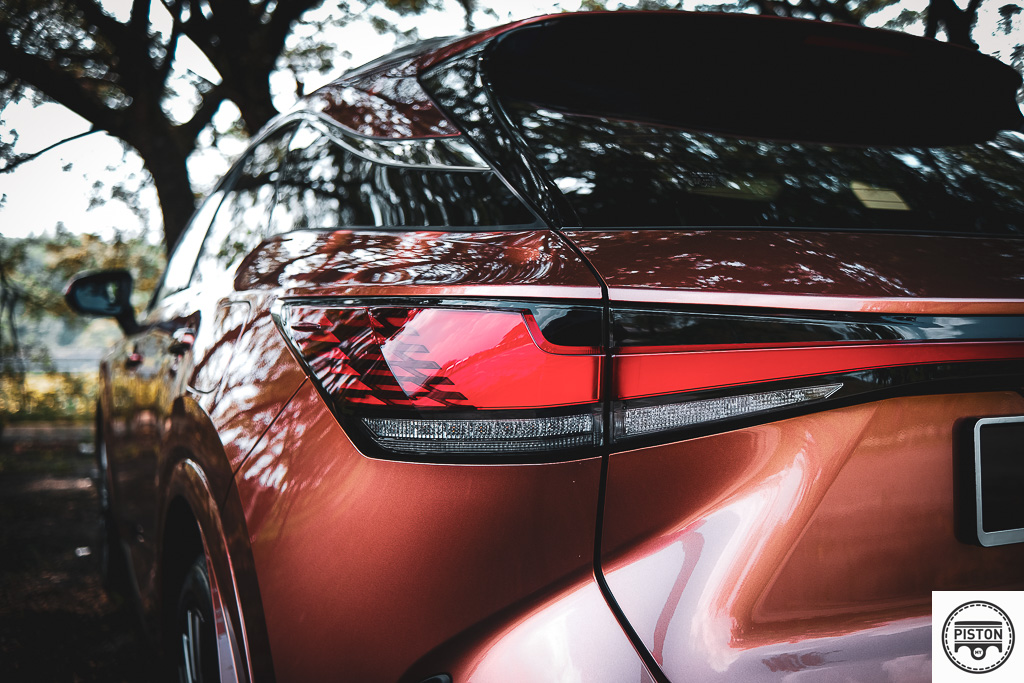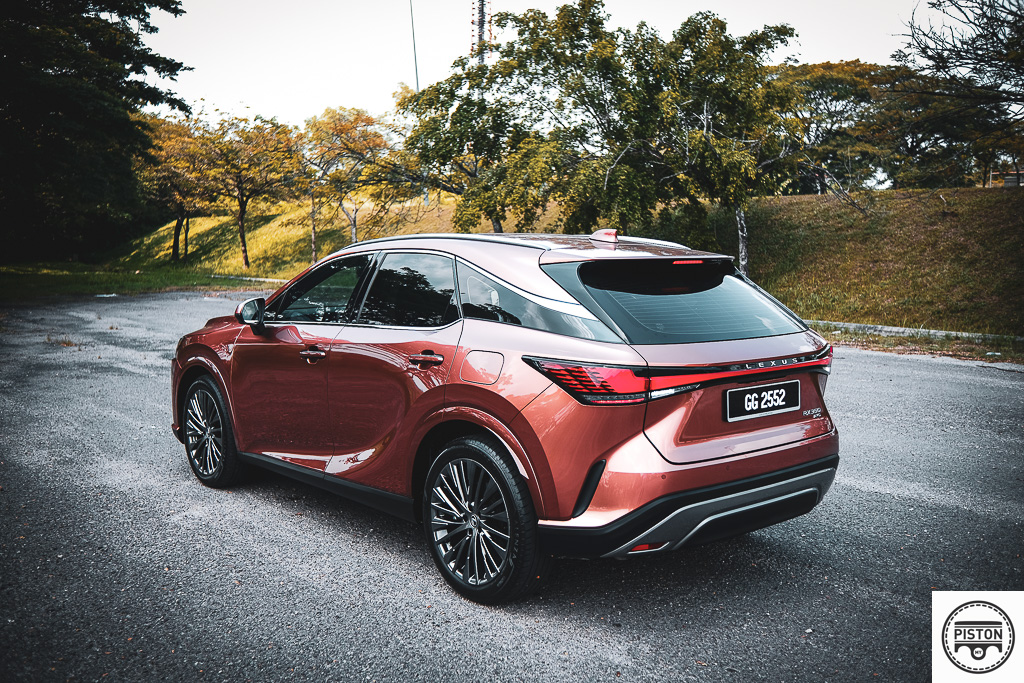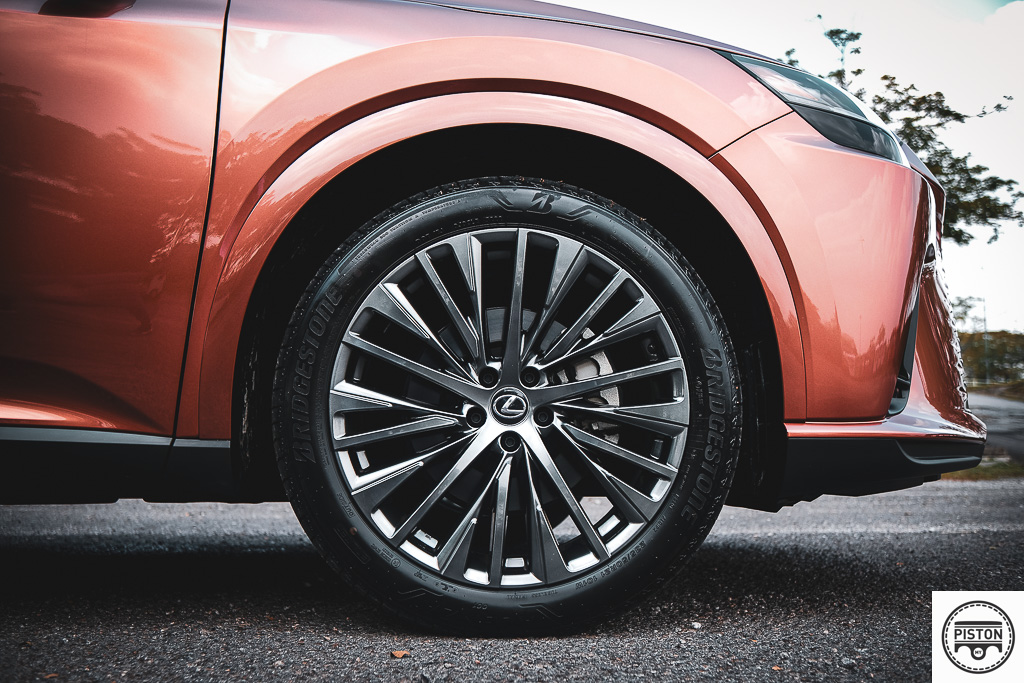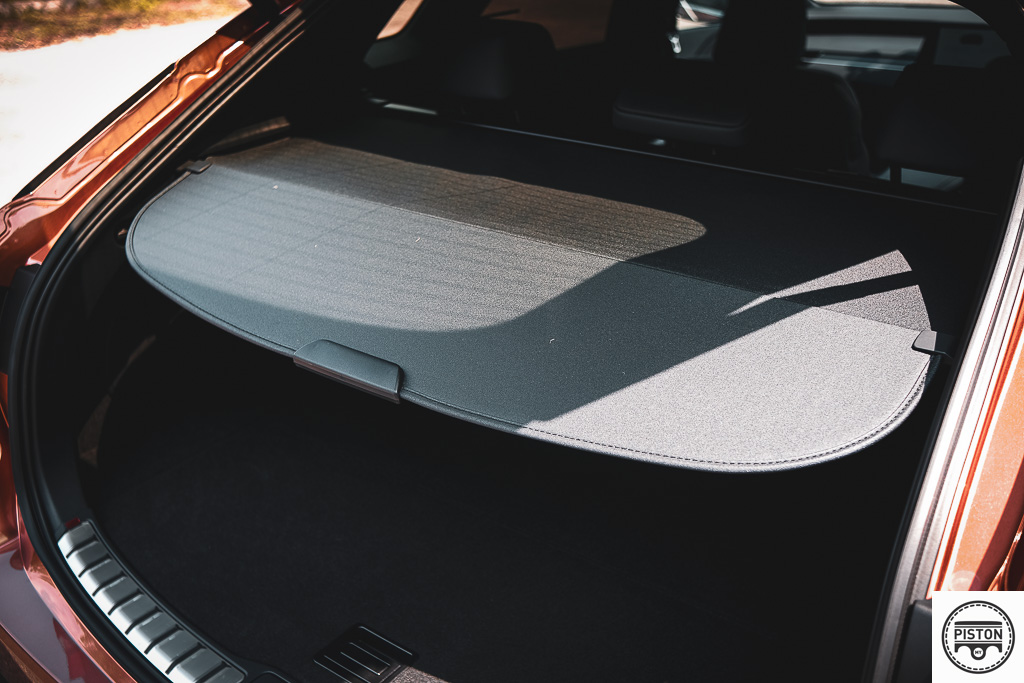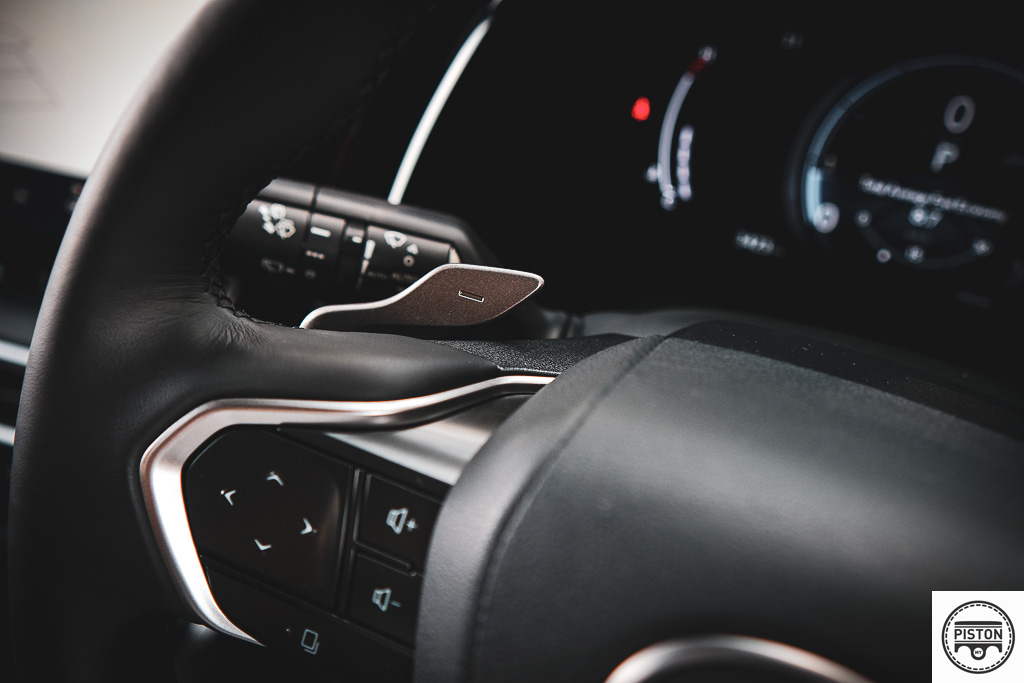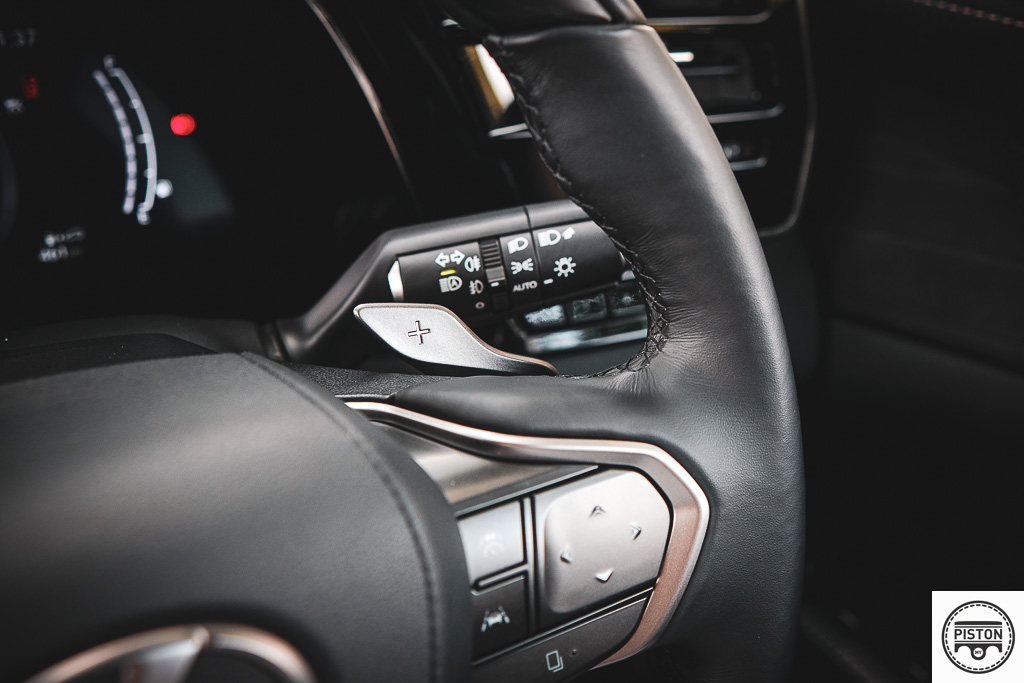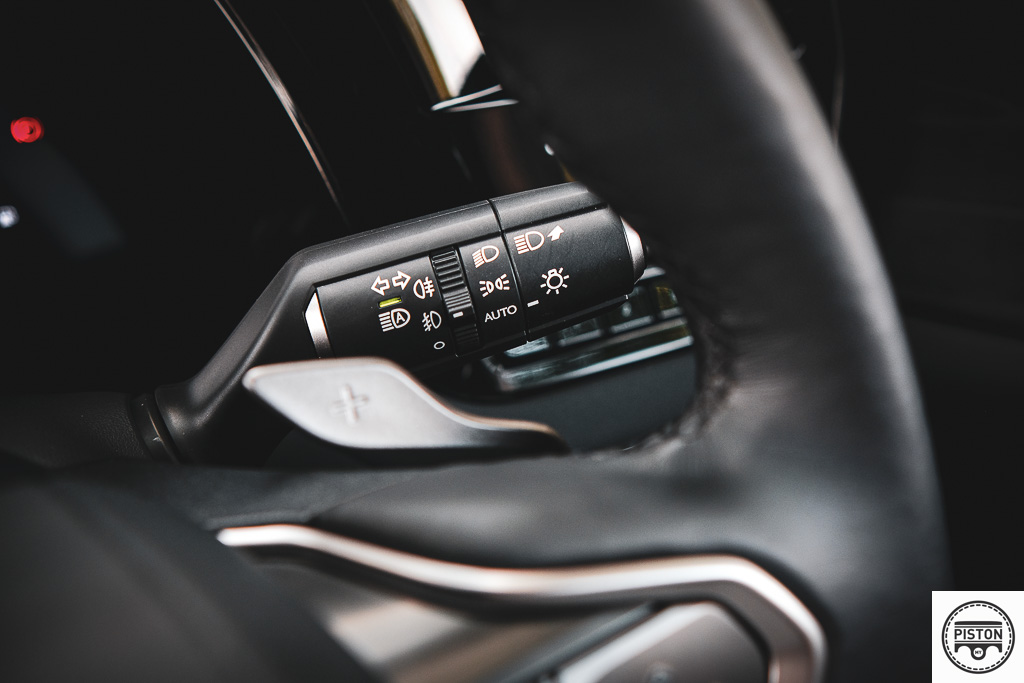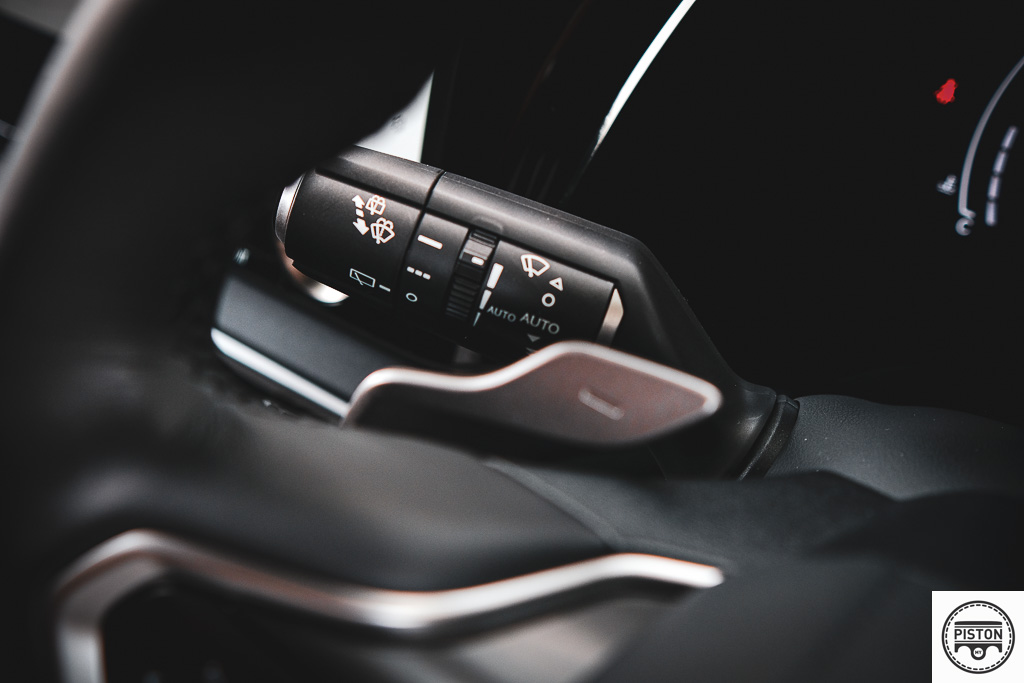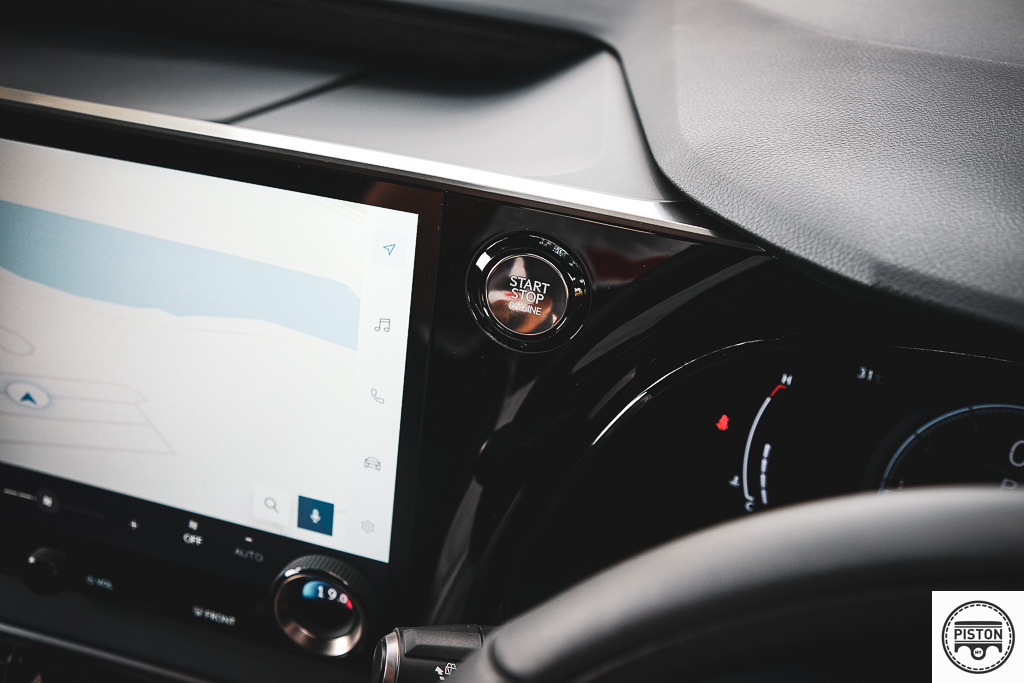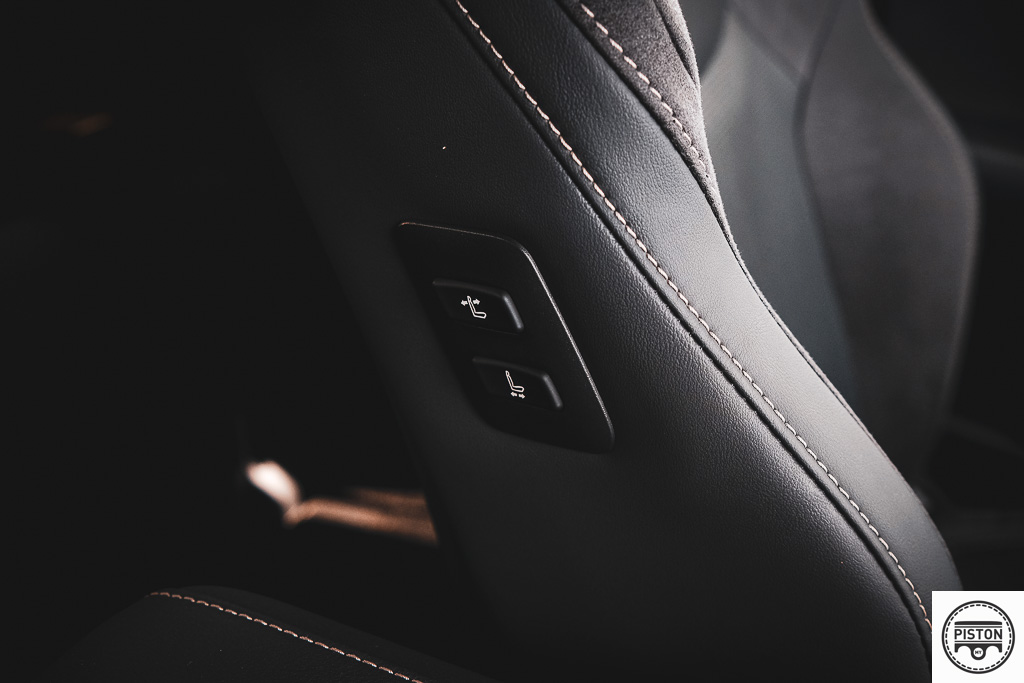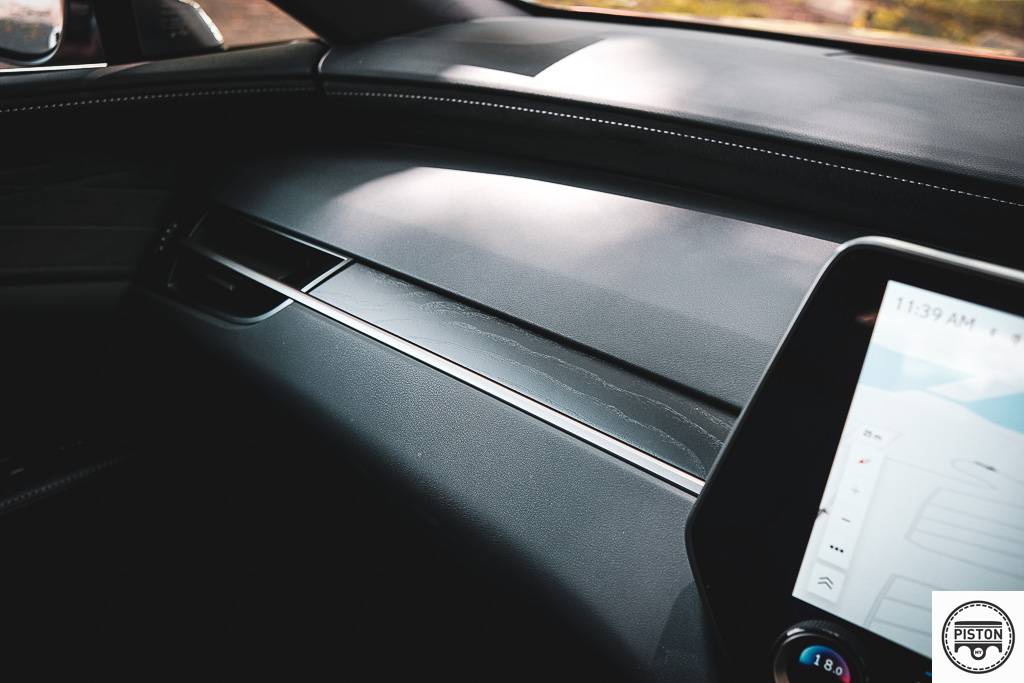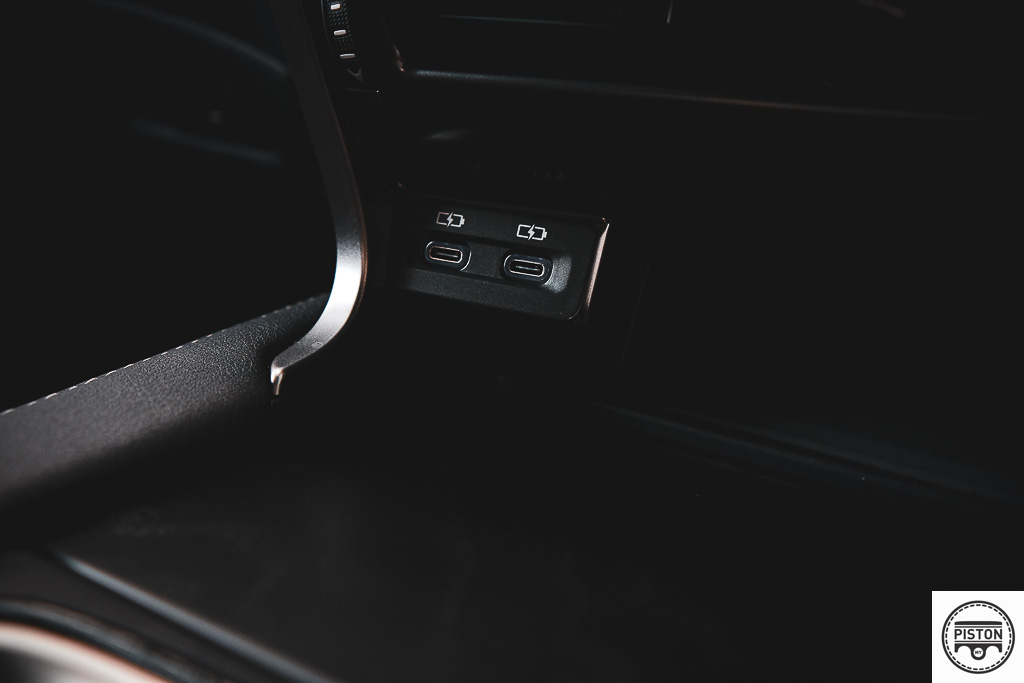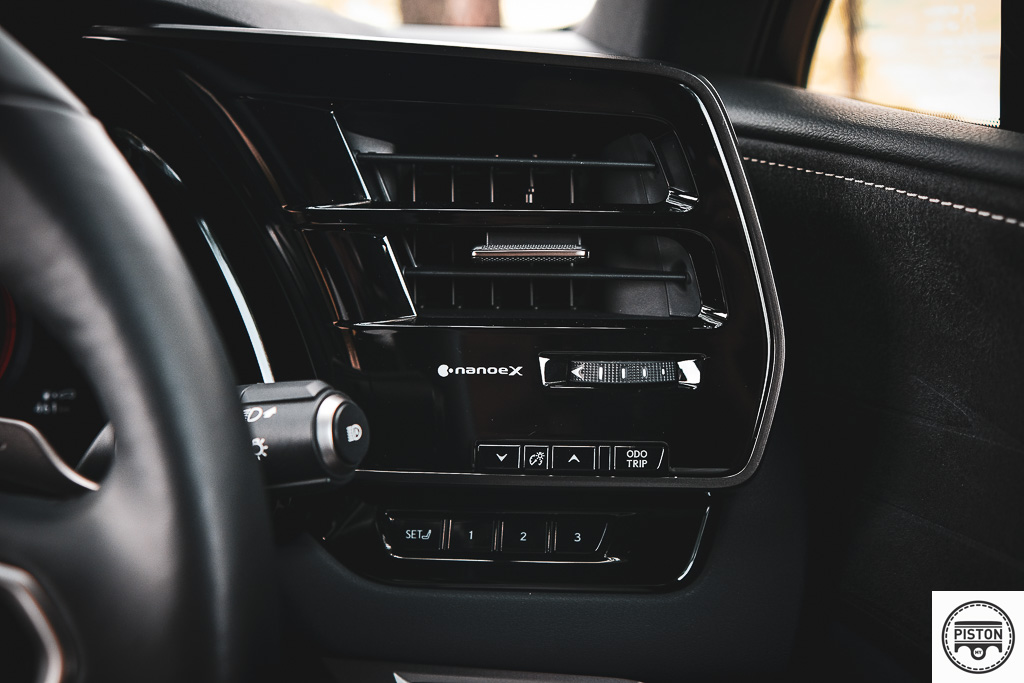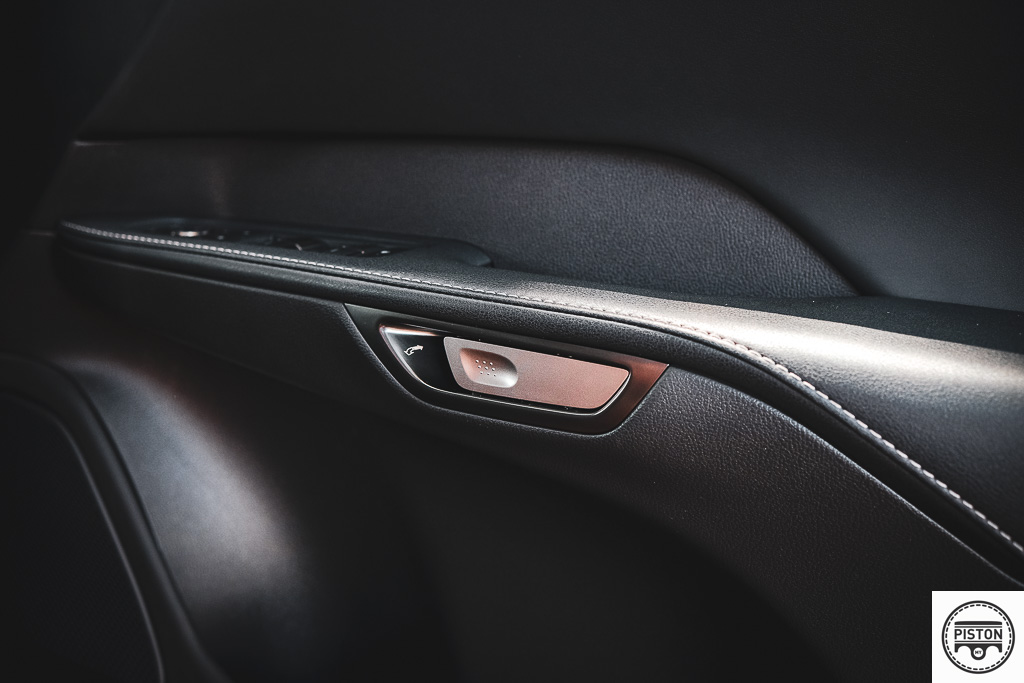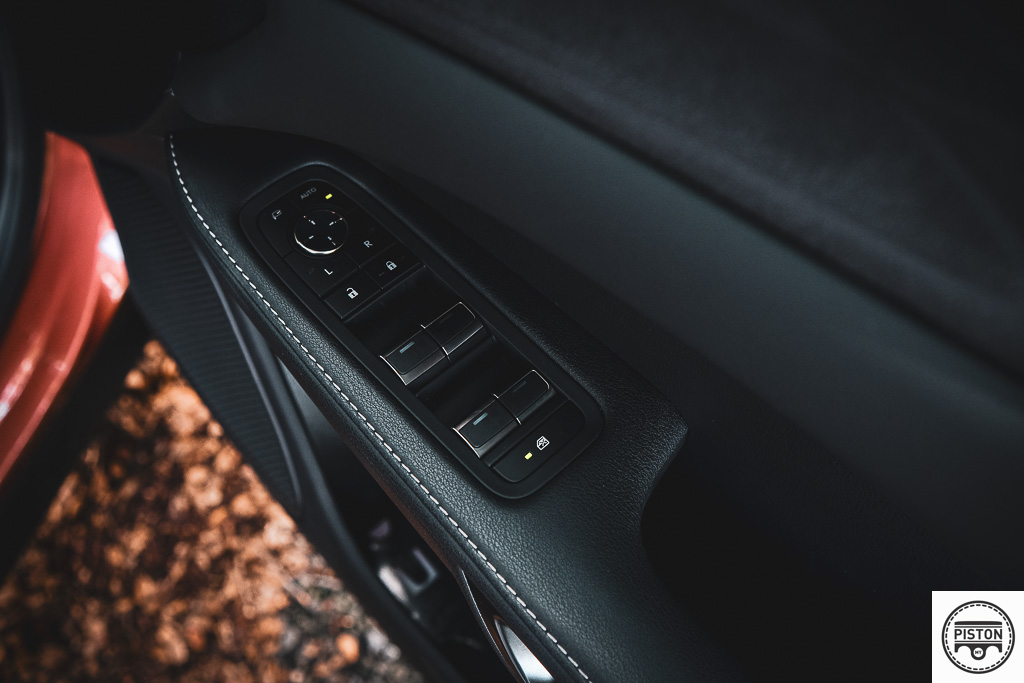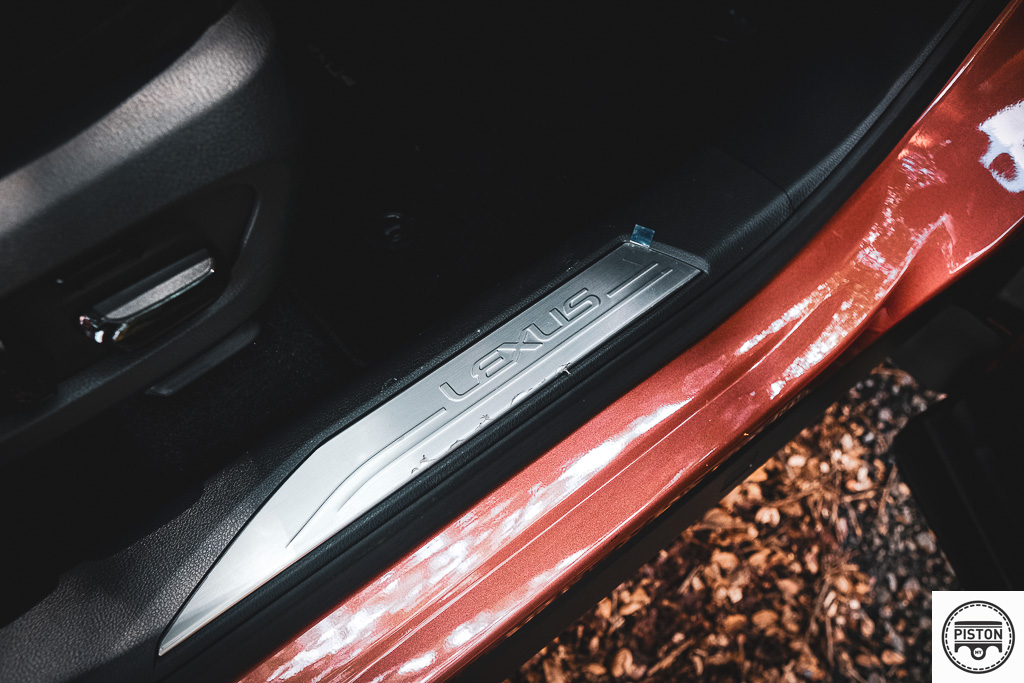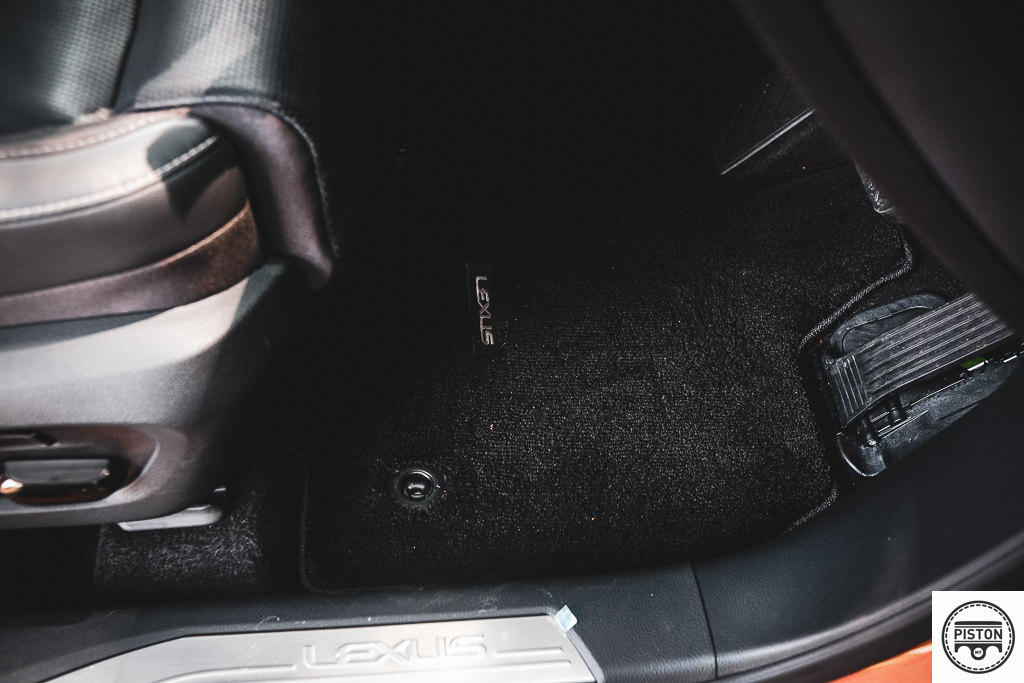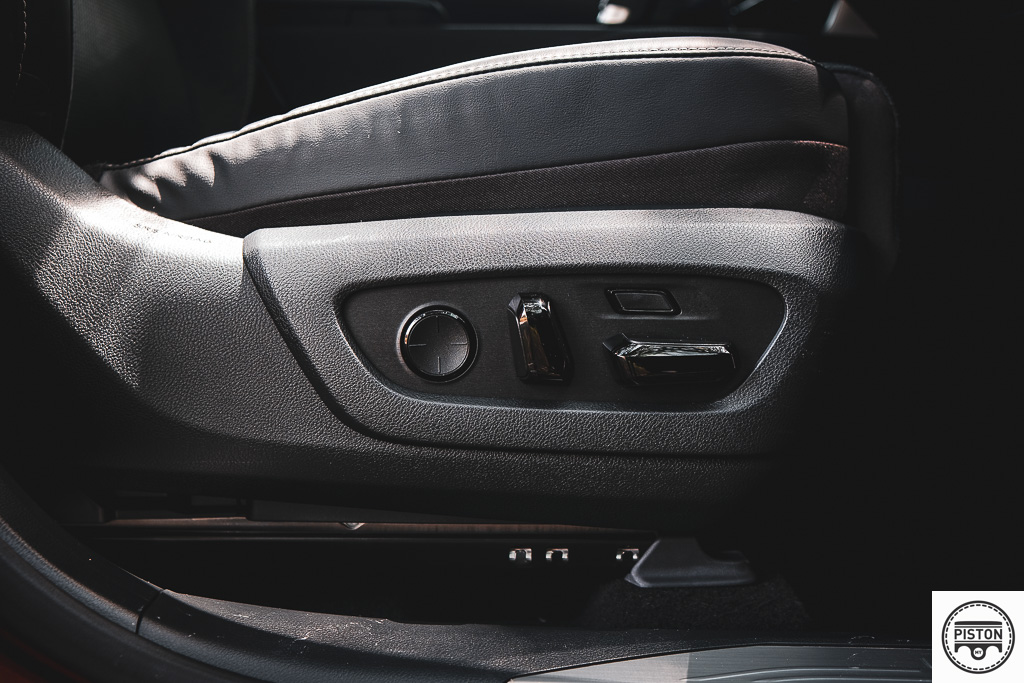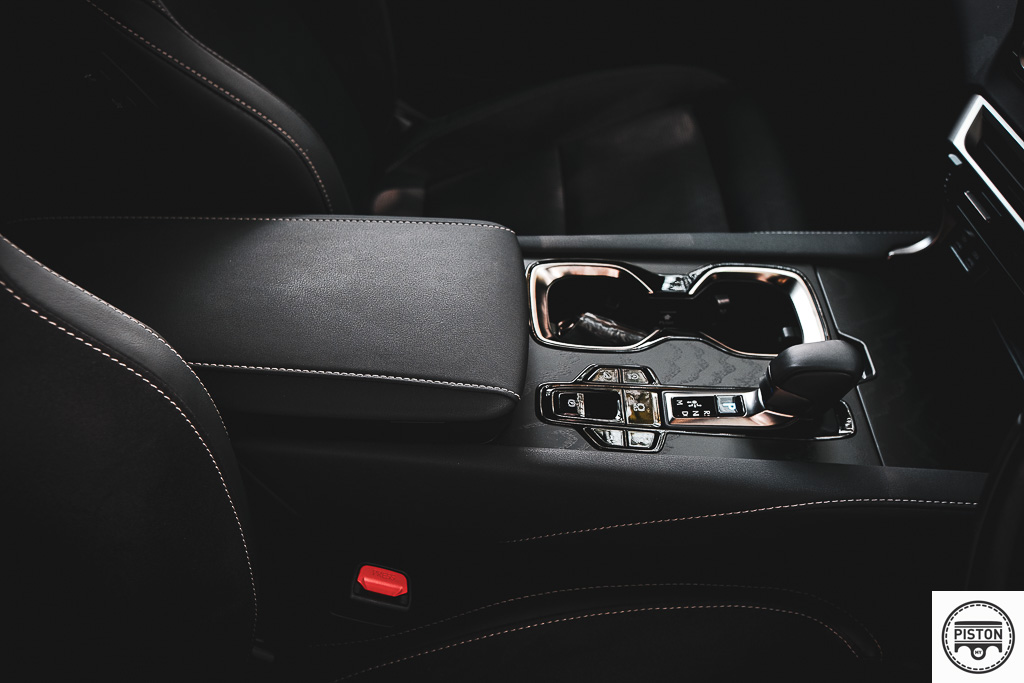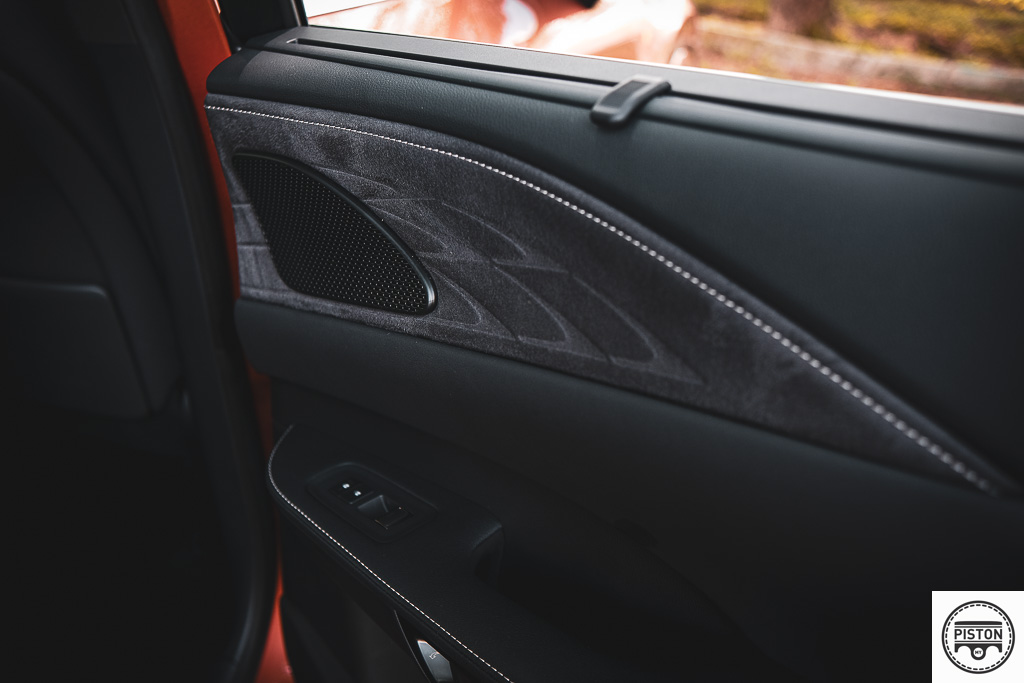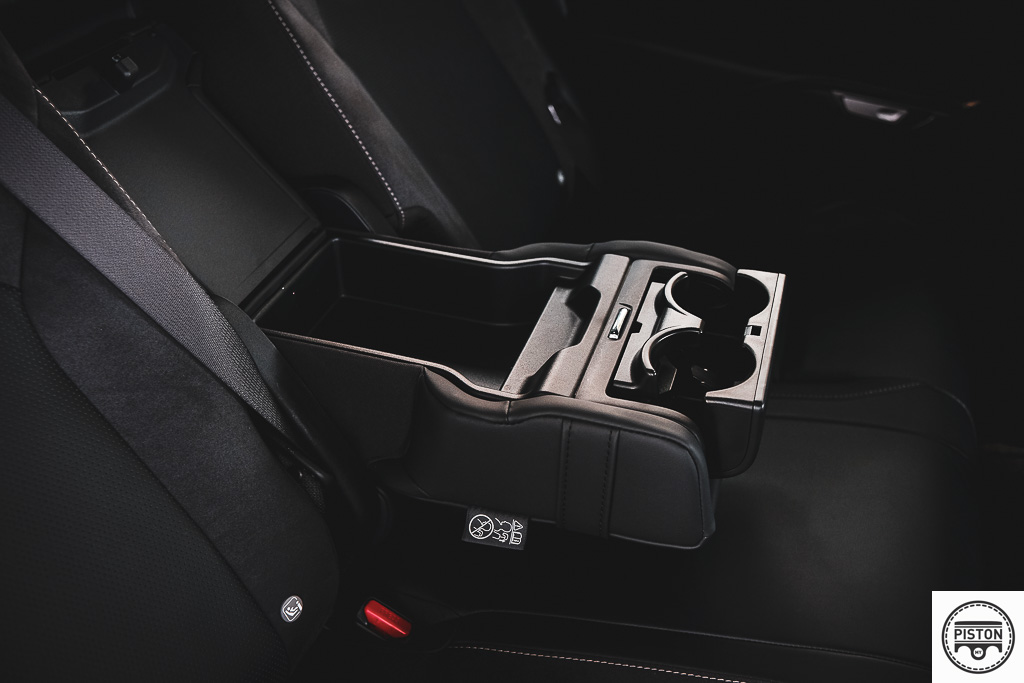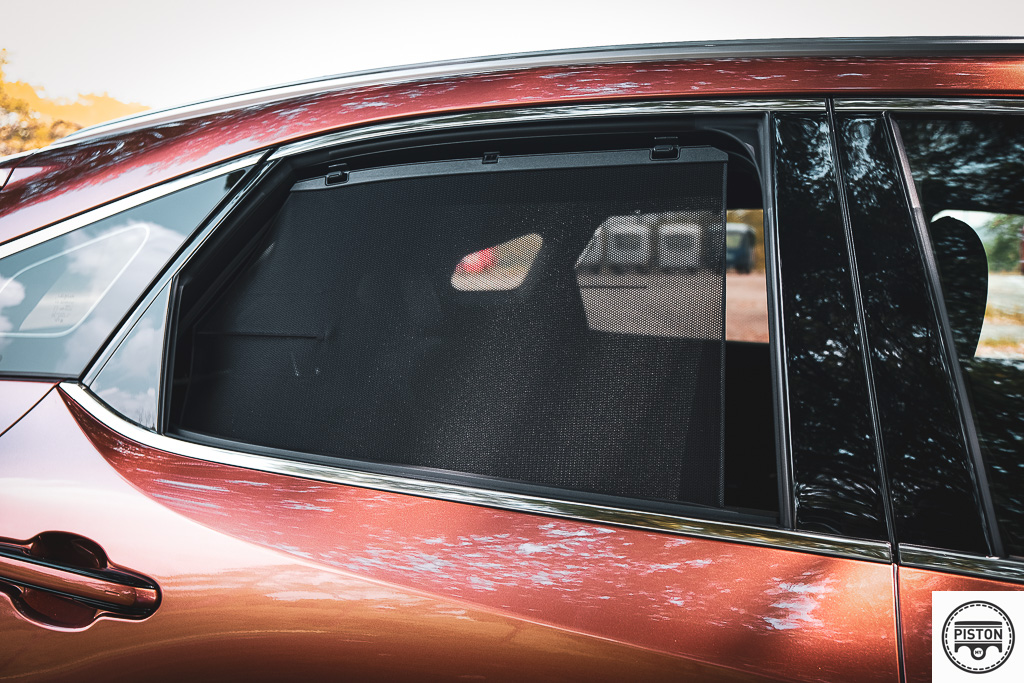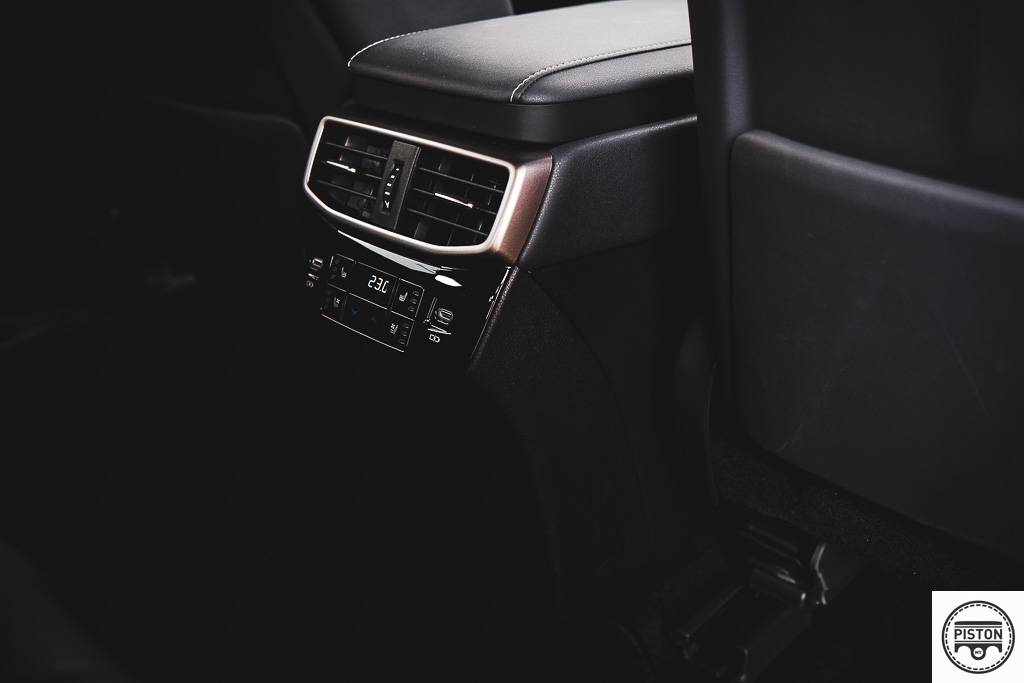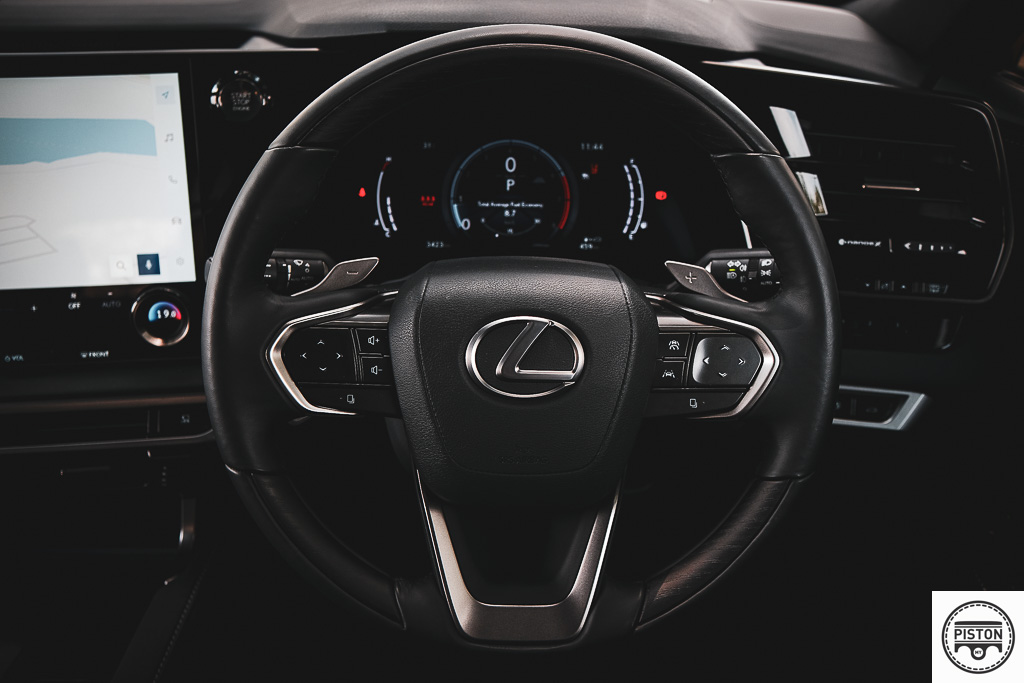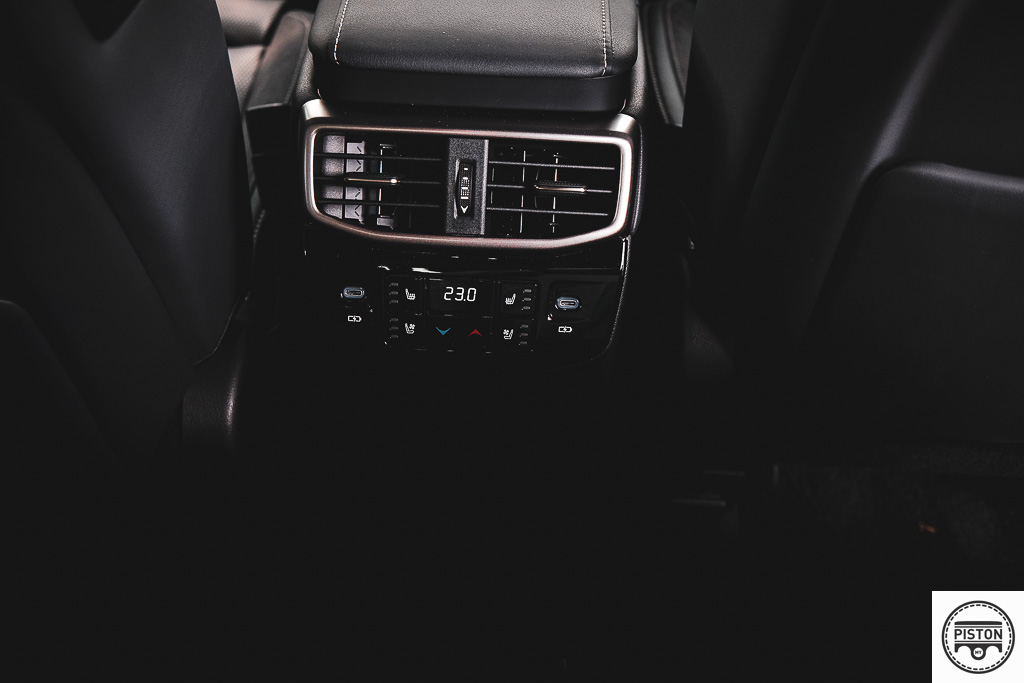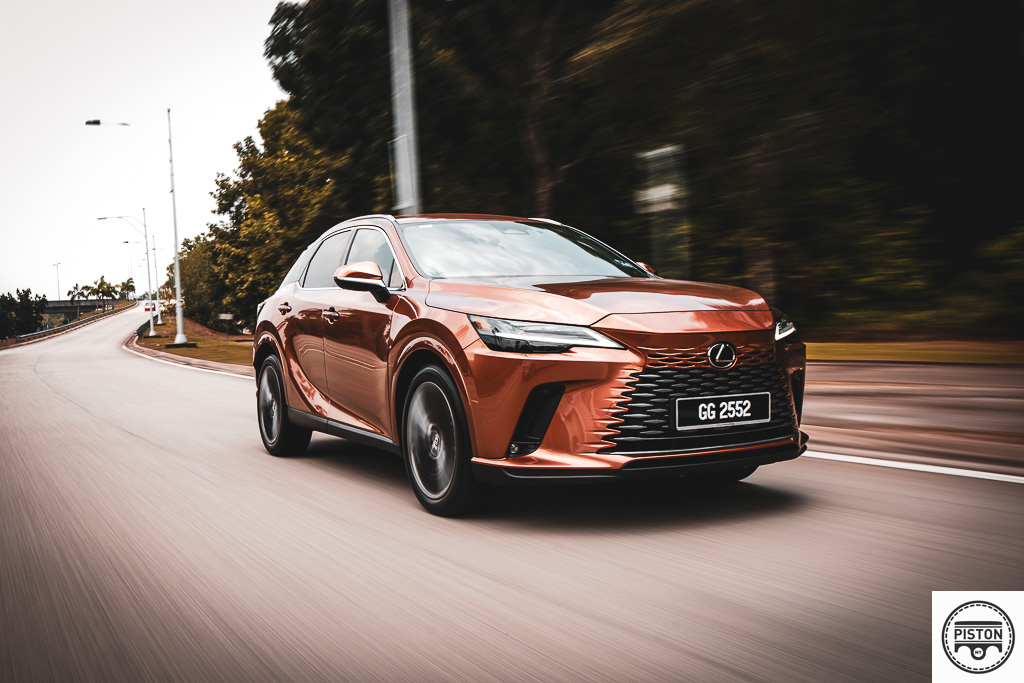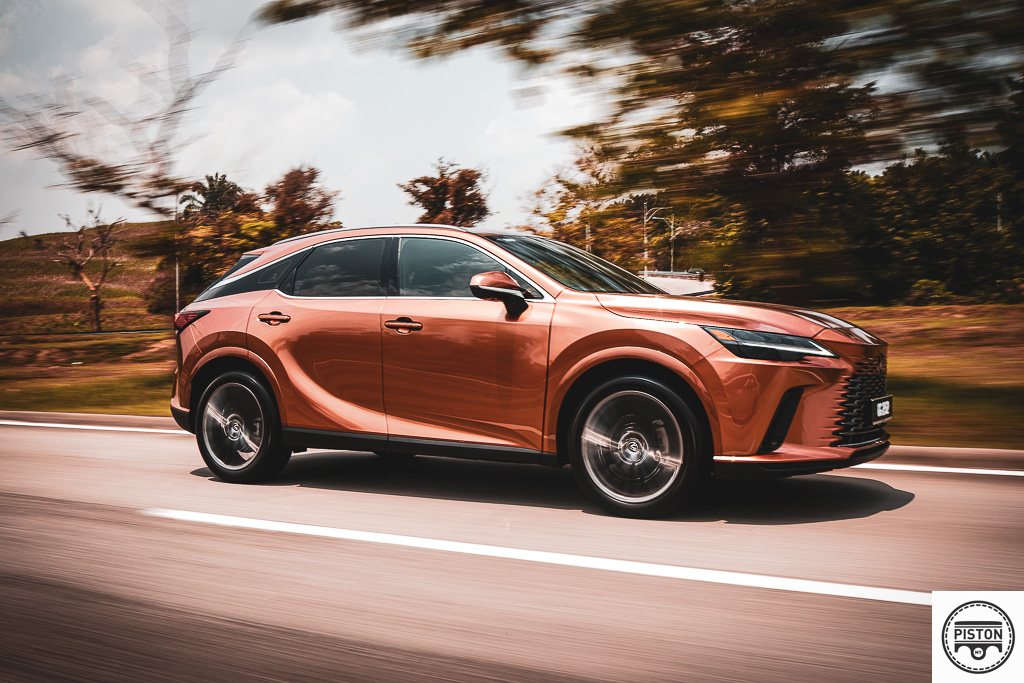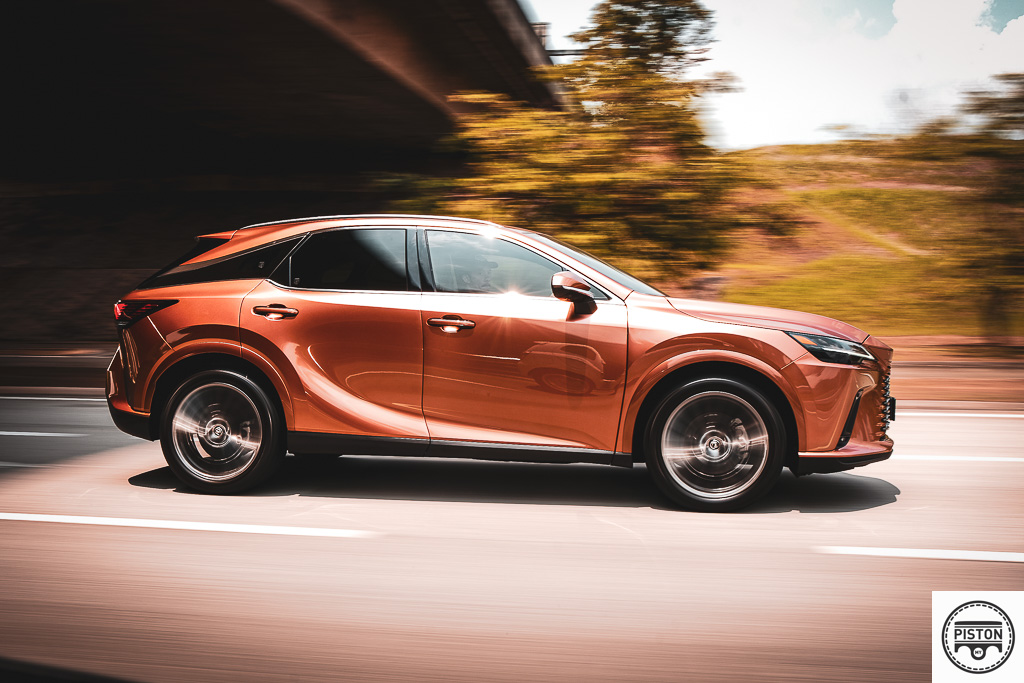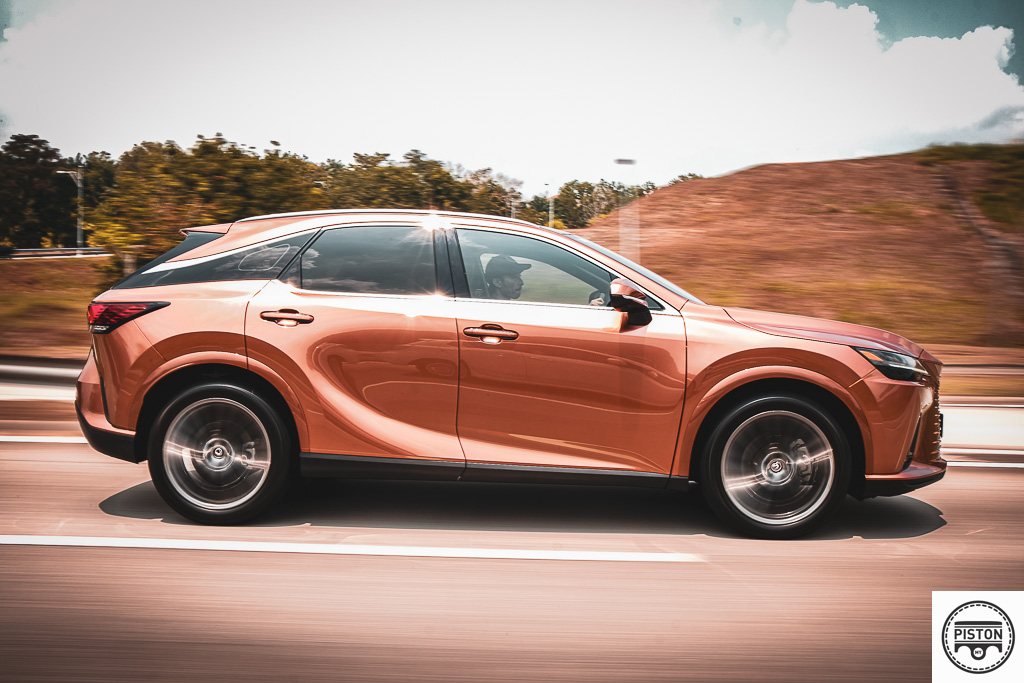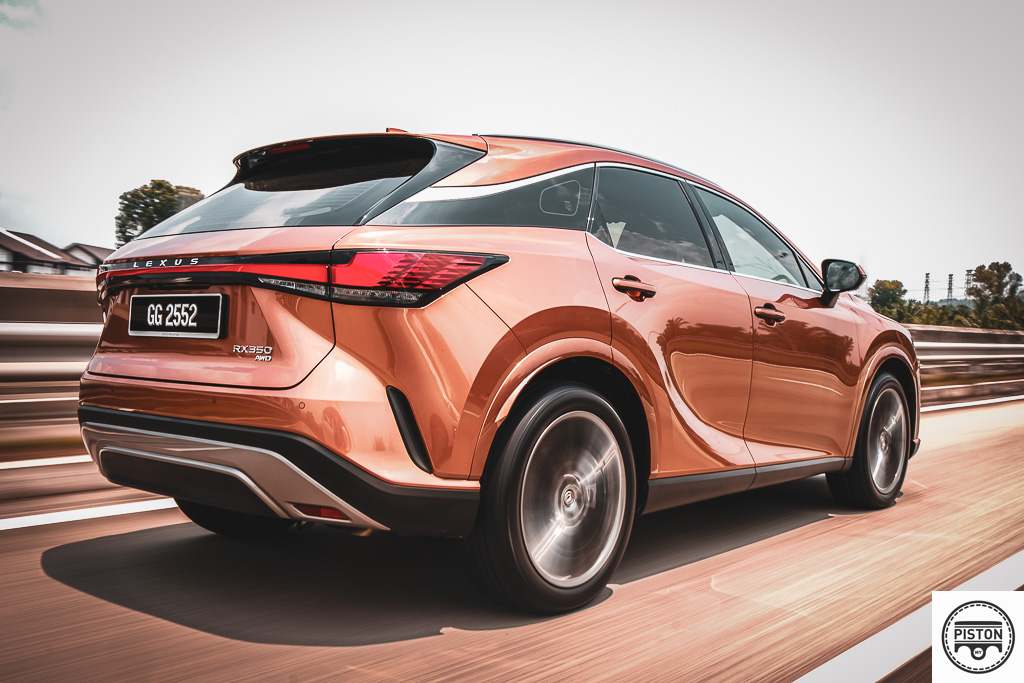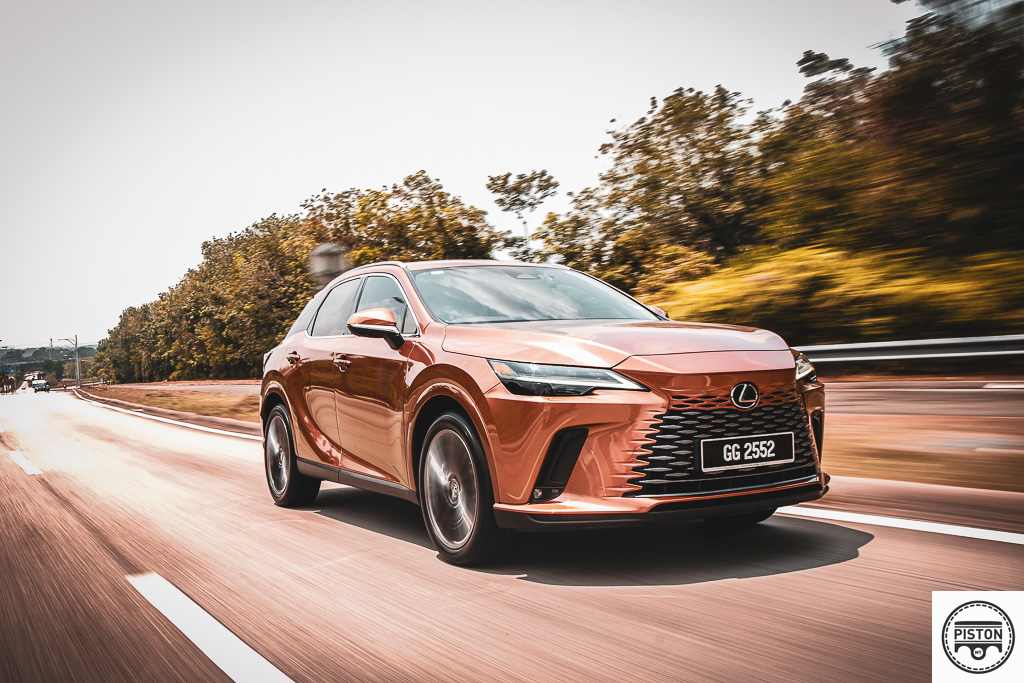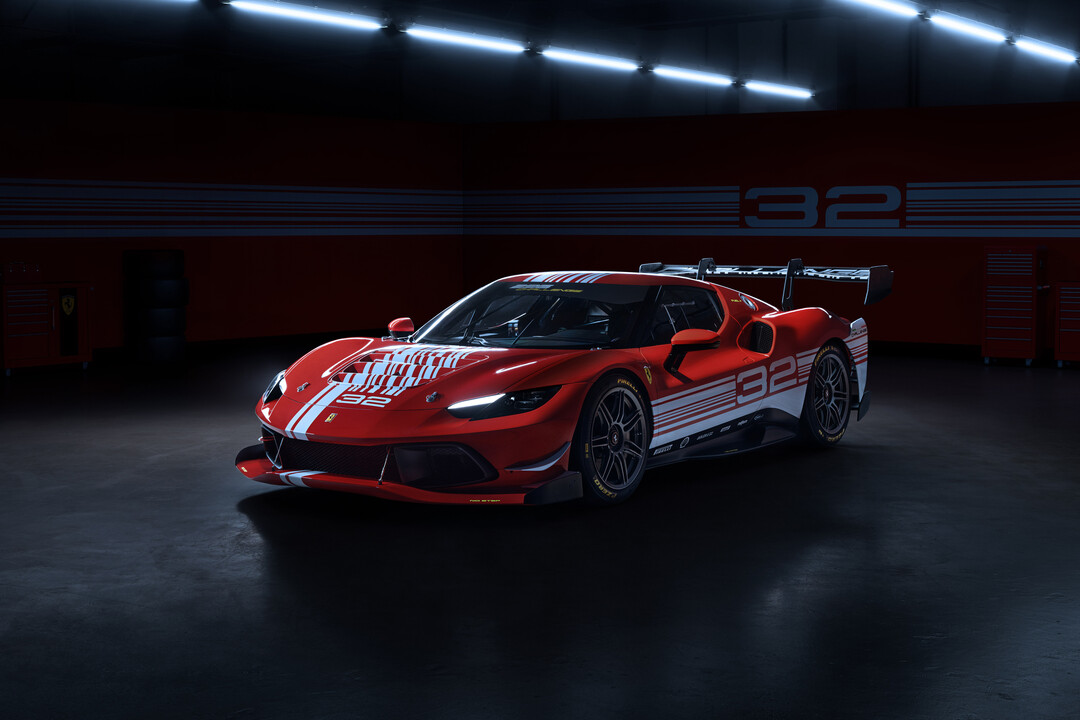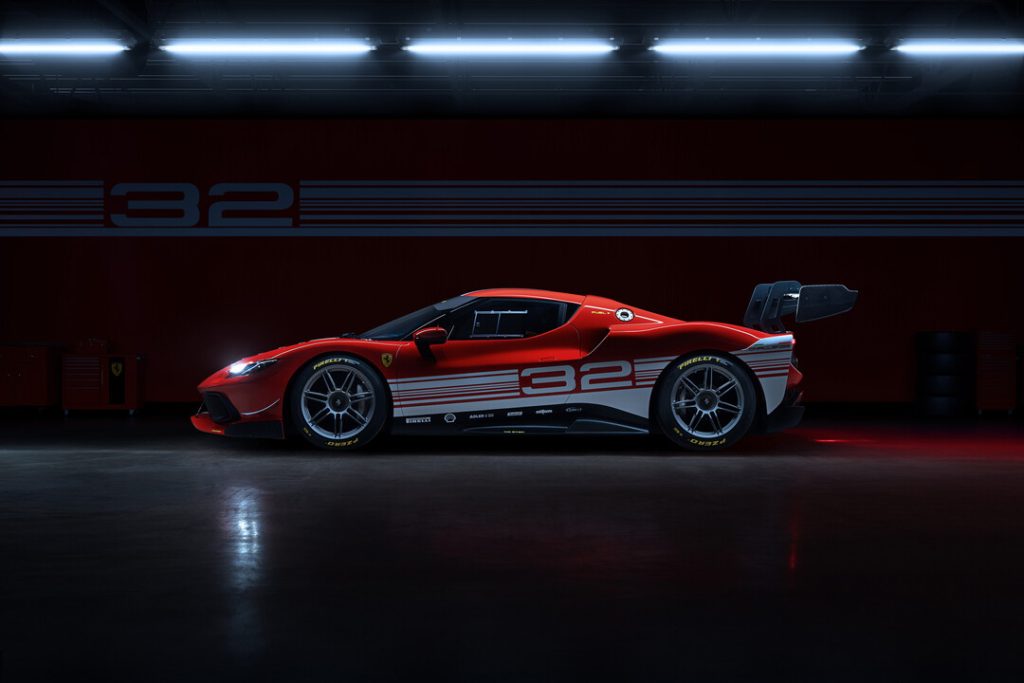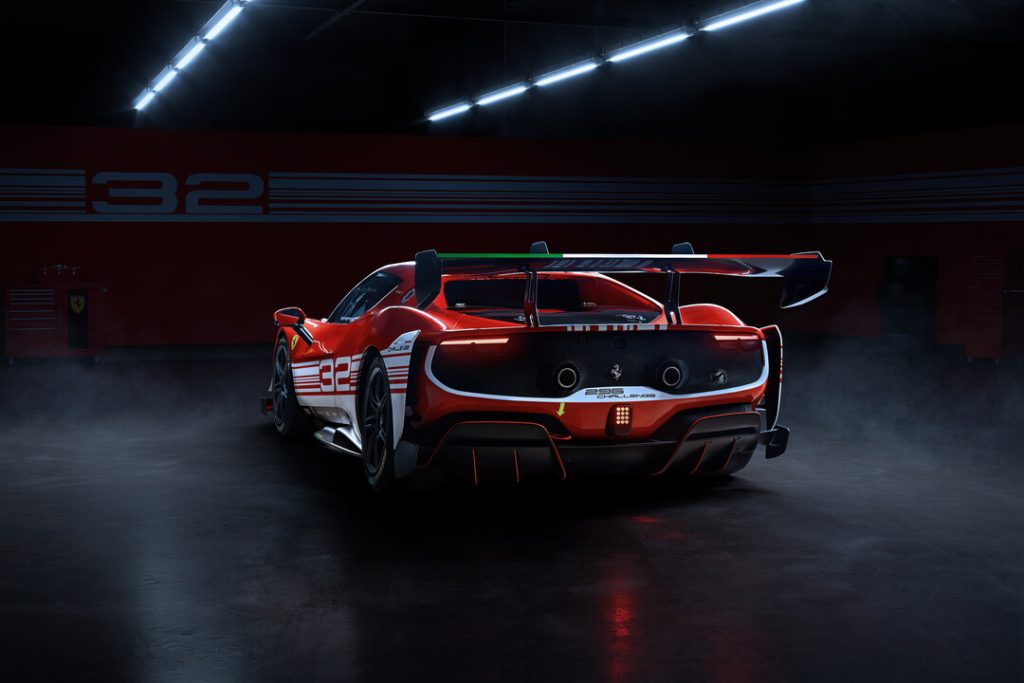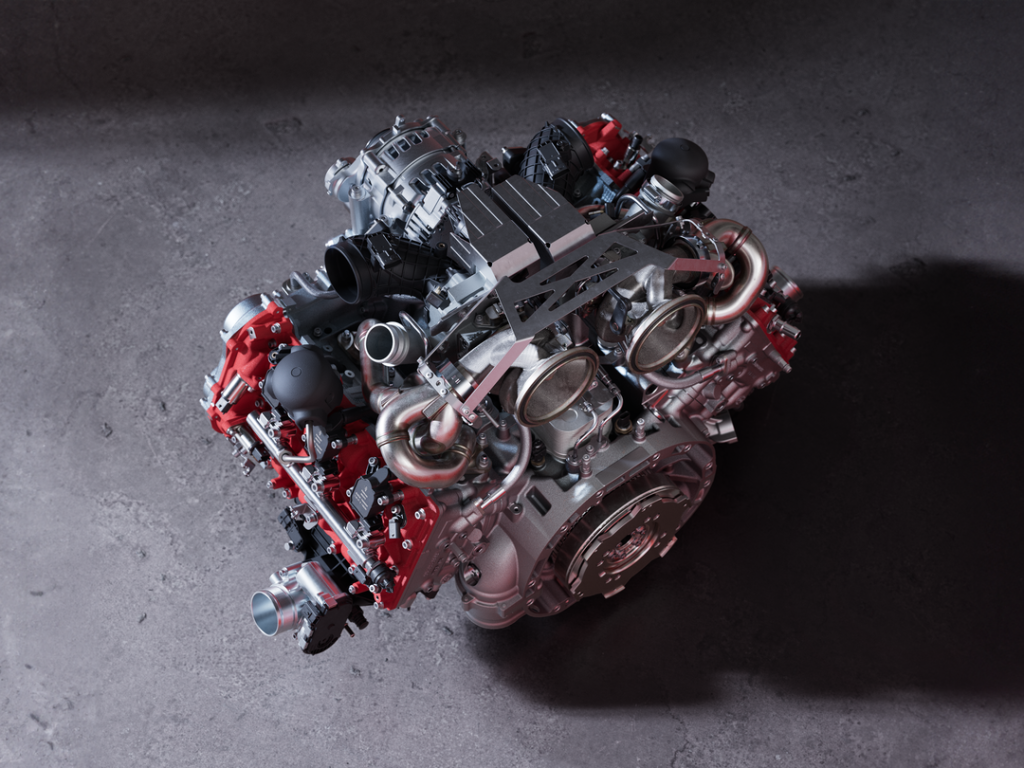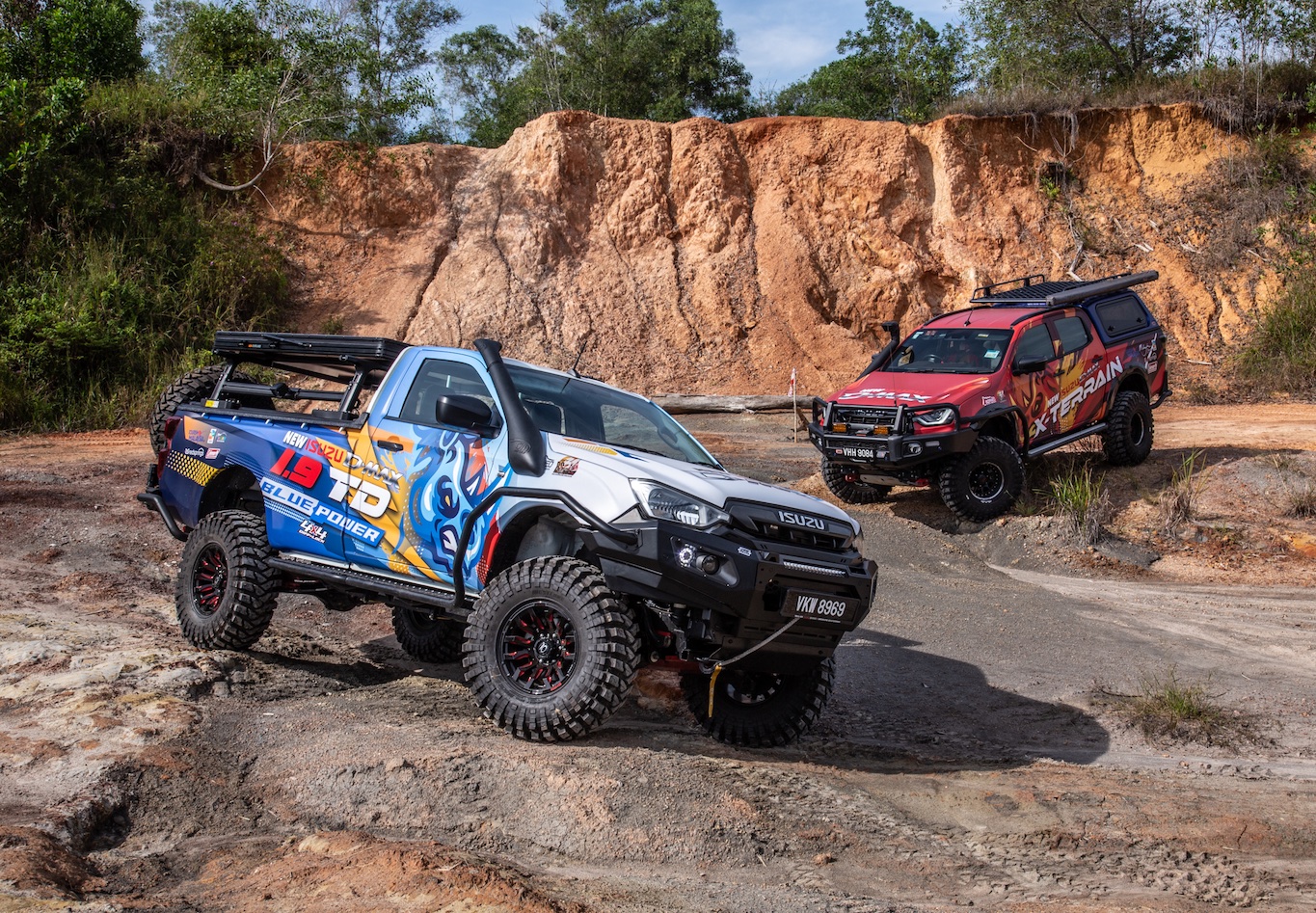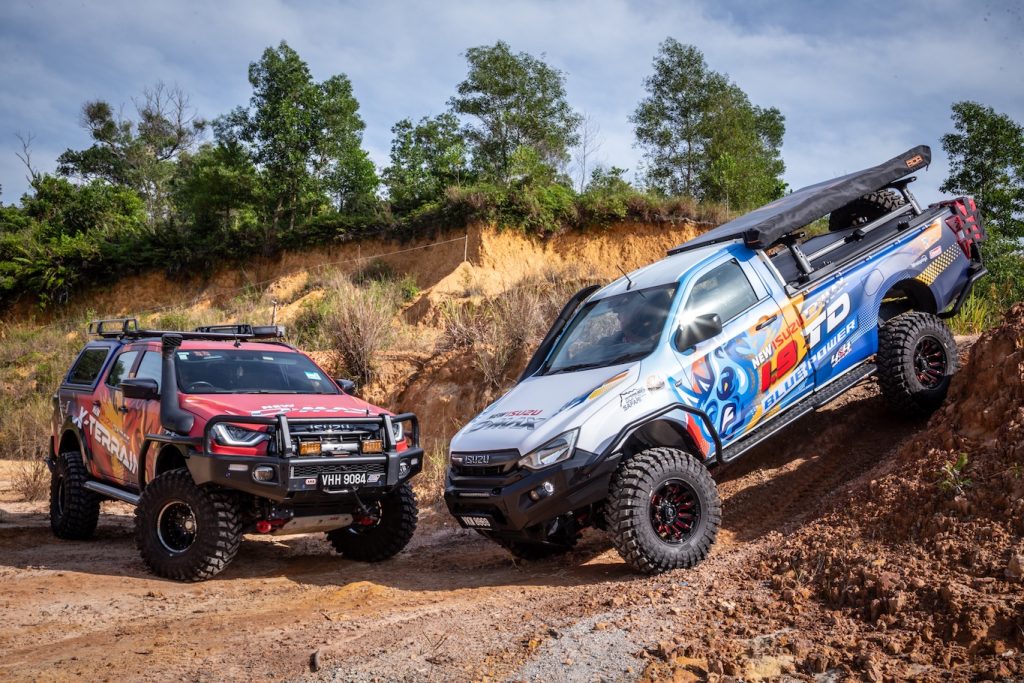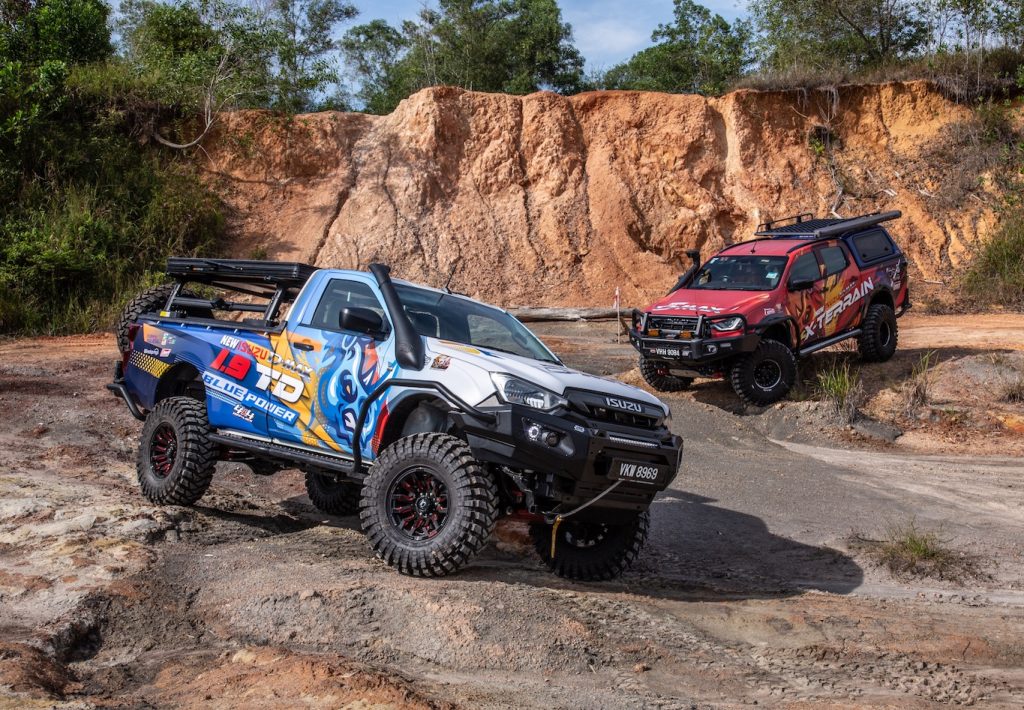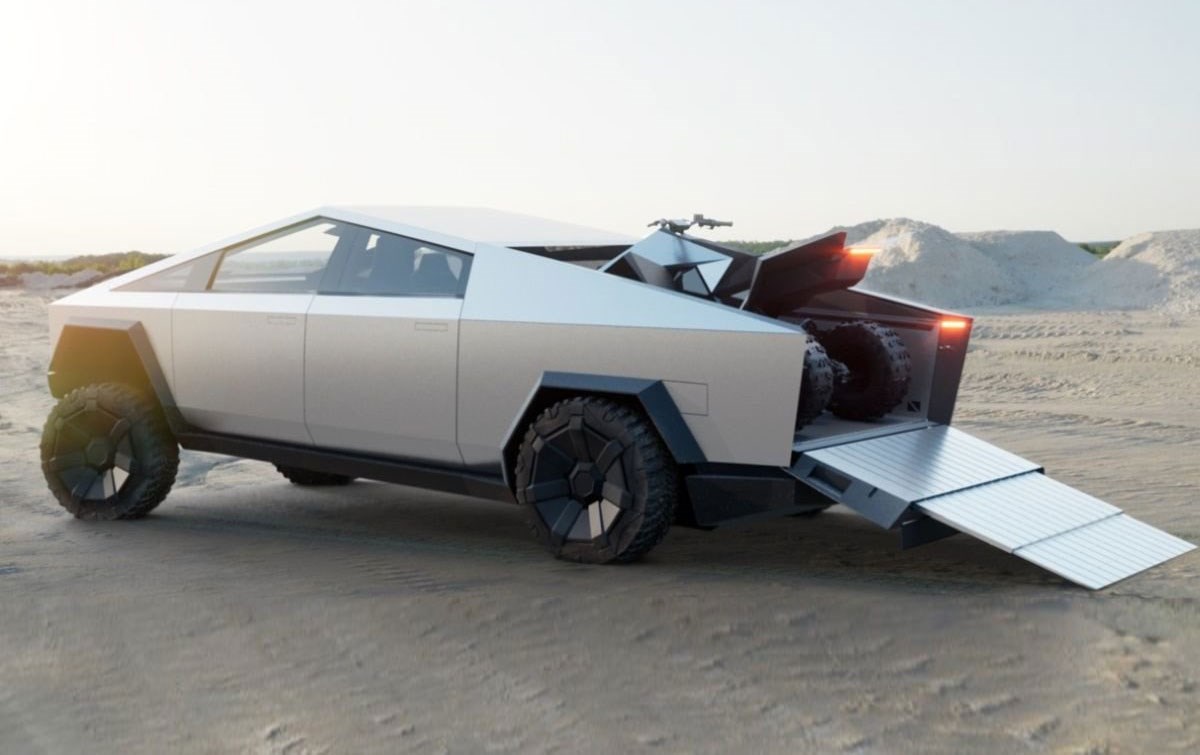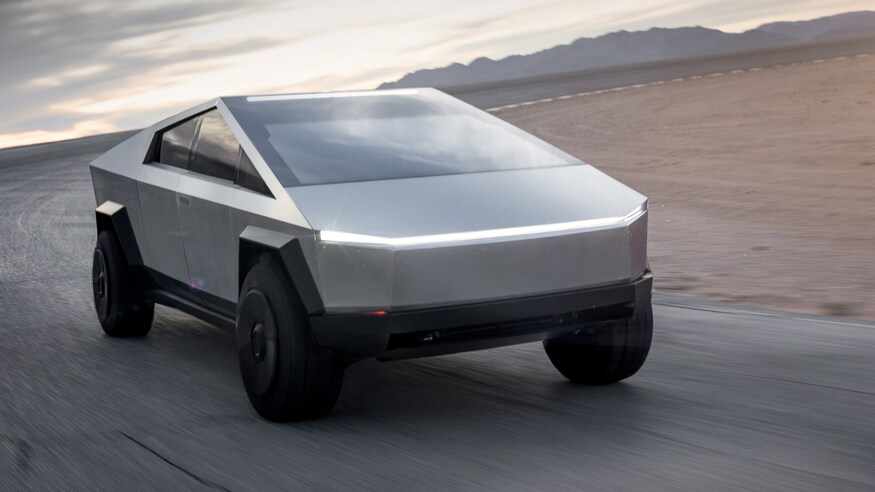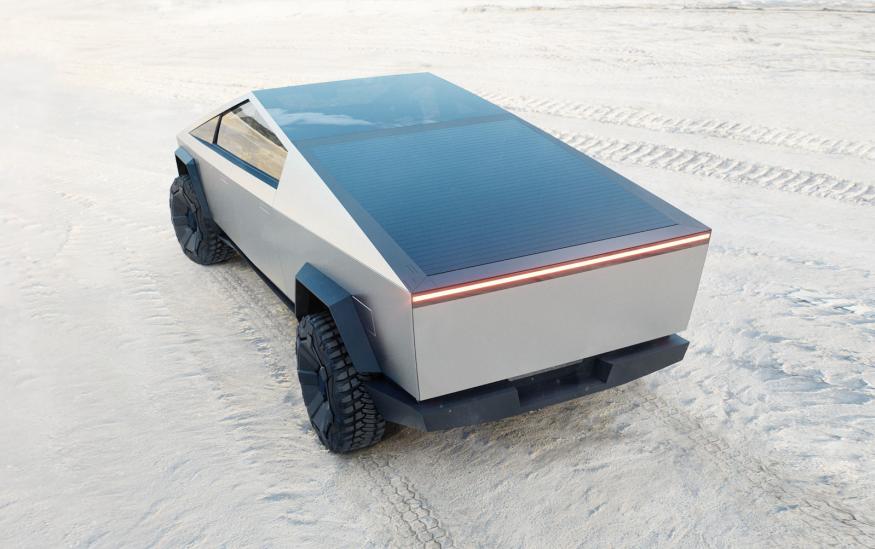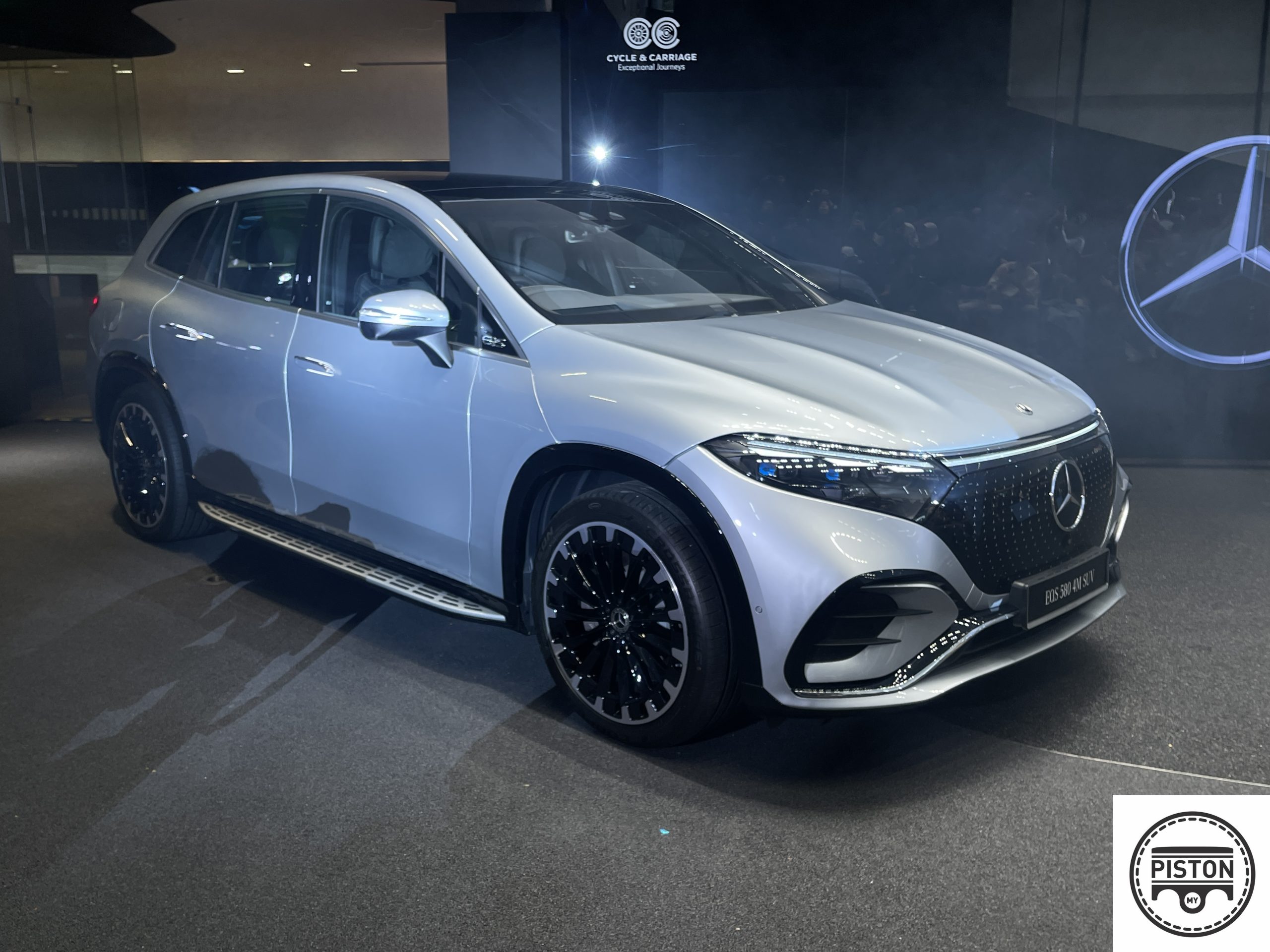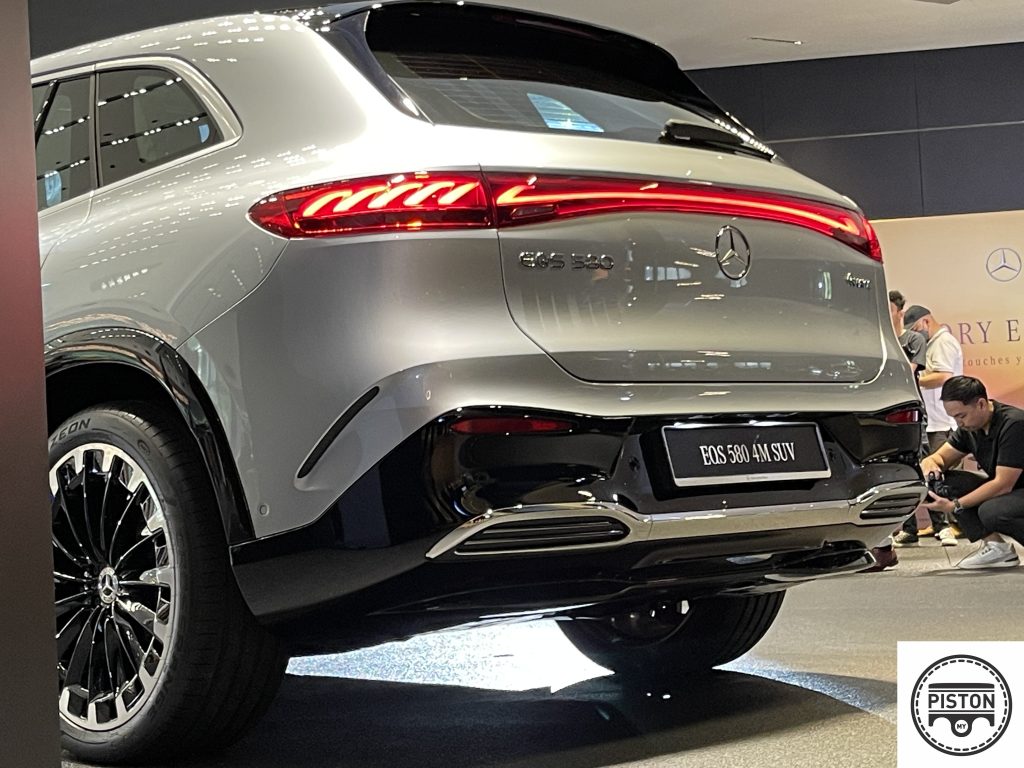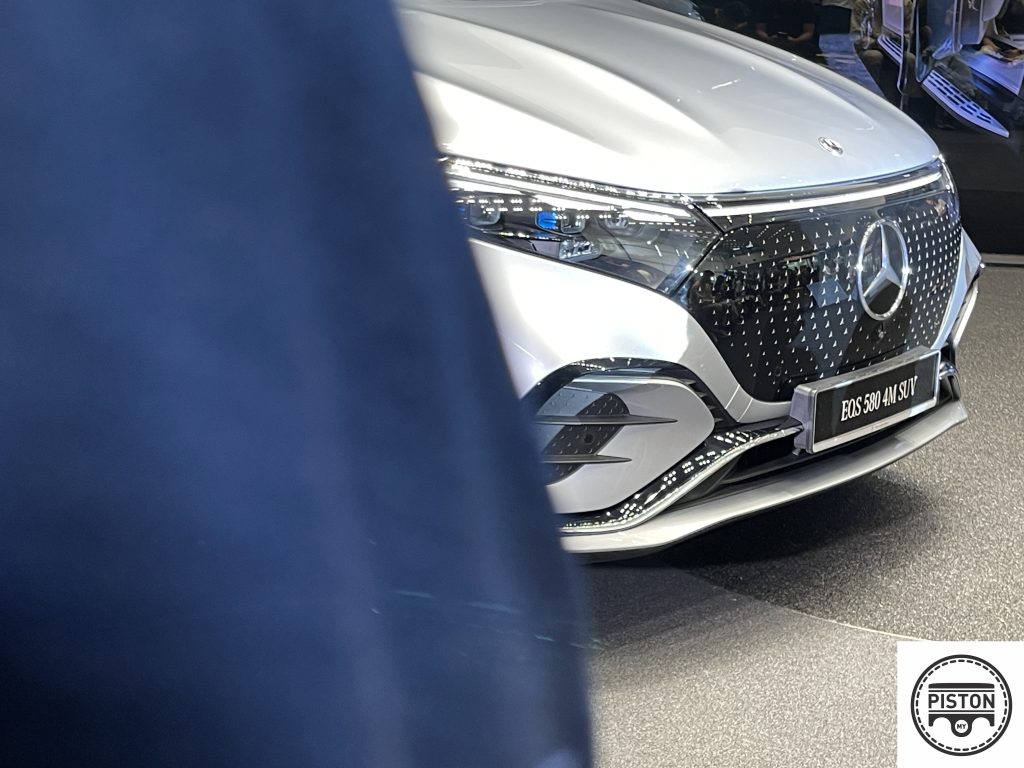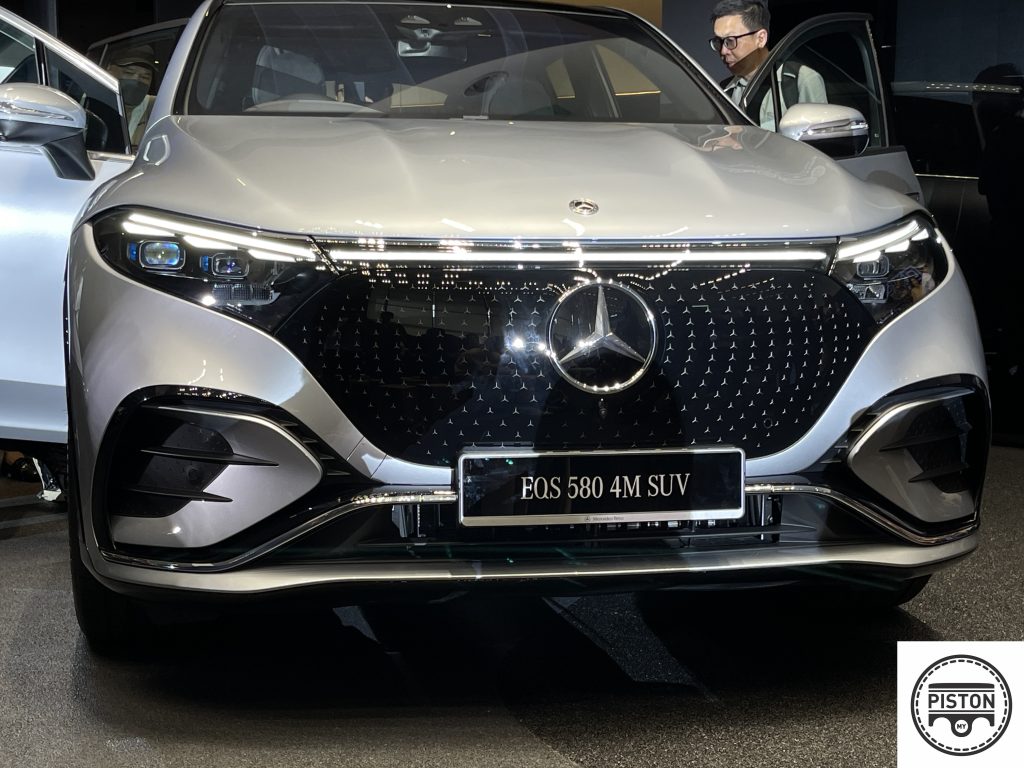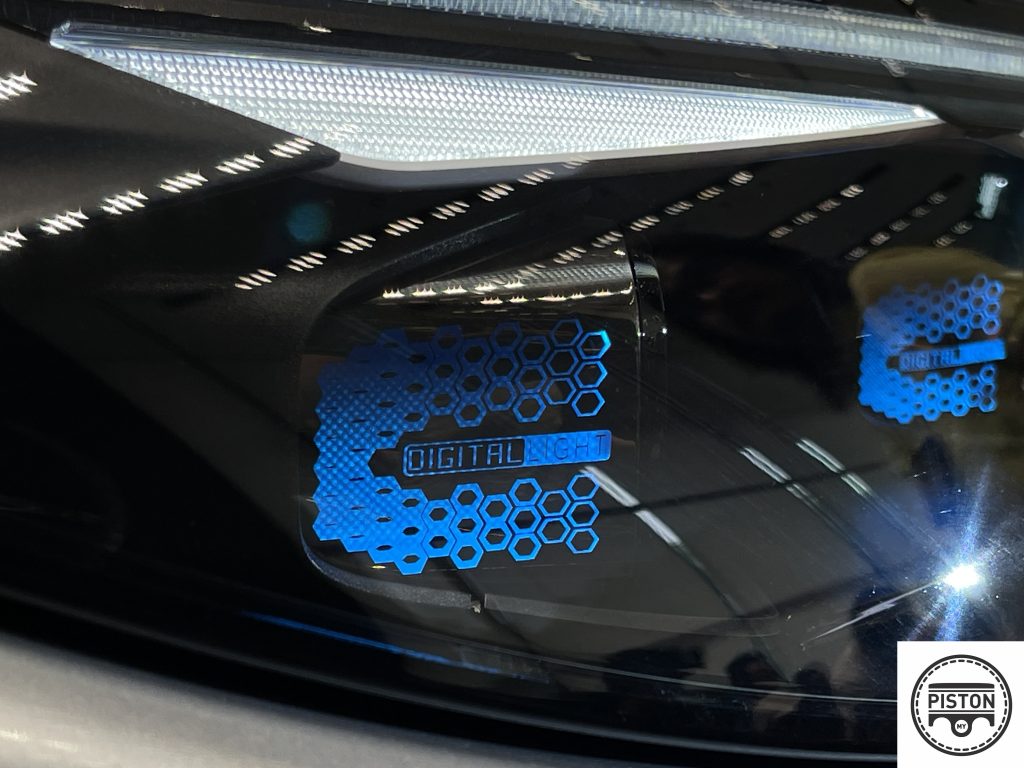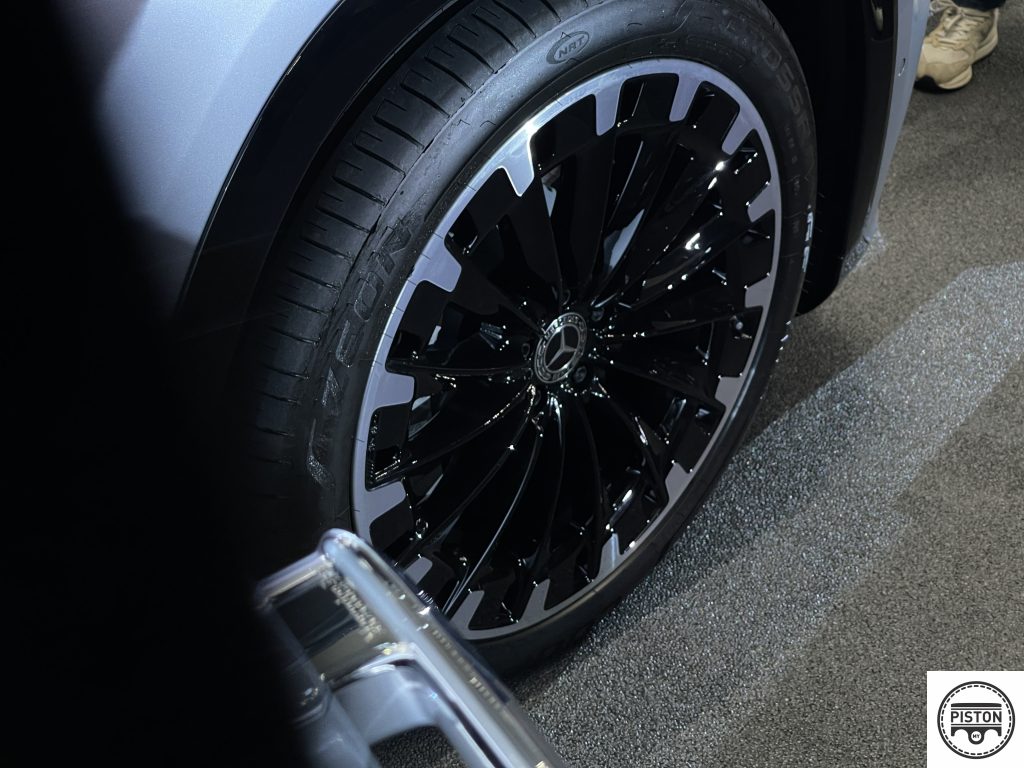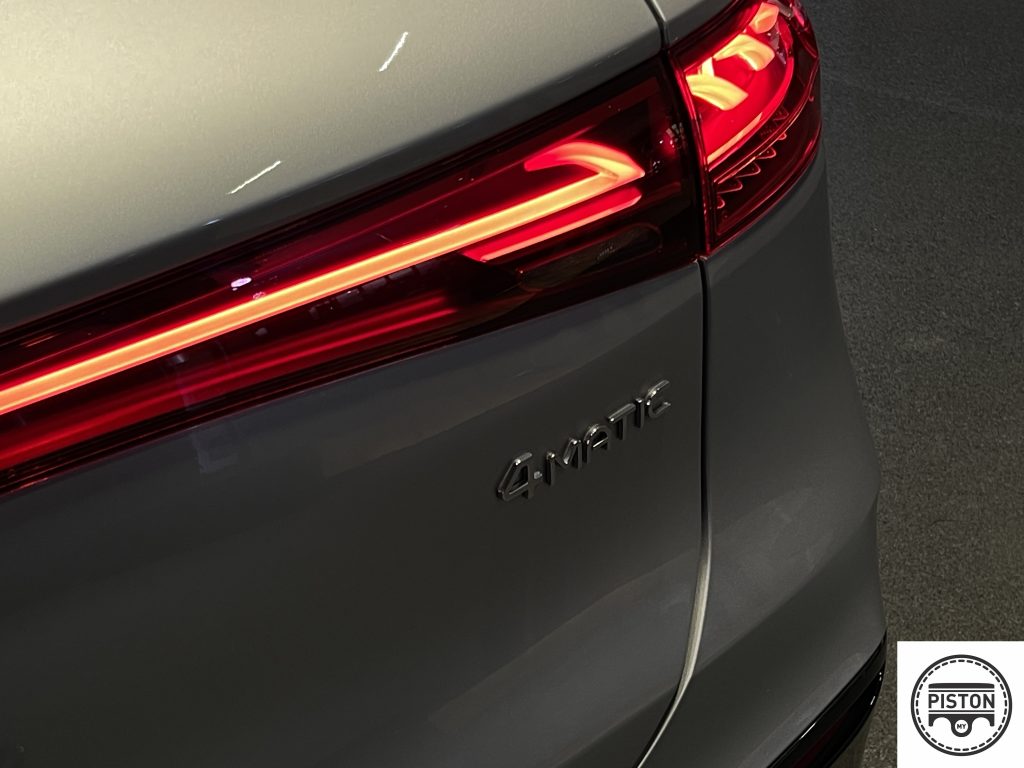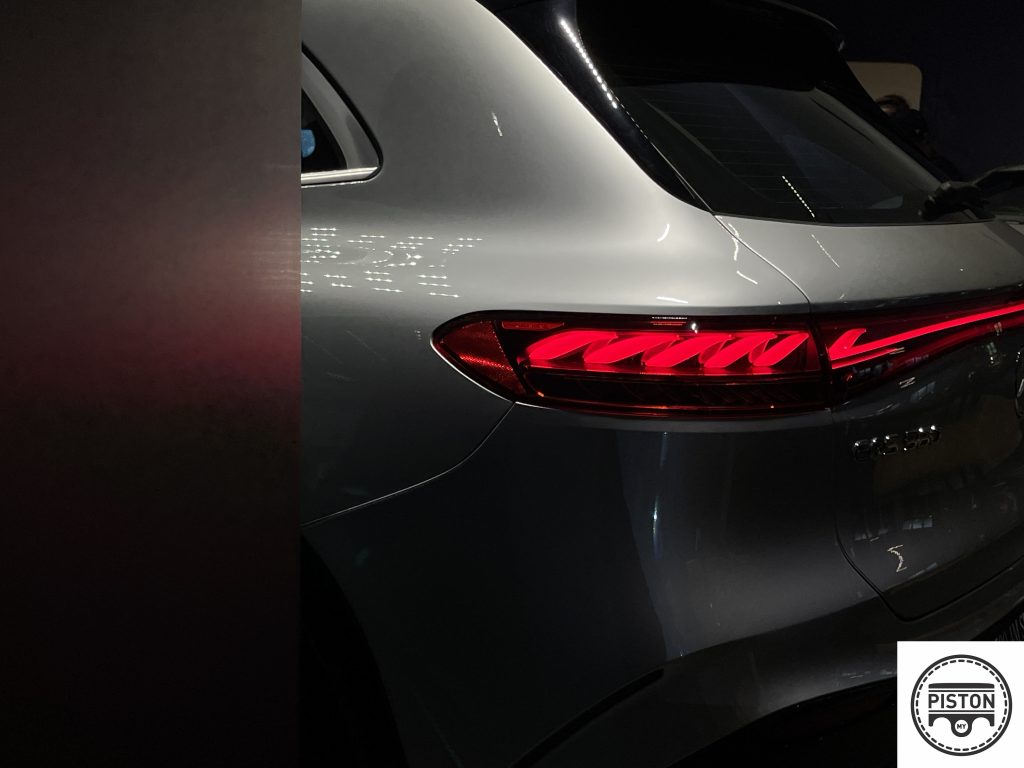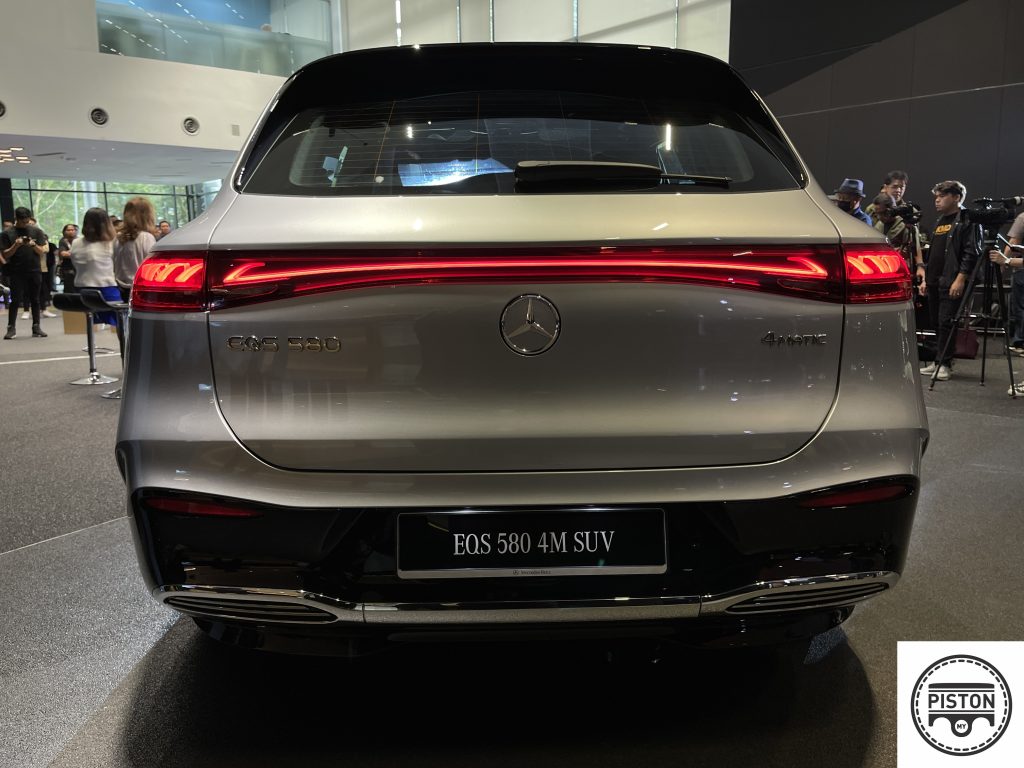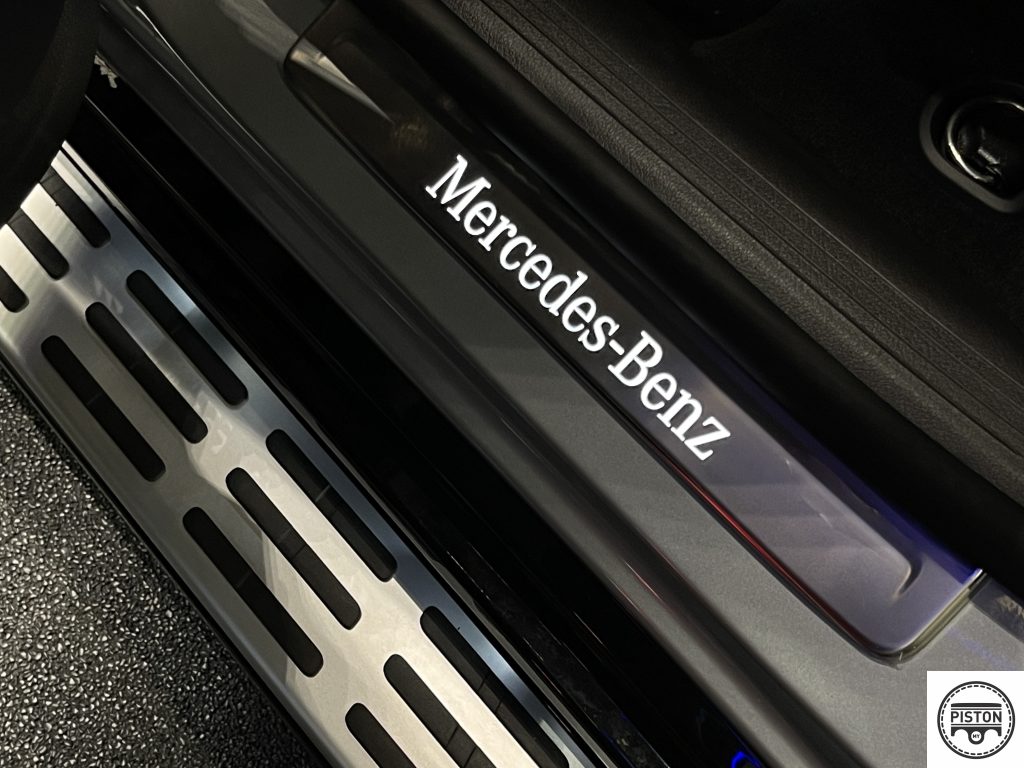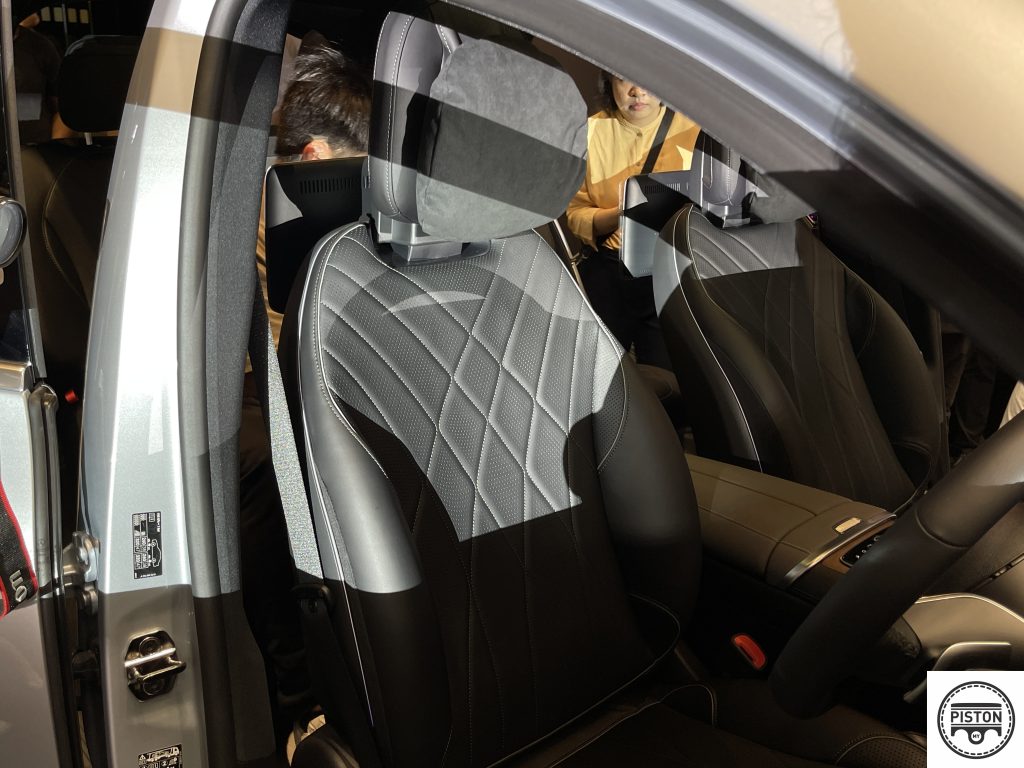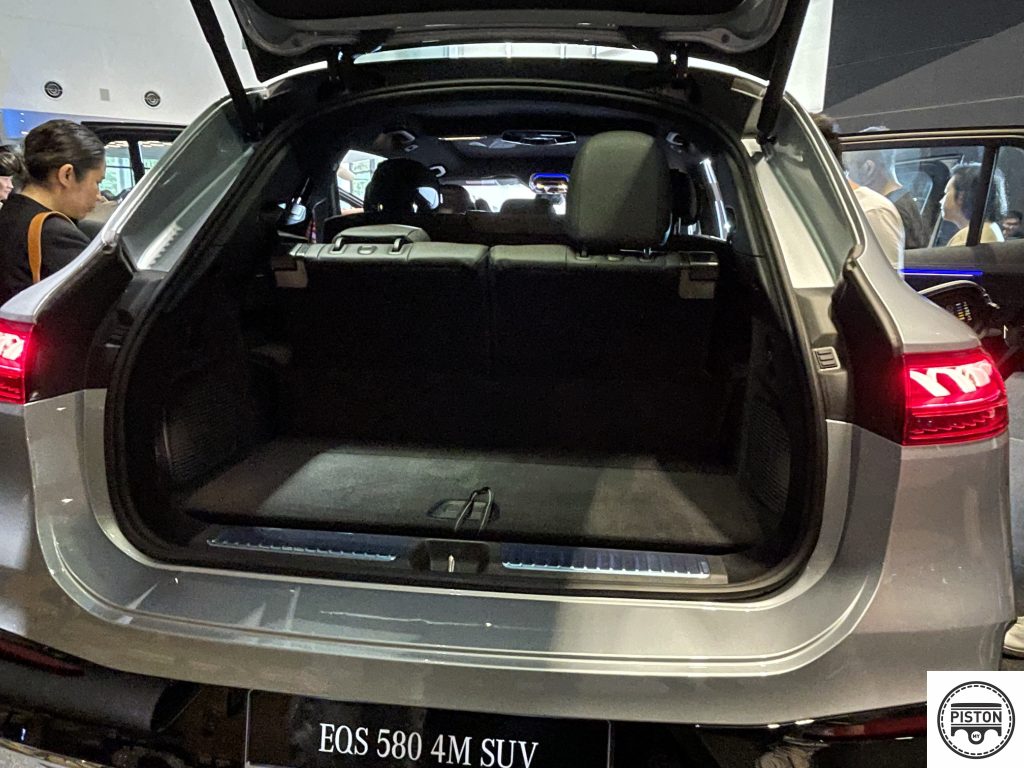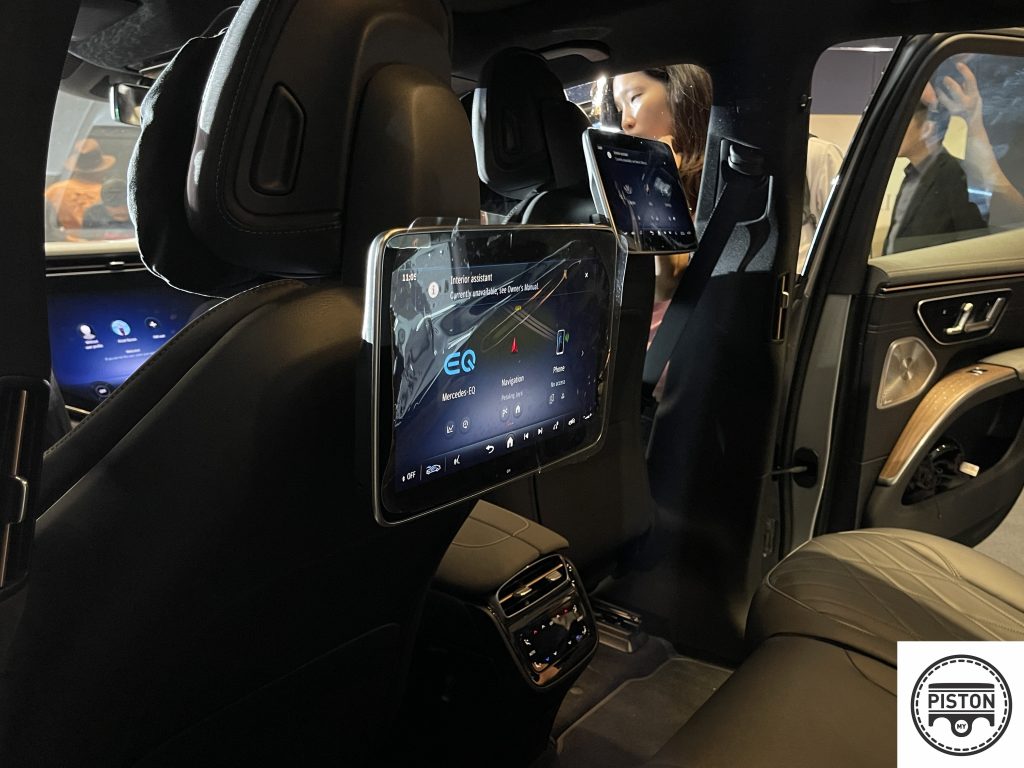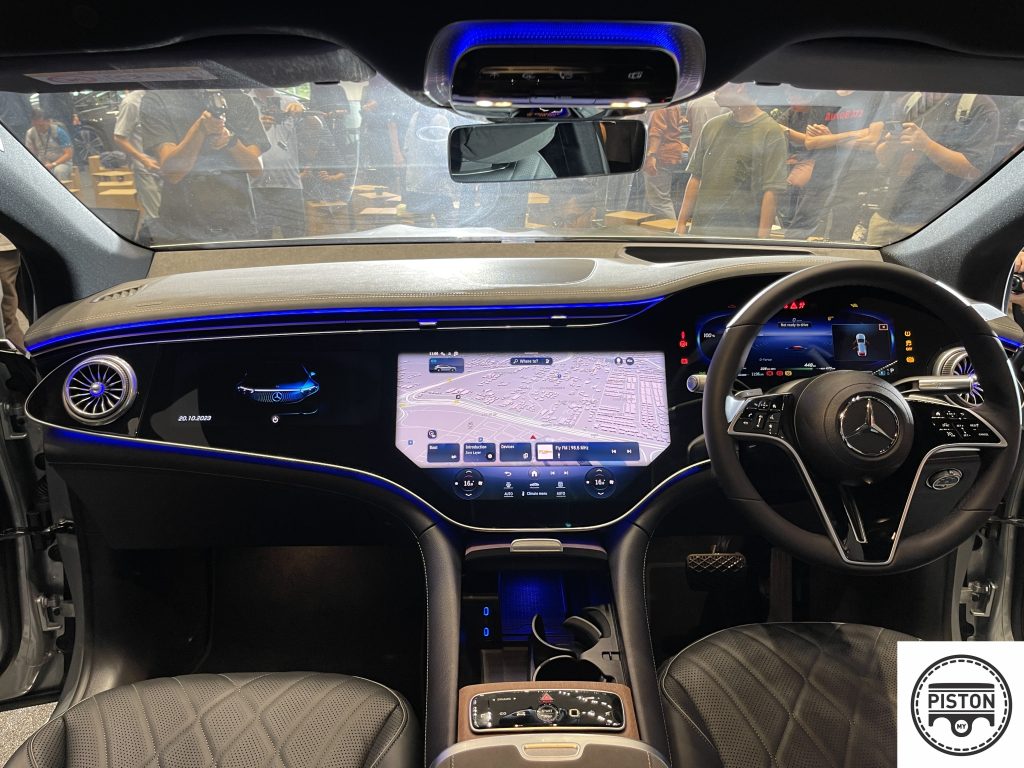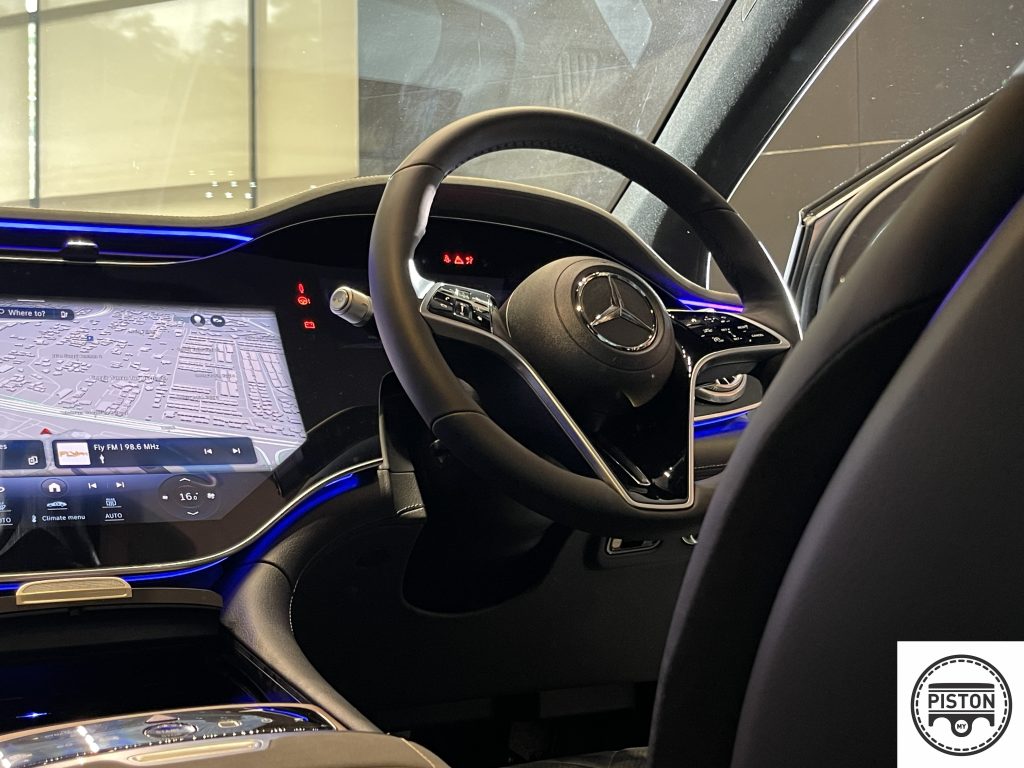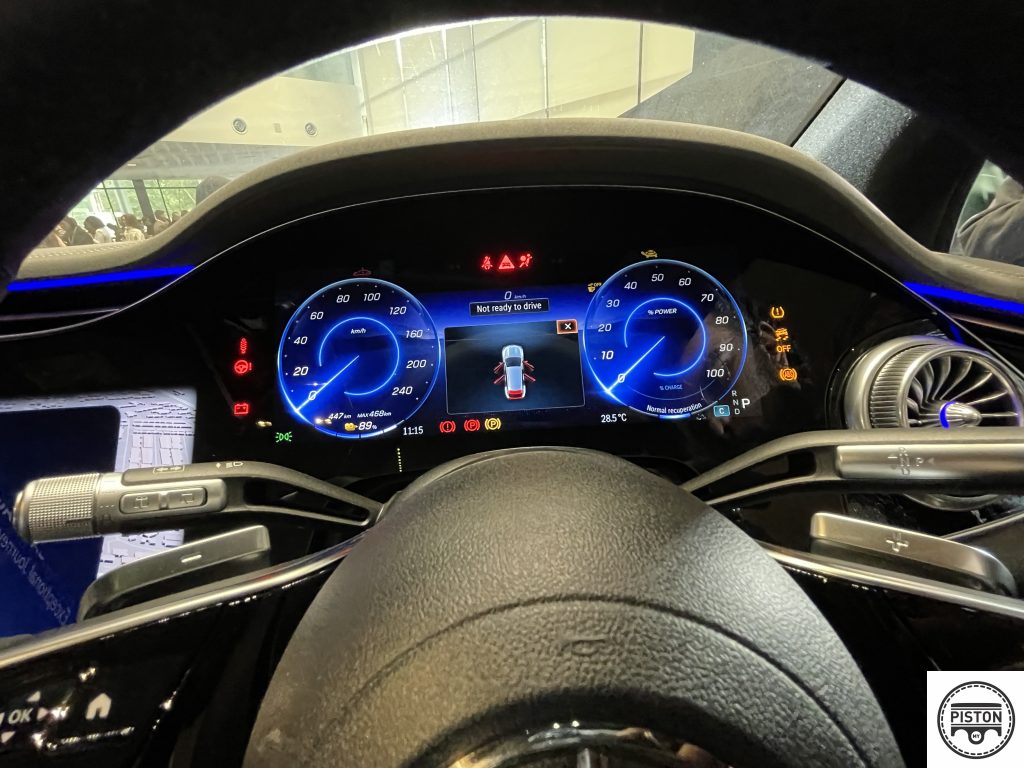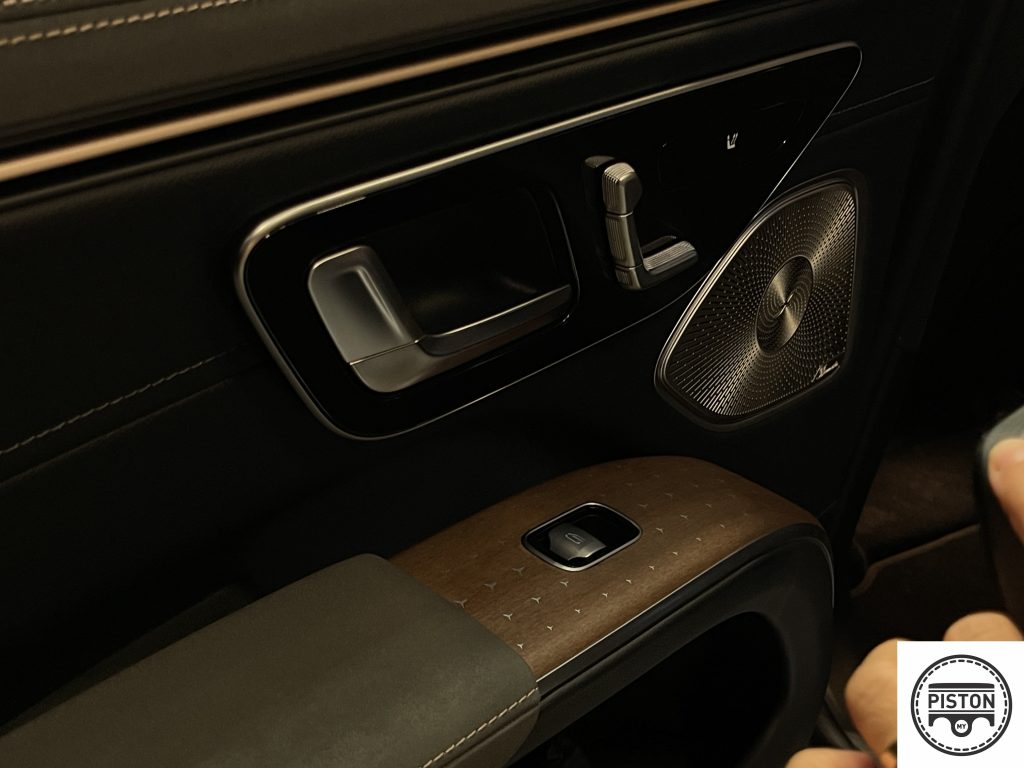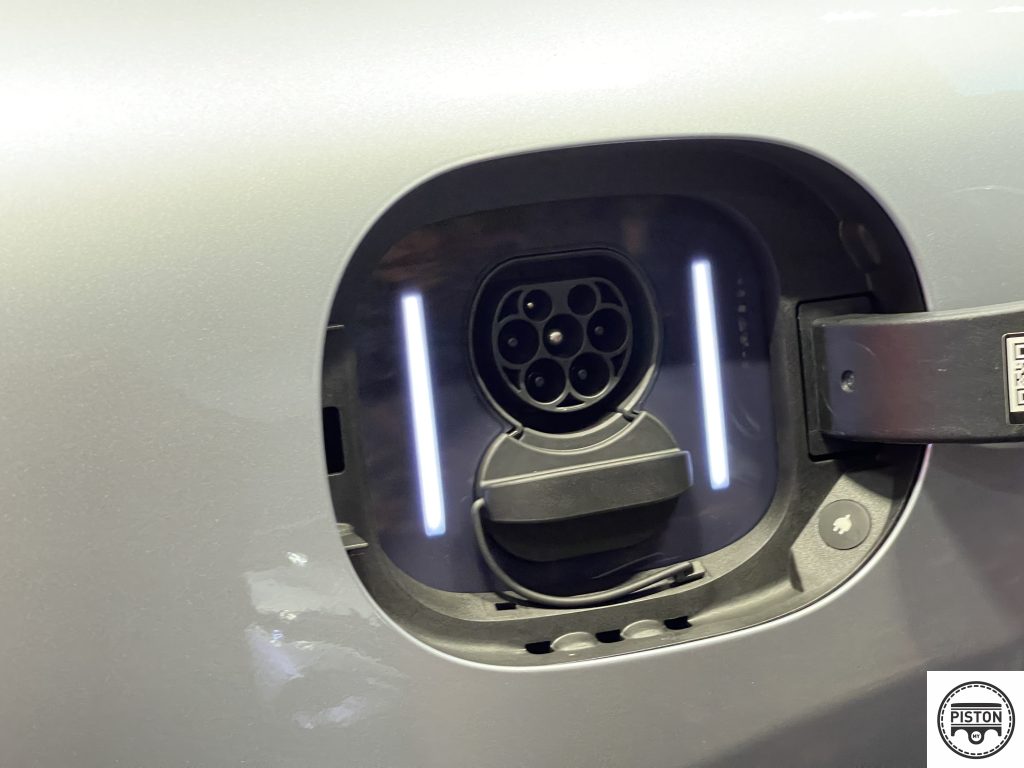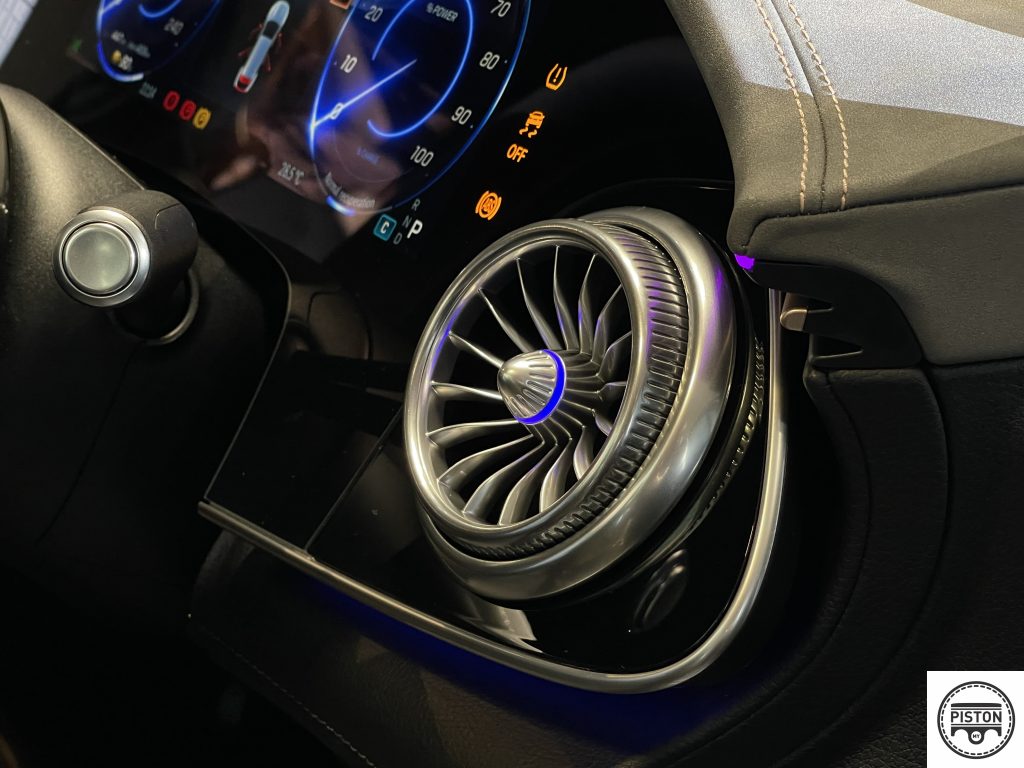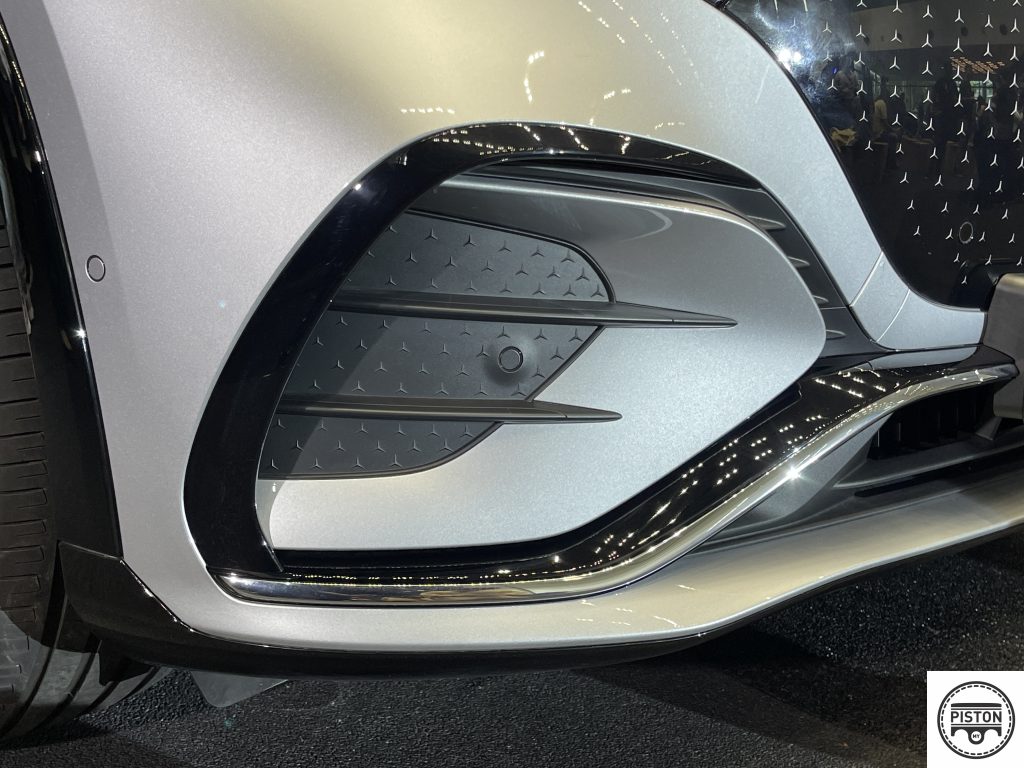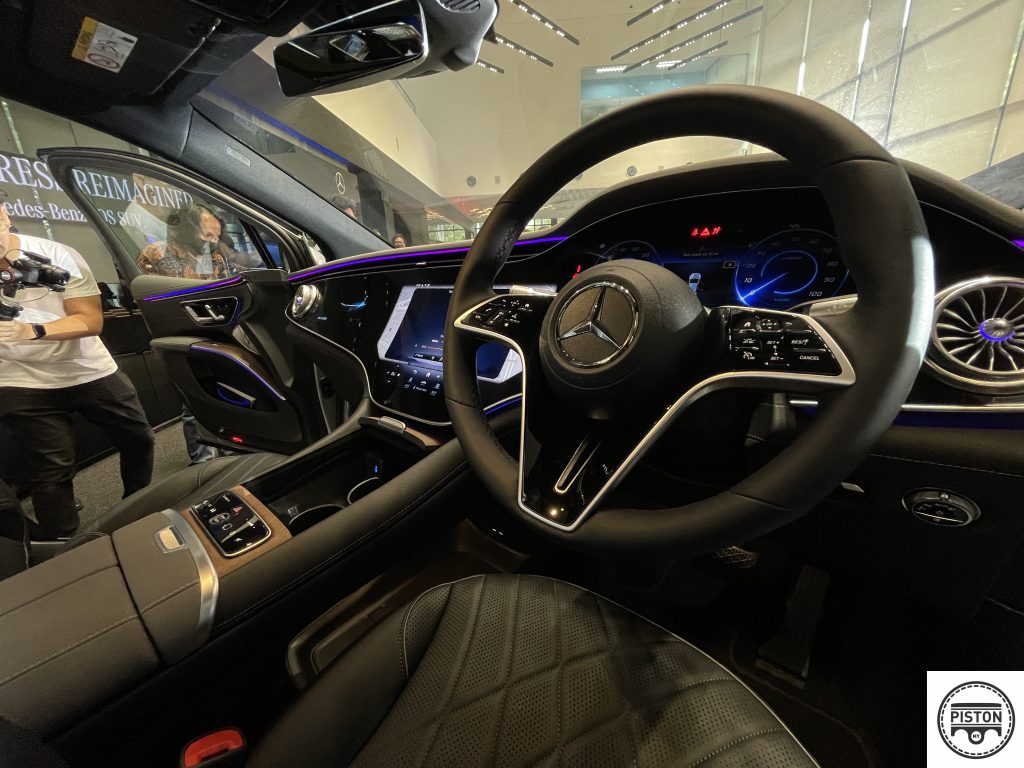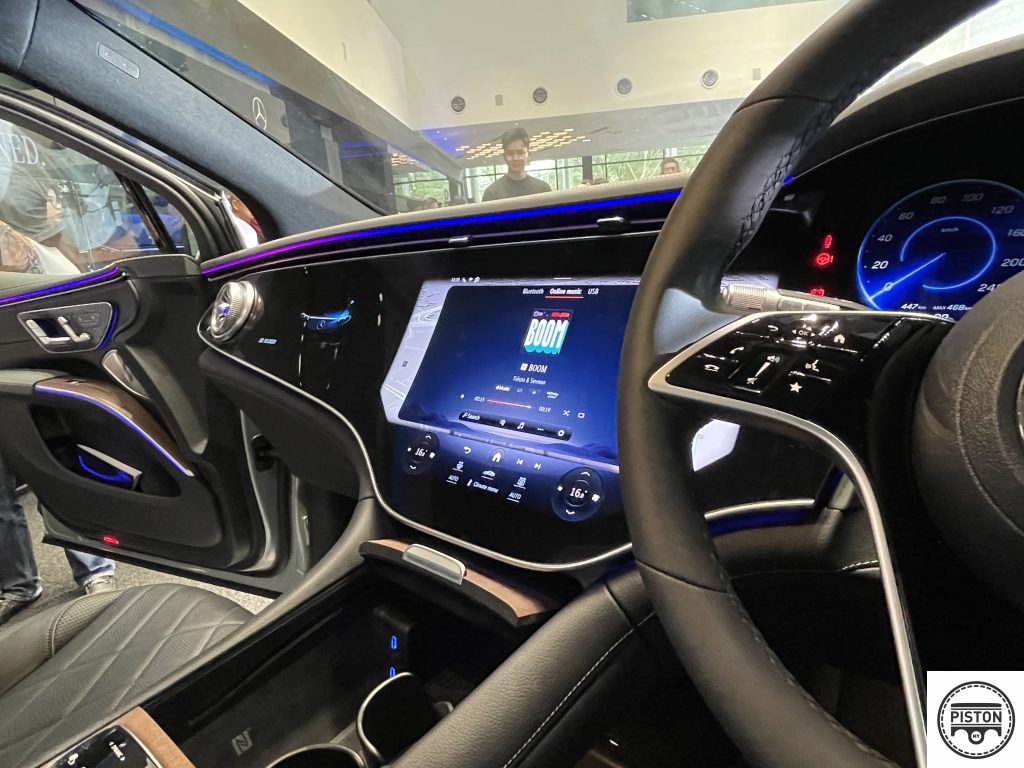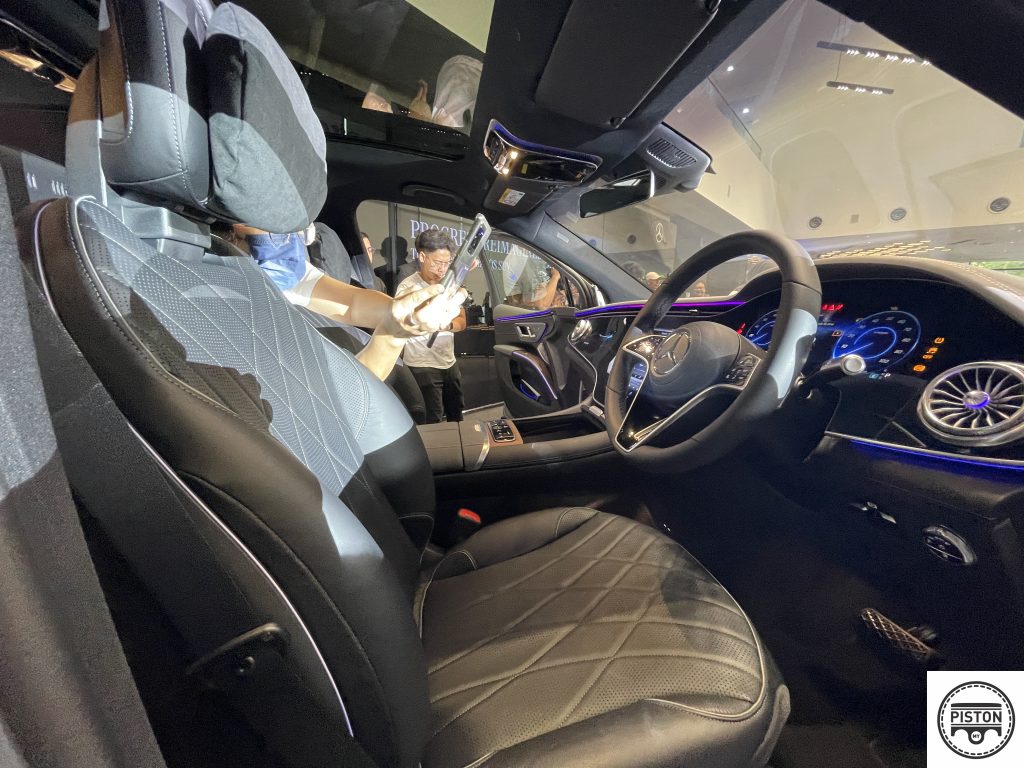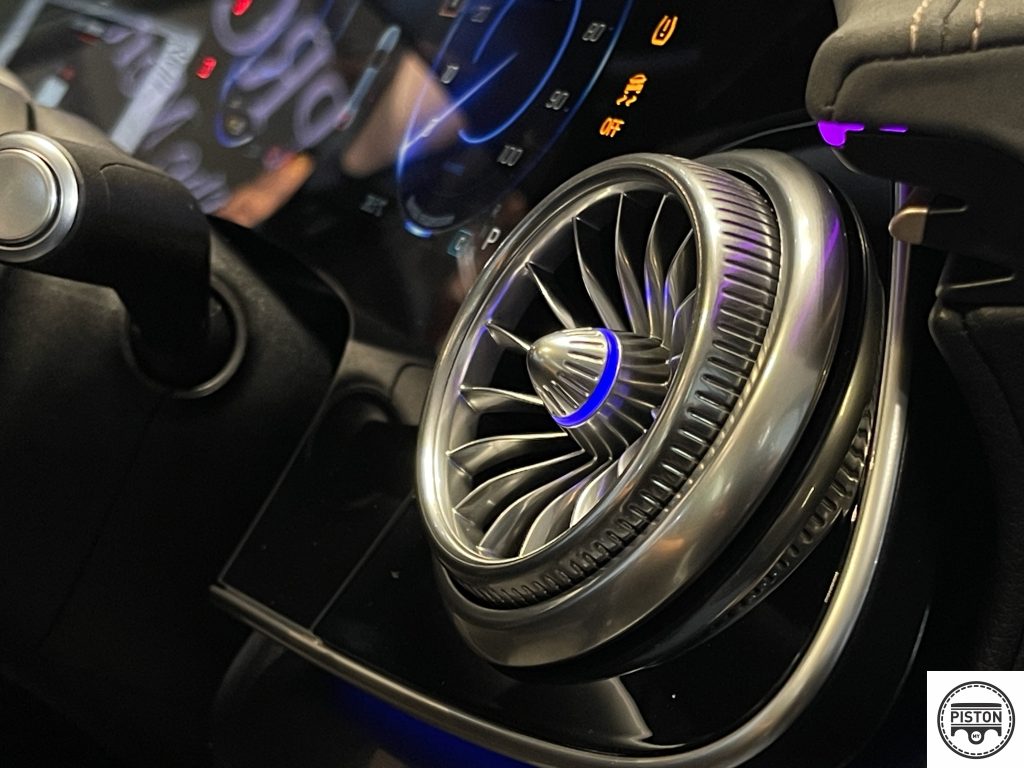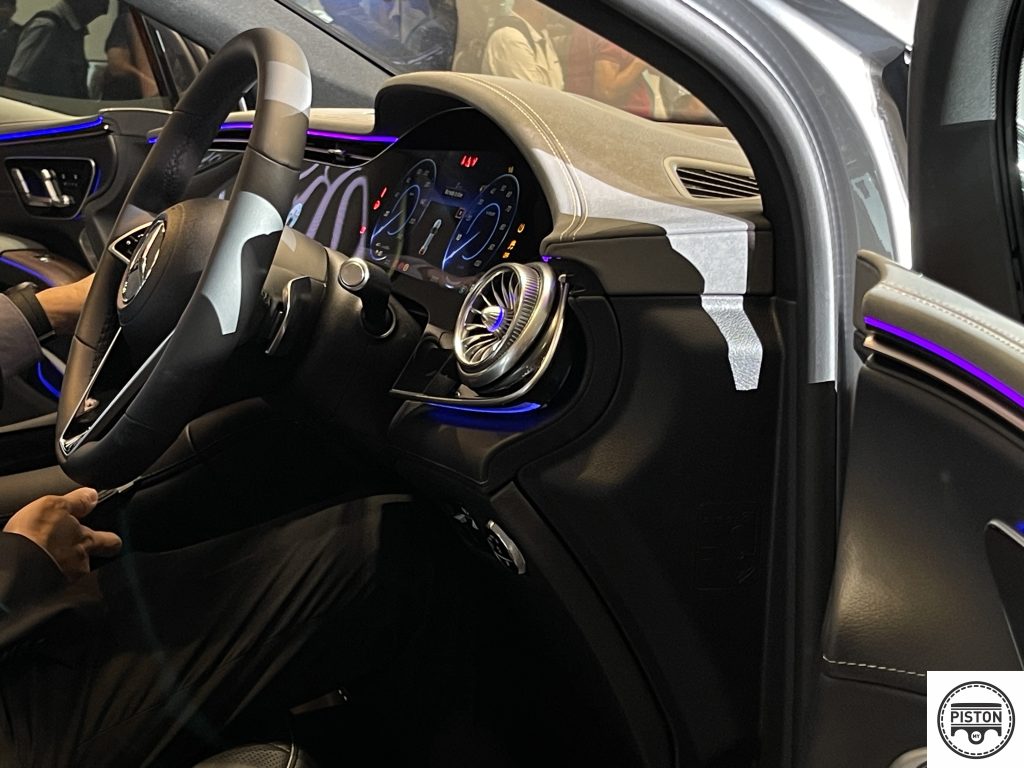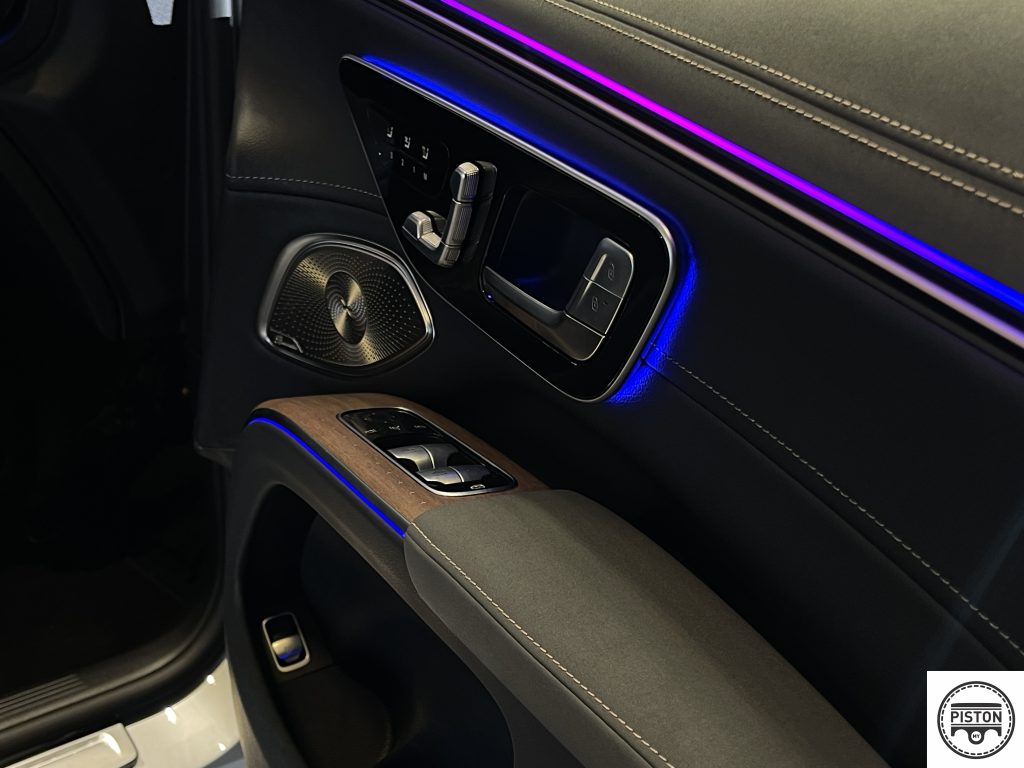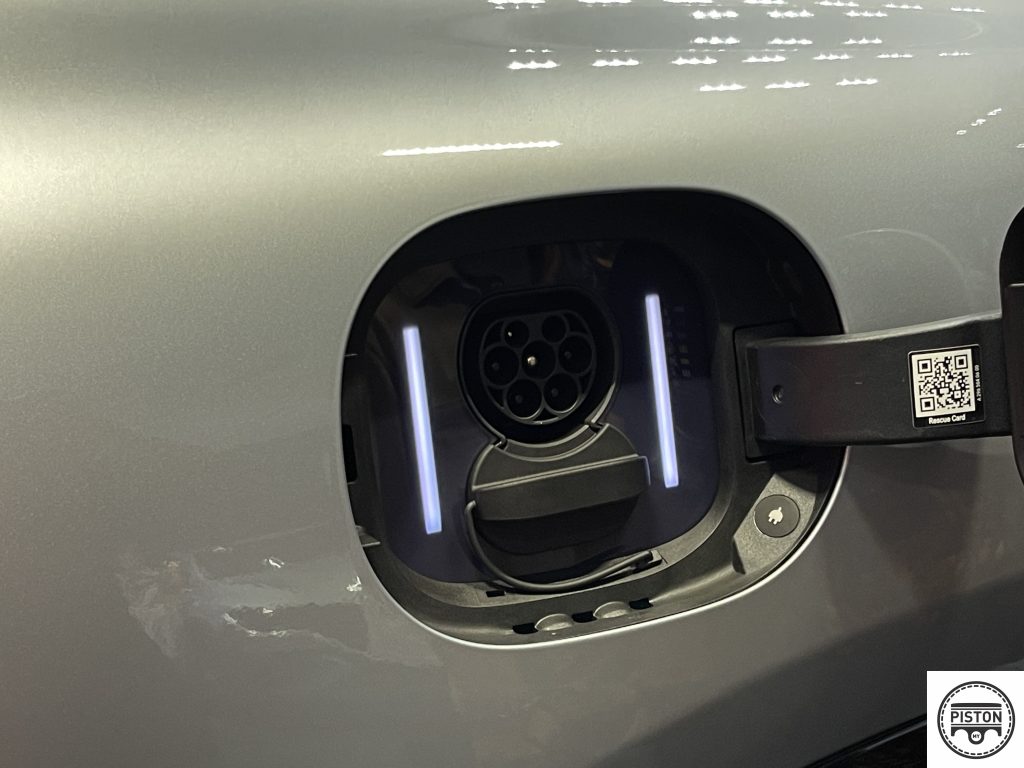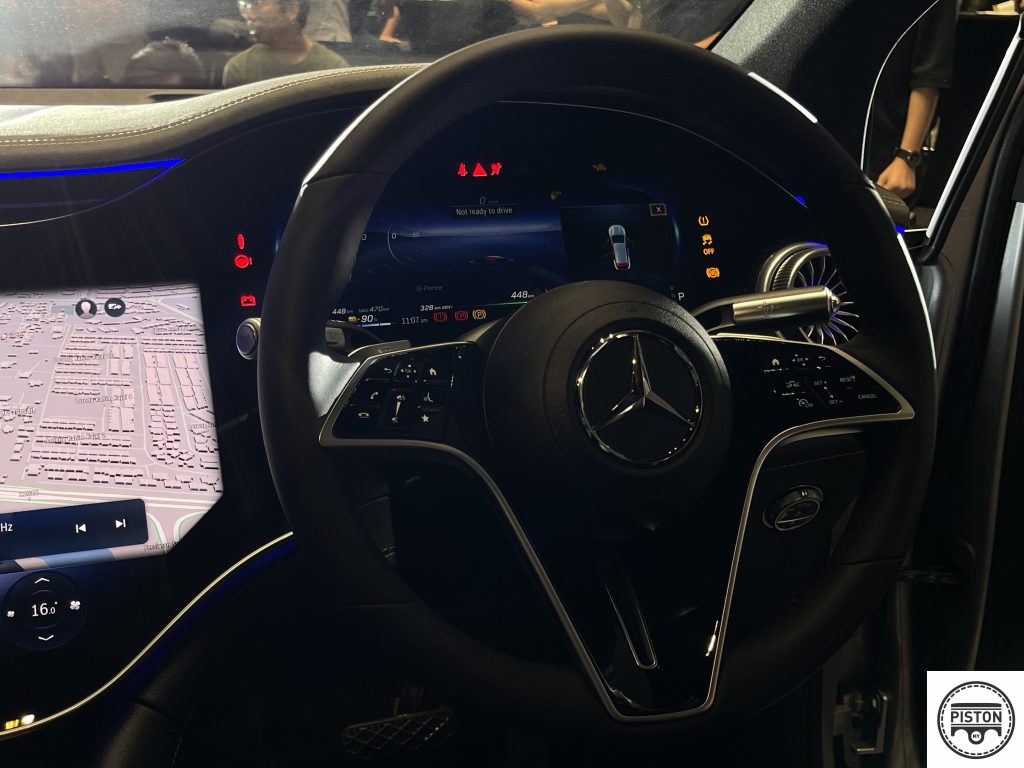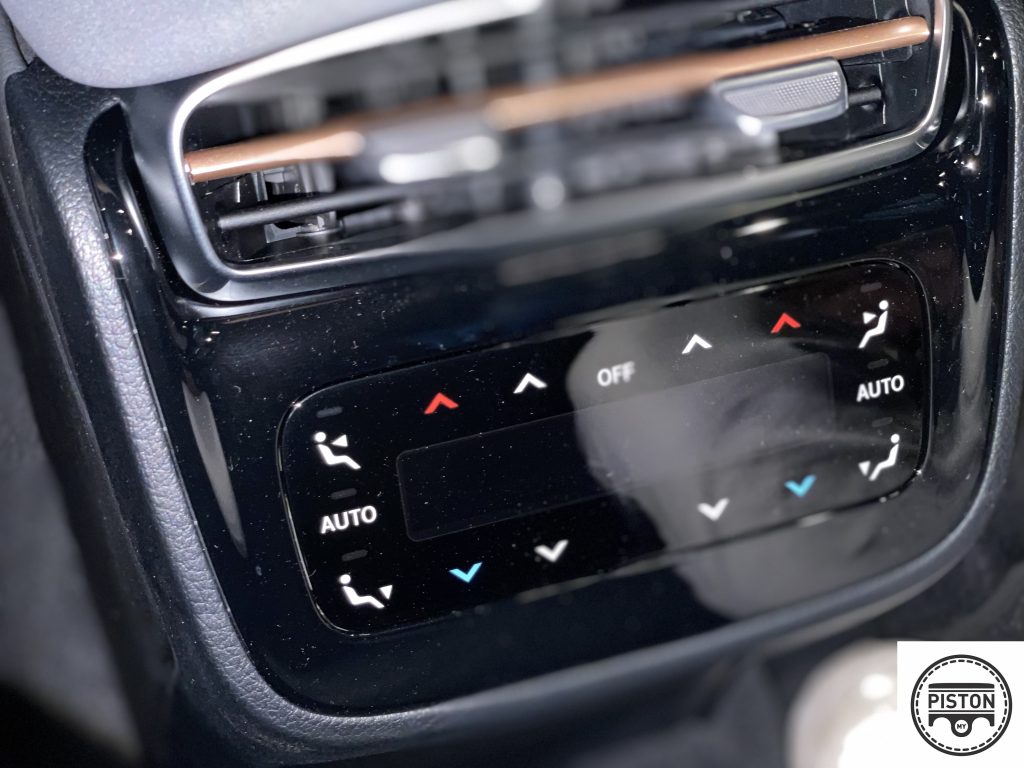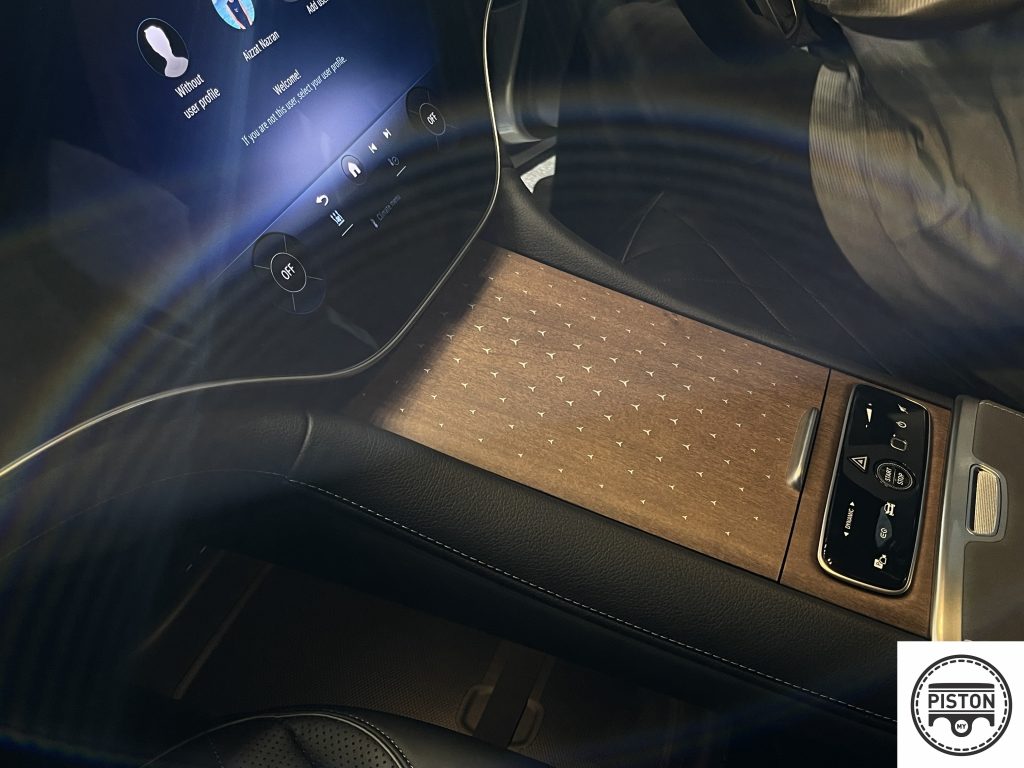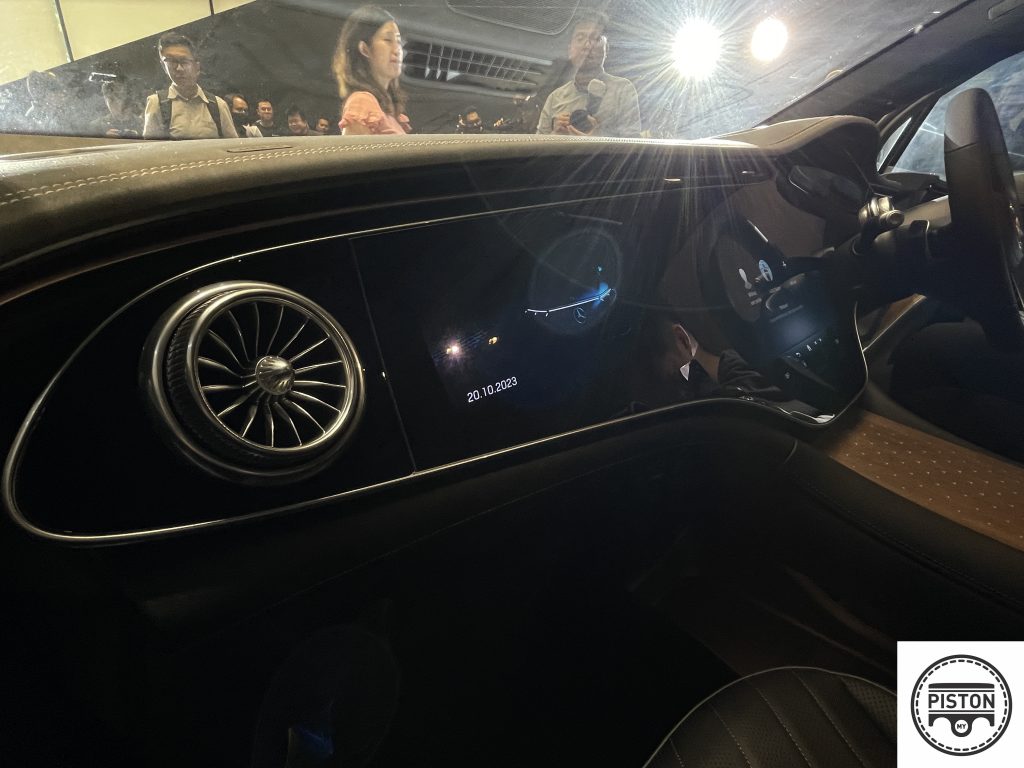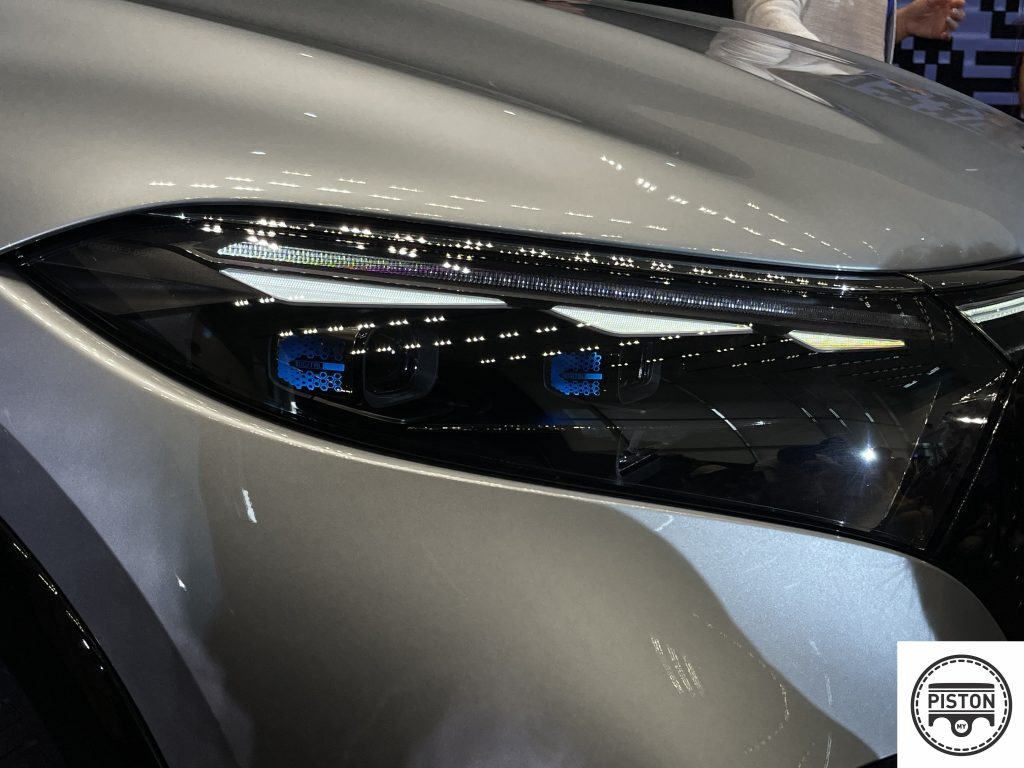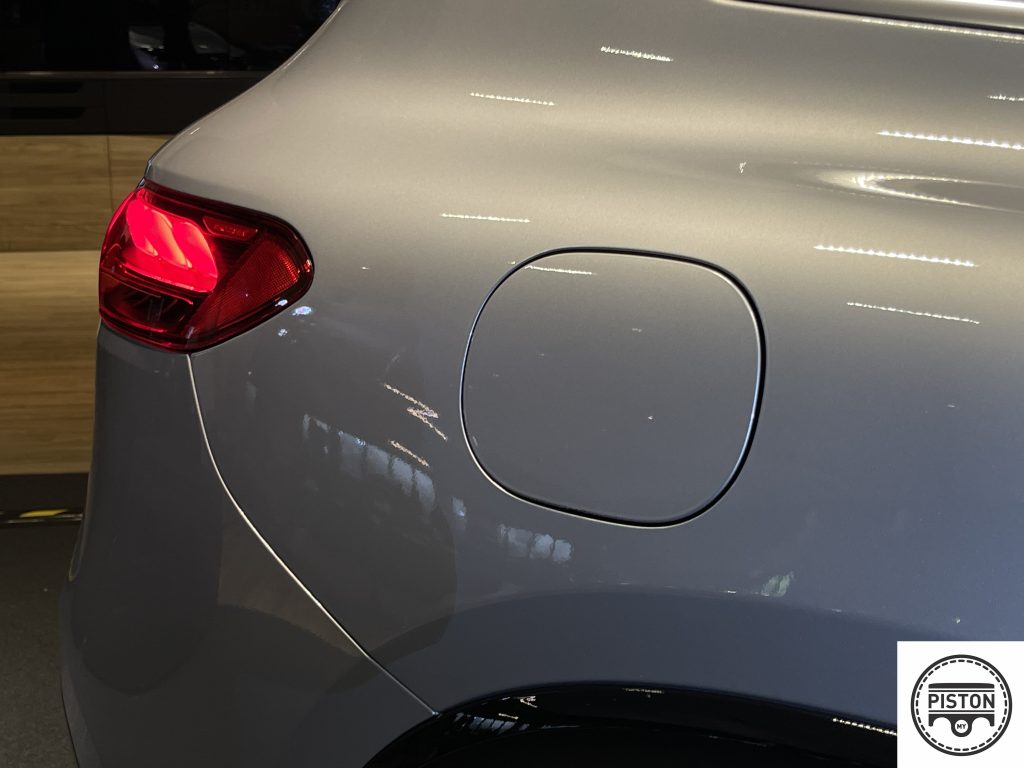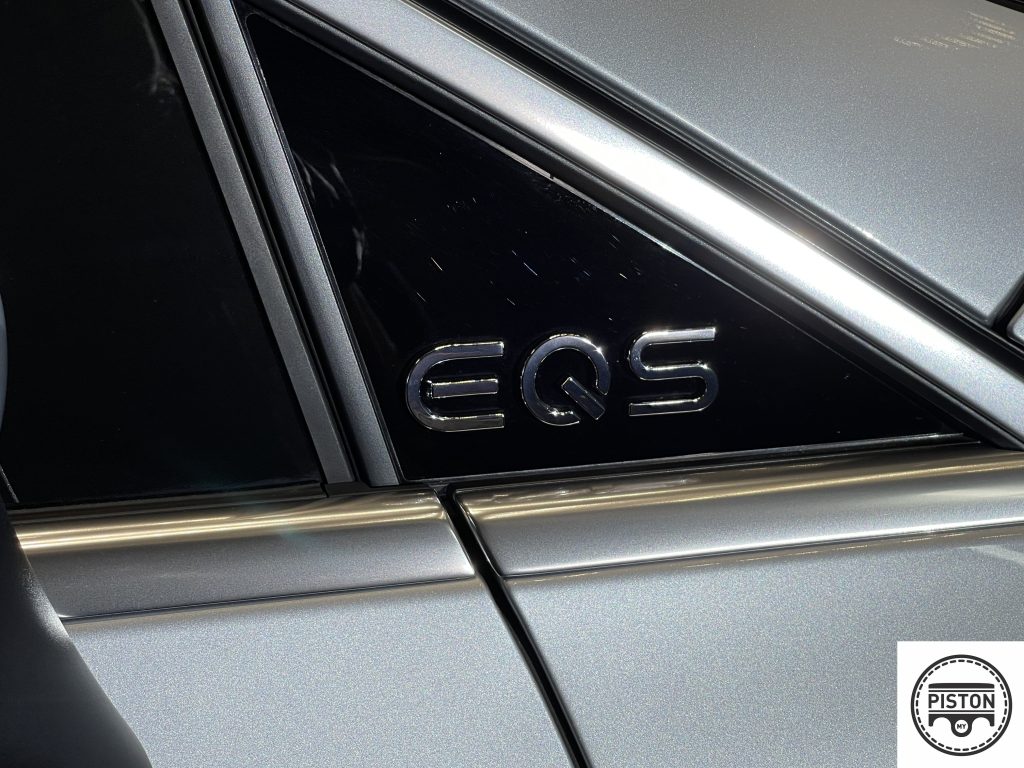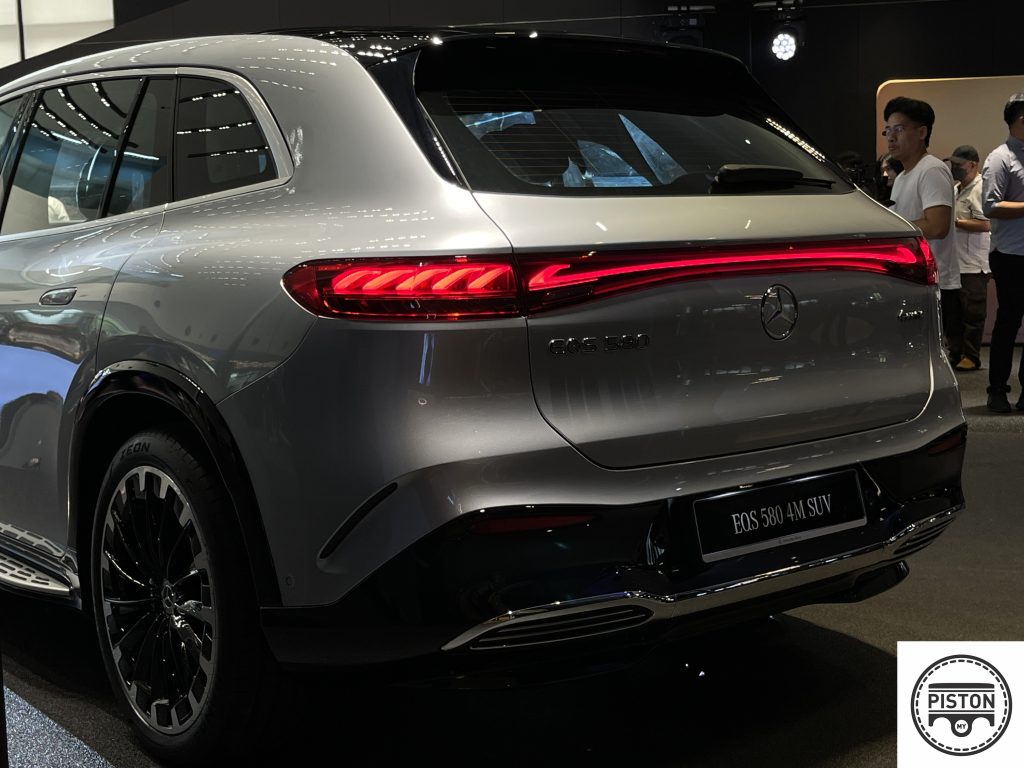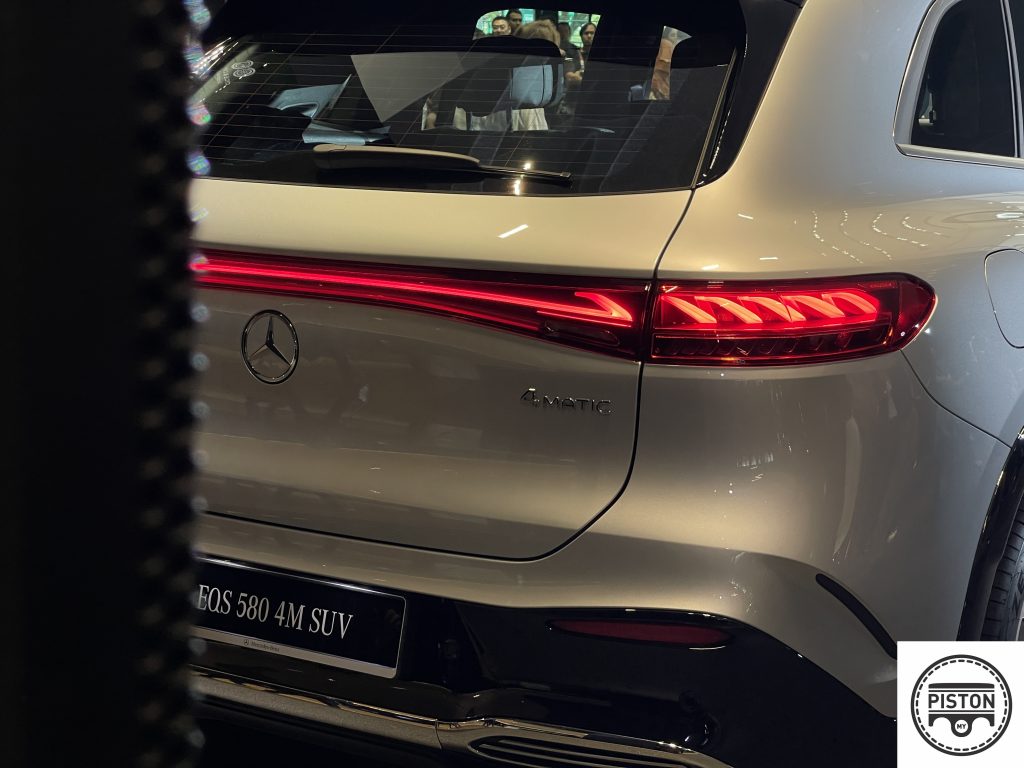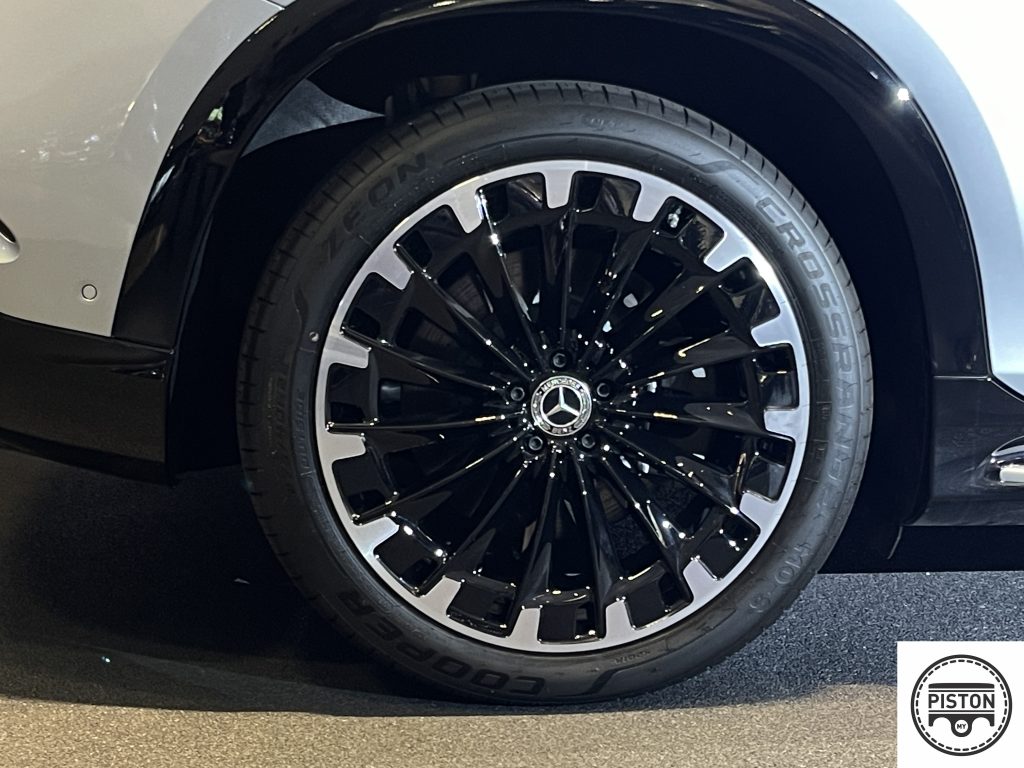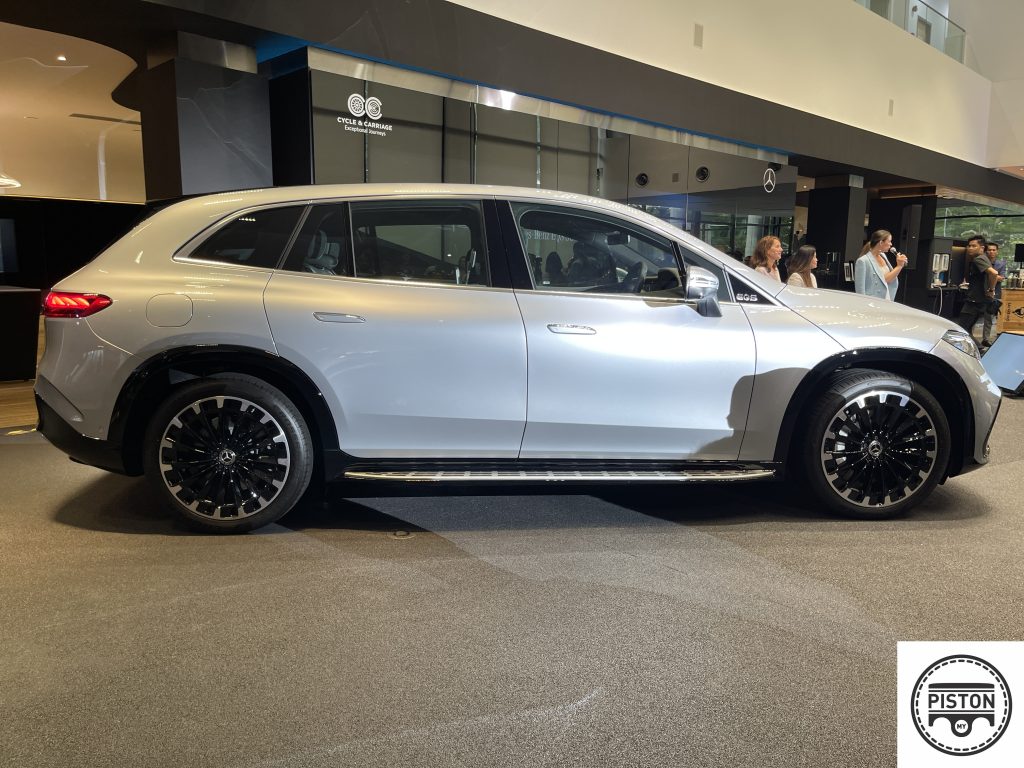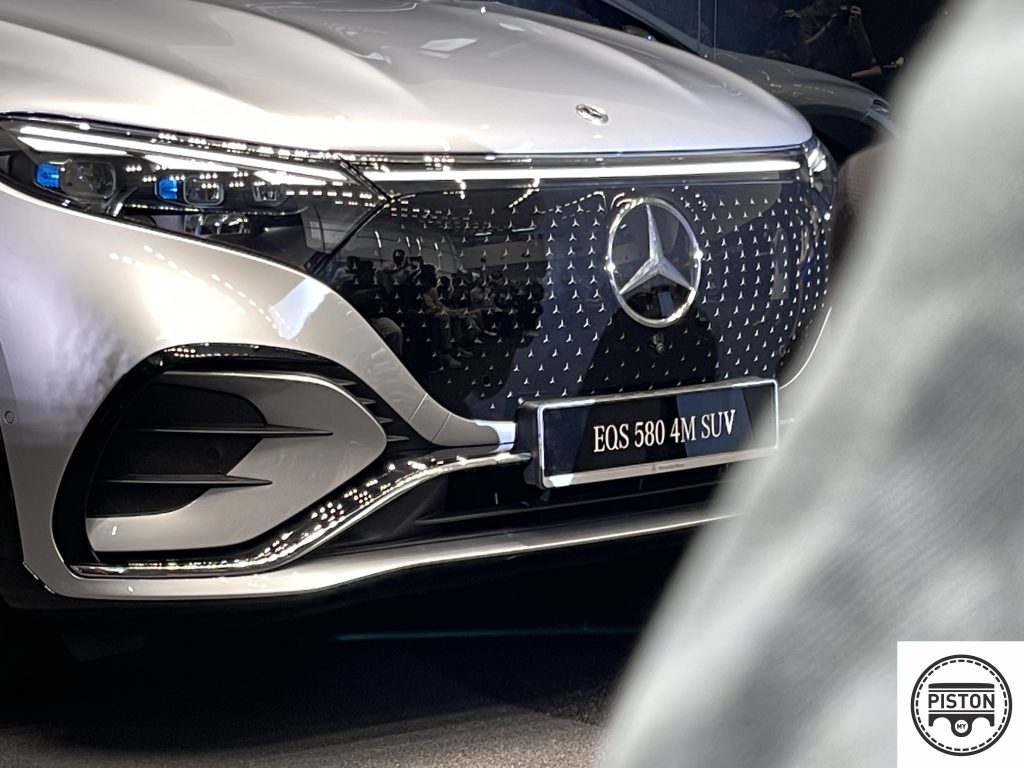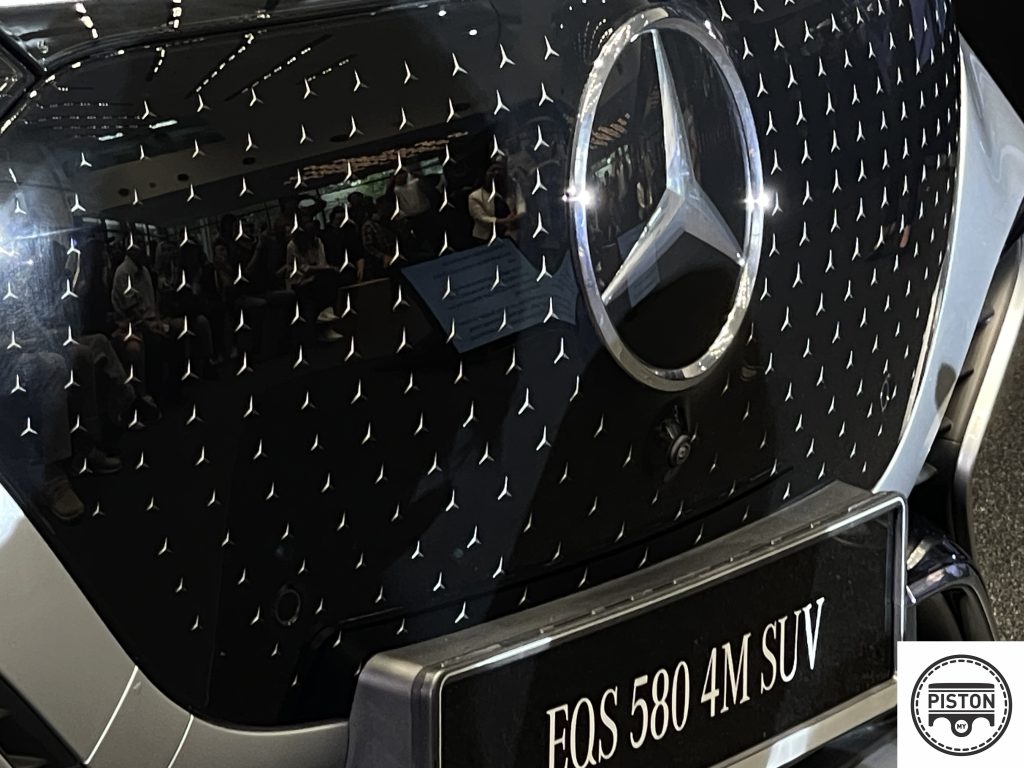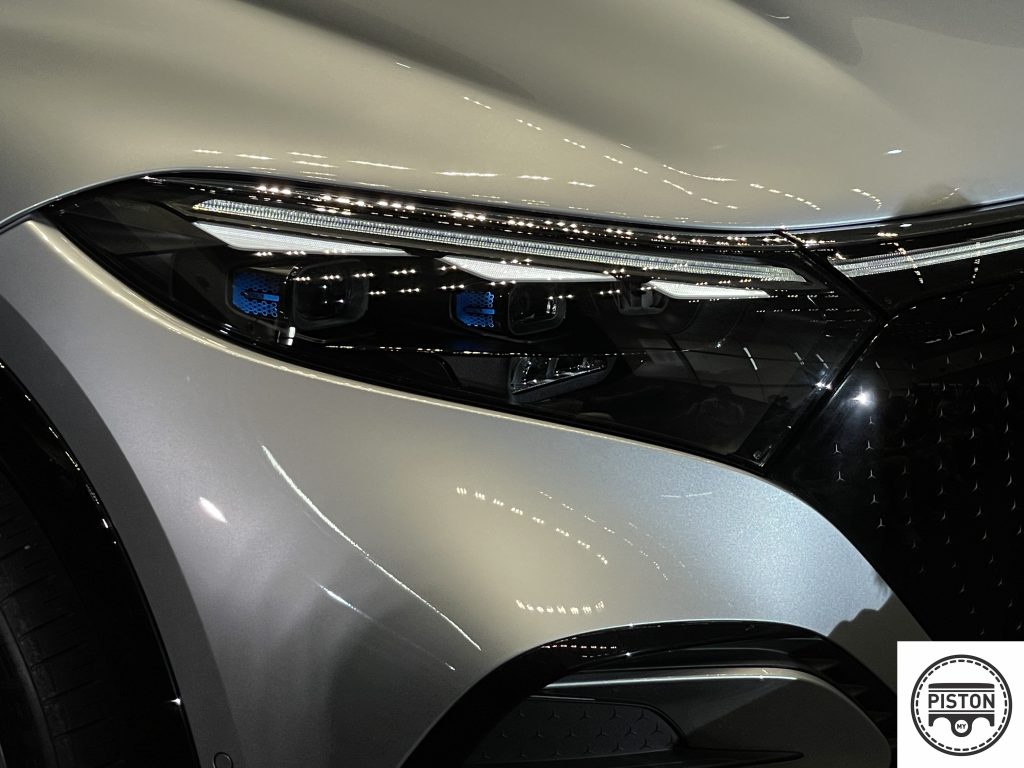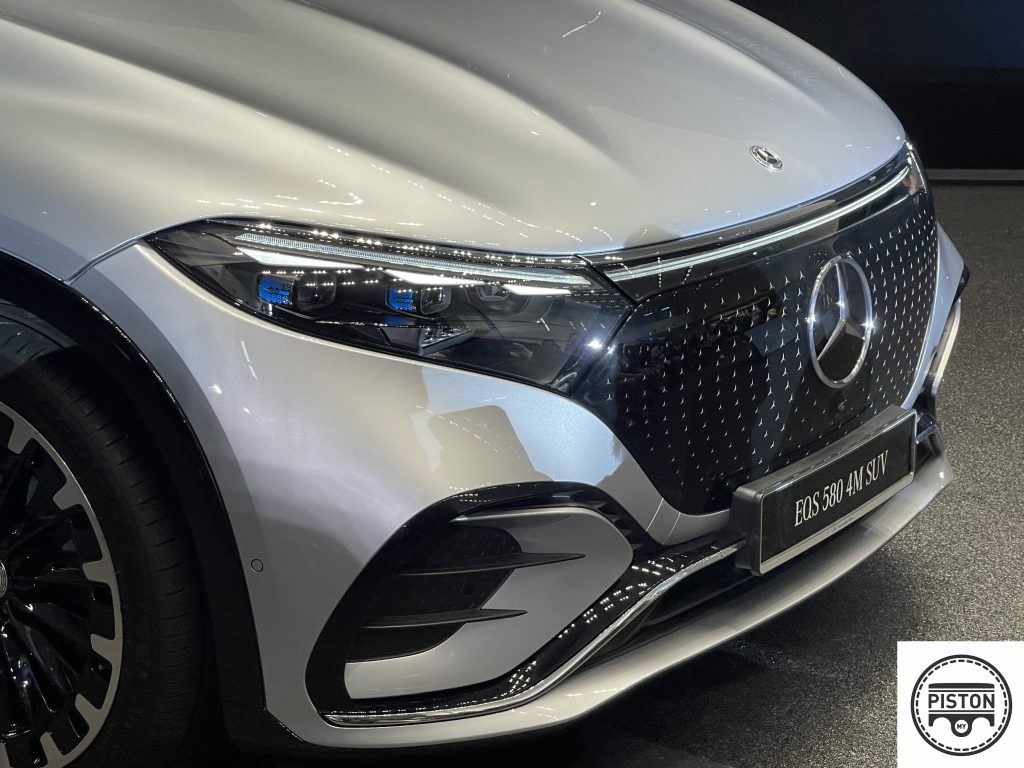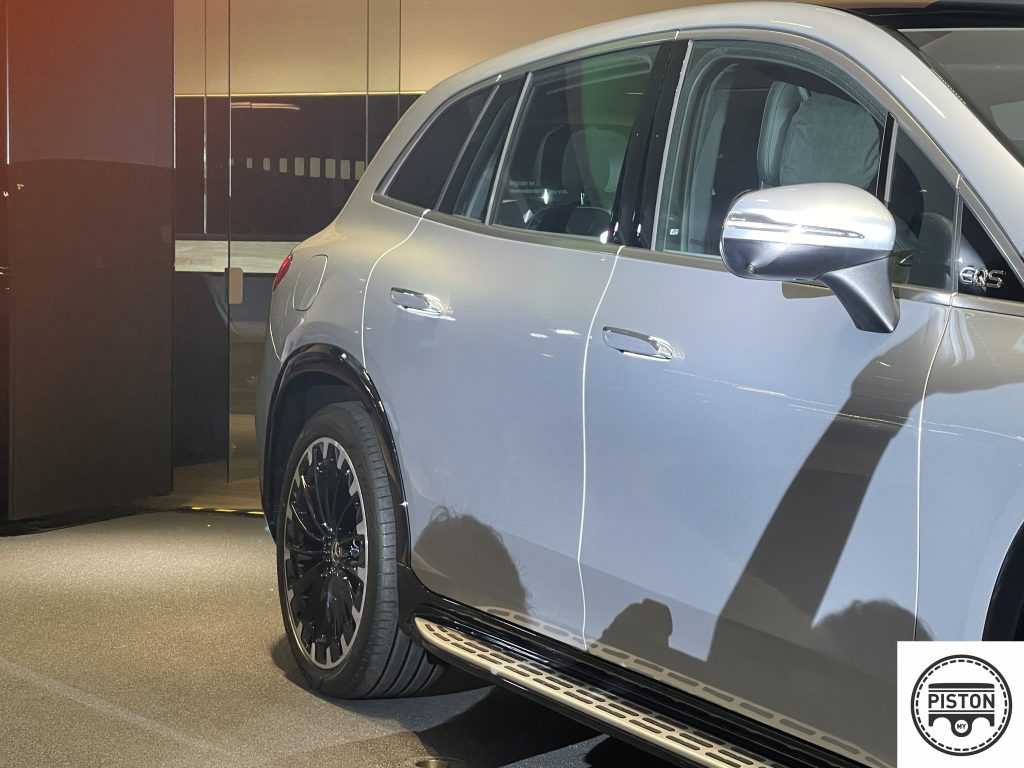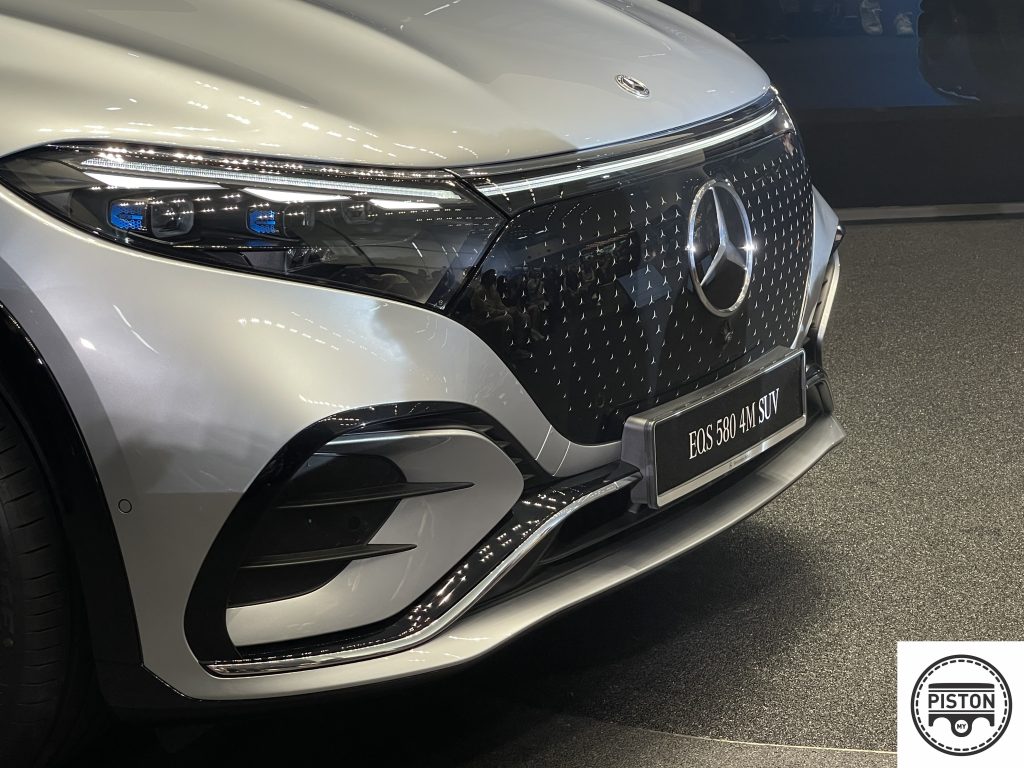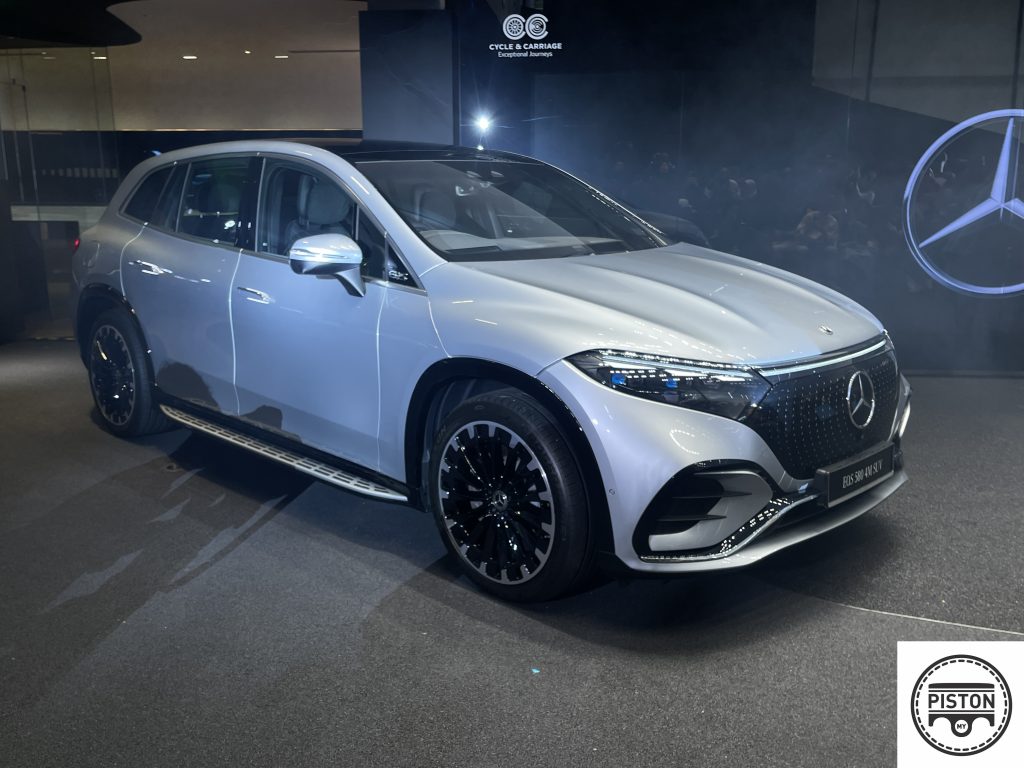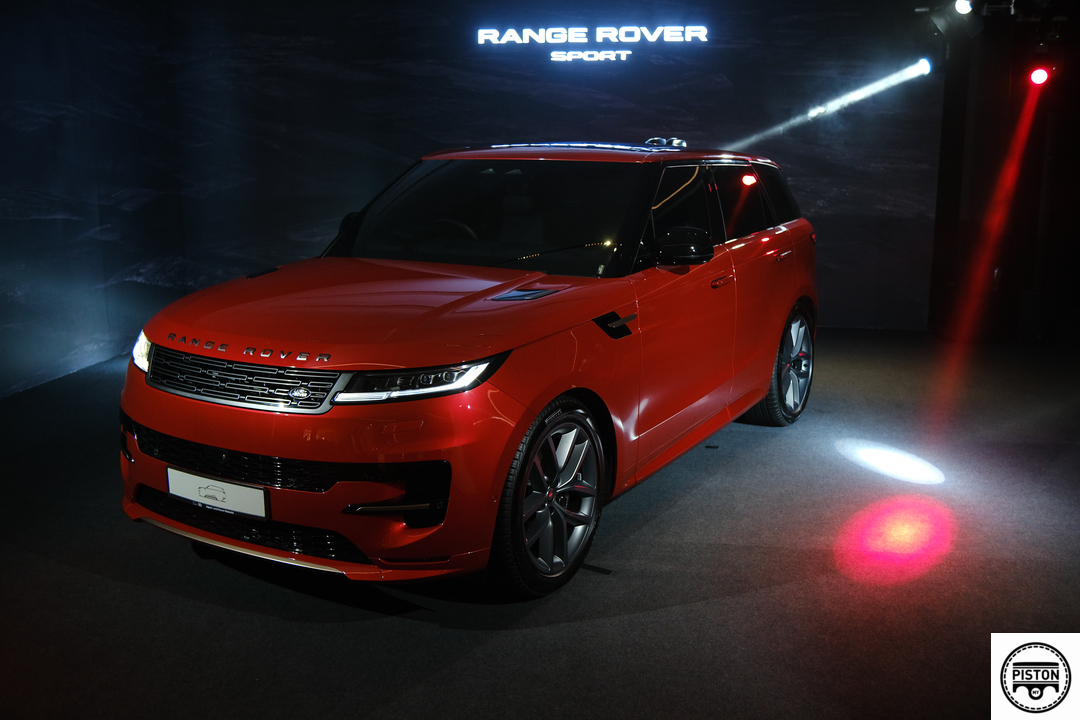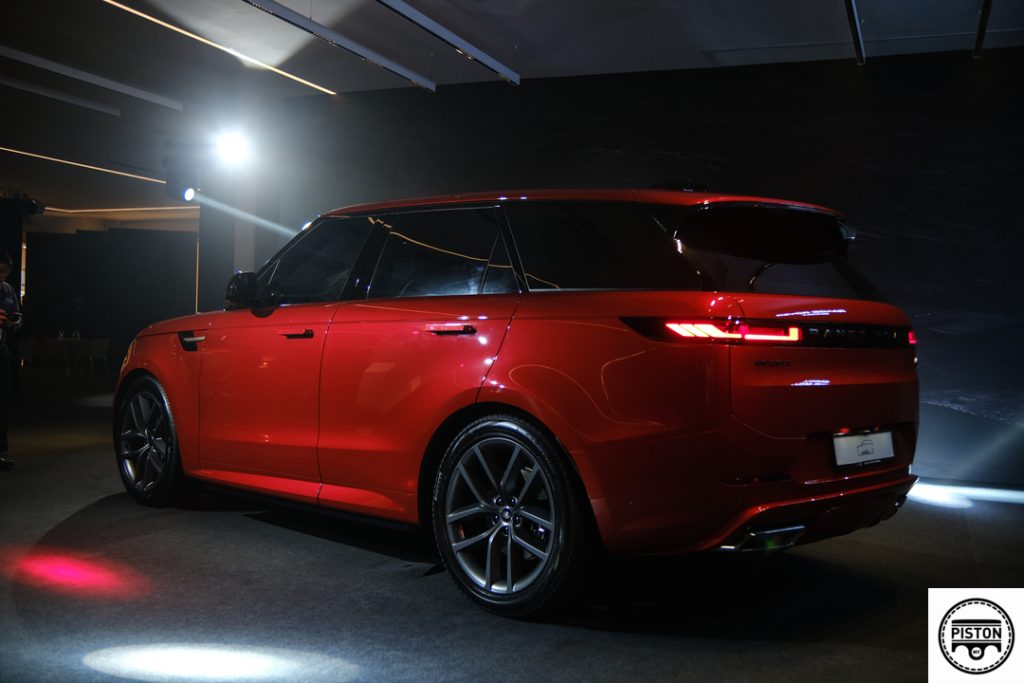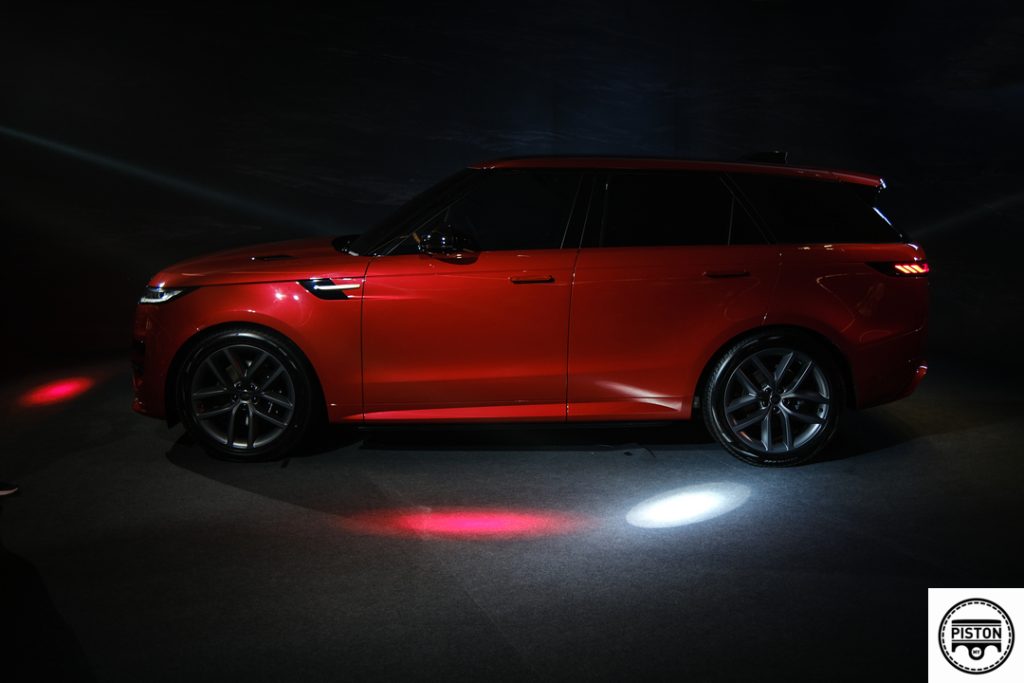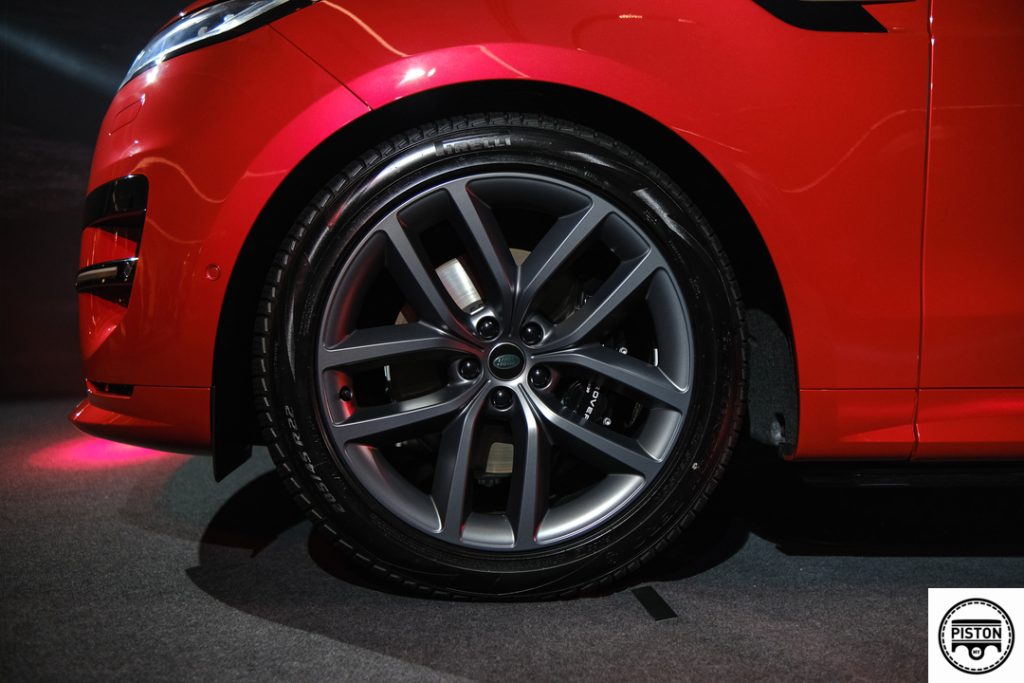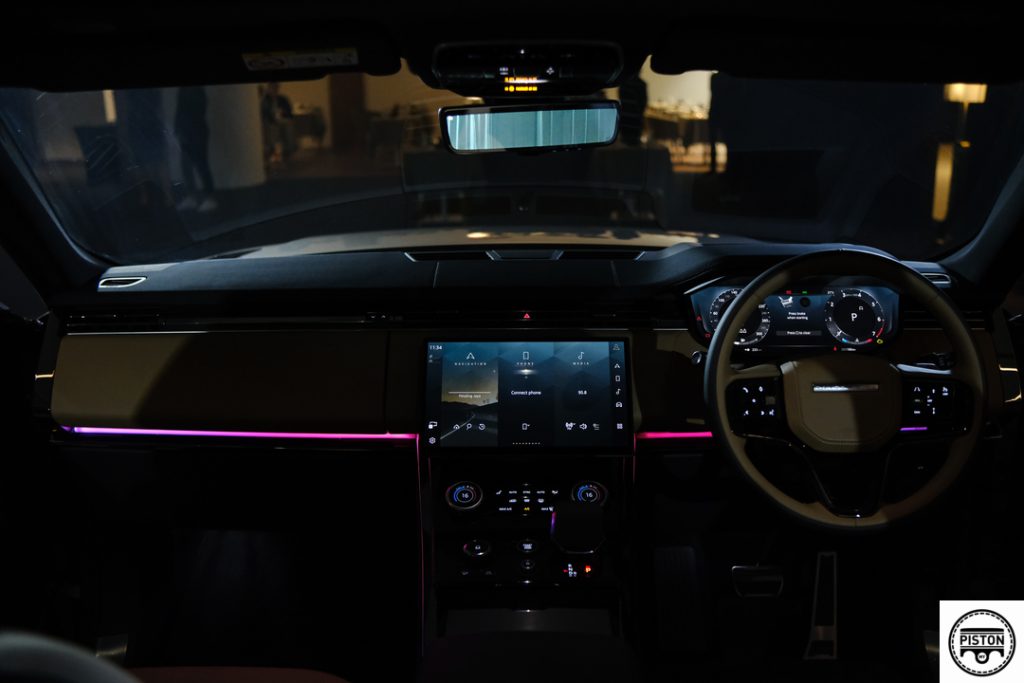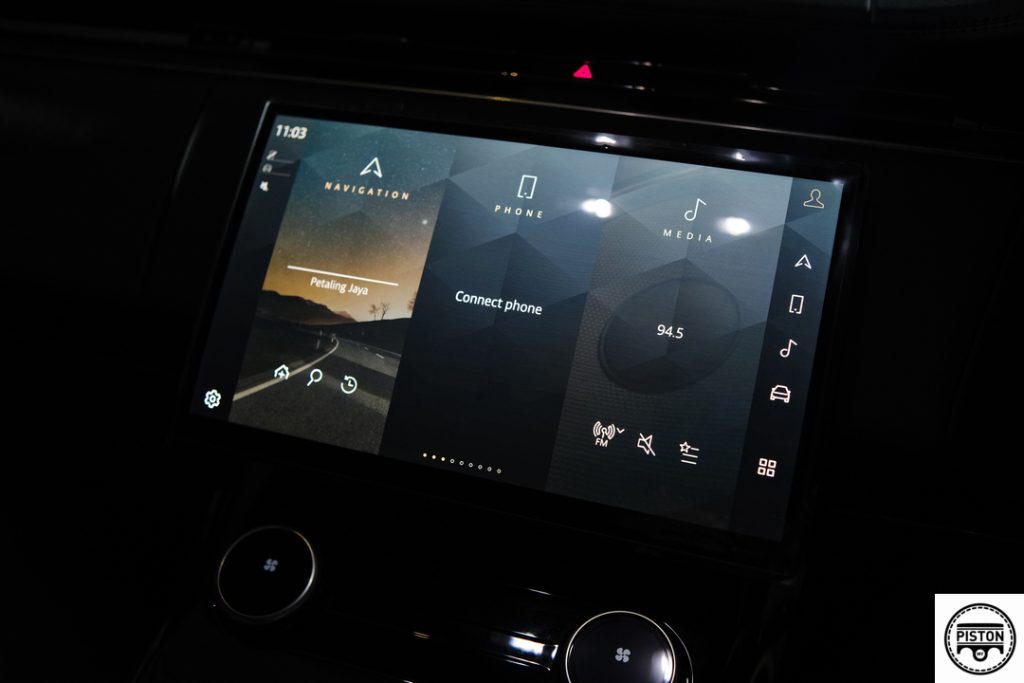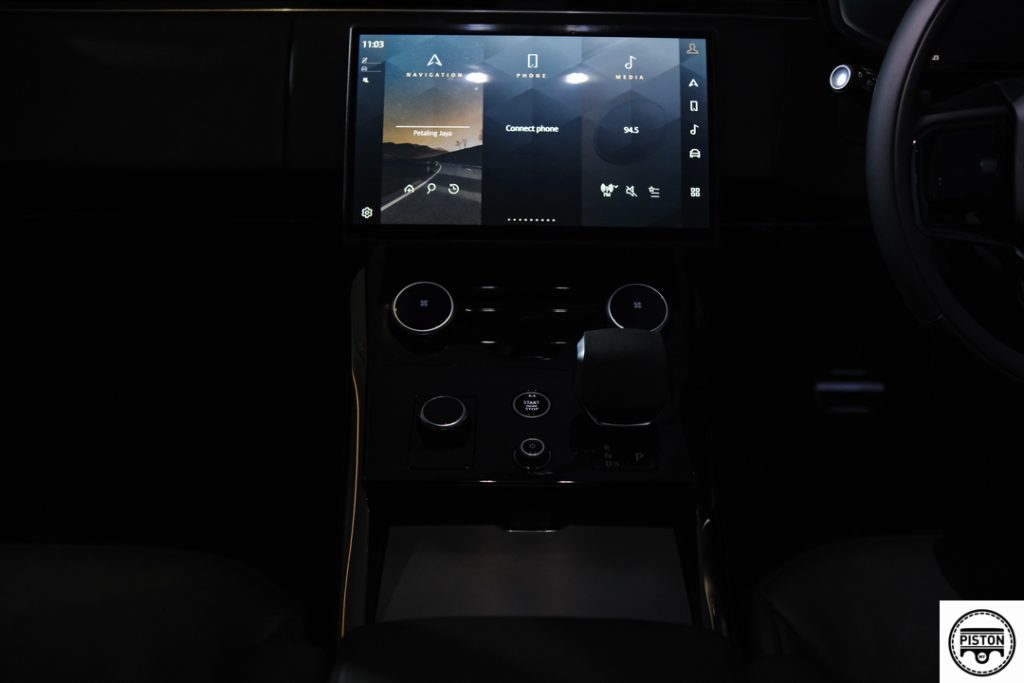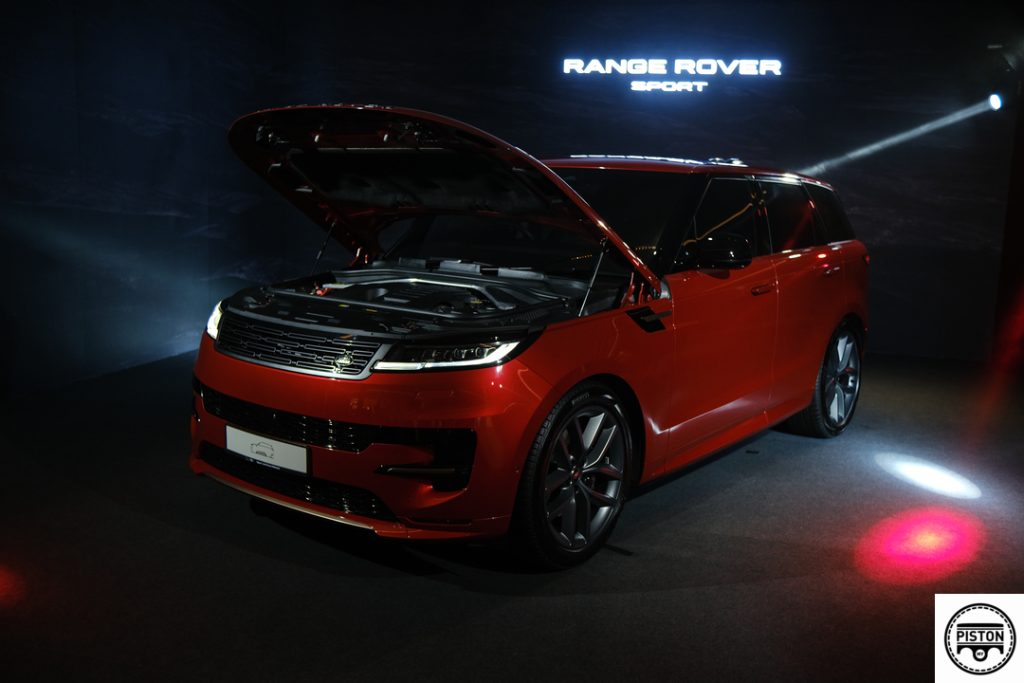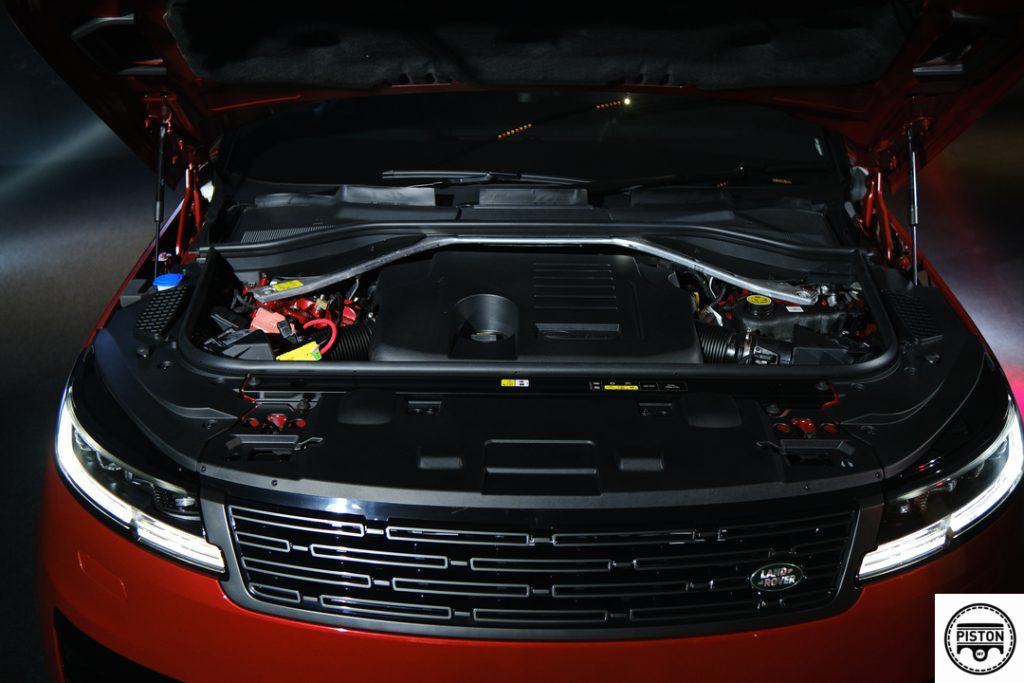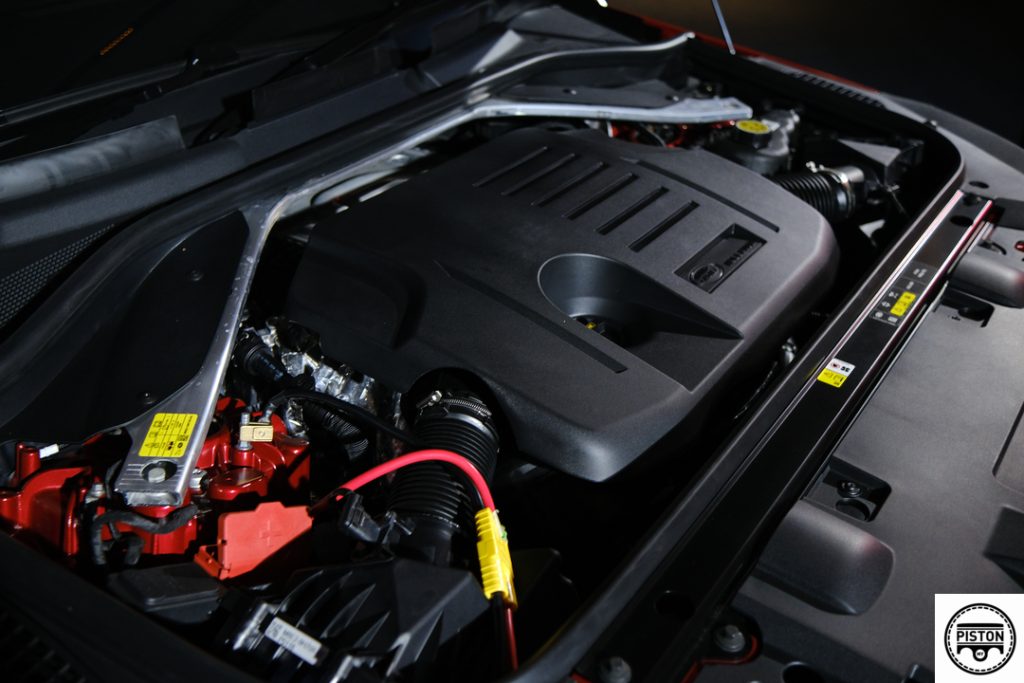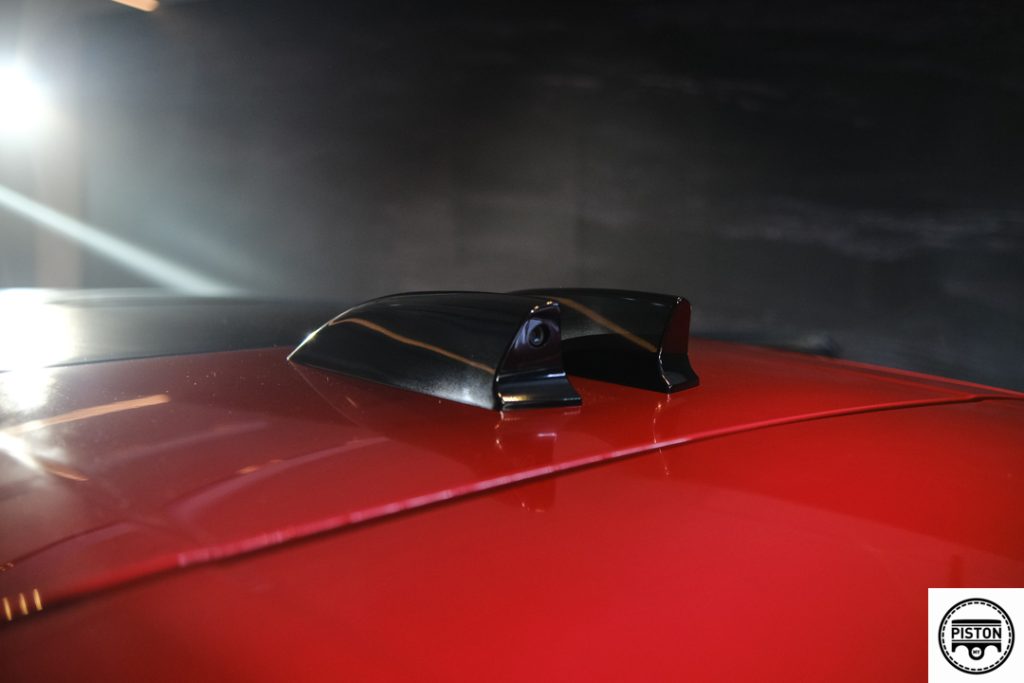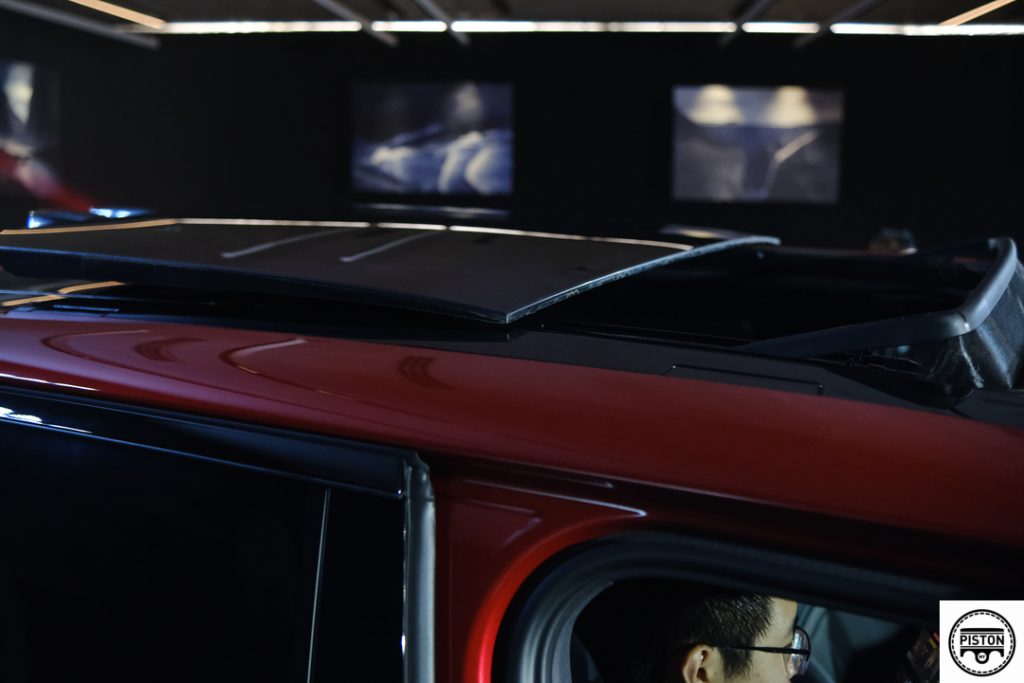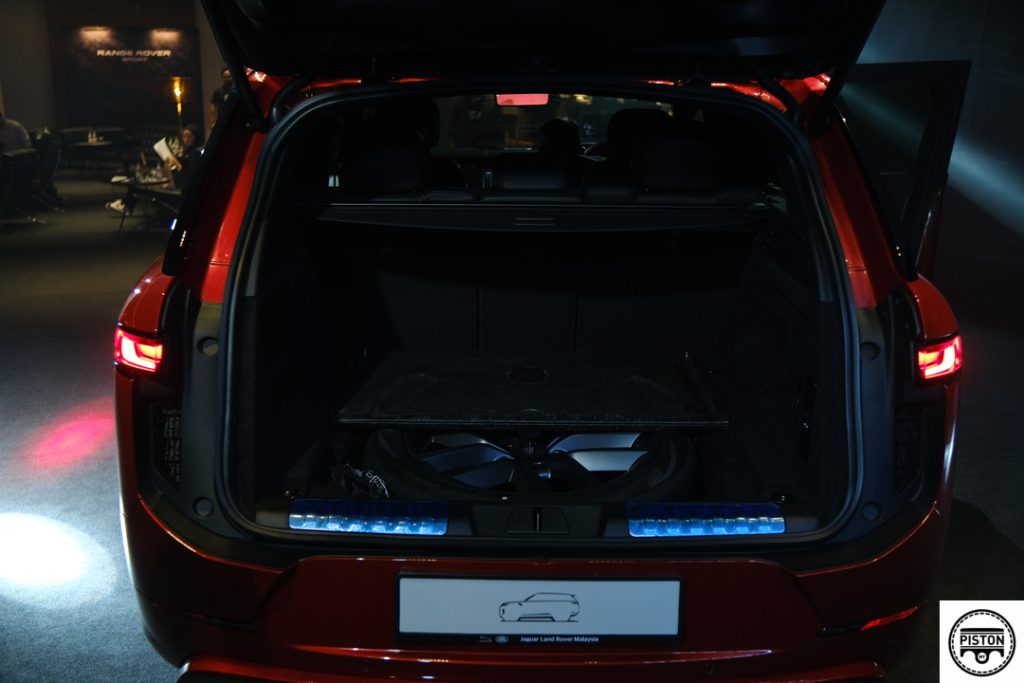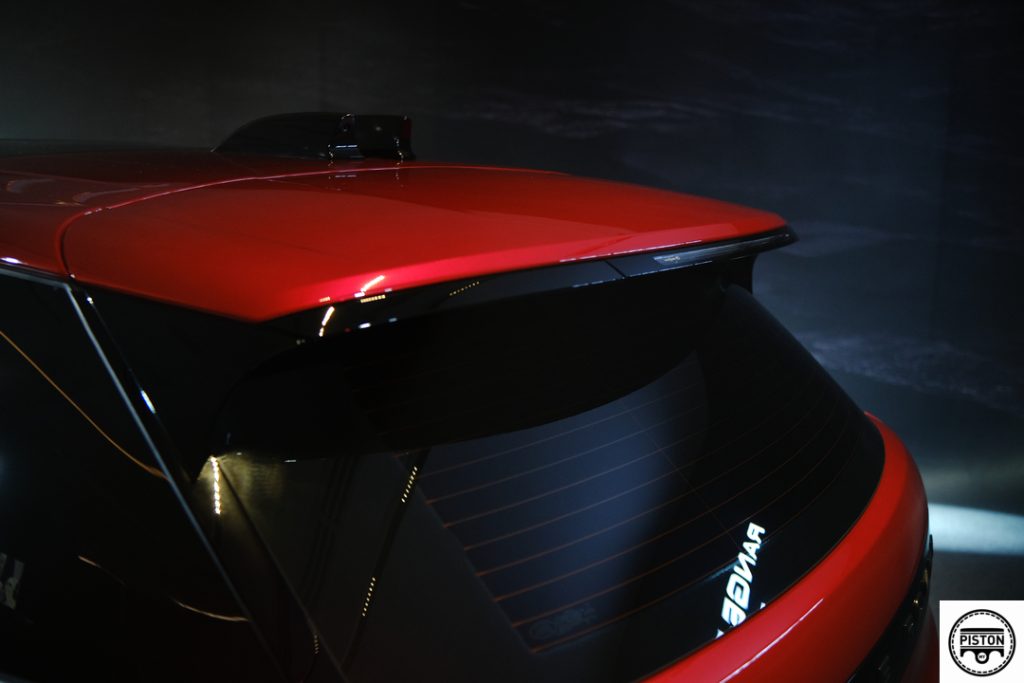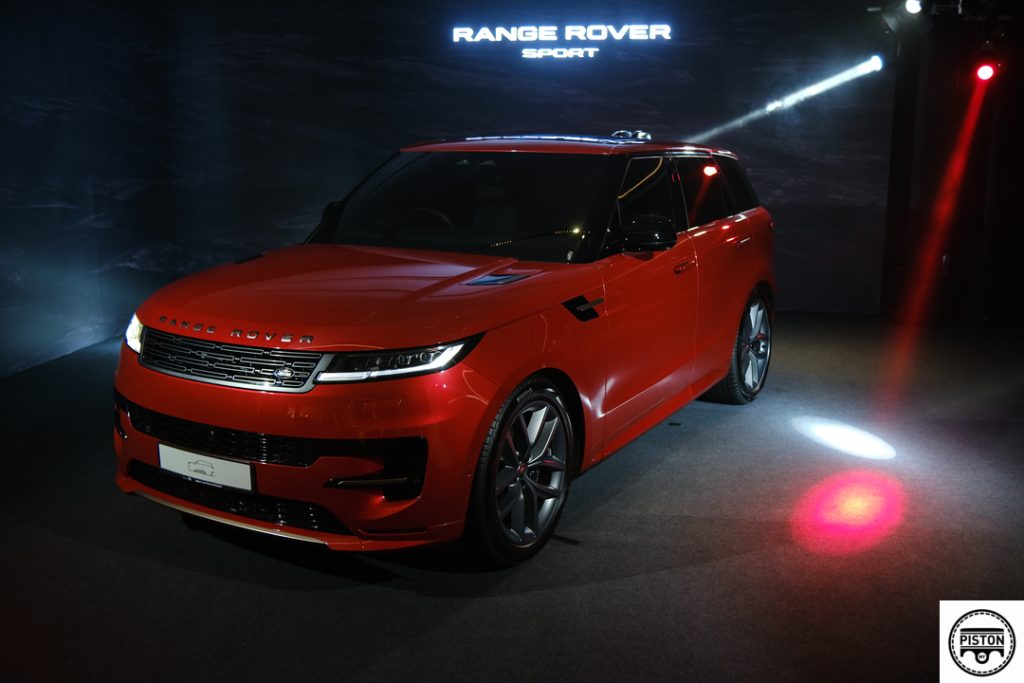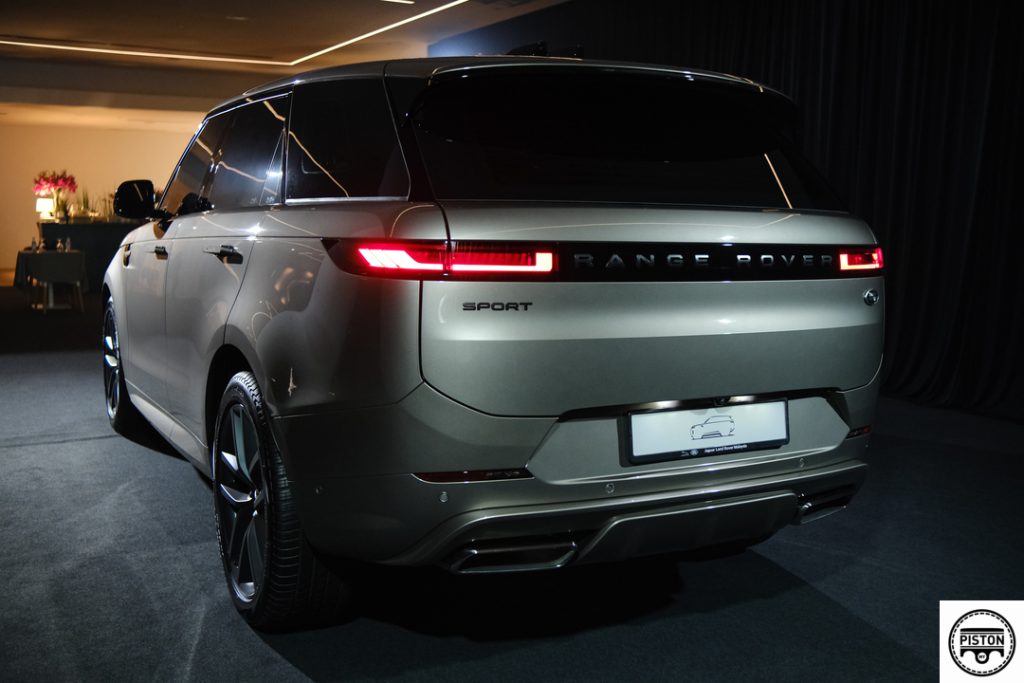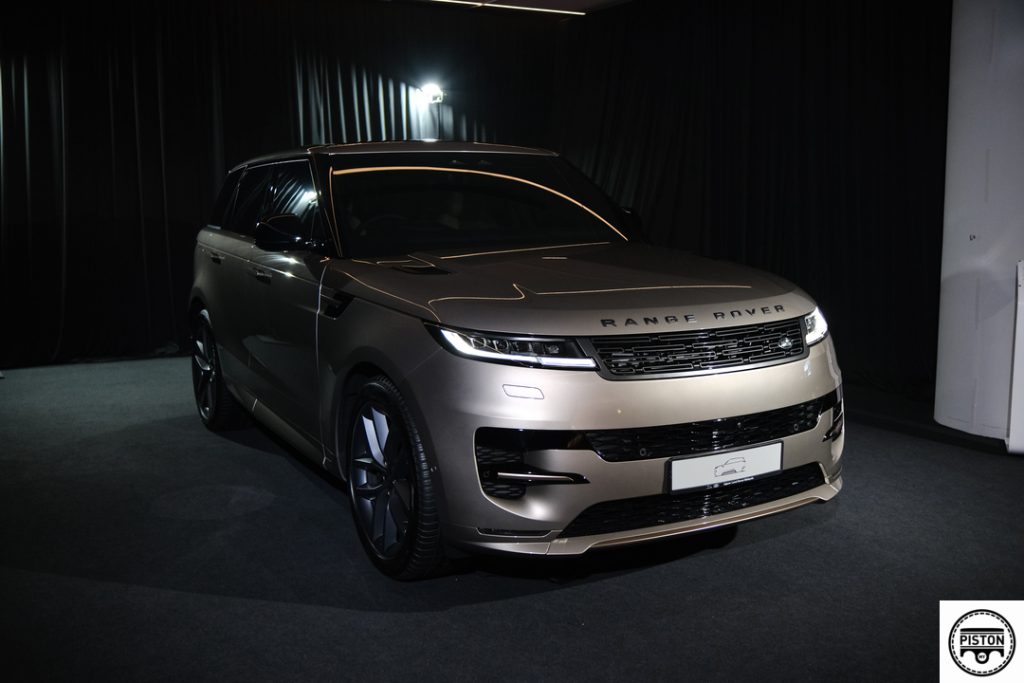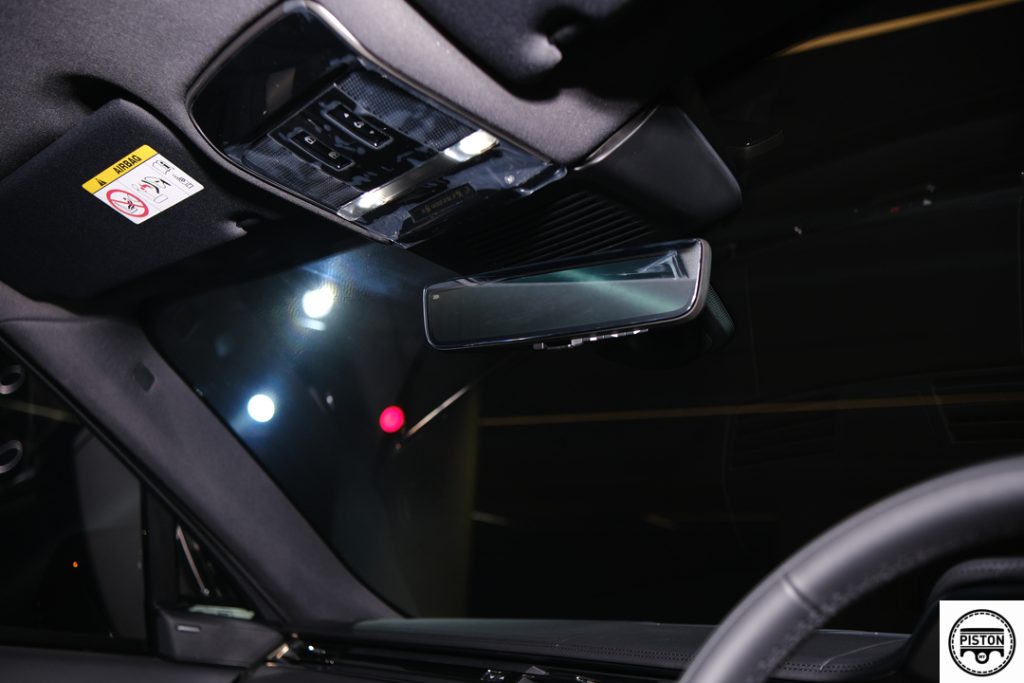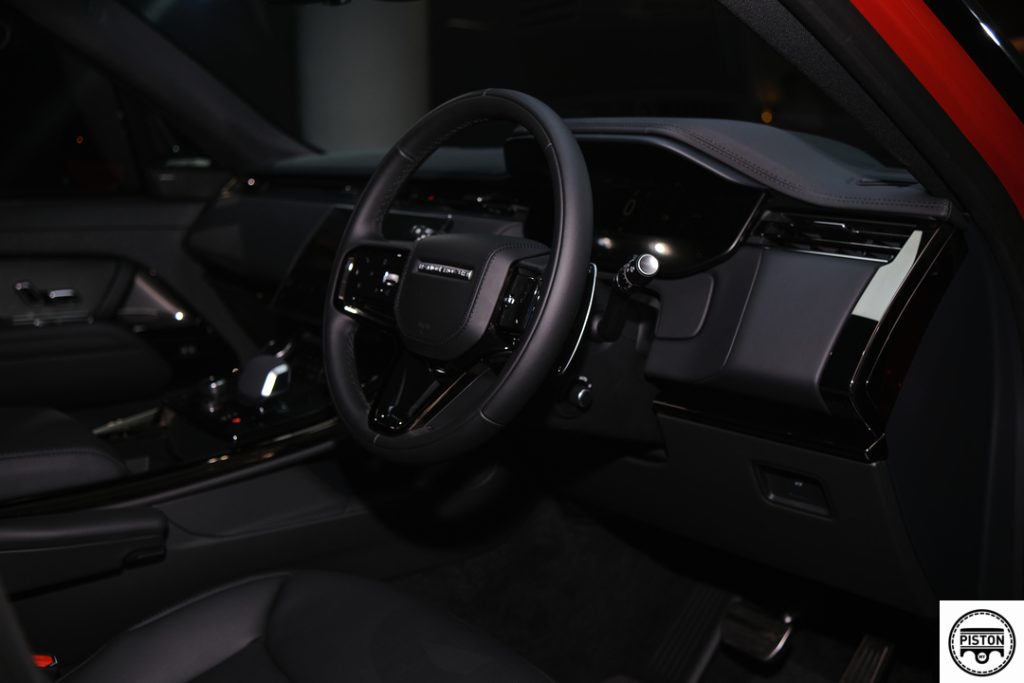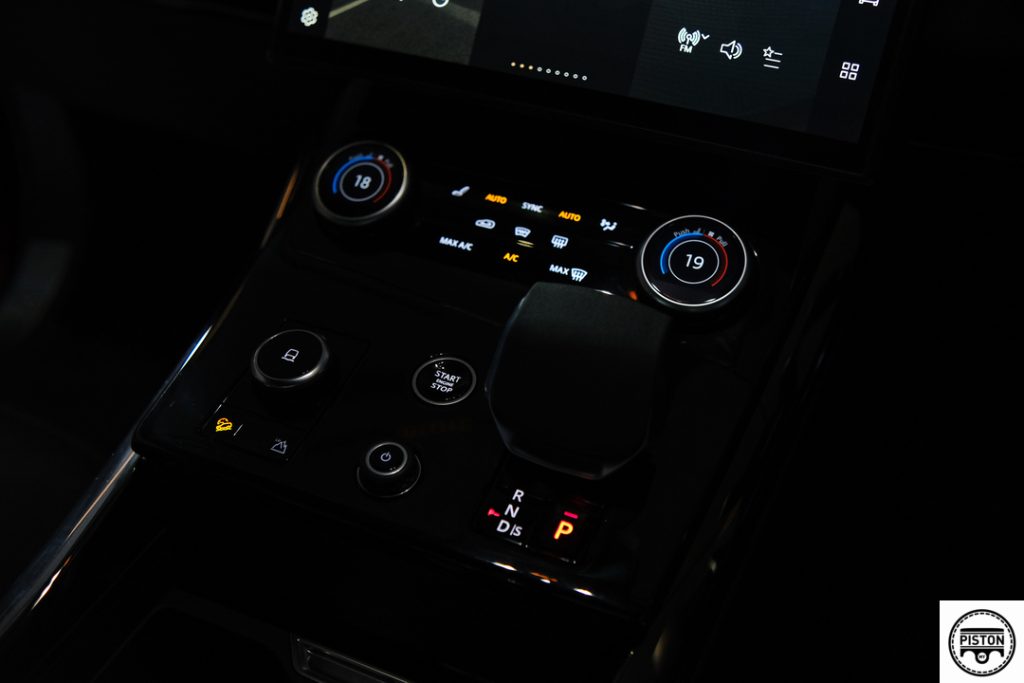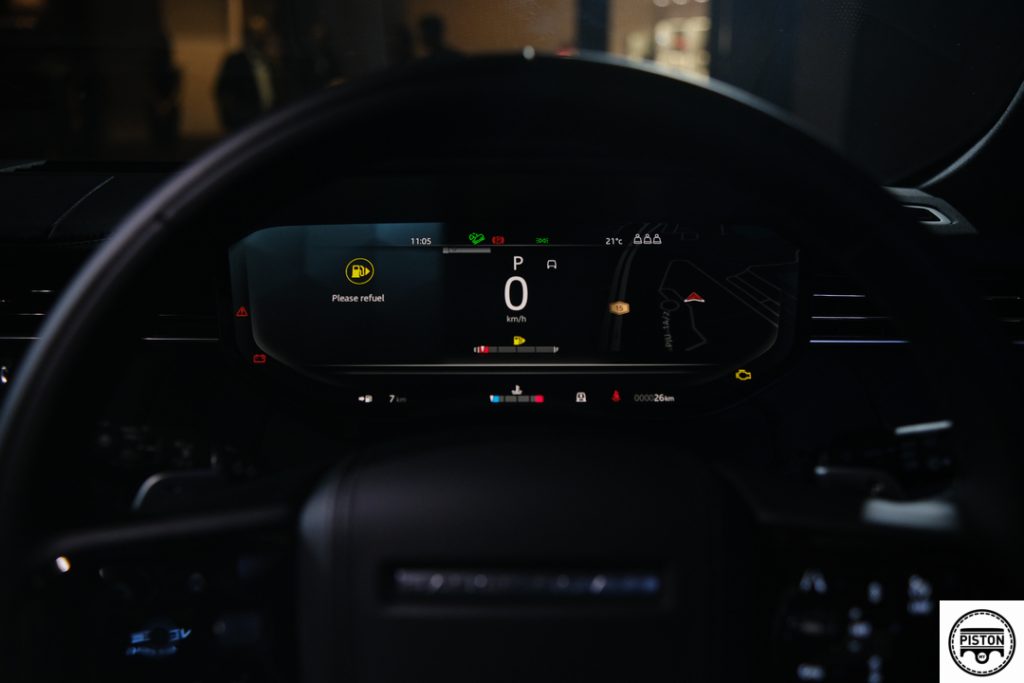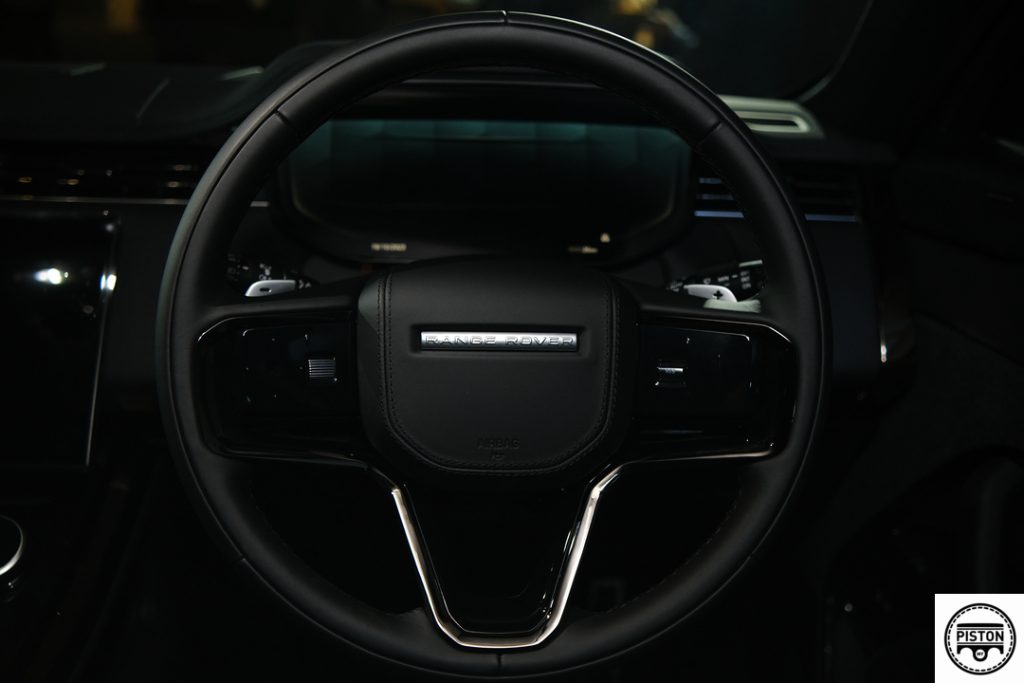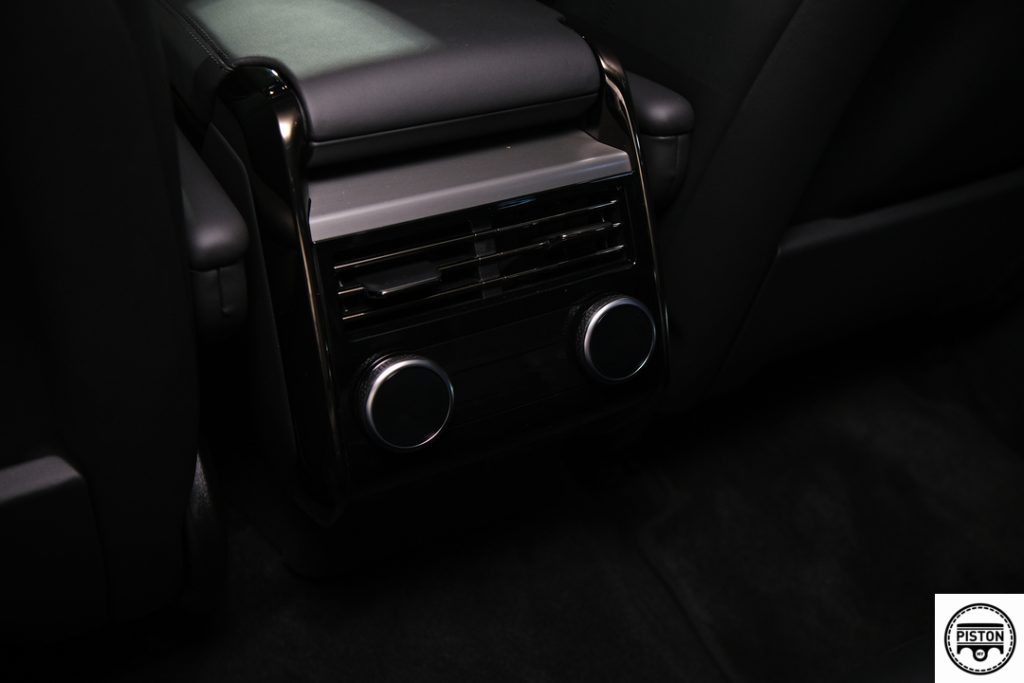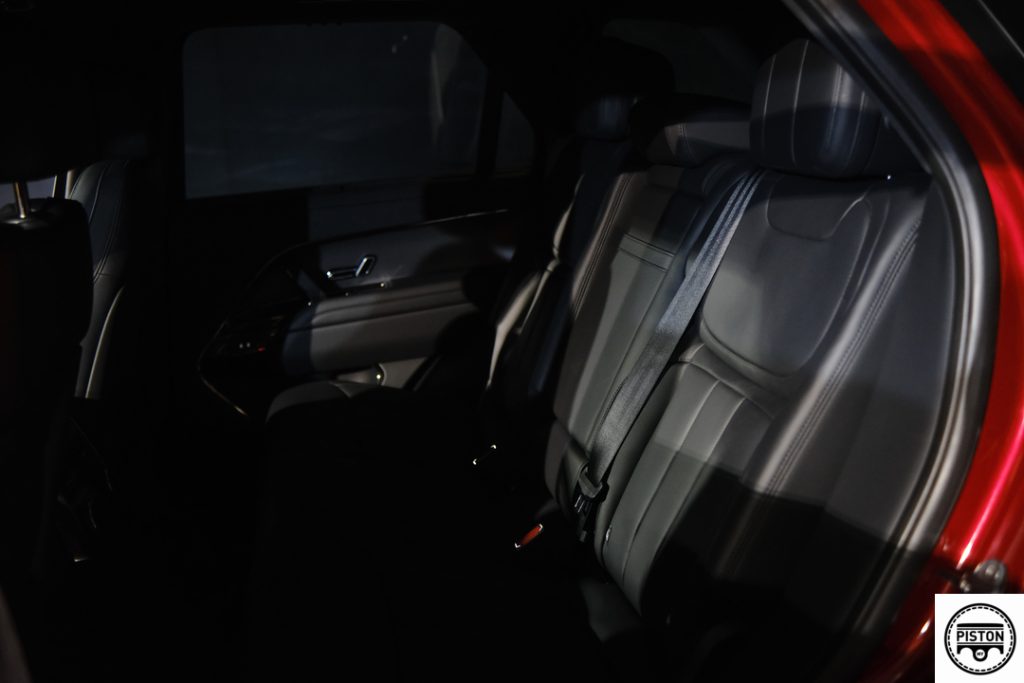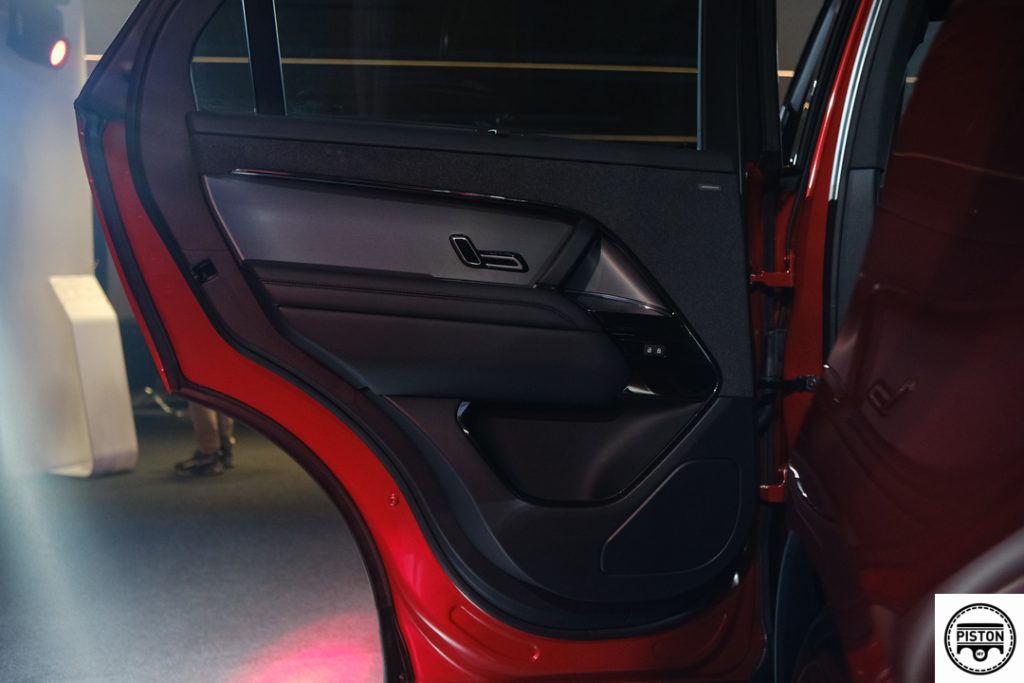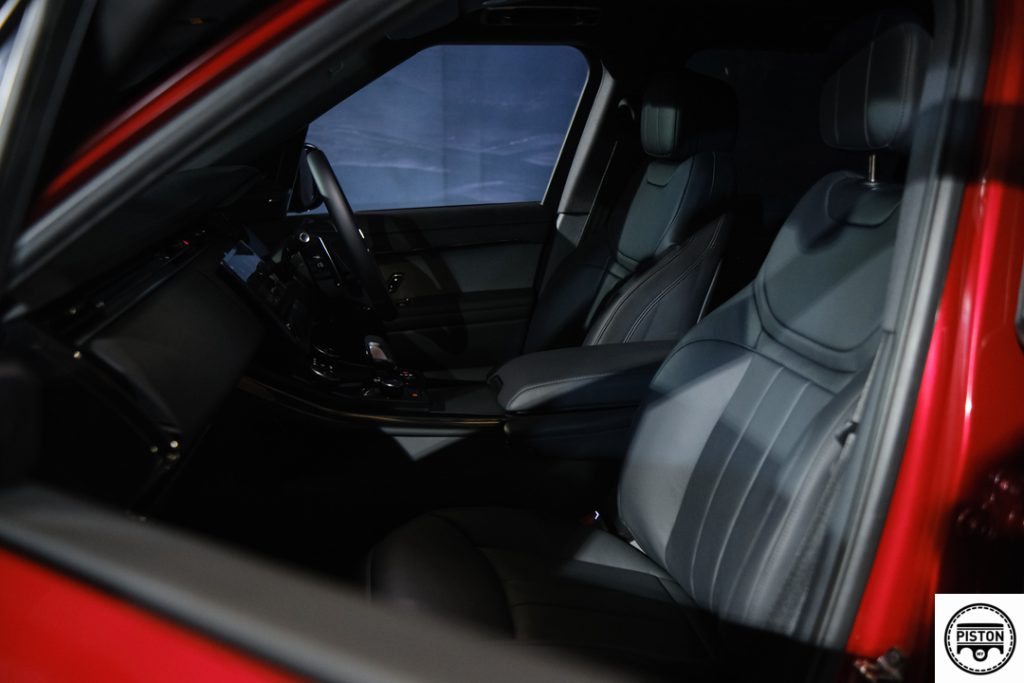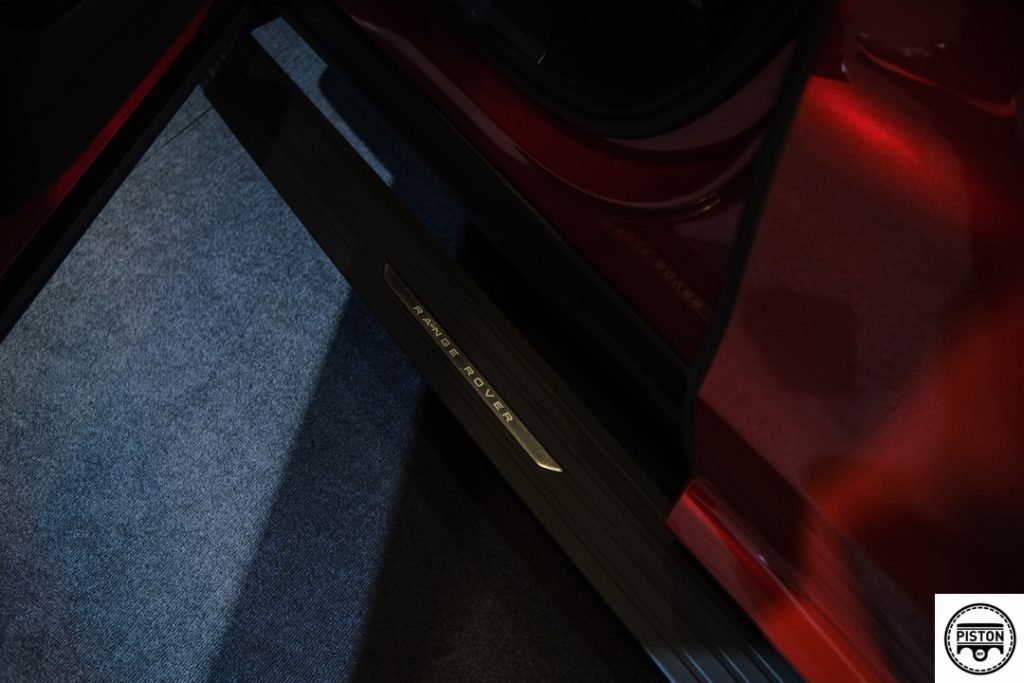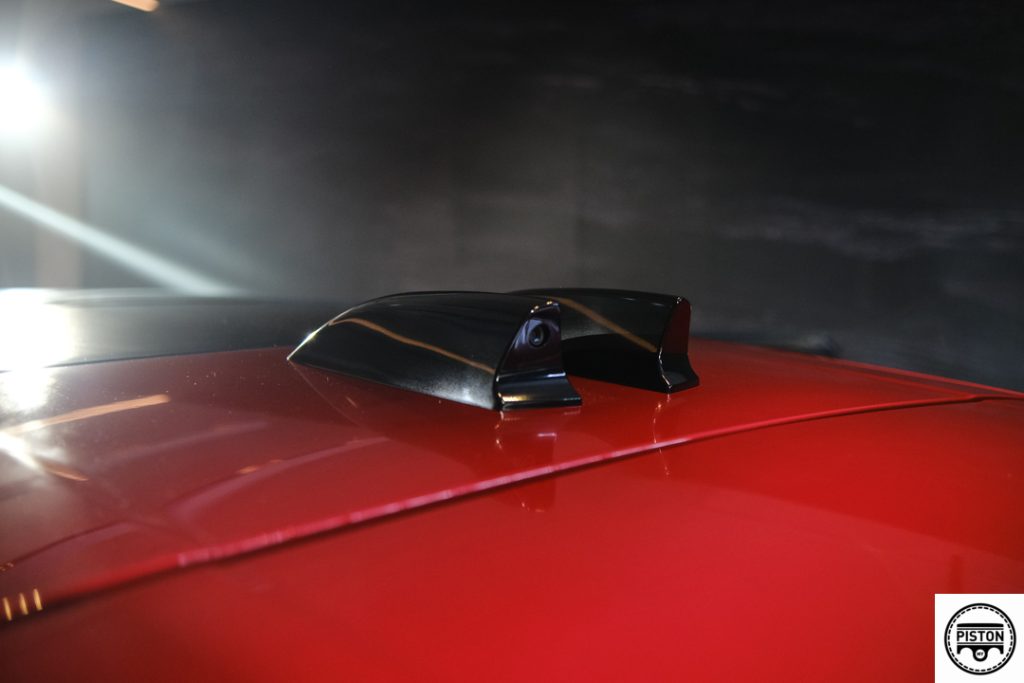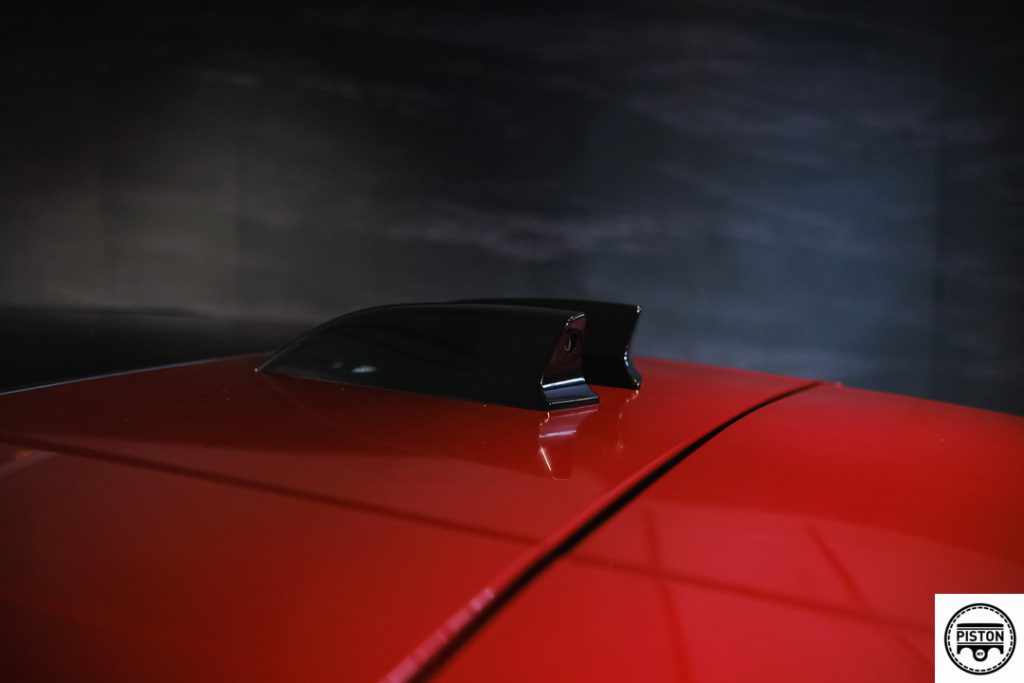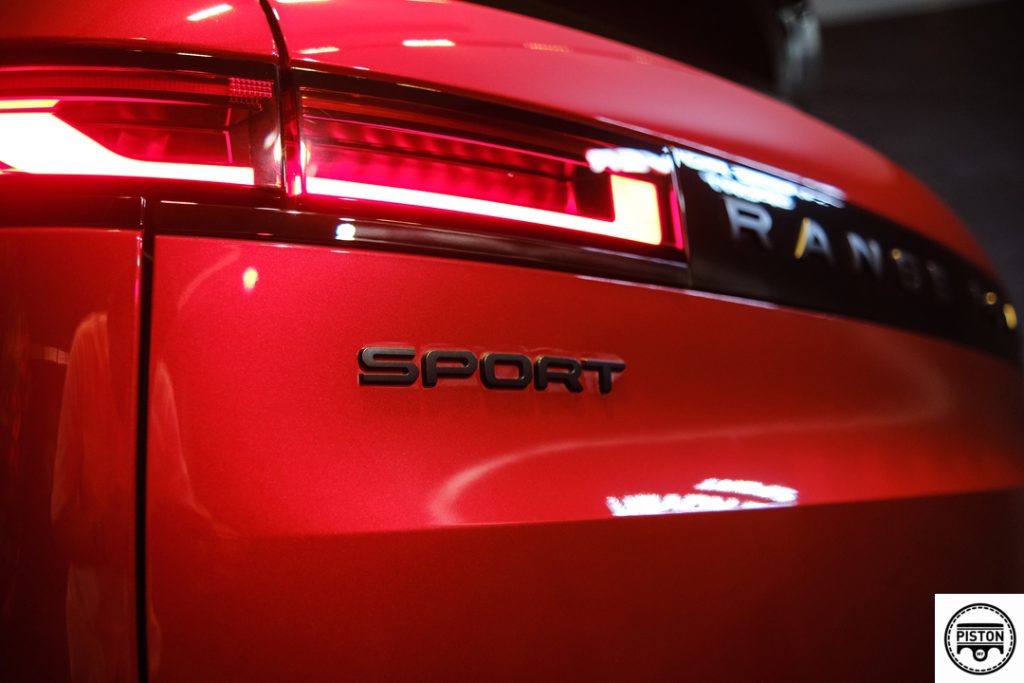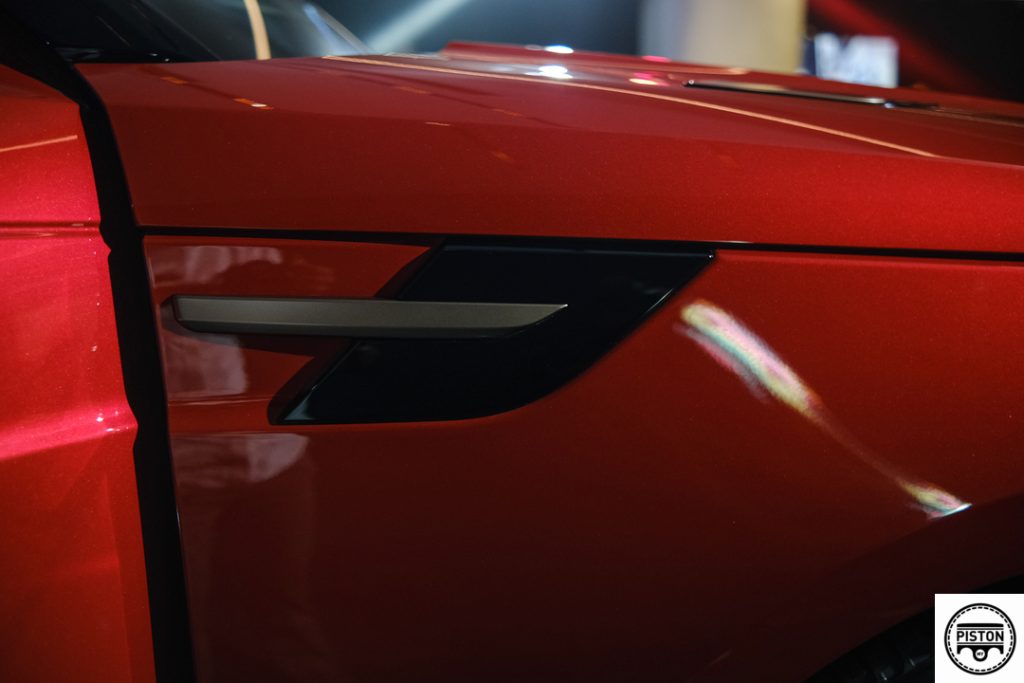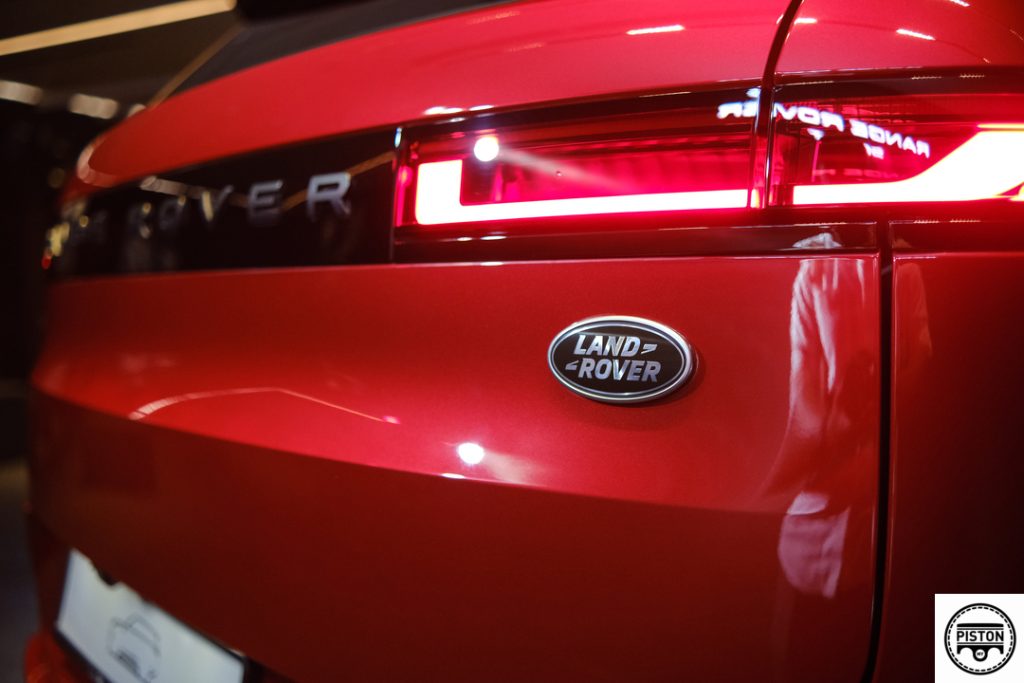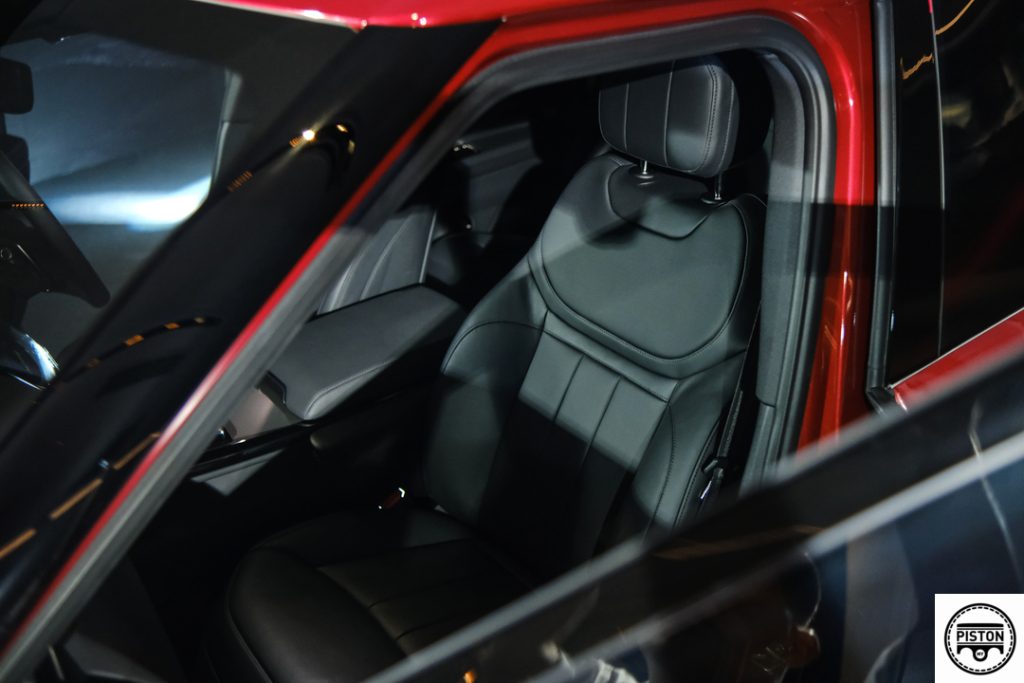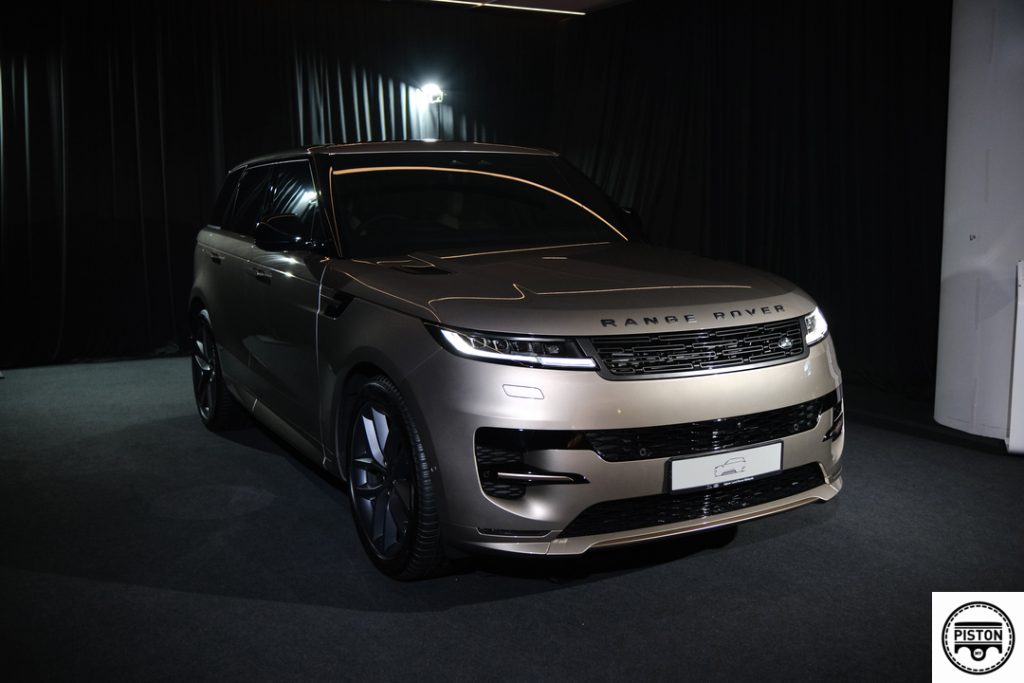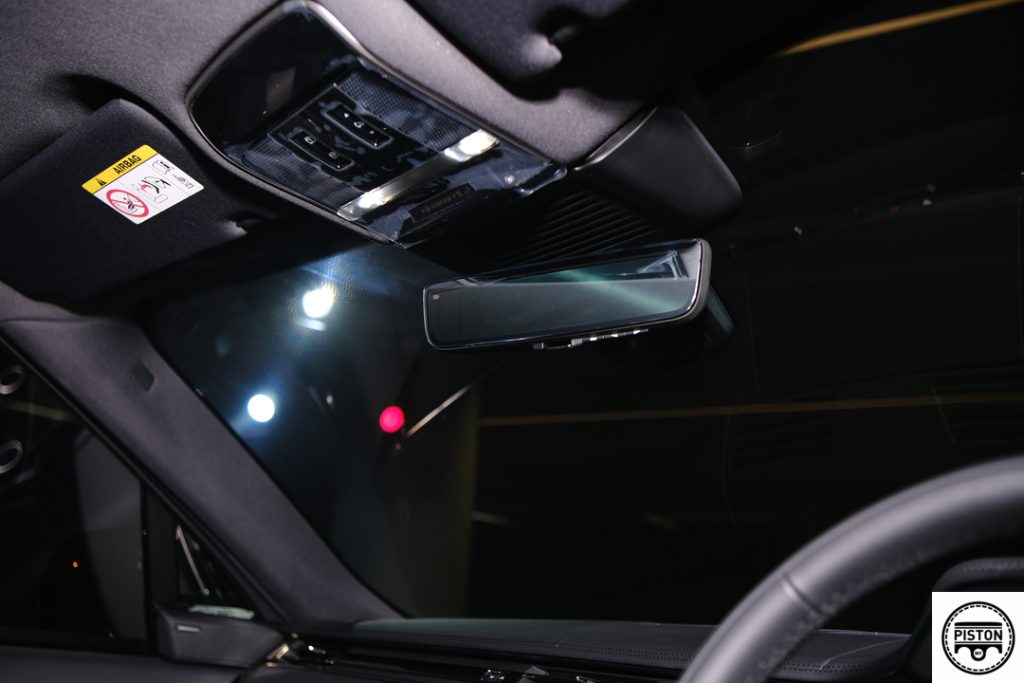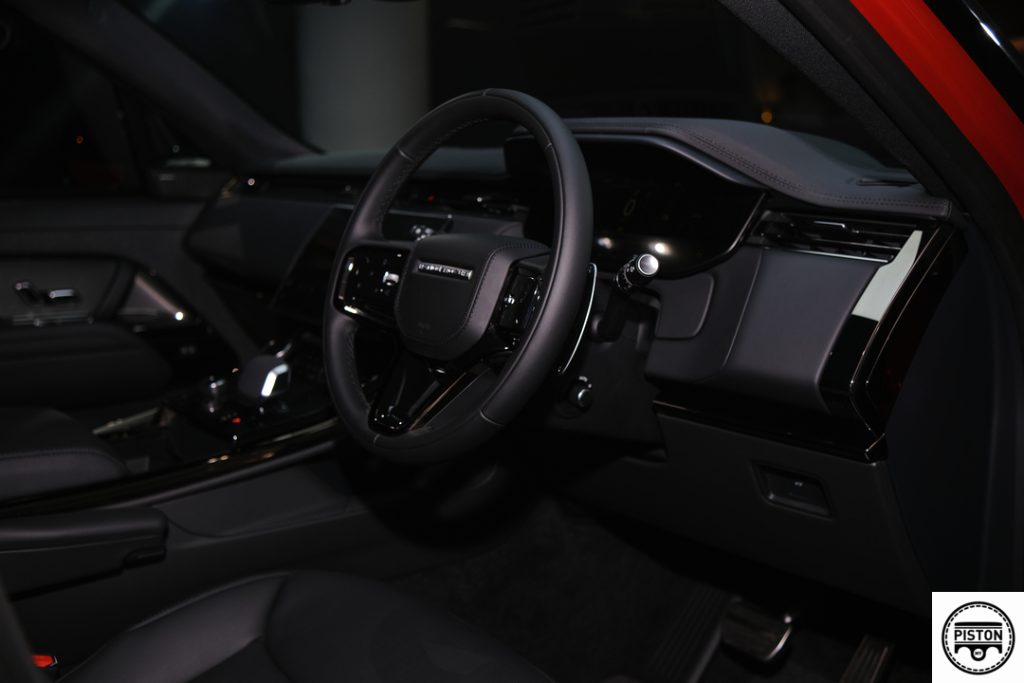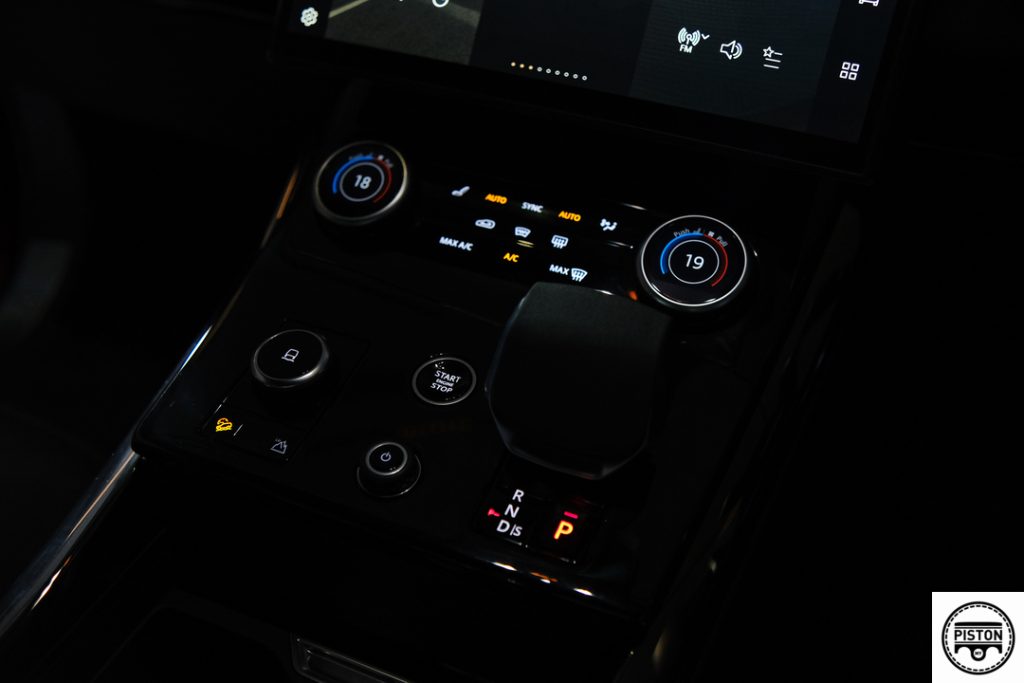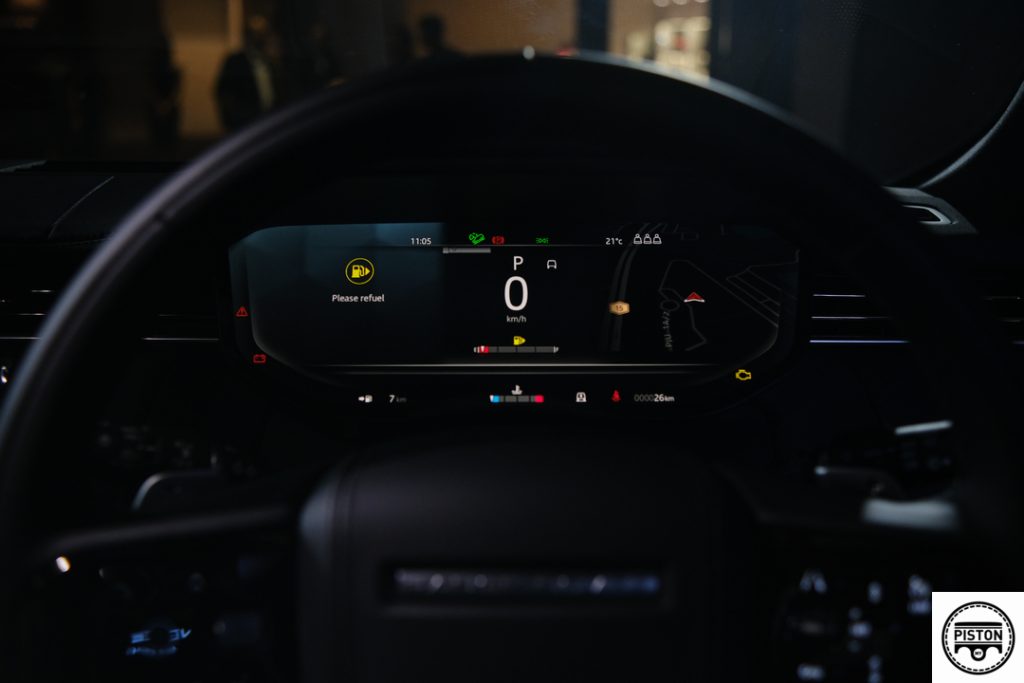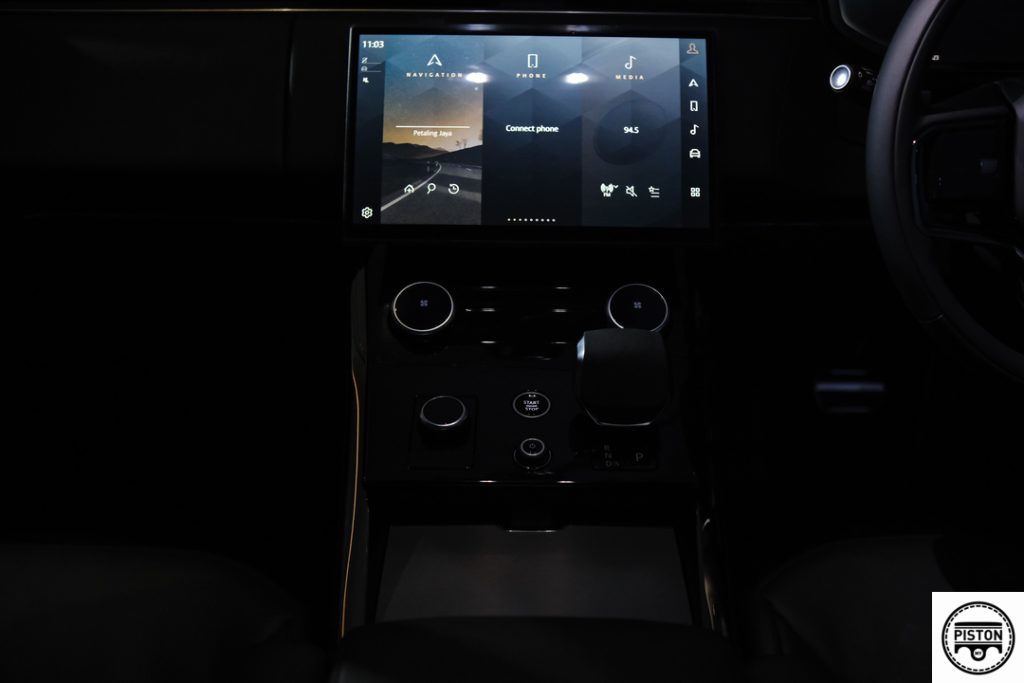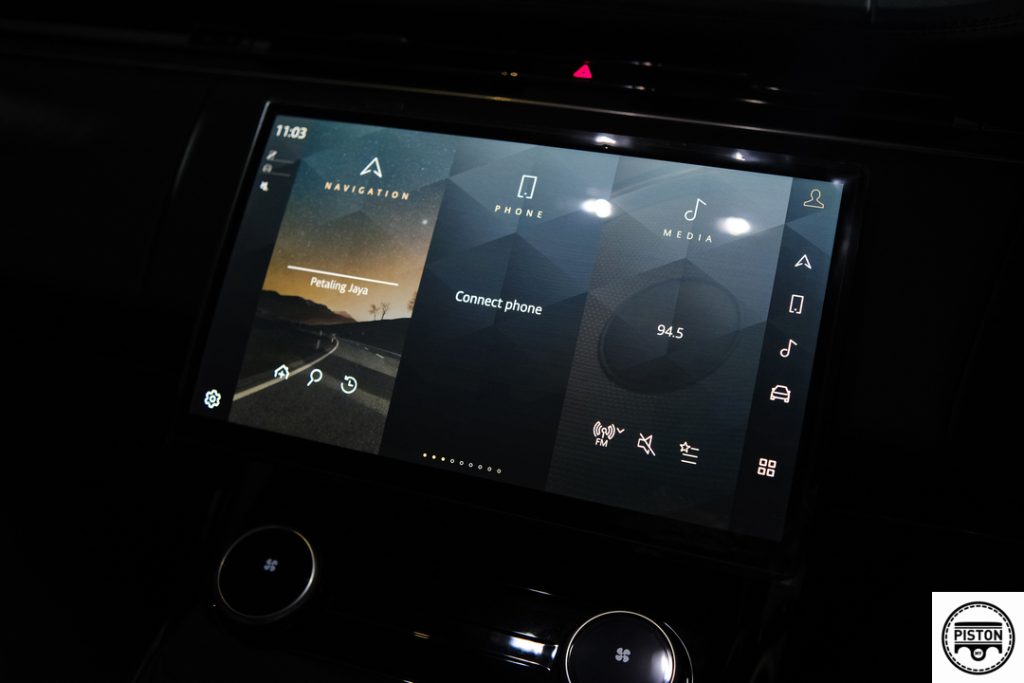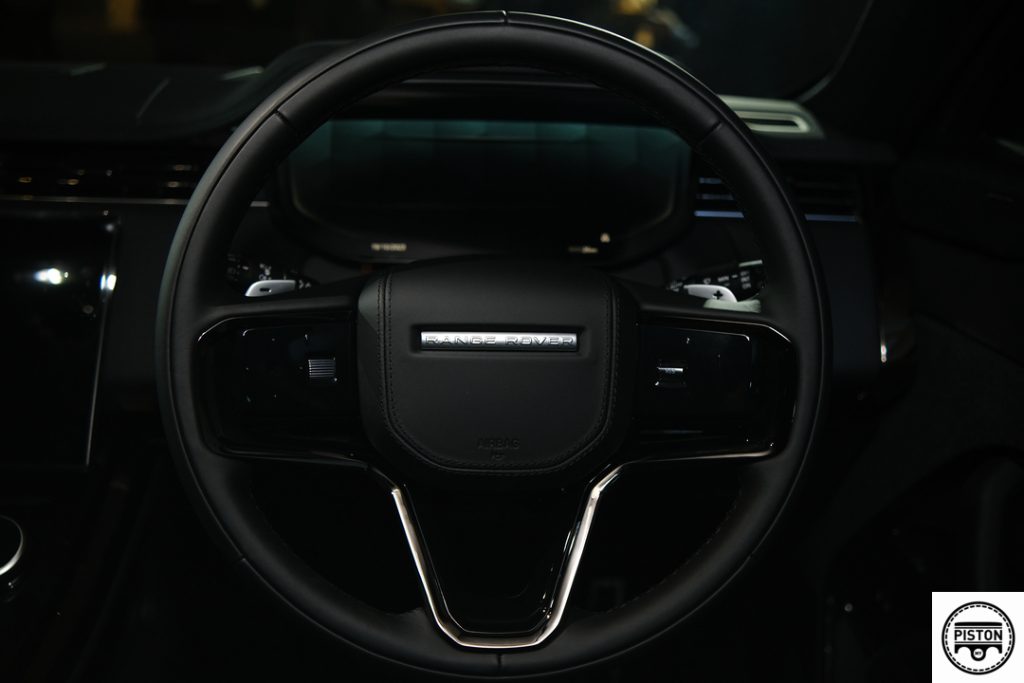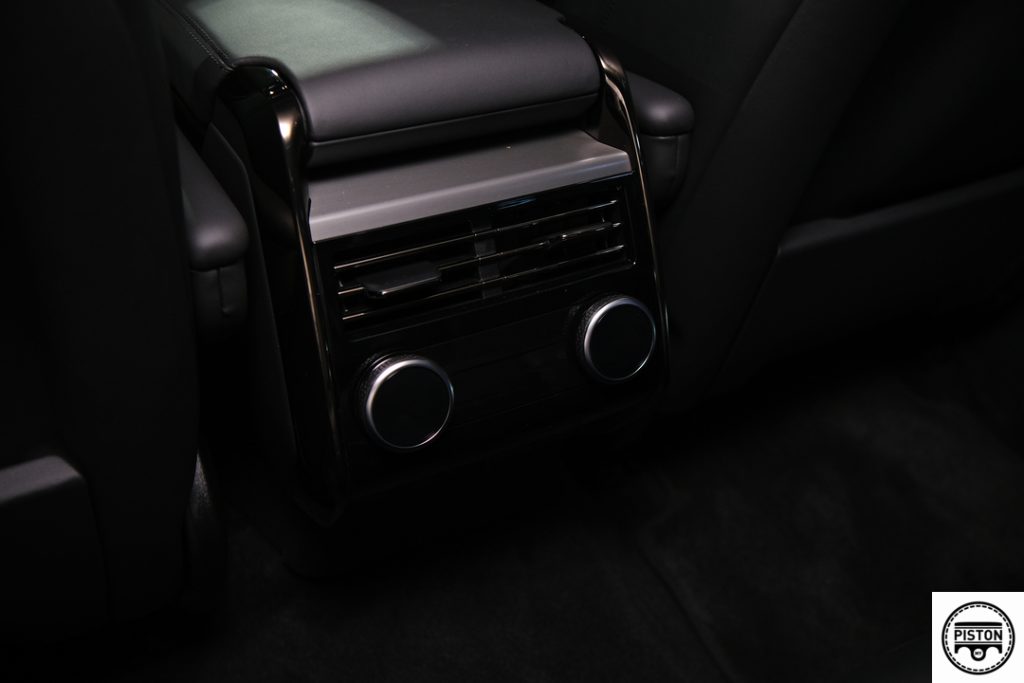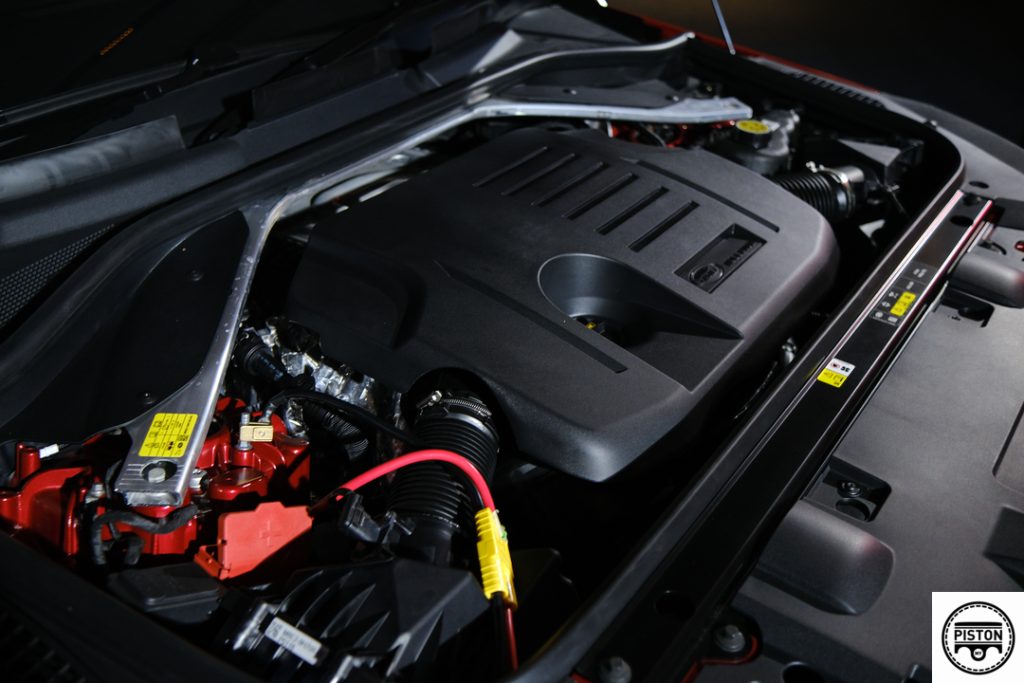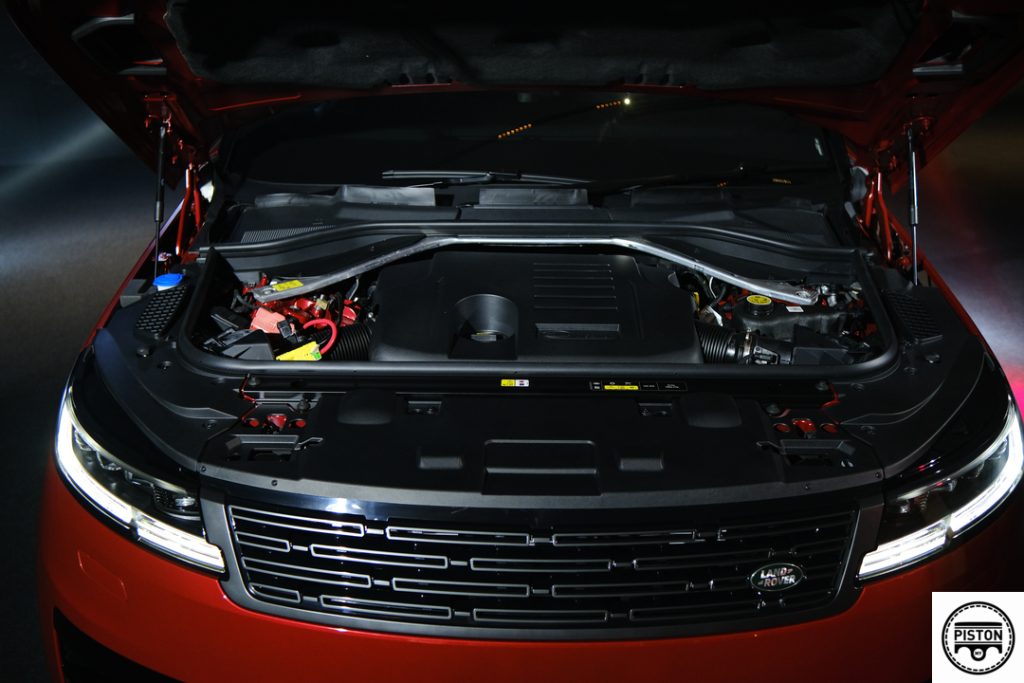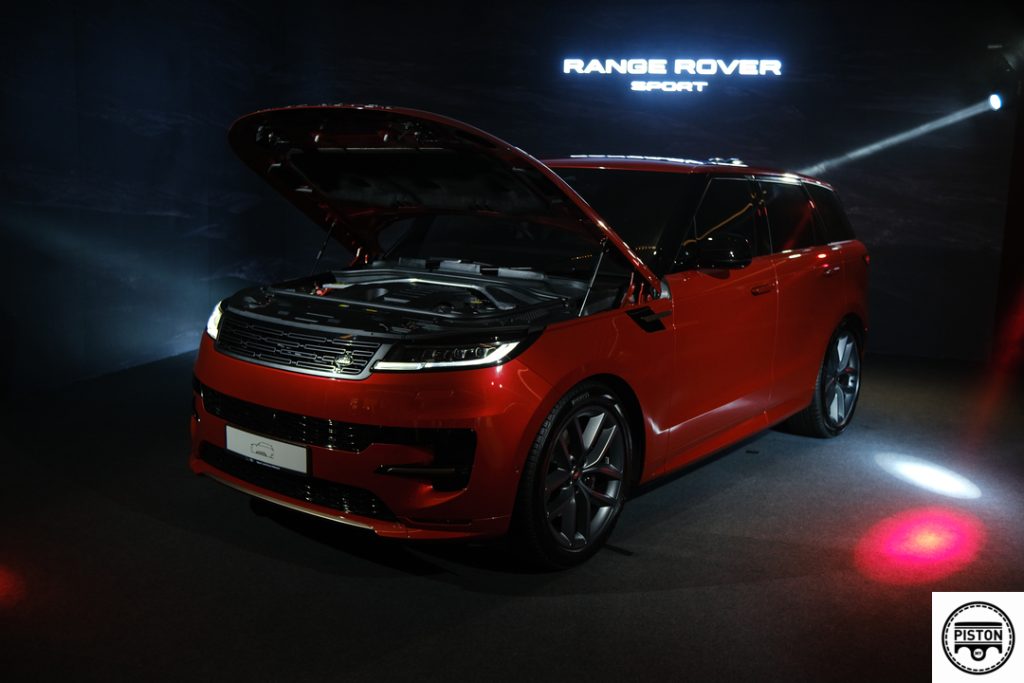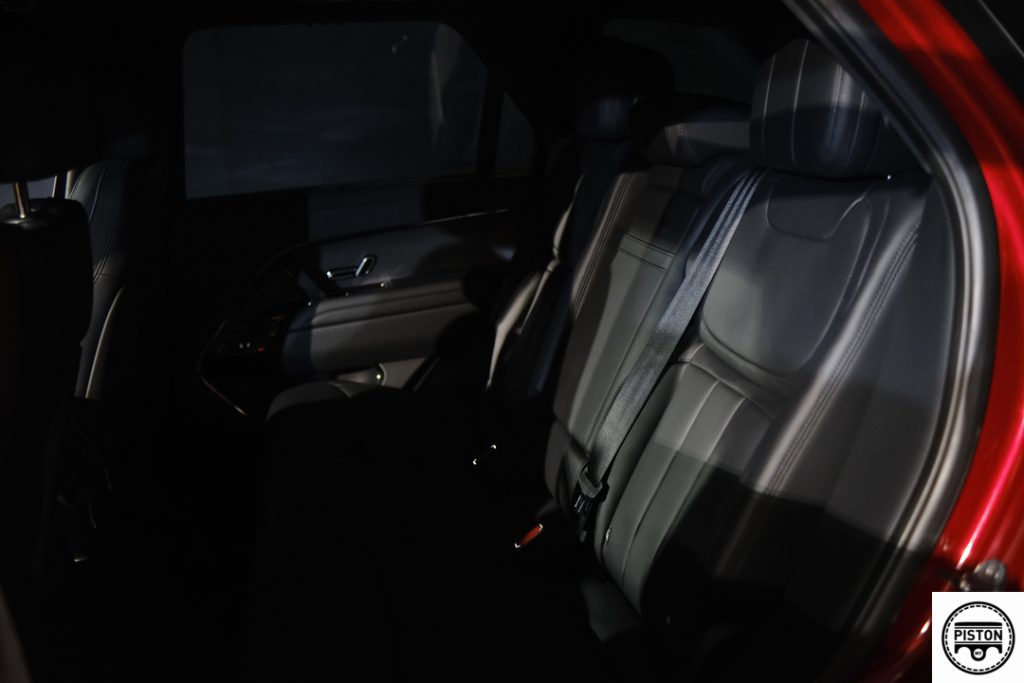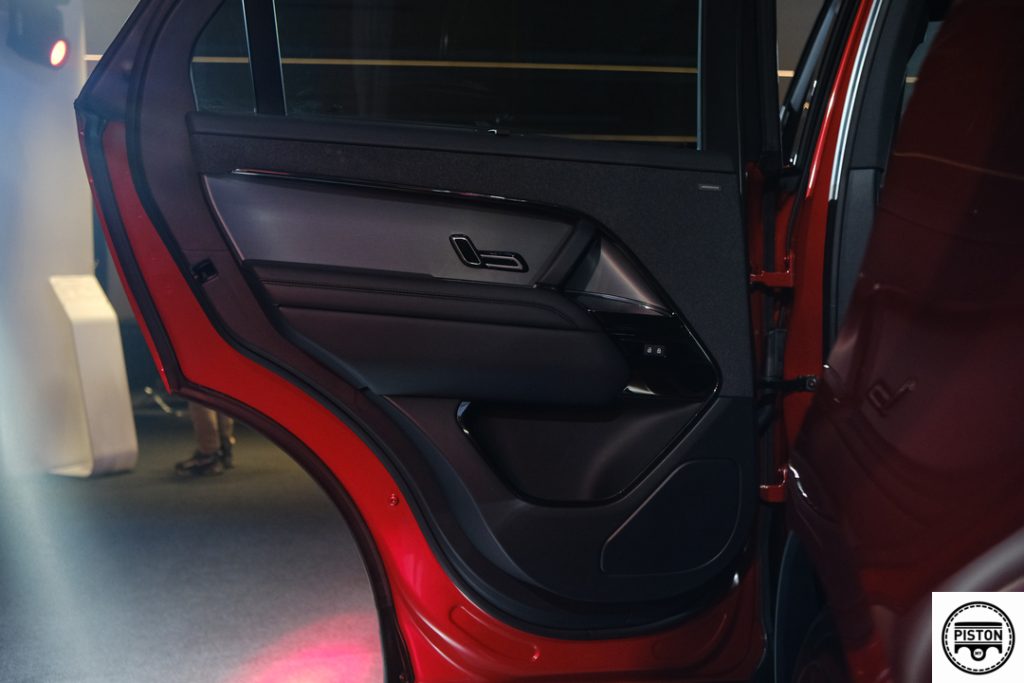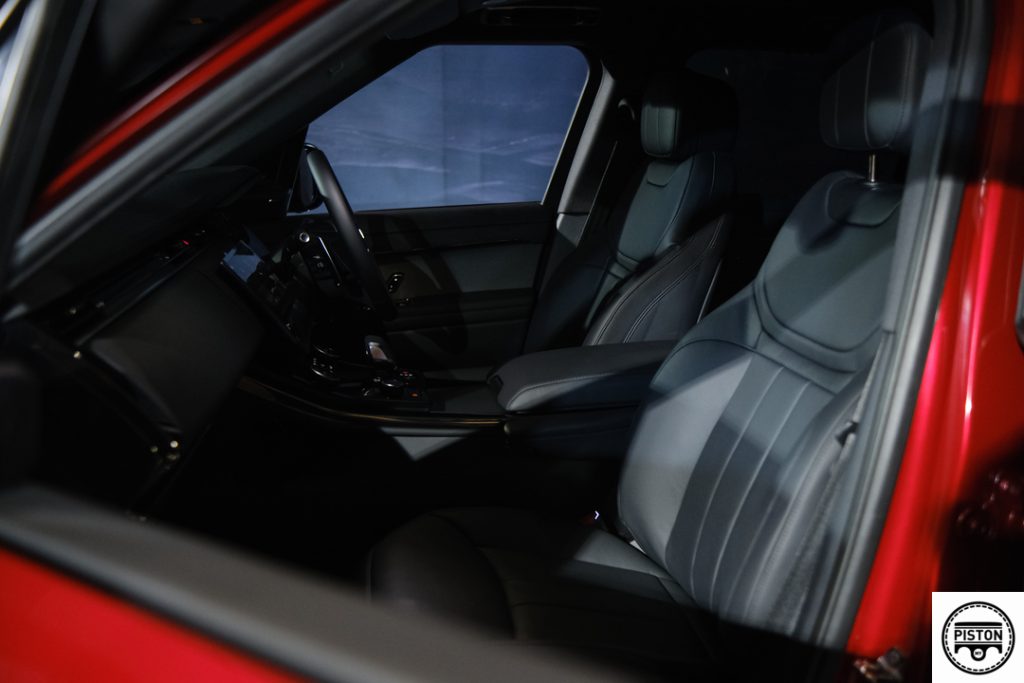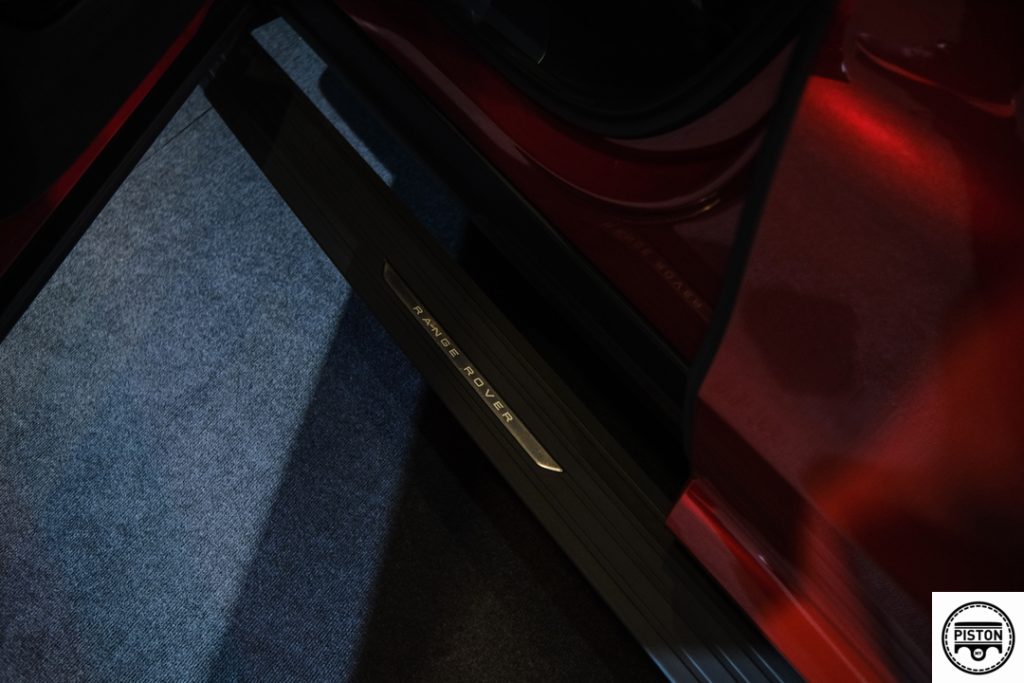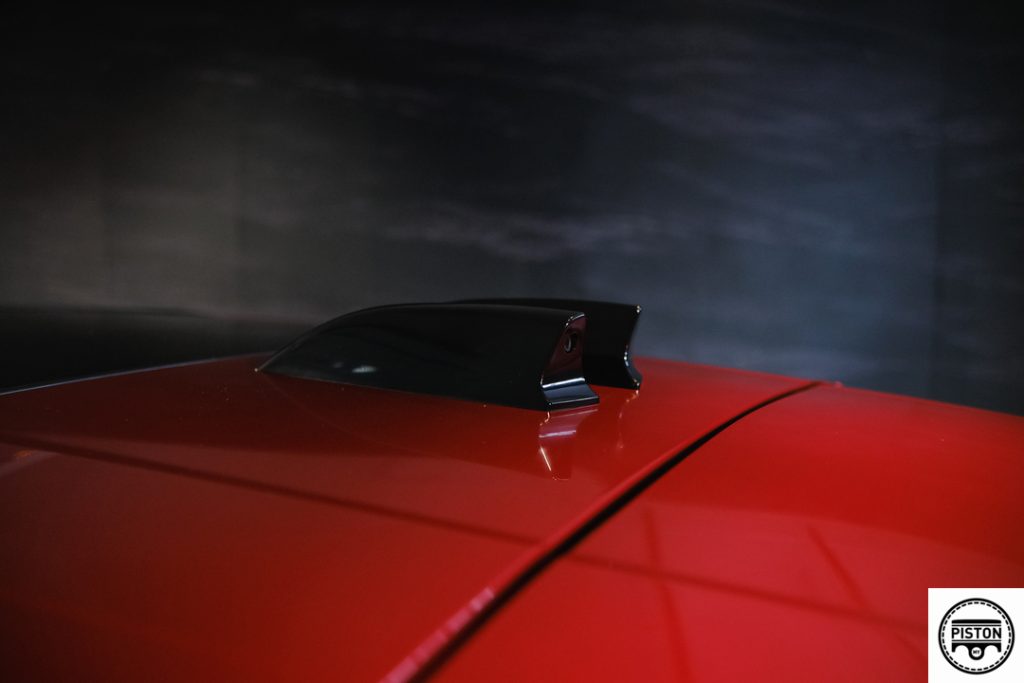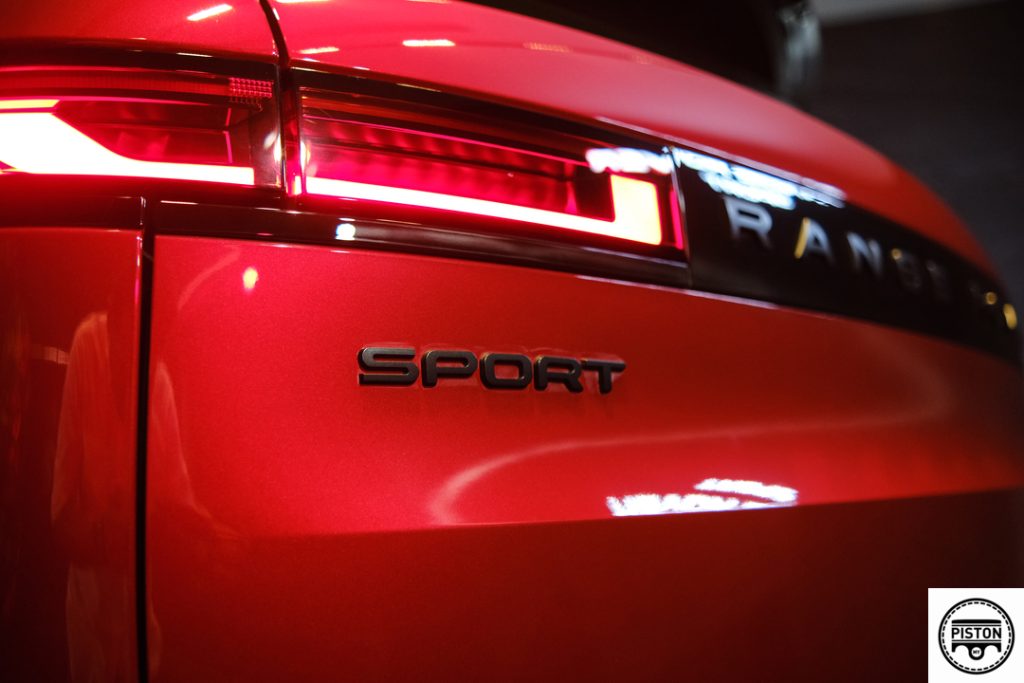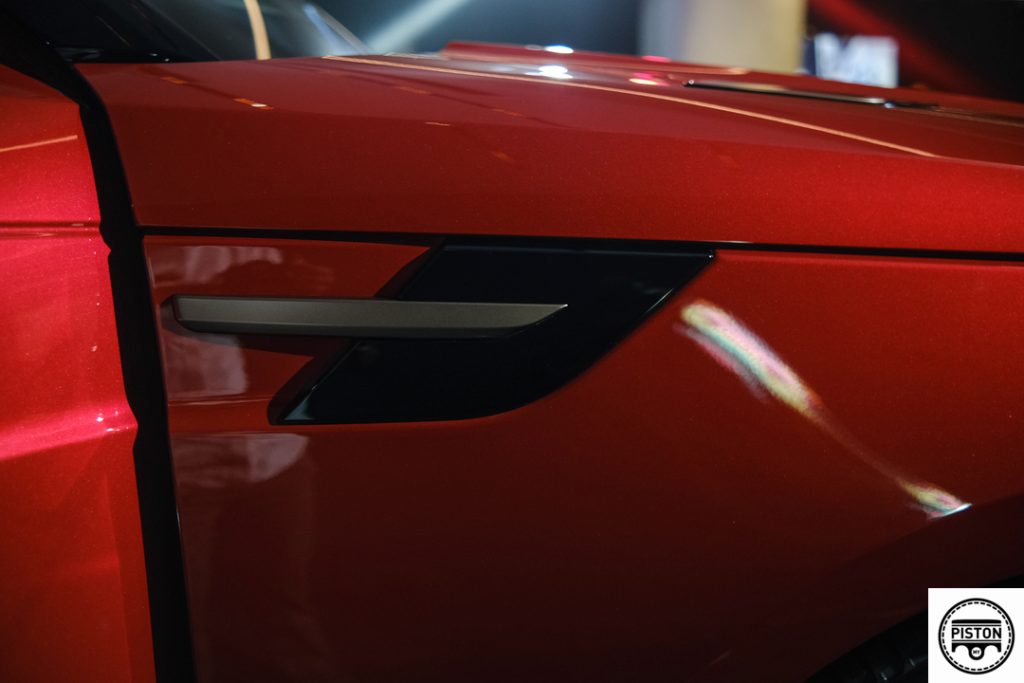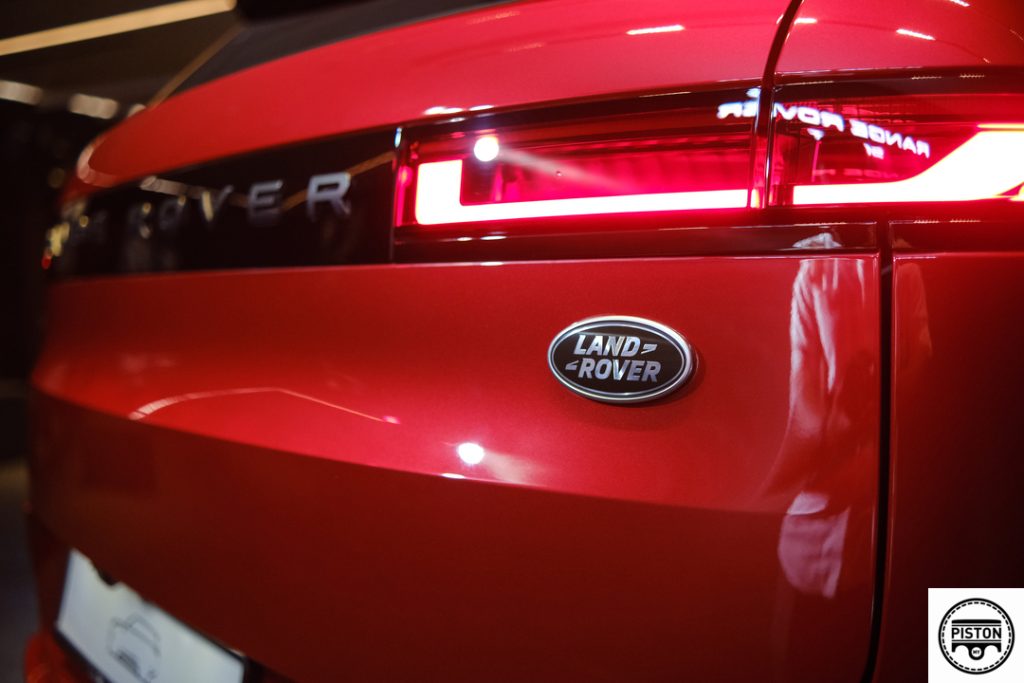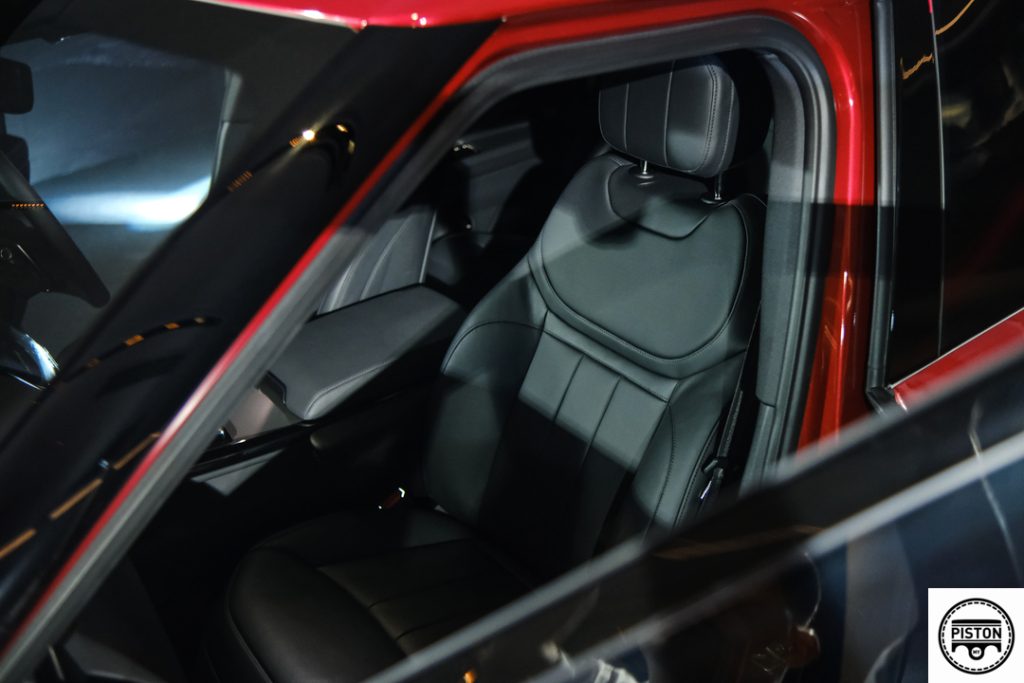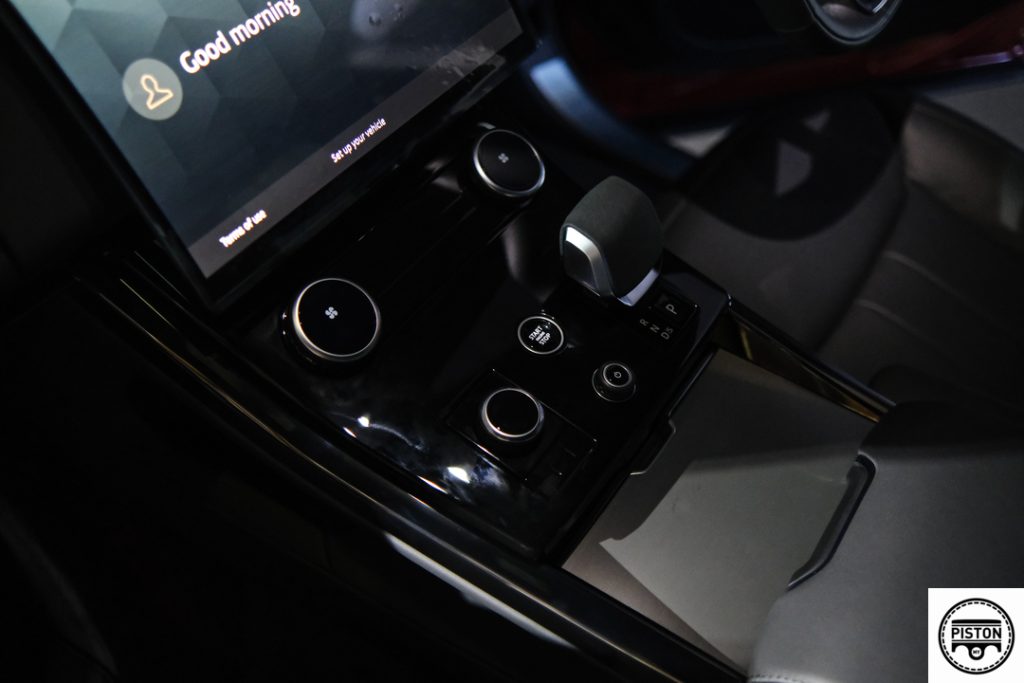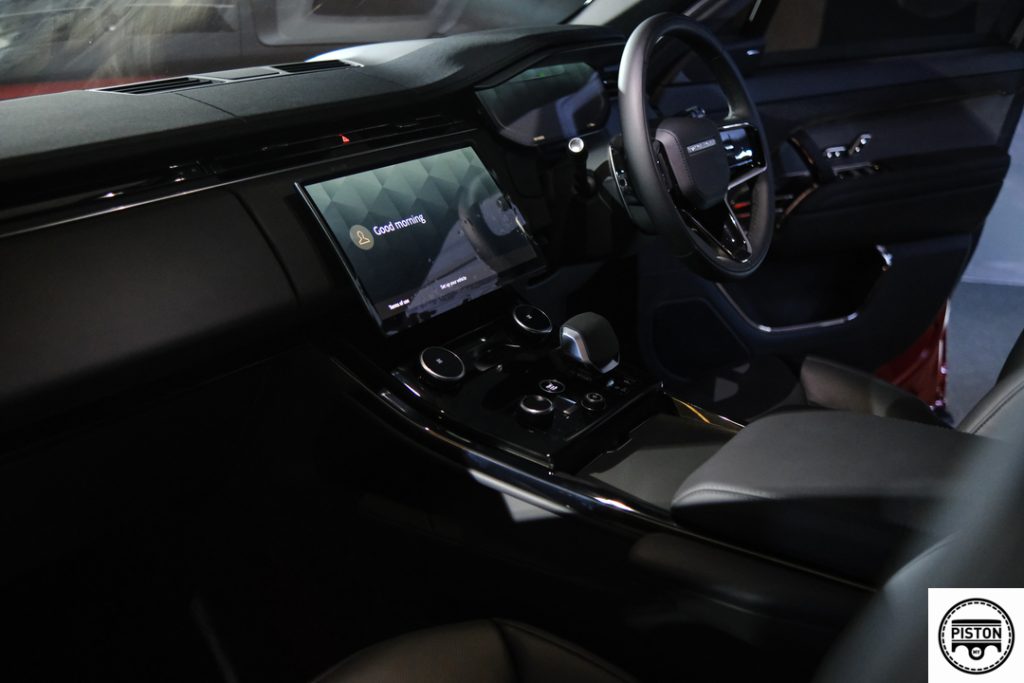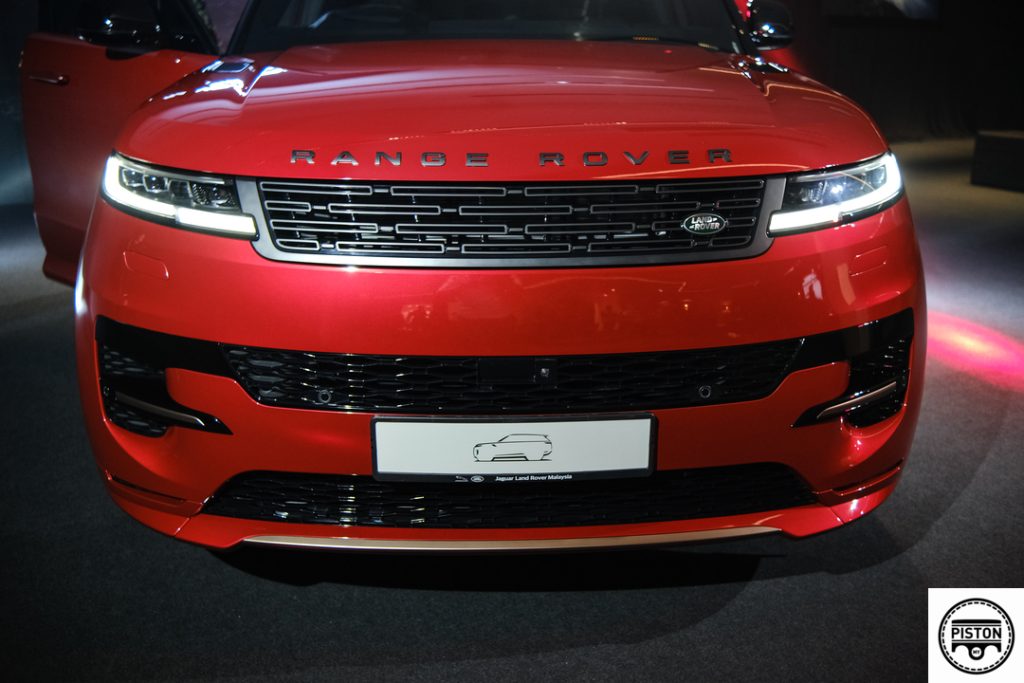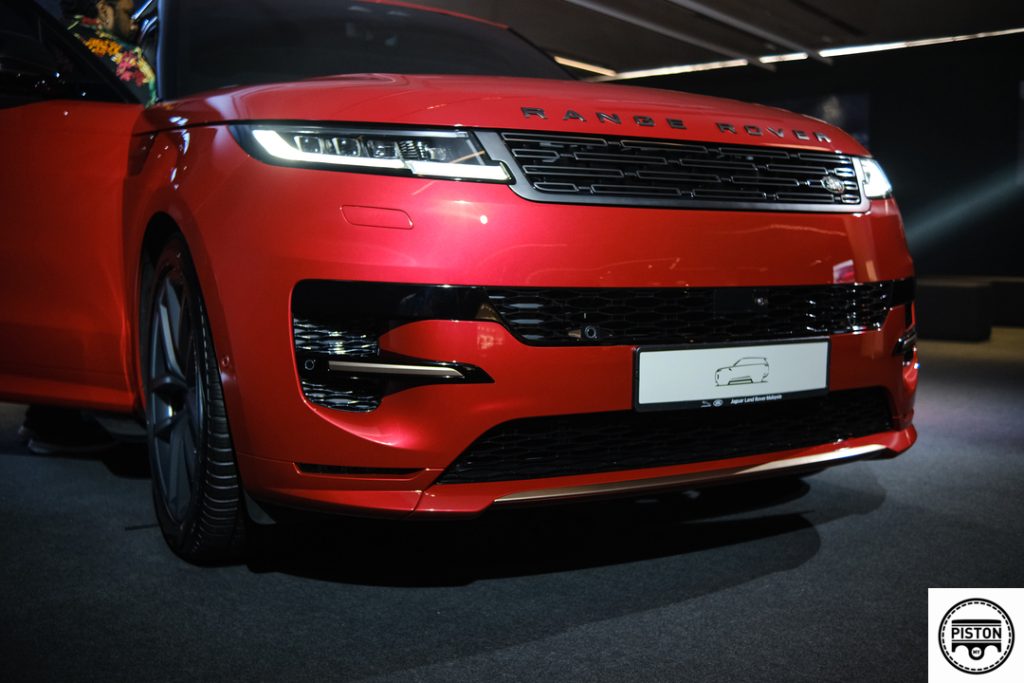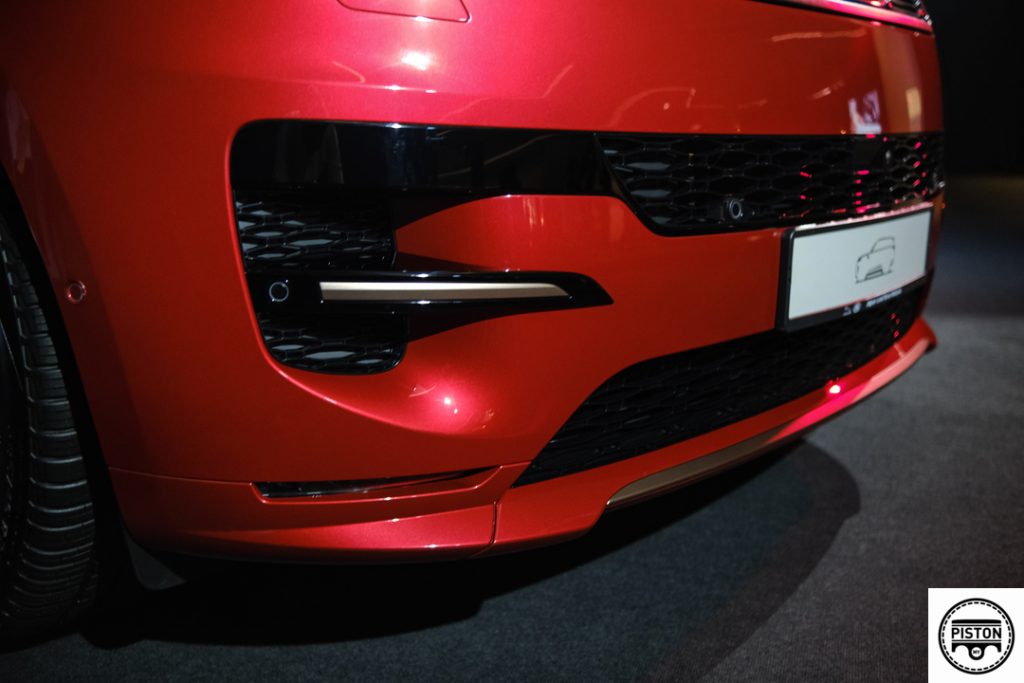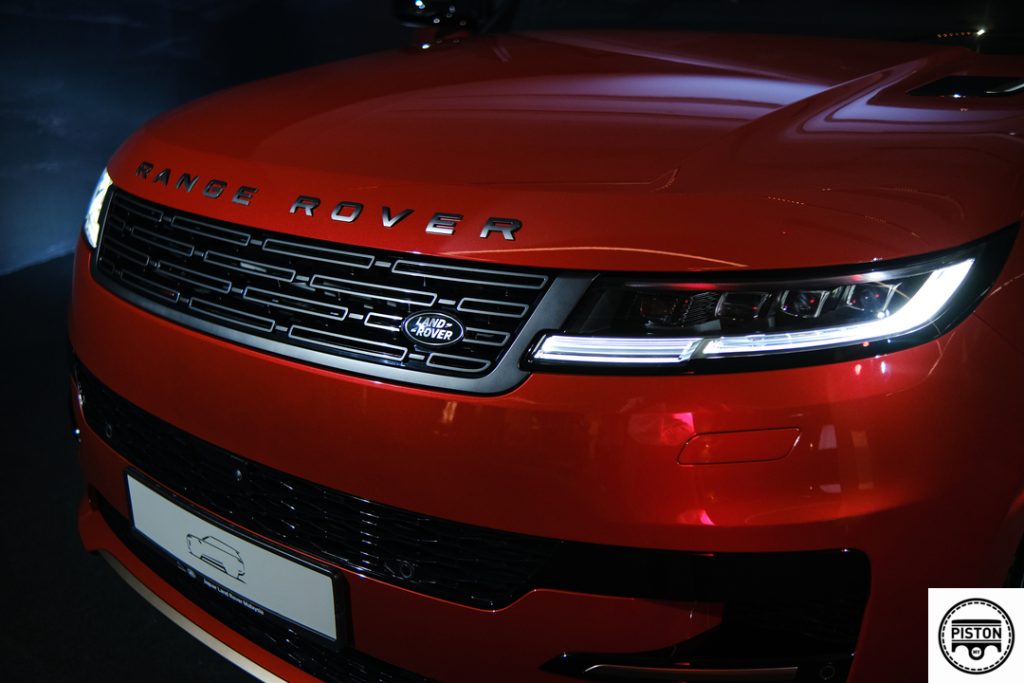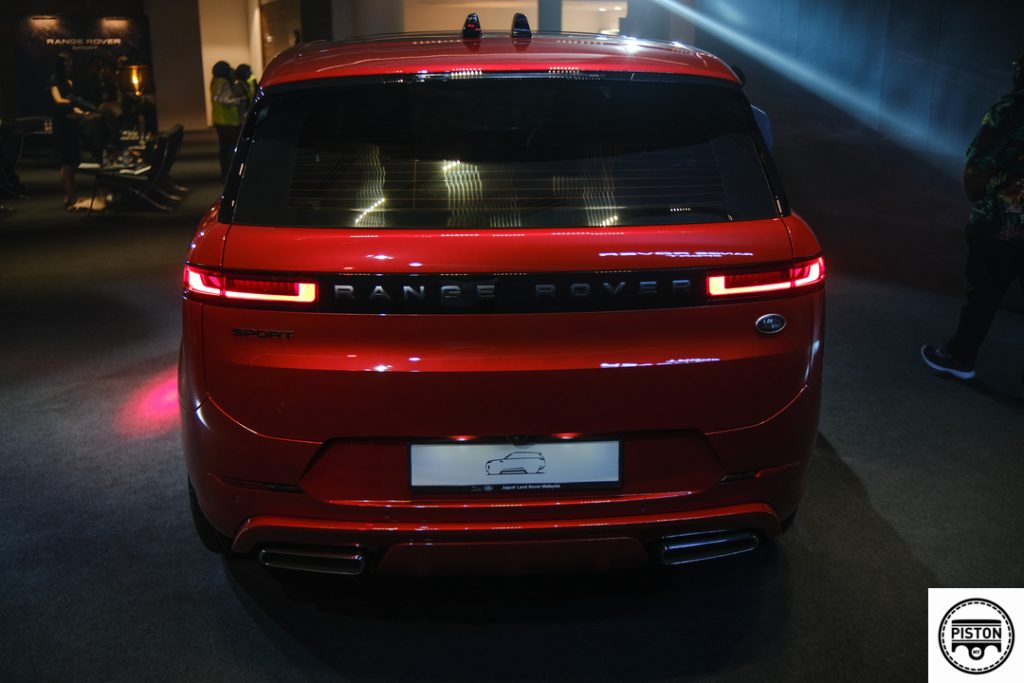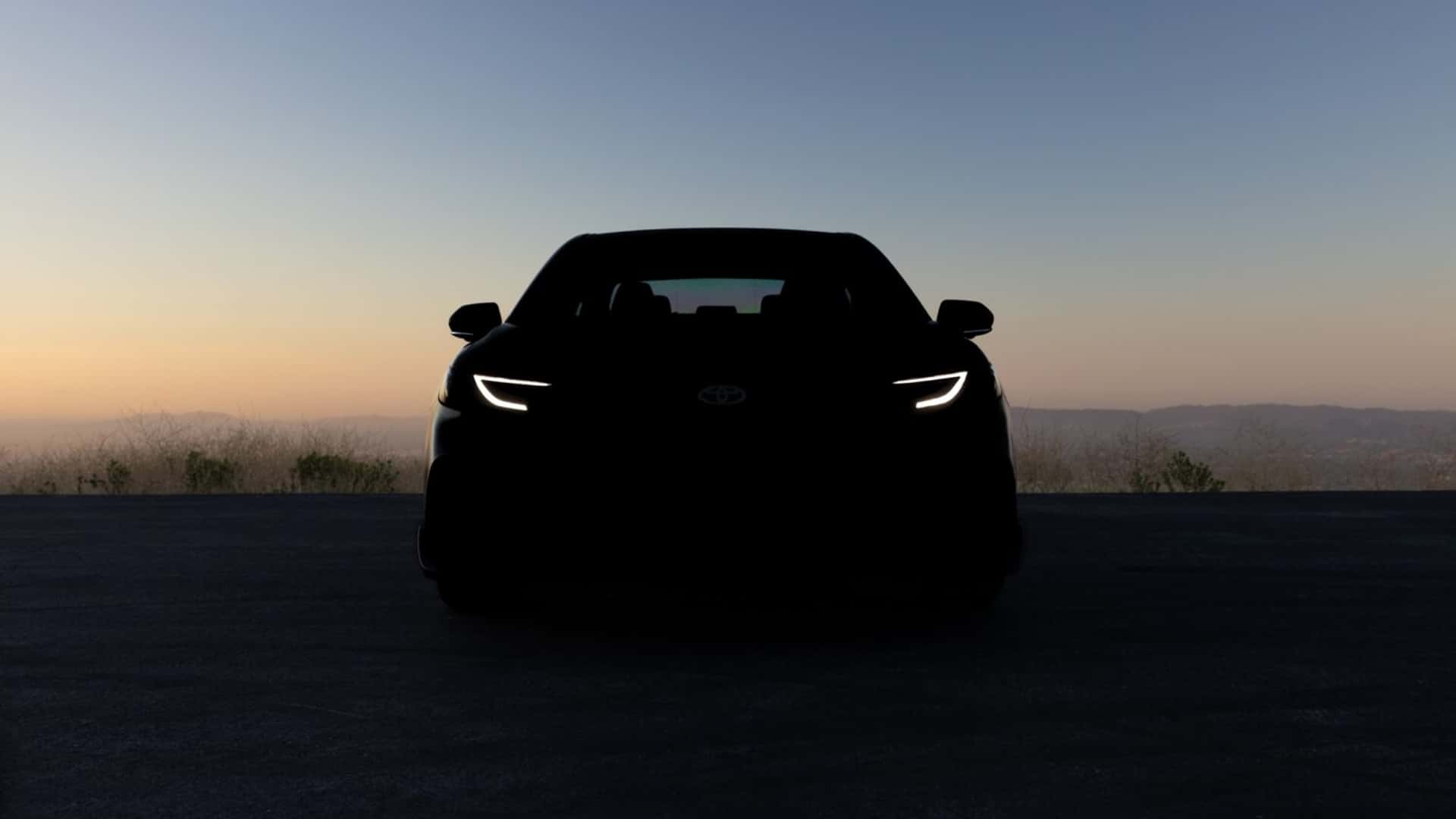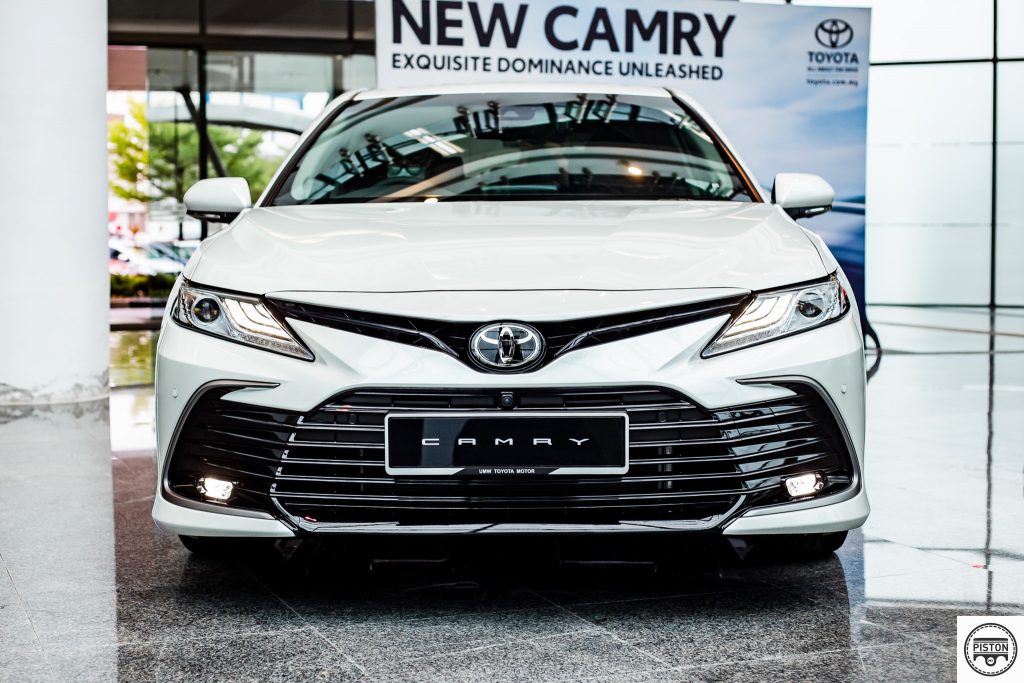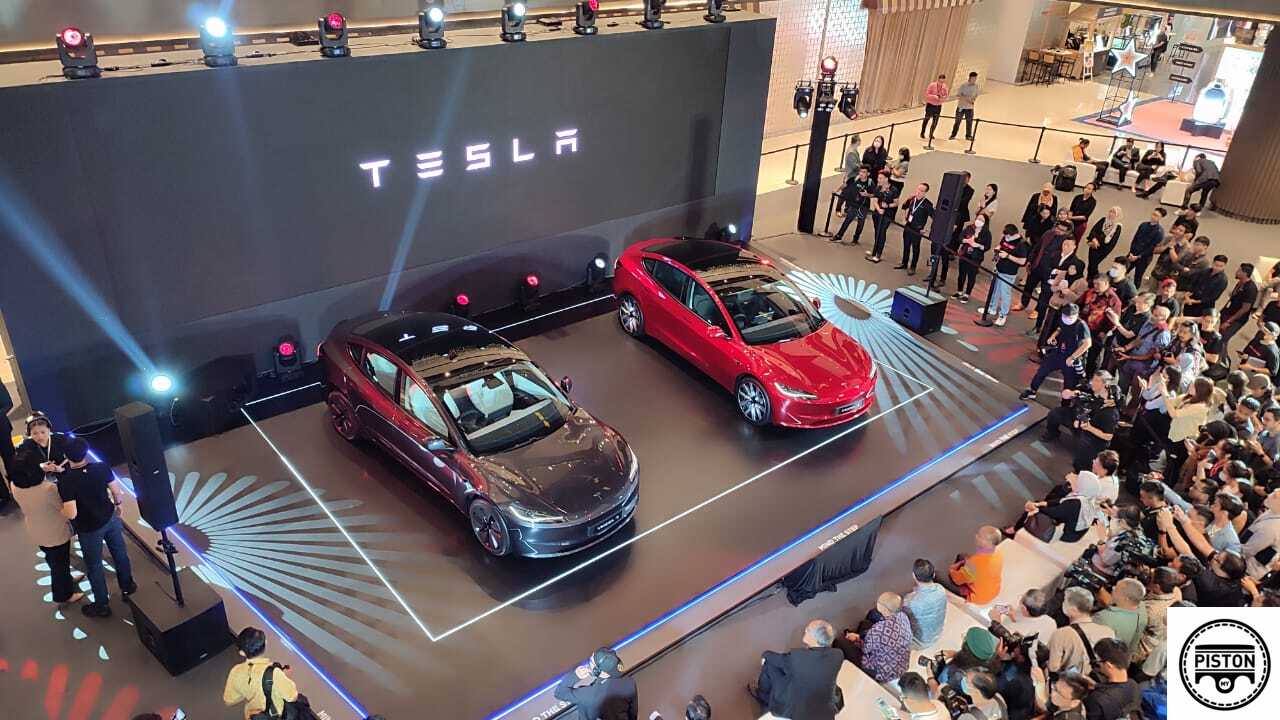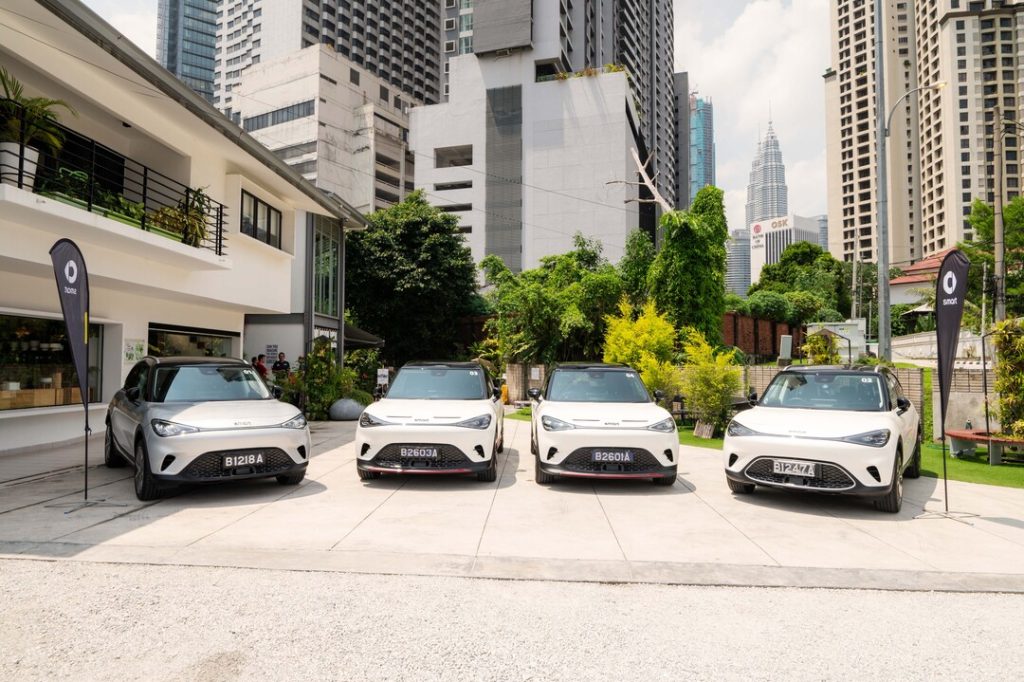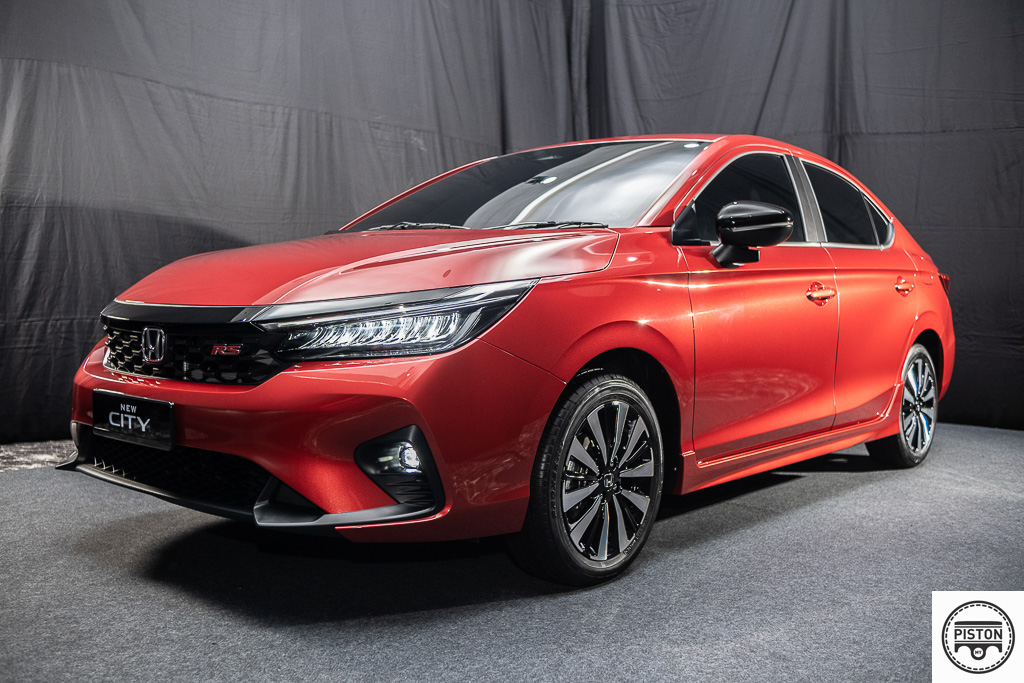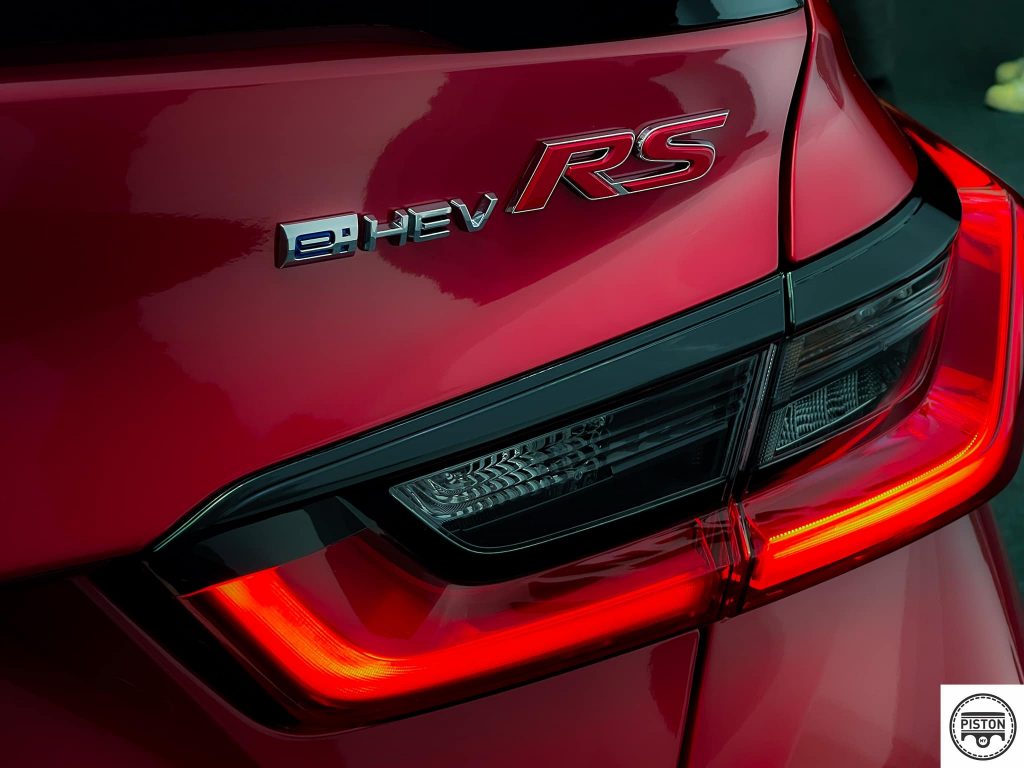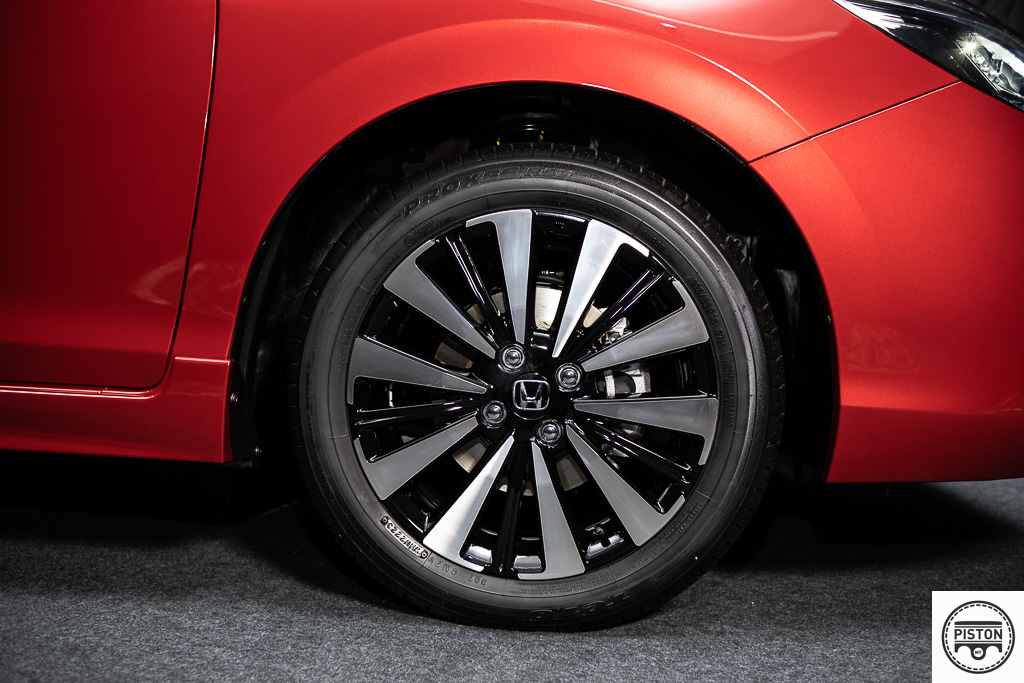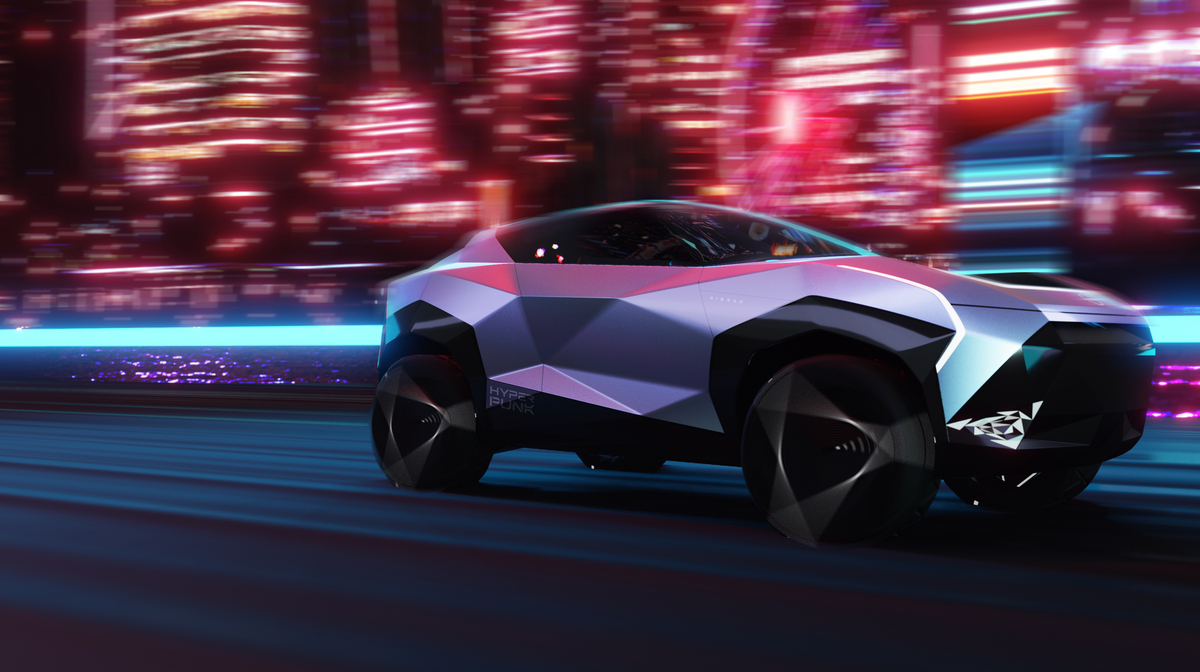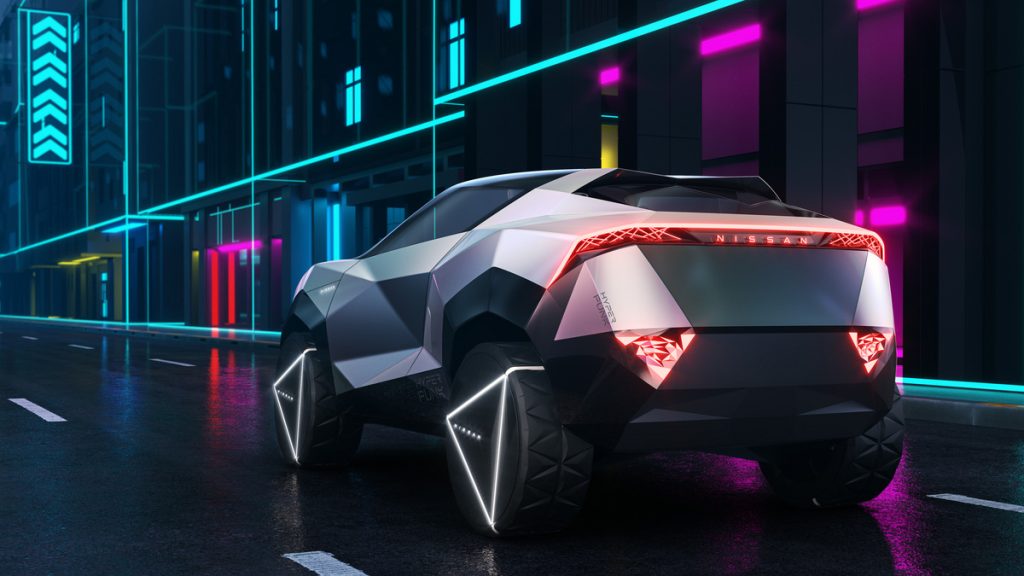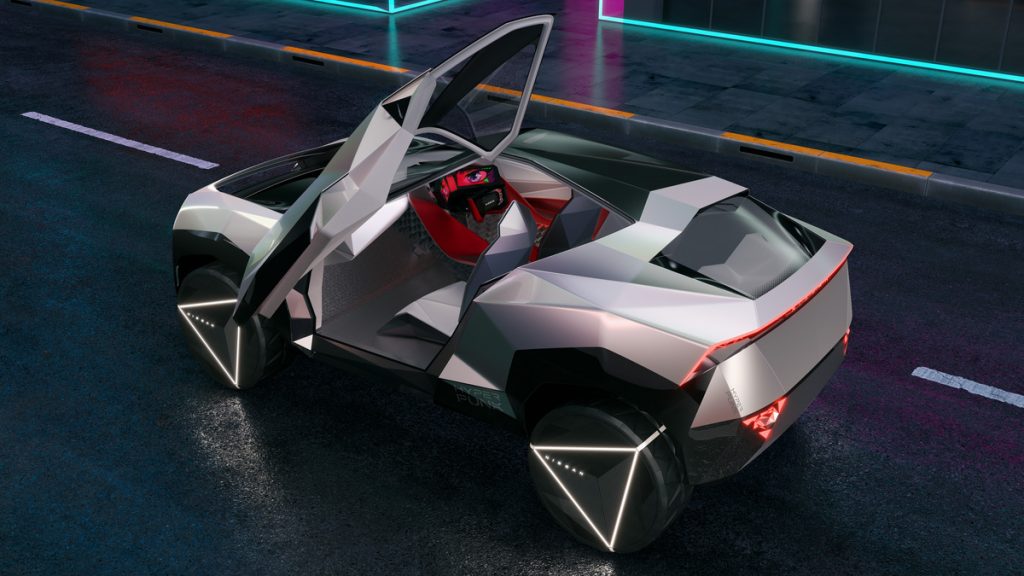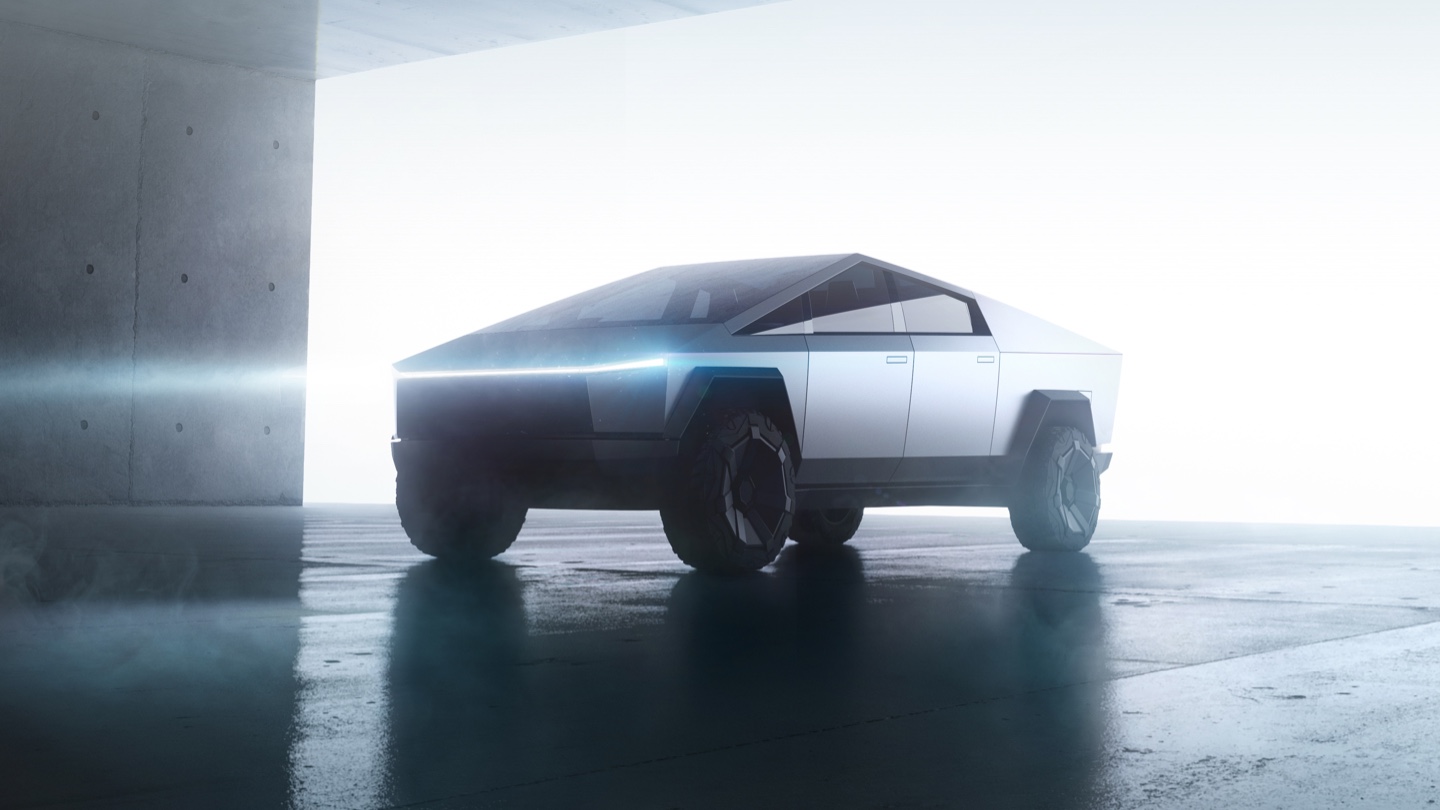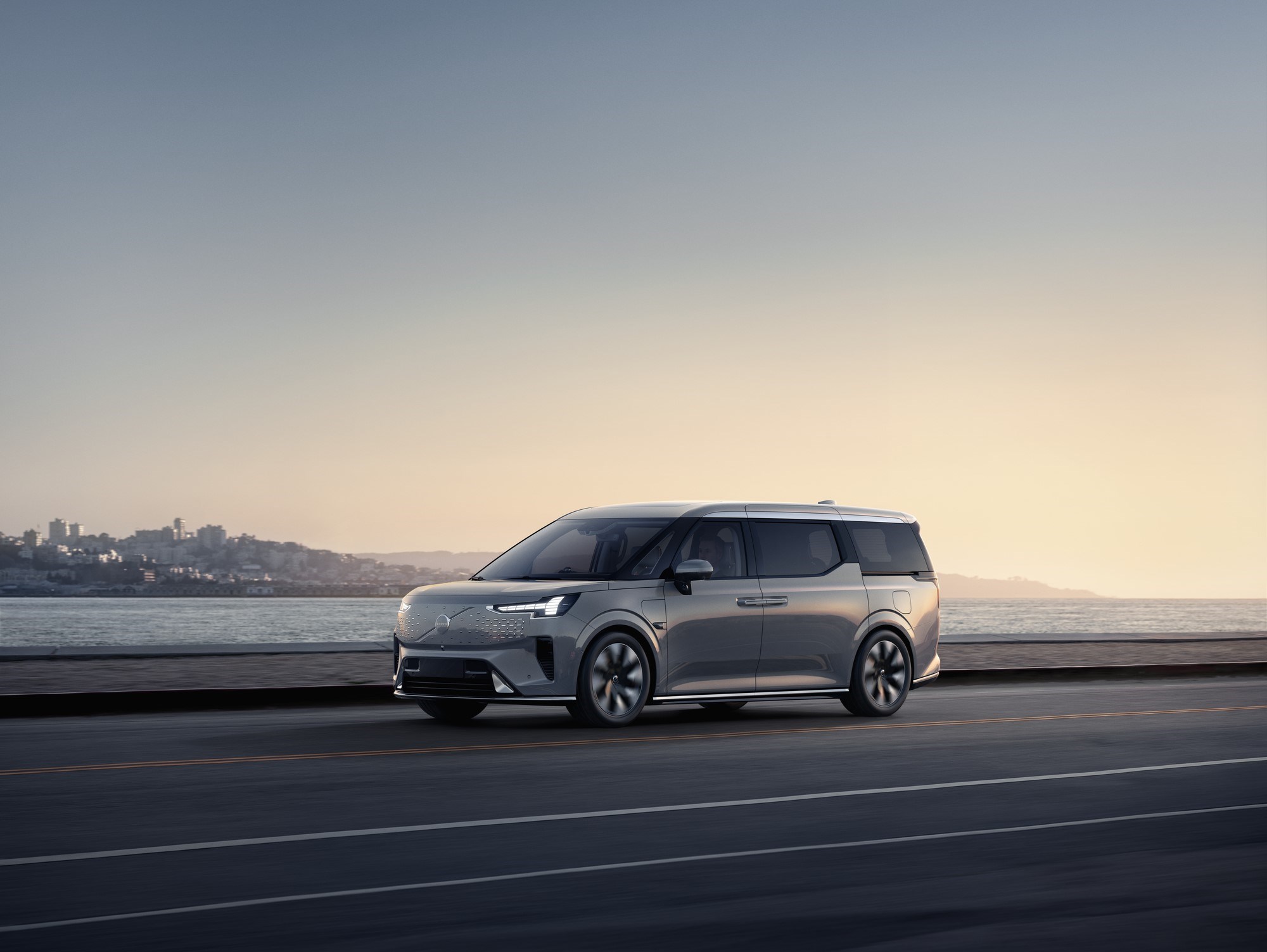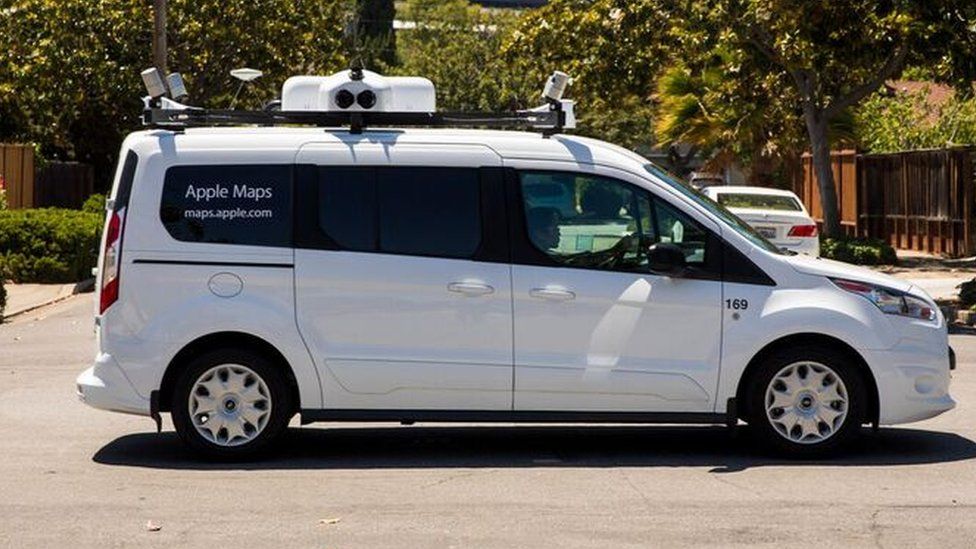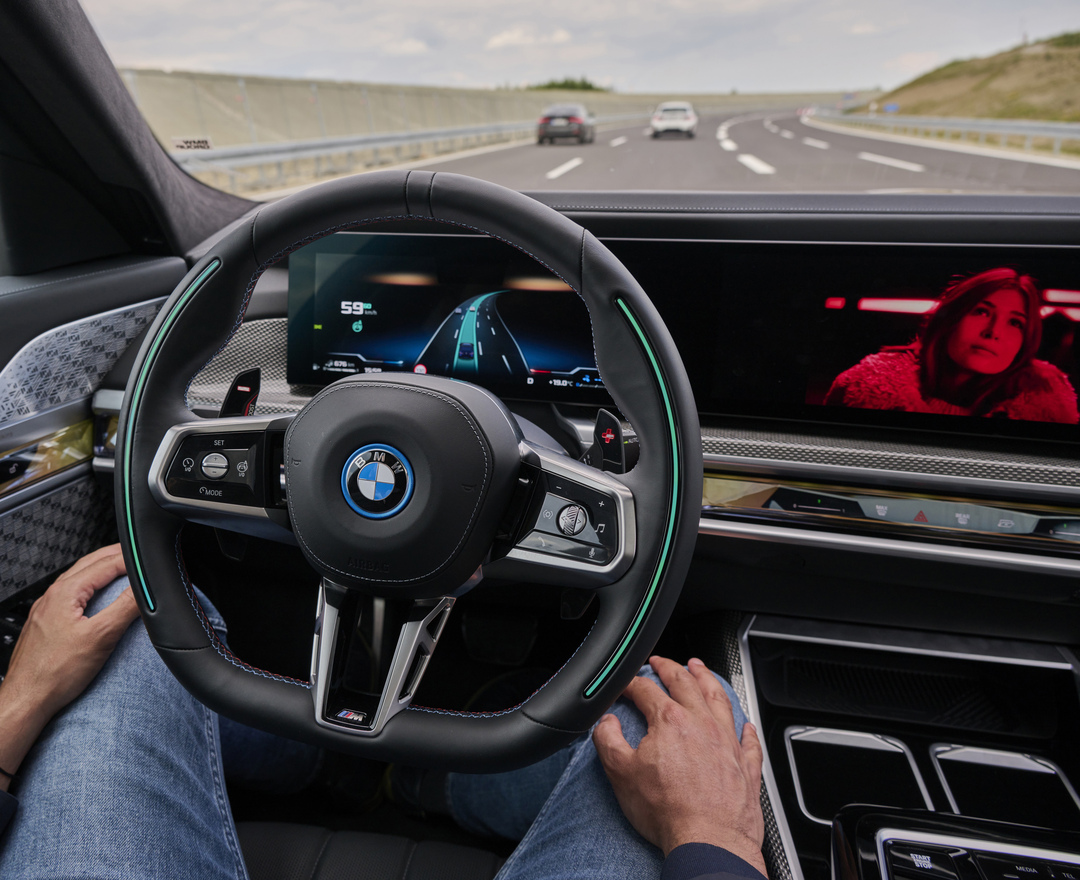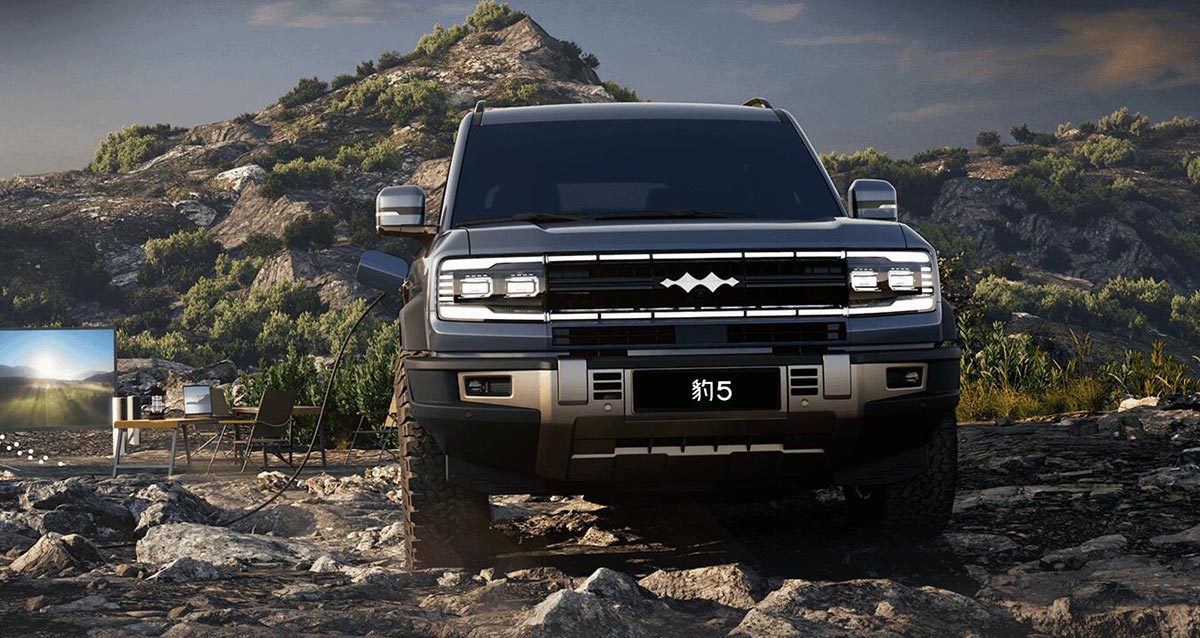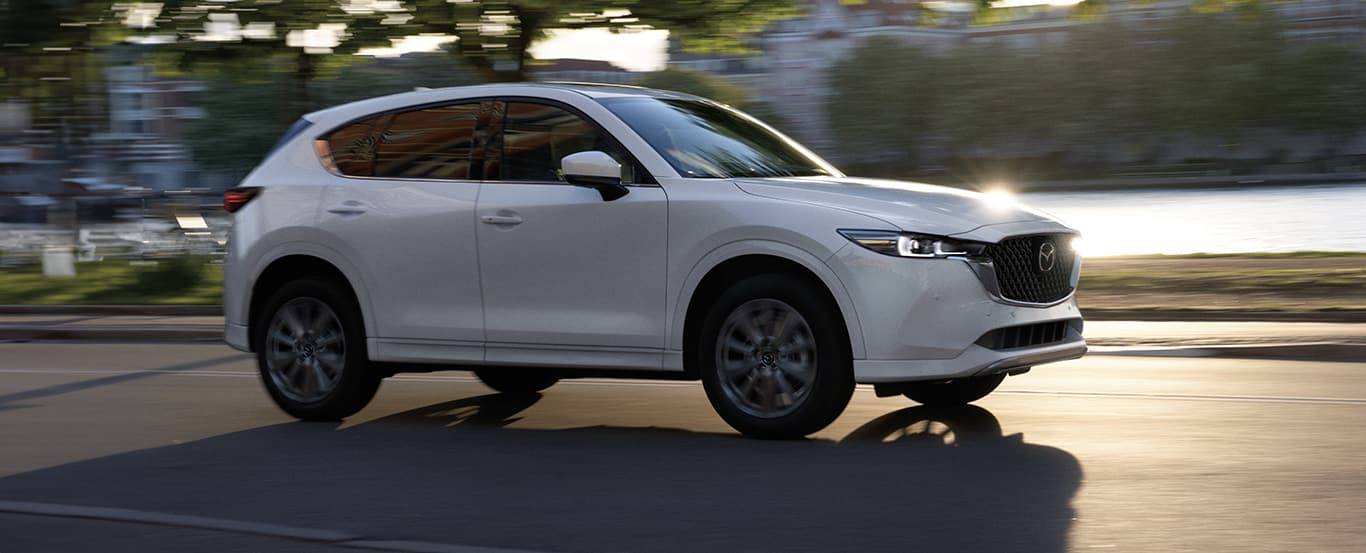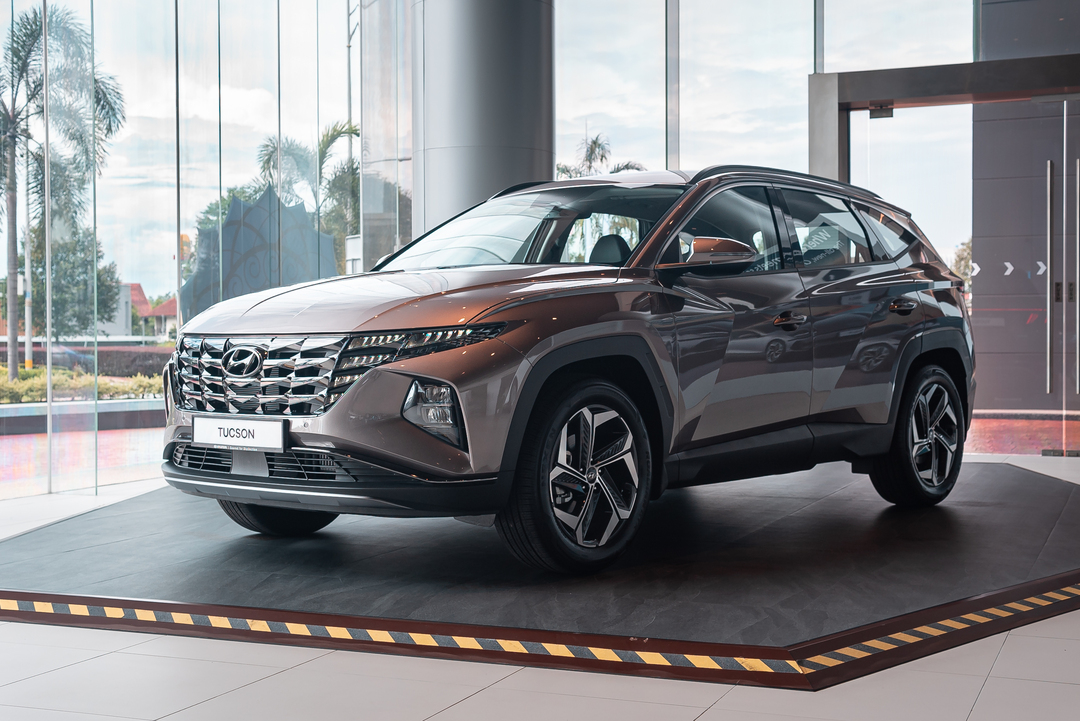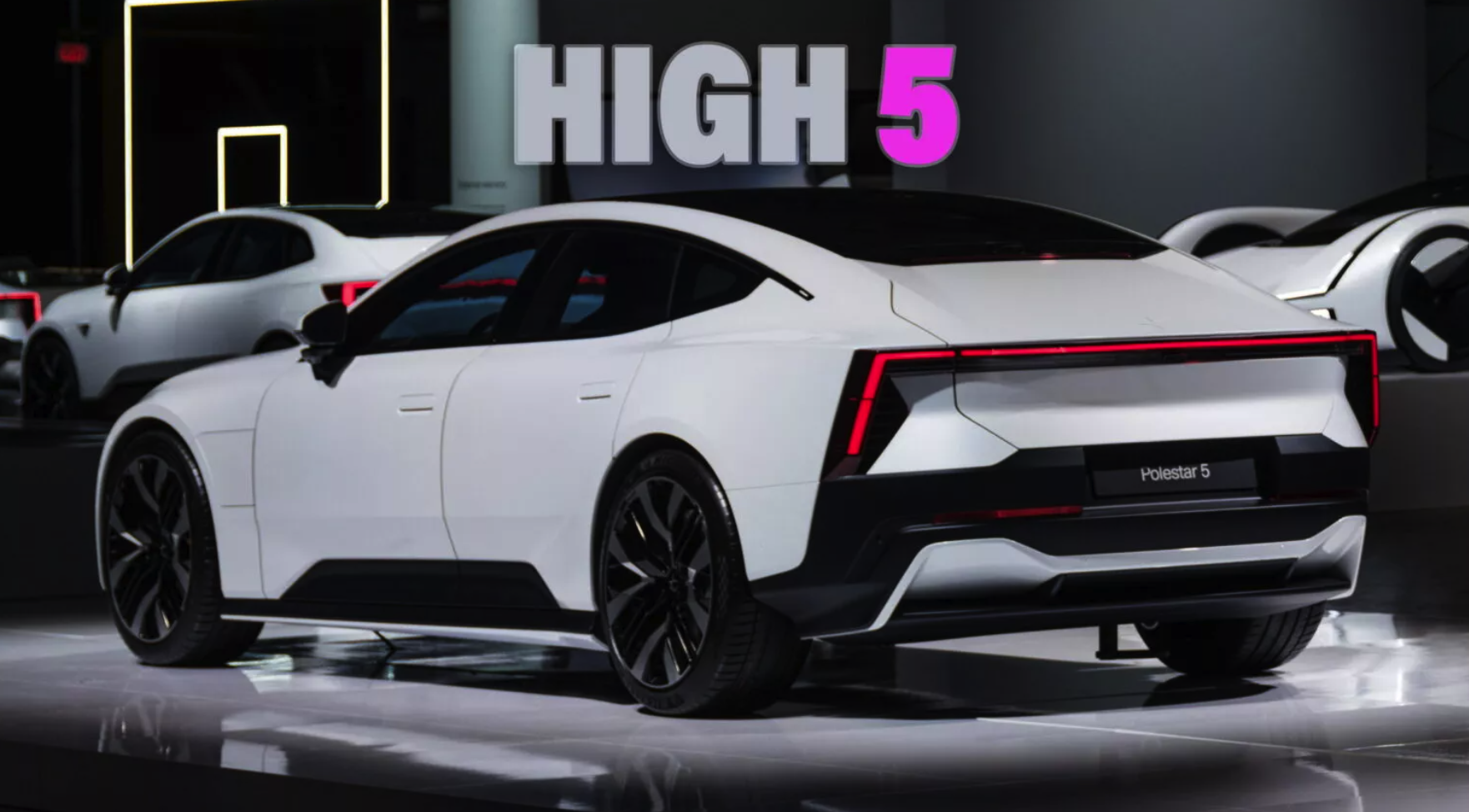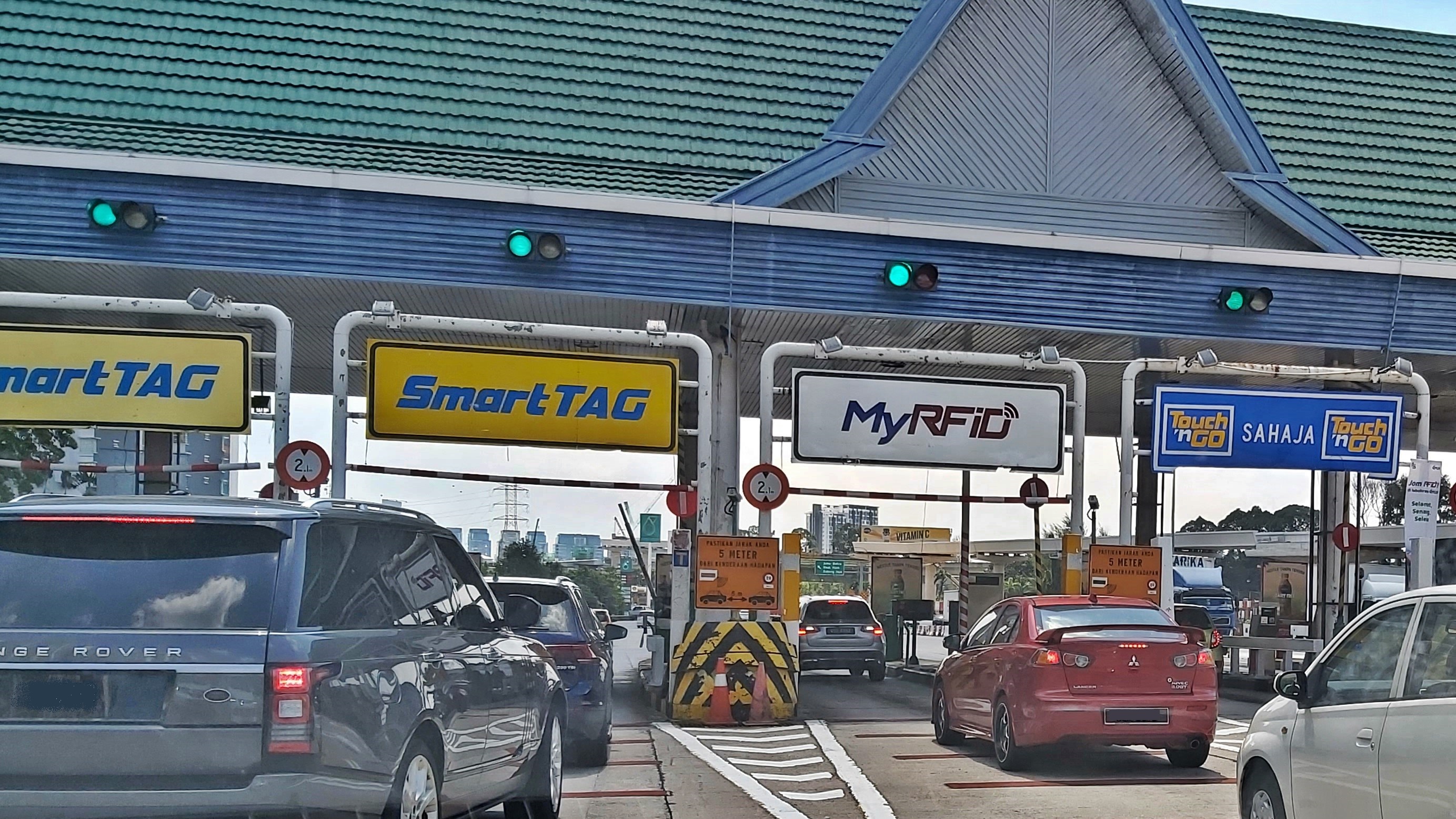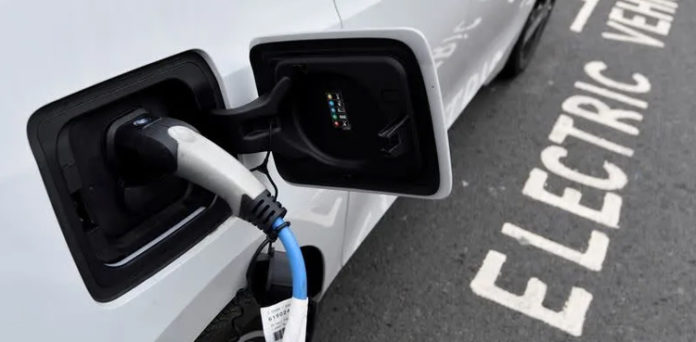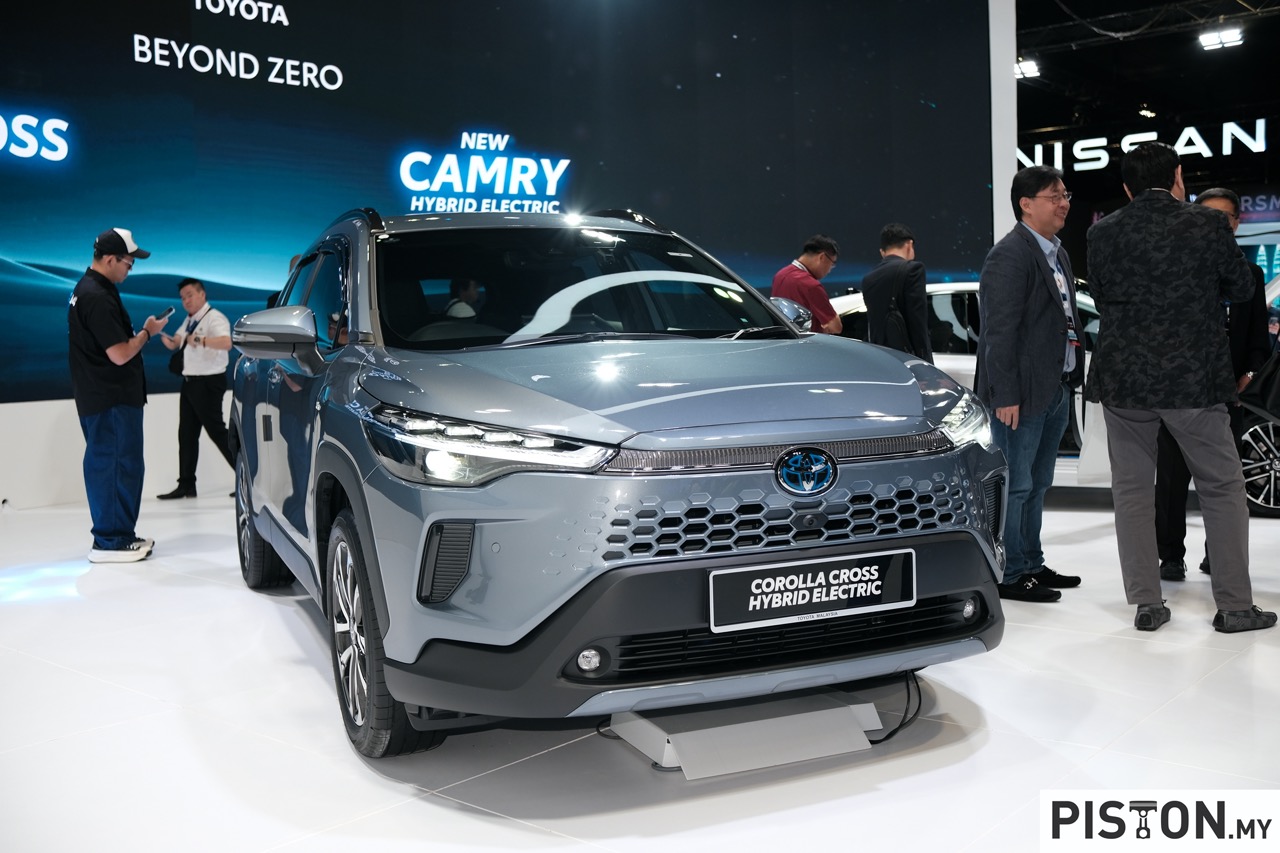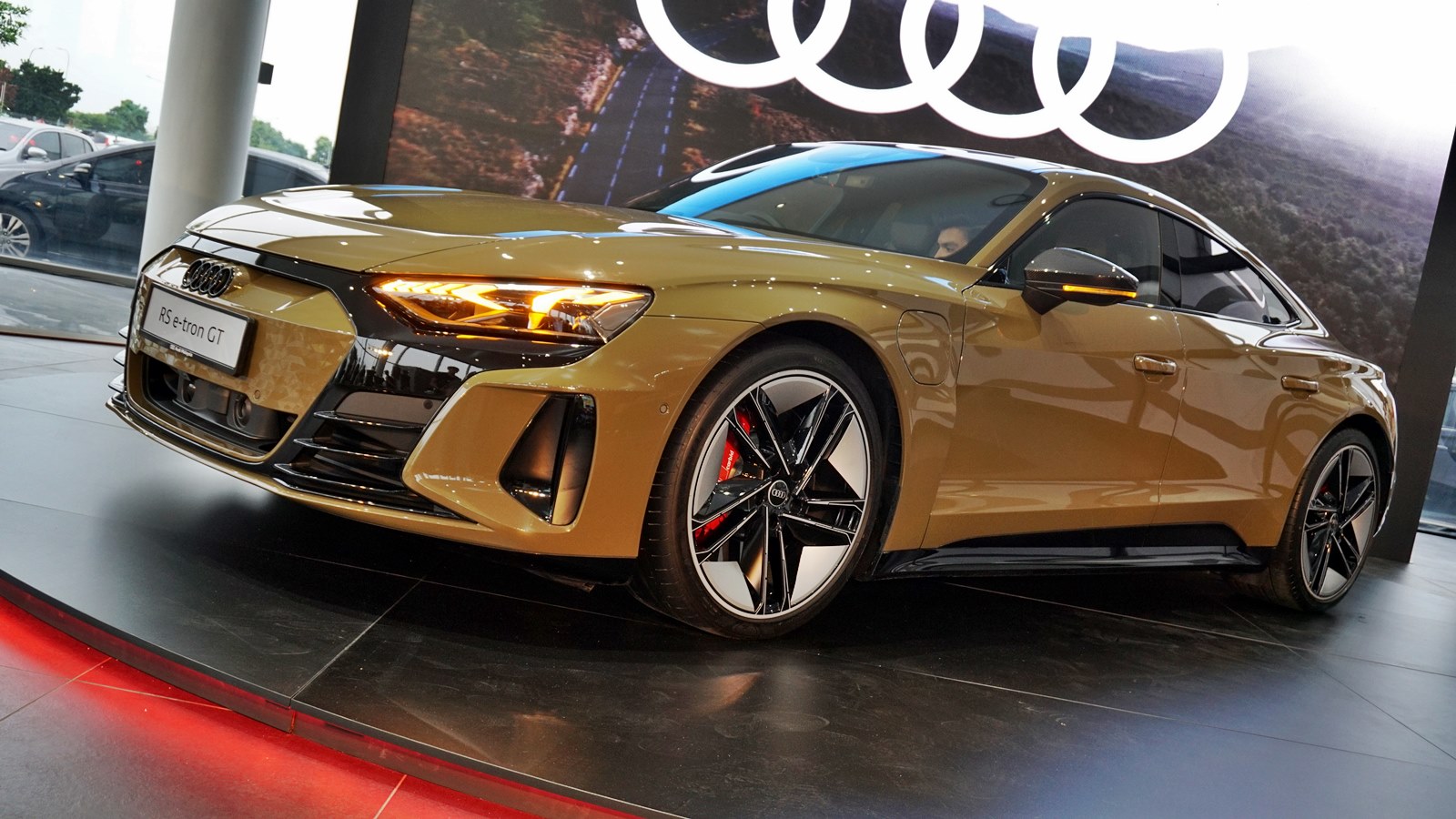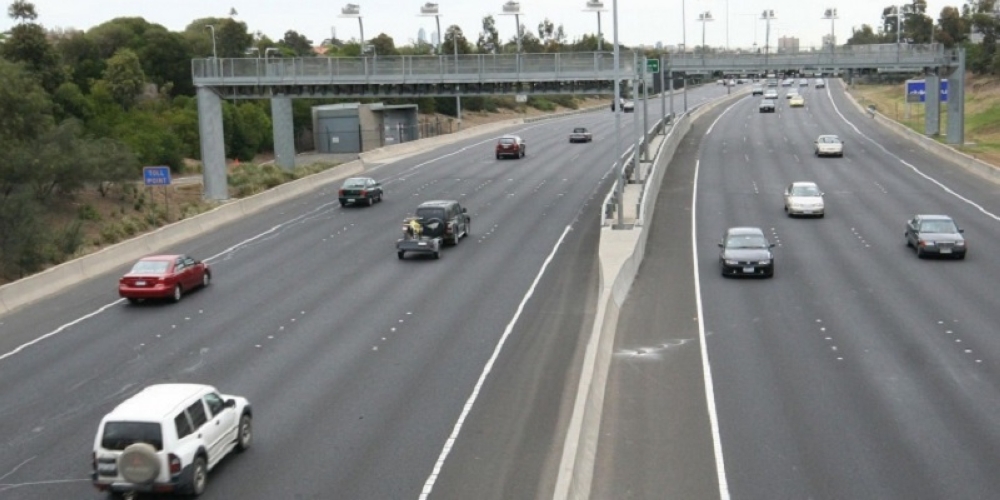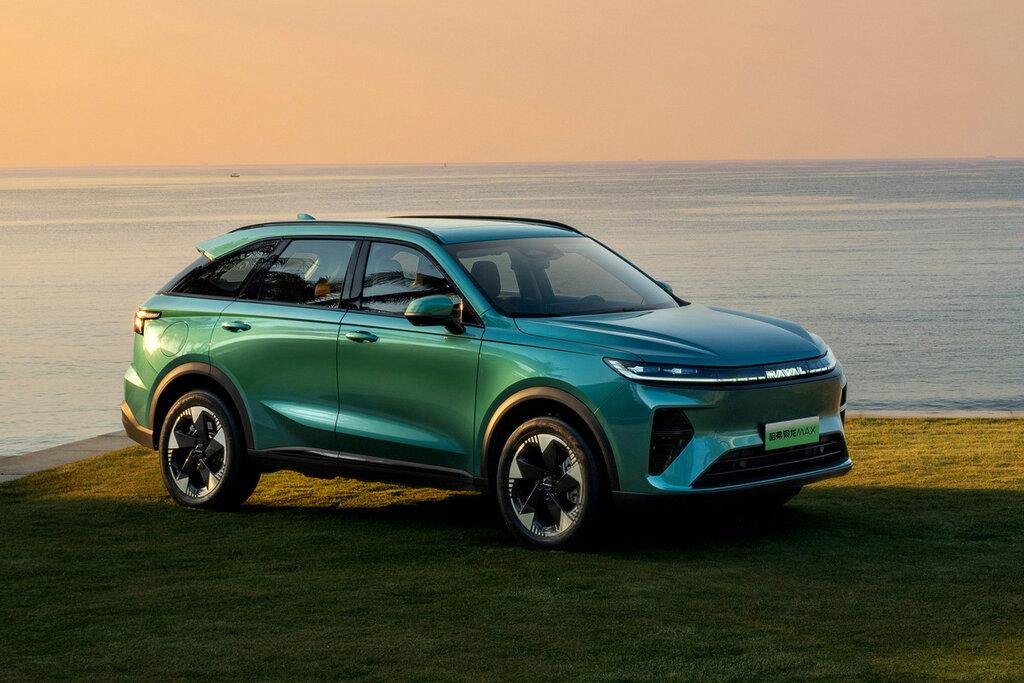When it comes to buying a luxury car, most Malaysians would pick the one that has the most brand recognition. Case in point – it is not uncommon for buyers to pick a Mercedes-Benz or a BMW over a Lexus even though the latter offers a better-appointed interior, greater quality and impressive refinement.
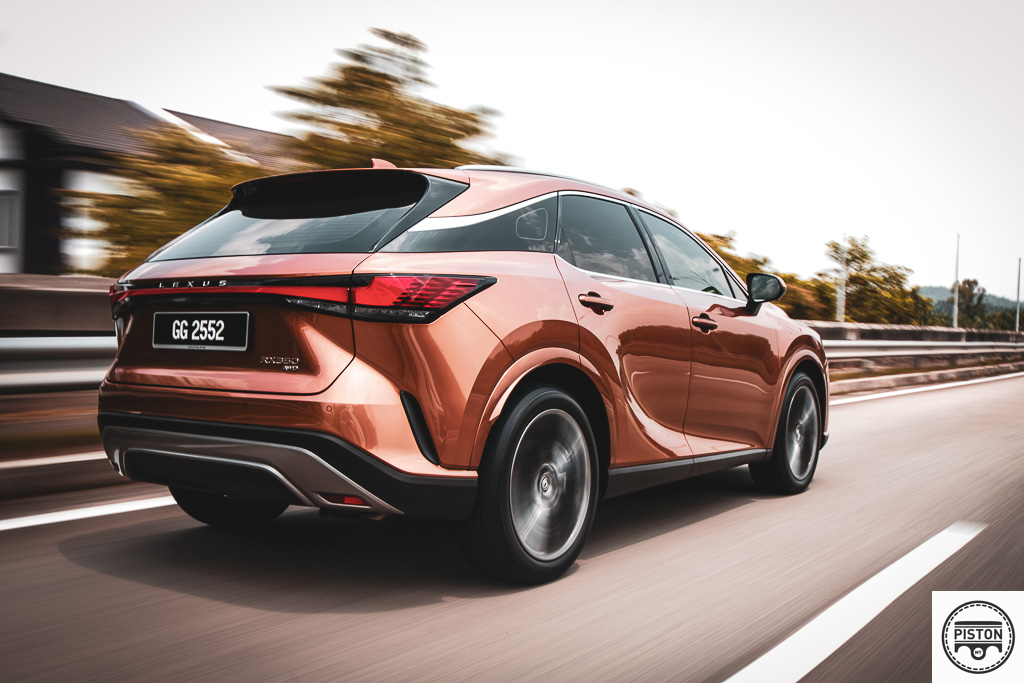
That Lexus does not have the perceived brand value over its continental counterparts is sad. Take the Lexus RX350 for example, its direct competitors would be the Mercedes-Benz GLE which is considerably more expensive and the BMW X5. Yet we arguably see more of the Germans on our roads than the RX.
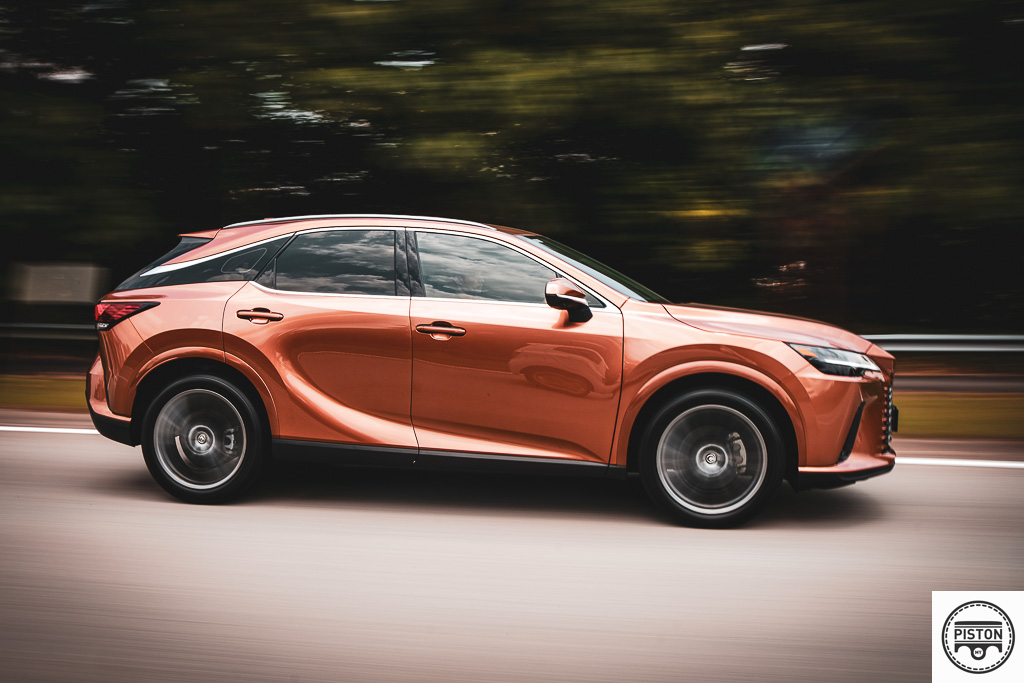
The Lexus RX350 has always been an impressive SUV. One that offers space and comfort in a package that exudes understated luxury. RX models from 15 years ago are still running strong on our roads, and a lot of them are quite well kept. In fact, step inside a well maintained one and you will notice that the seats are still comfortable, the wood trimming is generous and most offer a refinement level that will match many modern cars.
The newer RX models just take it all a couple of notches higher and the latest RX, the one you see here is just in a class of its own.
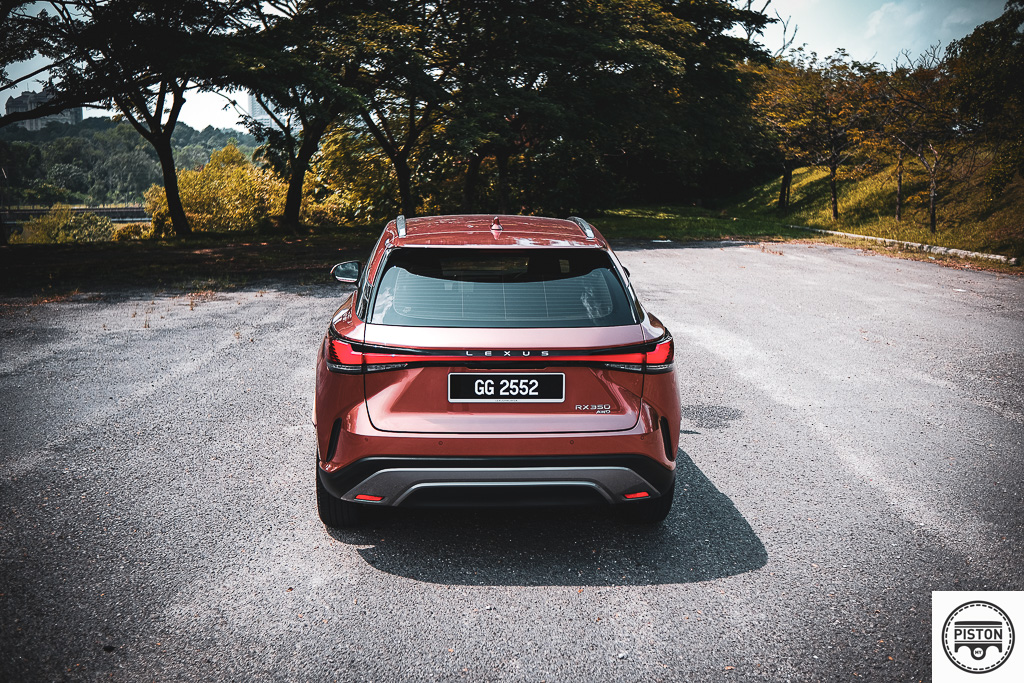
Depending on how you define that class, this writer feels the new Lexus RX350 may just be a better buy than some of its rivals. Namely the aforementioned Mercedes-Benz GLE which costs upwards of RM515,000, and the BMW X5 with a half a million Ringgit price tag and a plug-in hybrid system that is yet to prove that it will stand the test of time.
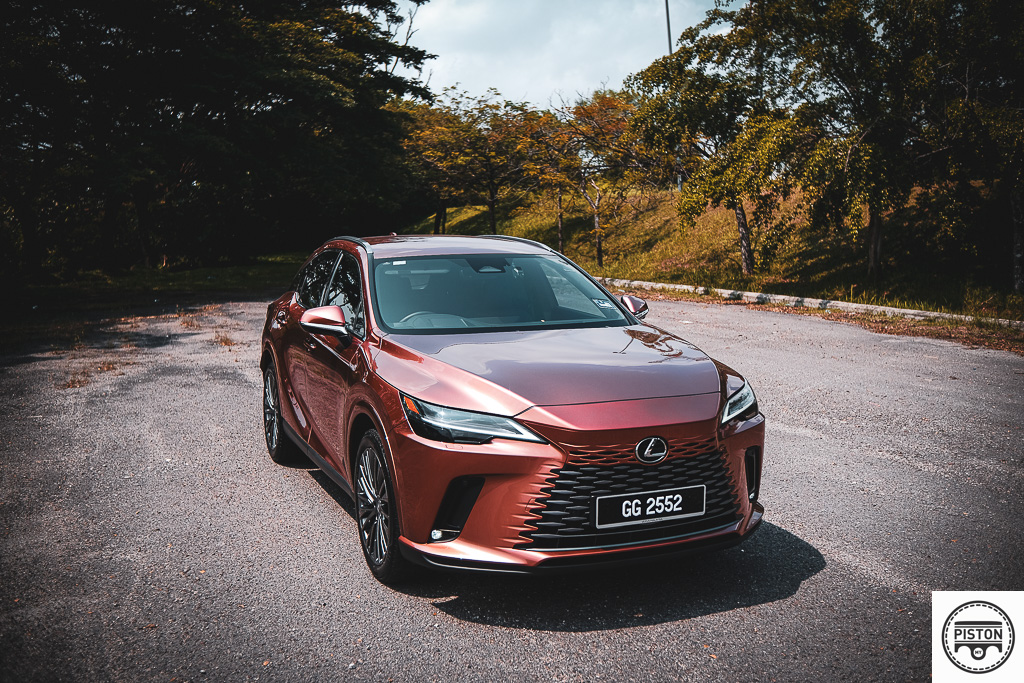
And then there are others like the Volvo XC90 which is another plug-in hybrid but one that is in urgent need of an update. But with Volvo swearing off internal combustion engines the next generation XC90 could just be an electric vehicle, so that is the end of that chapter.
Also in the competitor bracket is the Audi Q5. It may be smaller and of a different segment altogether, but at RM480,000 it is very well in the same price segment as all the big names mentioned here. So, despite being smaller in size, the Audi Q5 is very much in contention.
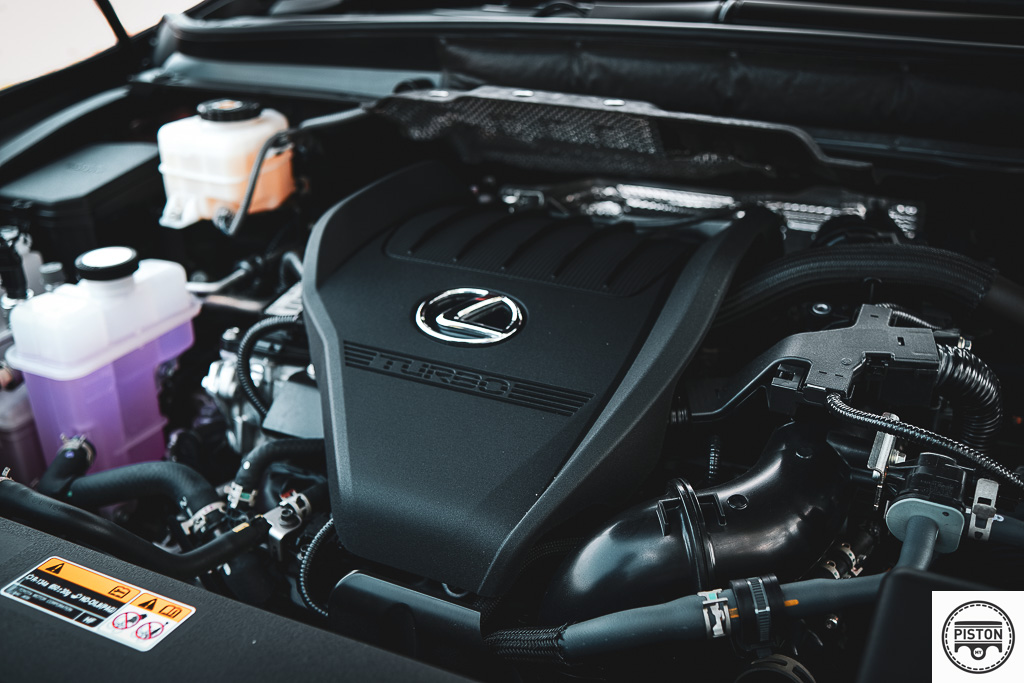
So, what makes the Lexus RX350 a better buy then? The powertrain for one is one of the most reliable in the industry. There is none of that hybrid systems (though you can now buy a hybrid RX model) to deal with. The most basic mantra of a long-lasting car should be – the fewer parts there are in a powertrain, the less chances of anything breaking down.
Powering the RX350 is a 2.4-litre turbocharged, four-cylinder engine producing 275hp and 430Nm of torque. Those figures are enough to propel the two-ton SUV from zero to 100km/h in 7.6 seconds and onto a top speed of 200km/h. That may not sound very exciting and in all honesty, performance is not what the RX350 does best.
Power delivery is far from explosive, and you will likely want to stay out of any conversation about performance with Mercedes, BMW or Volvo owners. But that is not why you buy a Lexus RX; you buy a RX for the way the interior was crafted around the driver and passengers and the way the car isolates its occupants from the drama of the world outside.
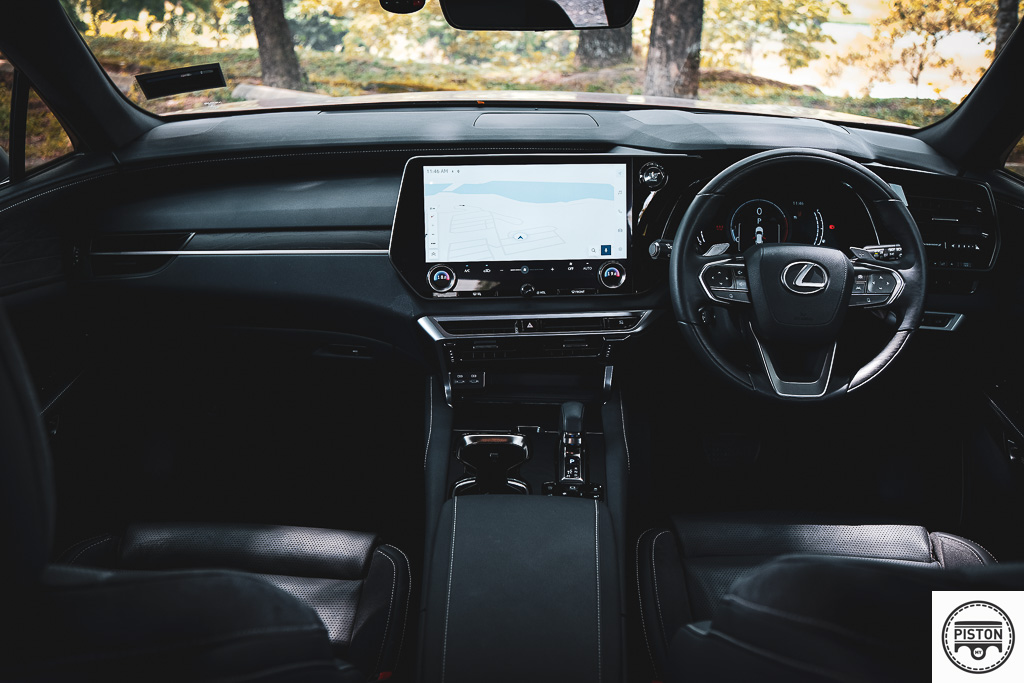
While the interiors of its competitors feel like they were manufactured and assembled, the interior of the Lexus feels like it was specially crafted by the decades of experience of a Lexus Takumi.
Takumi is the word given to the master craftsmen who work on designing and developing a Lexus. Each Takumi is a master of a particular element of the car-making process and hones his craft over decades of continuous improvement. And of the 7,700 workers at the Miyata Lexus Plant in Kyushi, there are just 19 Takumis.
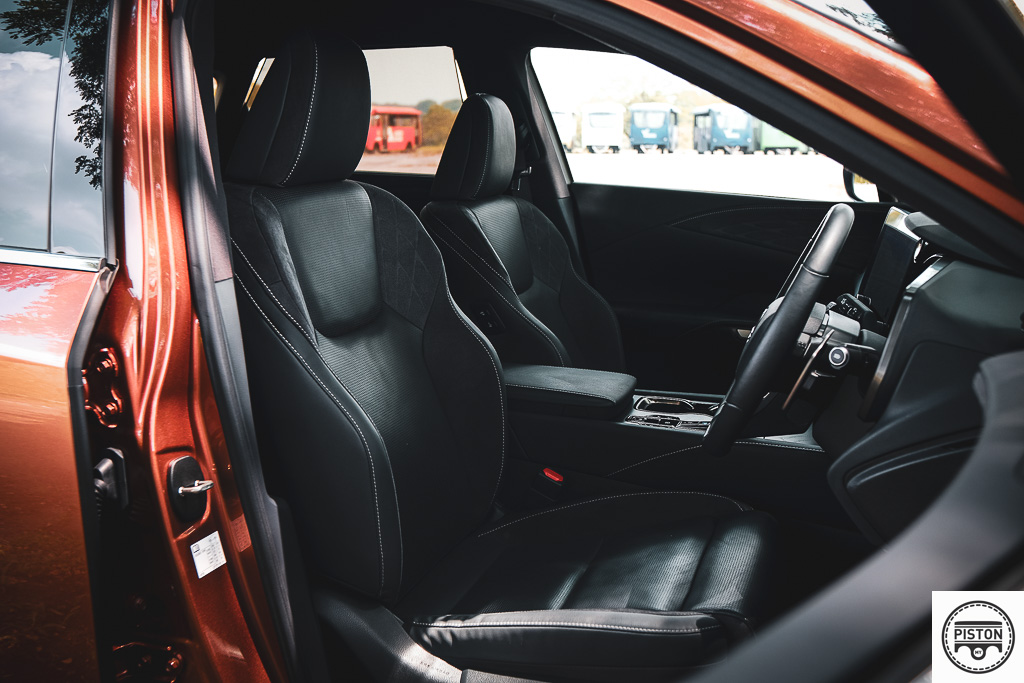
Each Takumi has at least a quarter of a century of experience in their field and are positioned as team leaders within Lexus. One interesting point about becoming a Takumi is that any aspiring Takumi must pass a very special challenge – he must fold a simple origami cat. But they must do it with a single hand – their non-dominant hand – and they must complete the challenge in under 90 seconds.
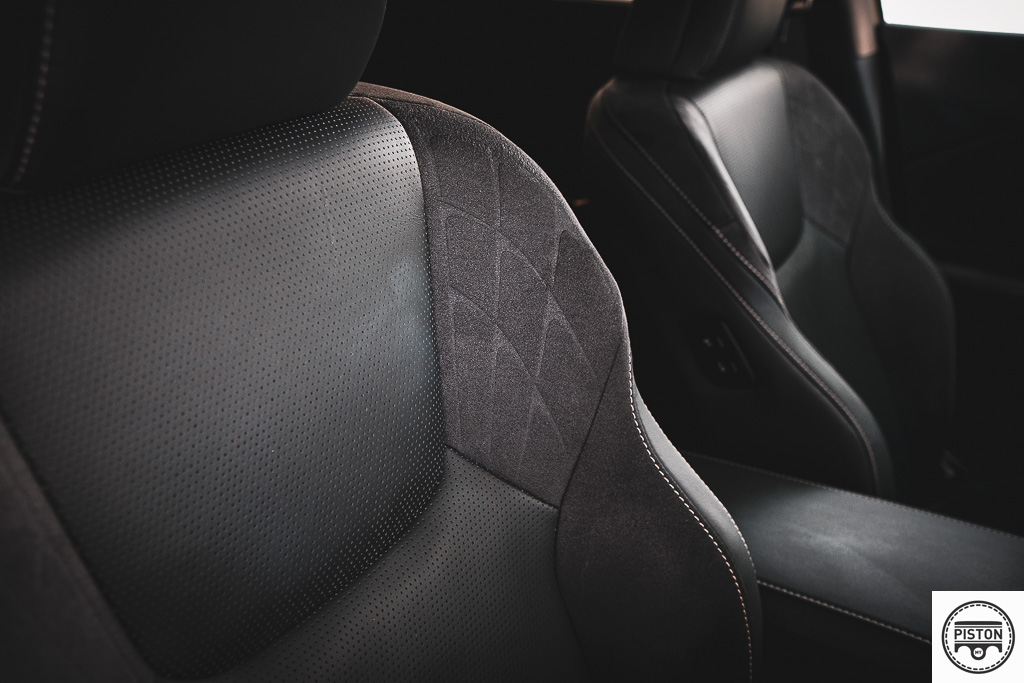
While all this may sound like marketing lingo, you do feel the words come alive around the interior of the Lexus RX. And while the RX350 may be down on power figures, it is up there when it comes to the way the interior oozes quality and craftsmanship, it is also up there when the car is on the move, and you barely hear anything of the world outside. Or feel anything as the suspension soaks up everything before it reaches the cabin.
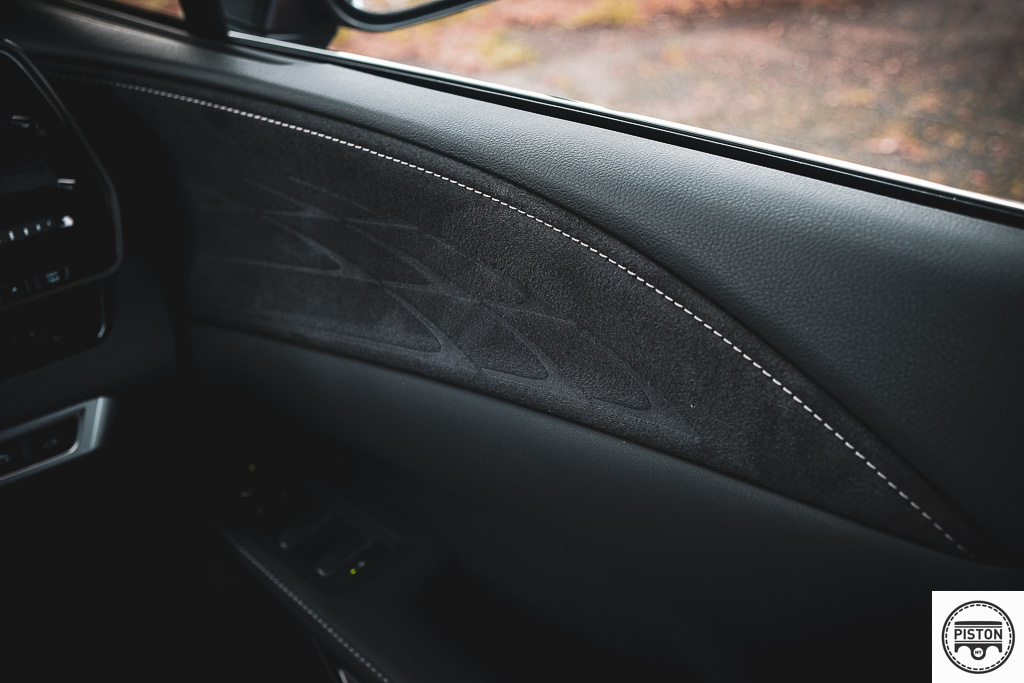
The suede and leather trimming of the interior looks elegant but in an understated way. In fact, at first glance the interior of the new RX looks underwhelming and dark. Perhaps it is the black ash wood trimming that blends in with the black leather and suede. You will be hard done to notice the wood trim at all.
But look past that and the first thing that will capture you is the massive 14-inch infotainment screen. This is a much-welcomed addition to new Lexus models as it marks the death of the much-hated Remote Touch Interface (RTI).
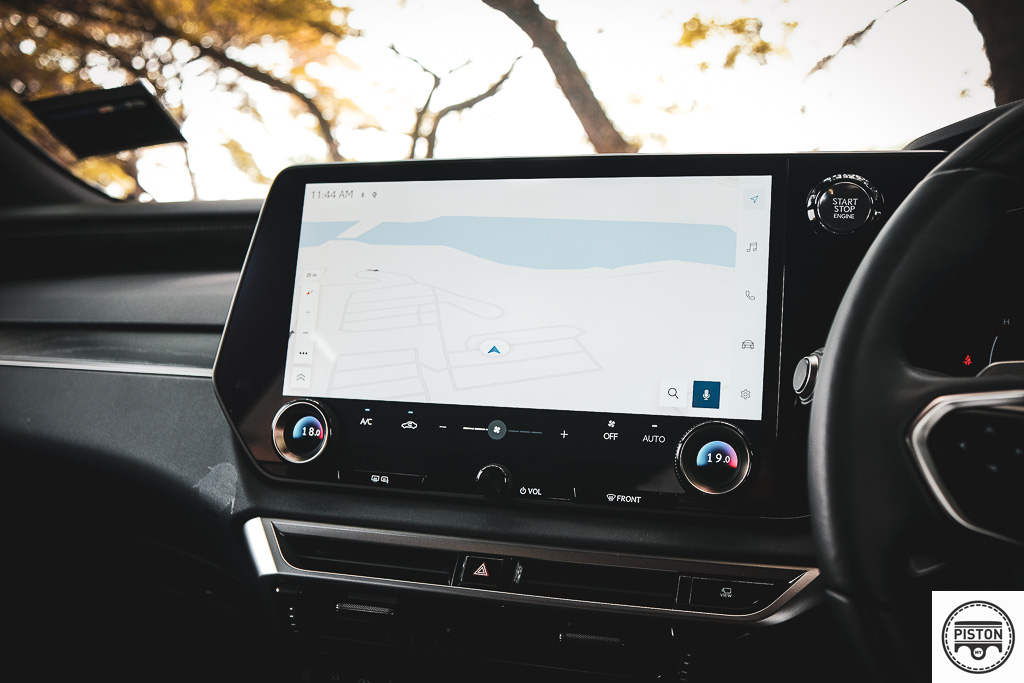
The RTI was a horrible piece of tech. Imagine using a mouse pad when a car is moving and trying to select a radio station or input a destination to the navigation. It was plain horrid, but Lexus has perfected its interior by opting to ditch the RTI in favour of large touch screens.
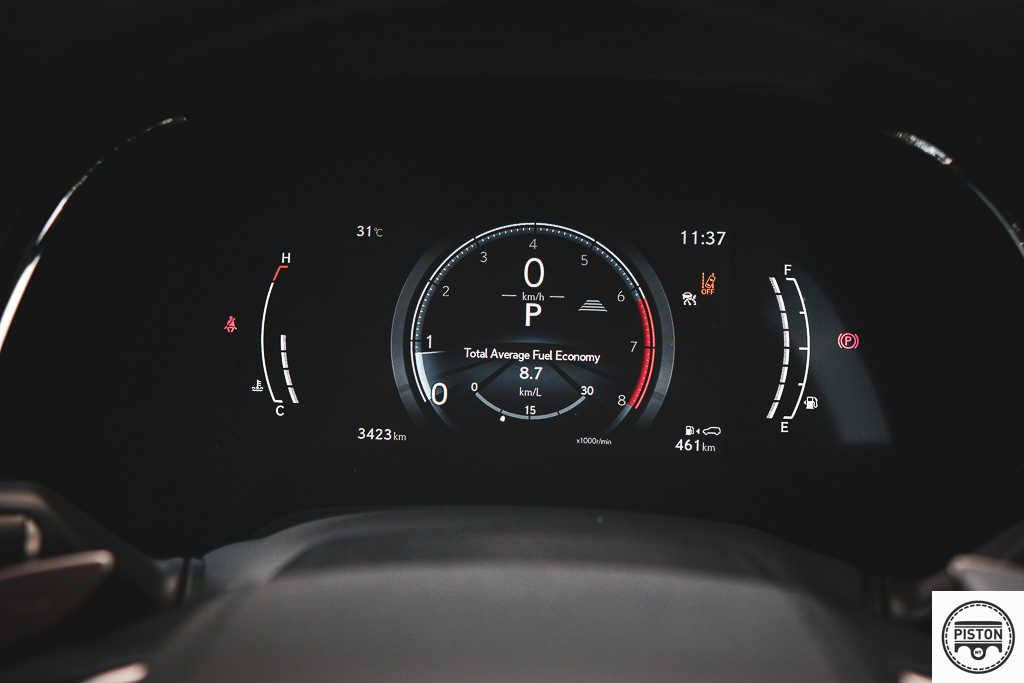
But the touch screen system is not perfect either. Some of its menus cannot be accessed while the car is in motion, which is fine in the name of safety, but irritating because while it may be distracting for the driver the passenger can still work the system without distracting the driver. Perhaps Lexus has pushed the safety envelope too far, but other car makers like Mazda are also guilty of such an oversight.
On the move, the RX350 is perhaps at its finest. The interior remains serene thanks to the active noise cancellation system keeps the interior quiet and devoid of any intrusive sounds. The suspension offers a magic carpet like ride quality that only the Volvo XC90 and its air suspension can match.
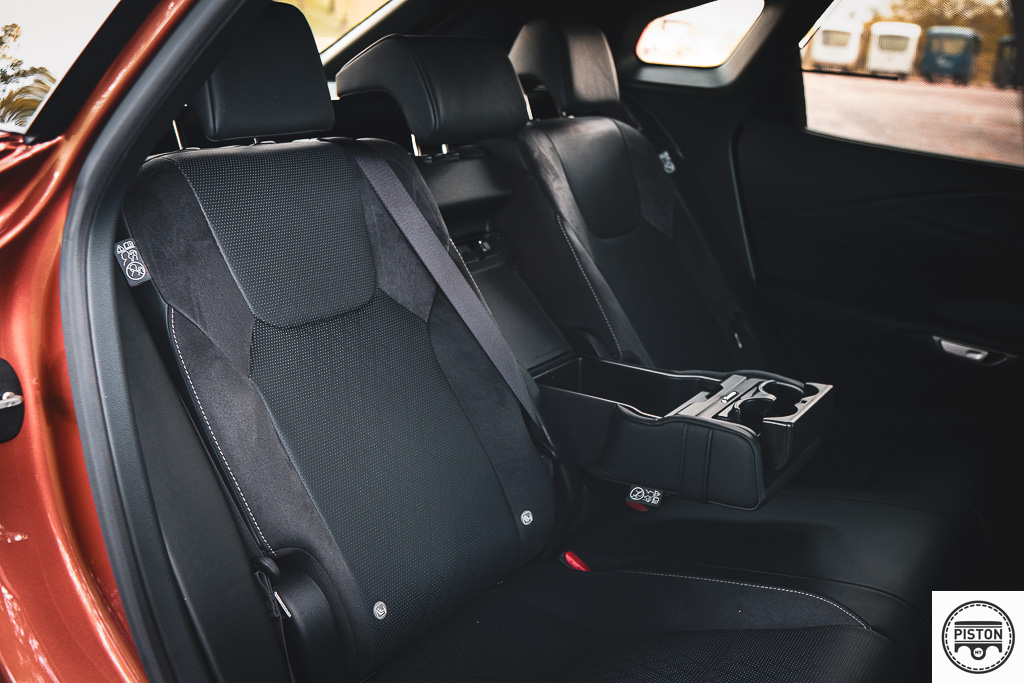
The passengers will enjoy the electronically reclinable seats (front and rear) all around which also offer ventilation with cool air gently blowing to their backs.
All this while the driver engages the car knowing that the engine may not be very powerful, but because the new RX has a lighter and stiffer body than before, it will oblige every steering input almost immediately.
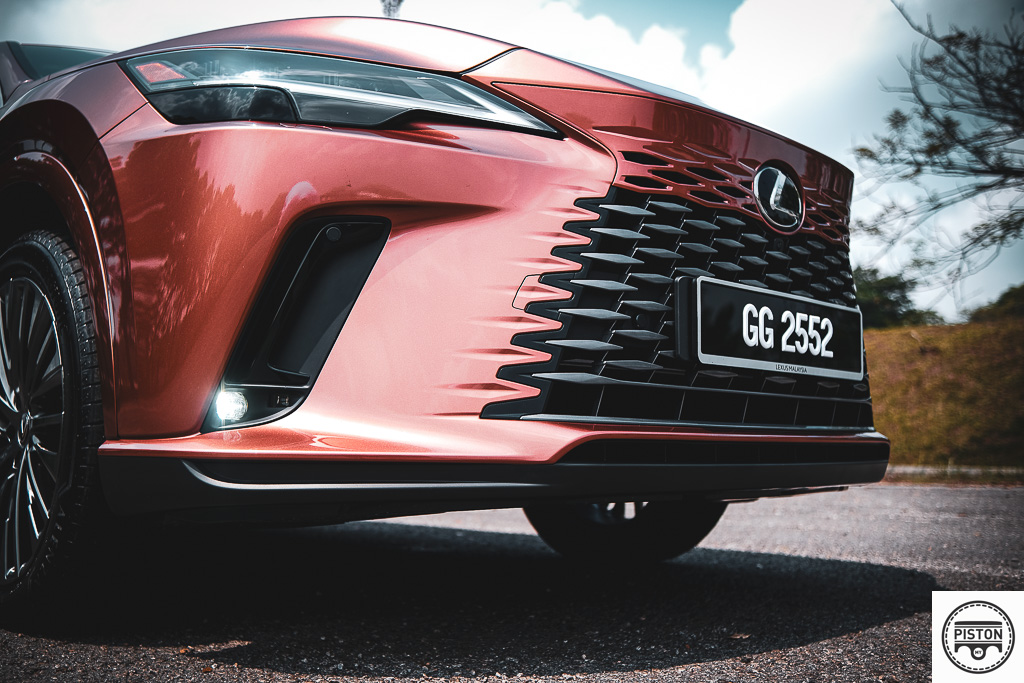
However, the one thing about the new Lexus RX350 that needs to be acknowledged is its design. It is obviously an evolution of the previous generation model, but the new spindle grille has now evolved into a spindle body where the grille merges into the front of the car. This is a definite head turner and makes the current design of the RX the best ever.
At the rear, the LED light strip runs across the width of the car and connect both taillights, very much like that of the smaller sibling of the RX – the NX. At the side of the car, the rear door looks like it molded by the rush of the wind, and it is particularly visible in the colour seen here which Lexus calls Sonic Copper, a unique colour that matches the design of the RX.
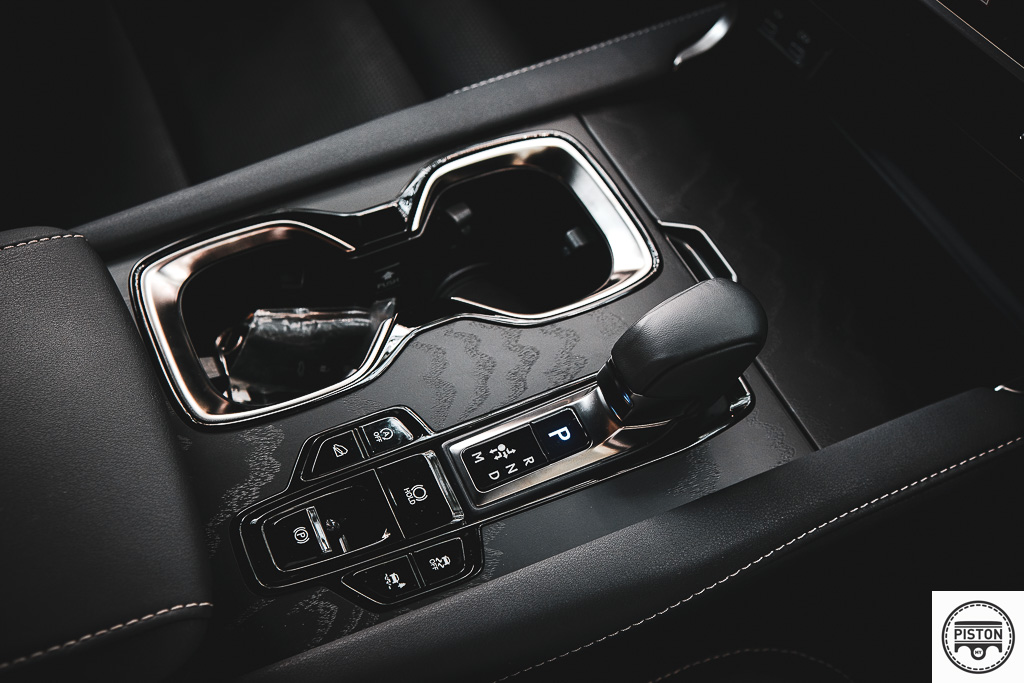
The Lexus RX350 is in a class of its own in a segment shared with the Europeans. Some may argue that if you are going to spend so much money, then you should at least be able to show it off. That is ultimately the Malaysian way. But if showing off is not your style, then the Lexus RX350 and its understated simplicity and elegance may be the ultimate car for you.
Specifications:
Engine: 2.4-litre, turbocharged, 4-cylinder, Dual VVT-i
Power: 275hp @ 6000rpm
Torque: 430Nm @ 1700rpm
Transmission: 8-speed automatic
Suspension: MacPherson strut (Front) / Multi-link (Rear)
We like: Understated luxurious interior, impeccable quality
We don’t like: Down on power

